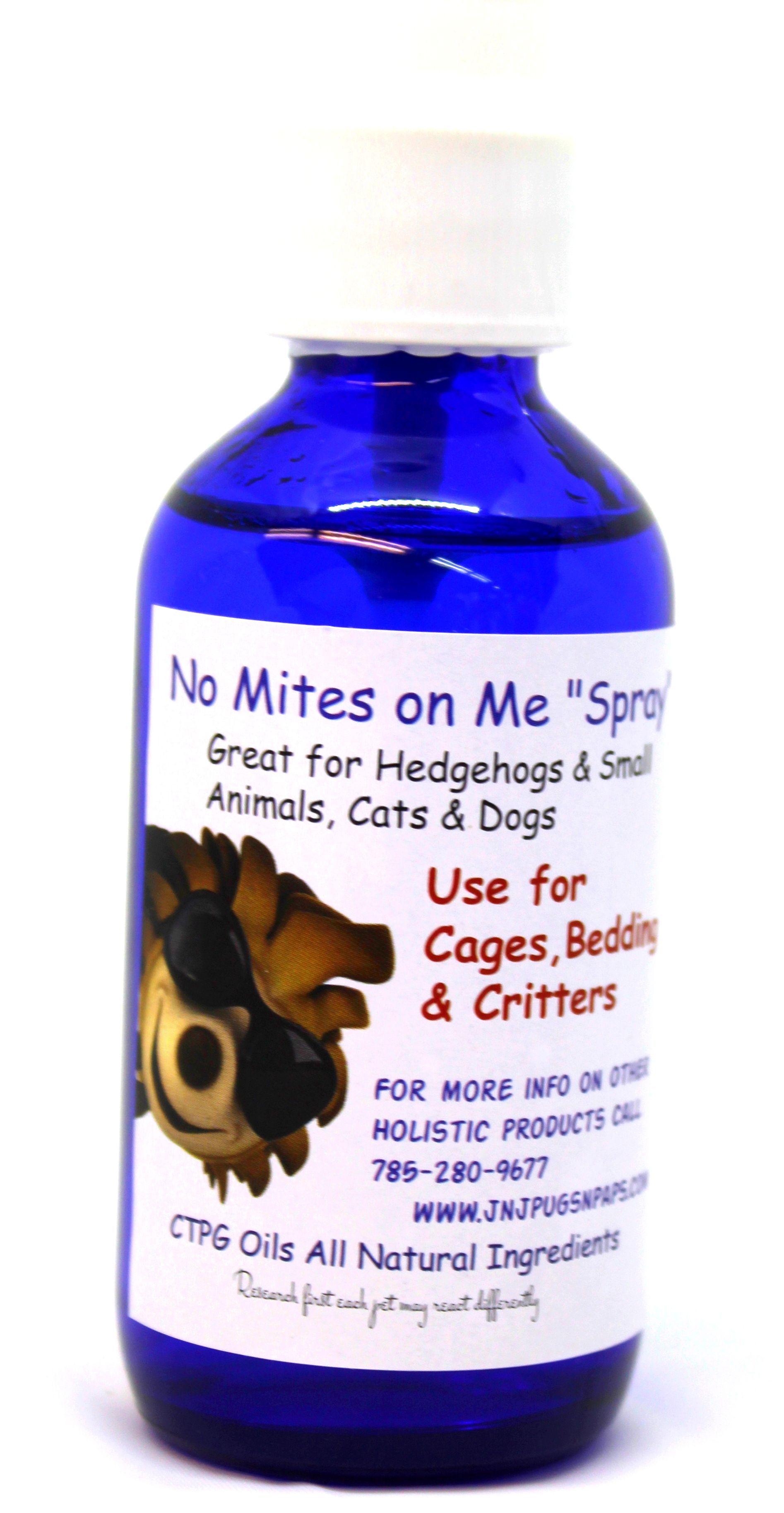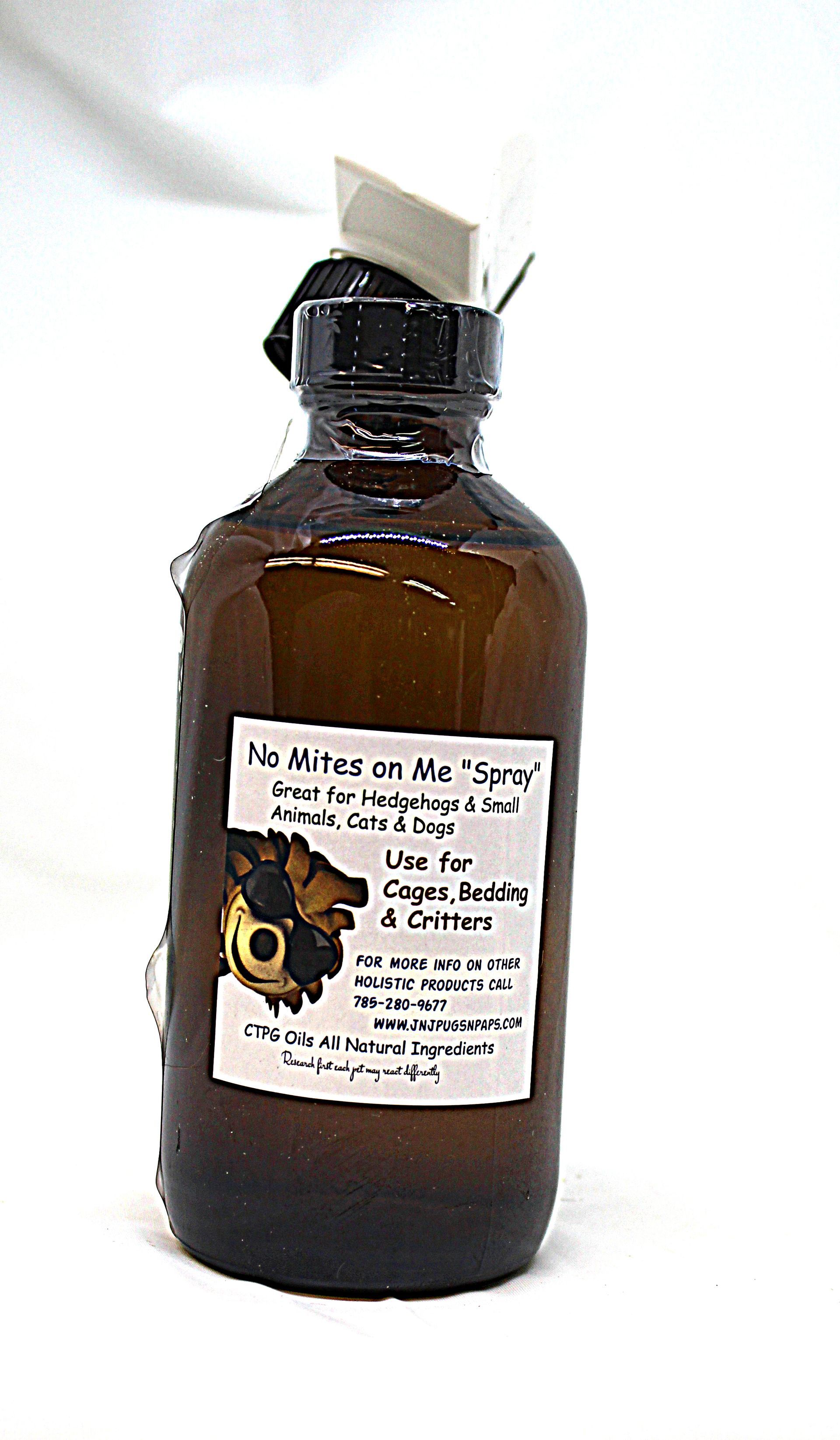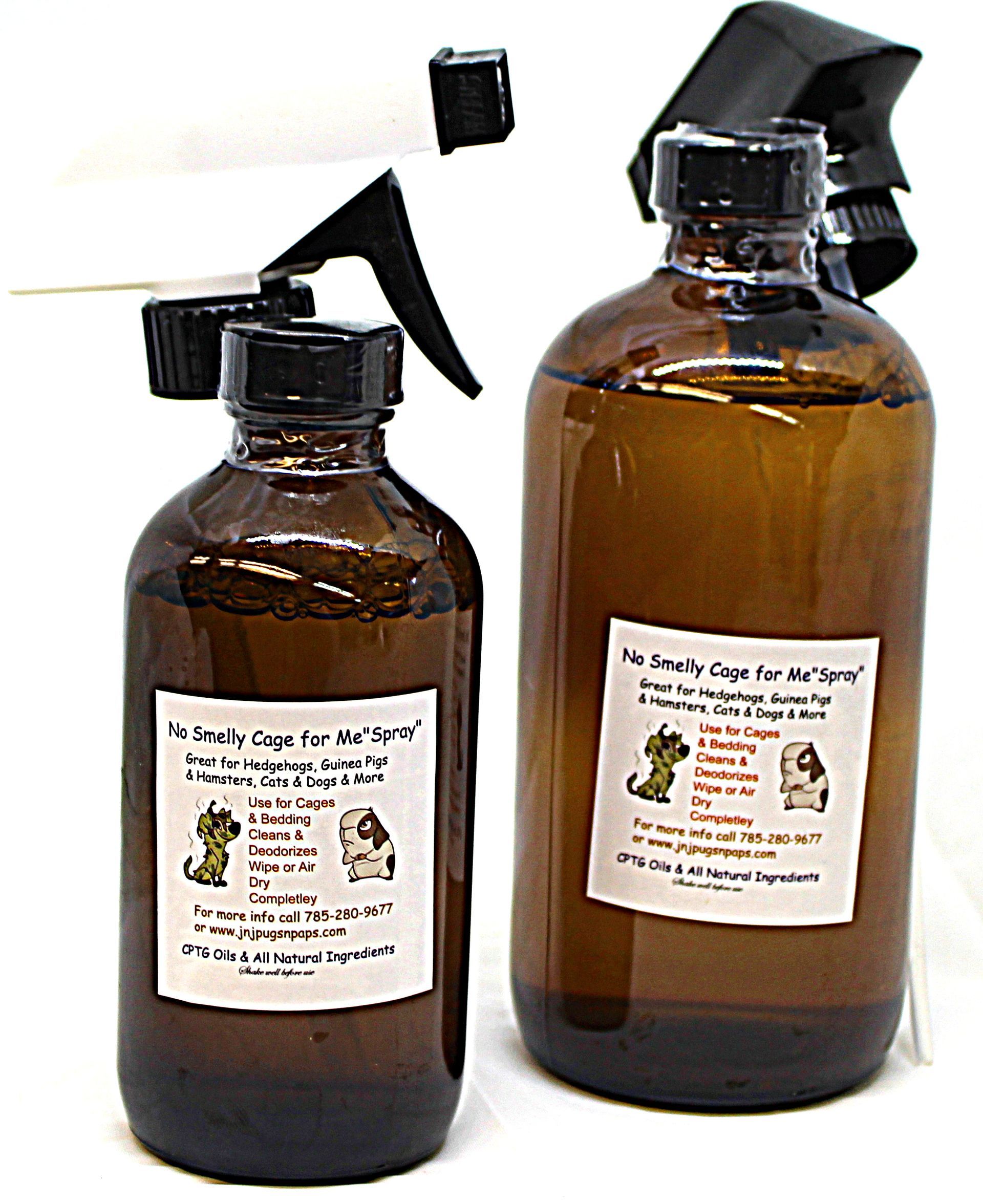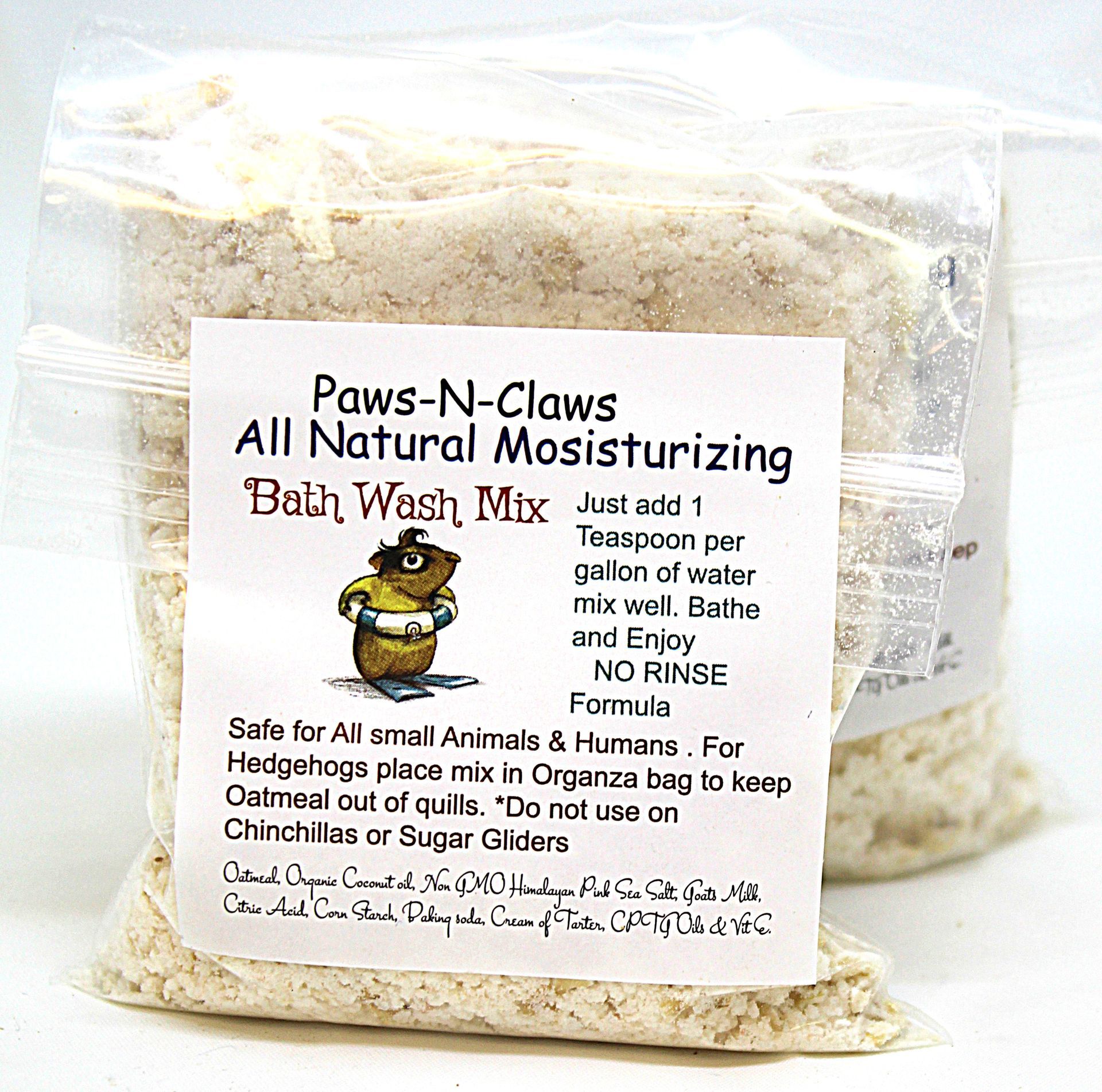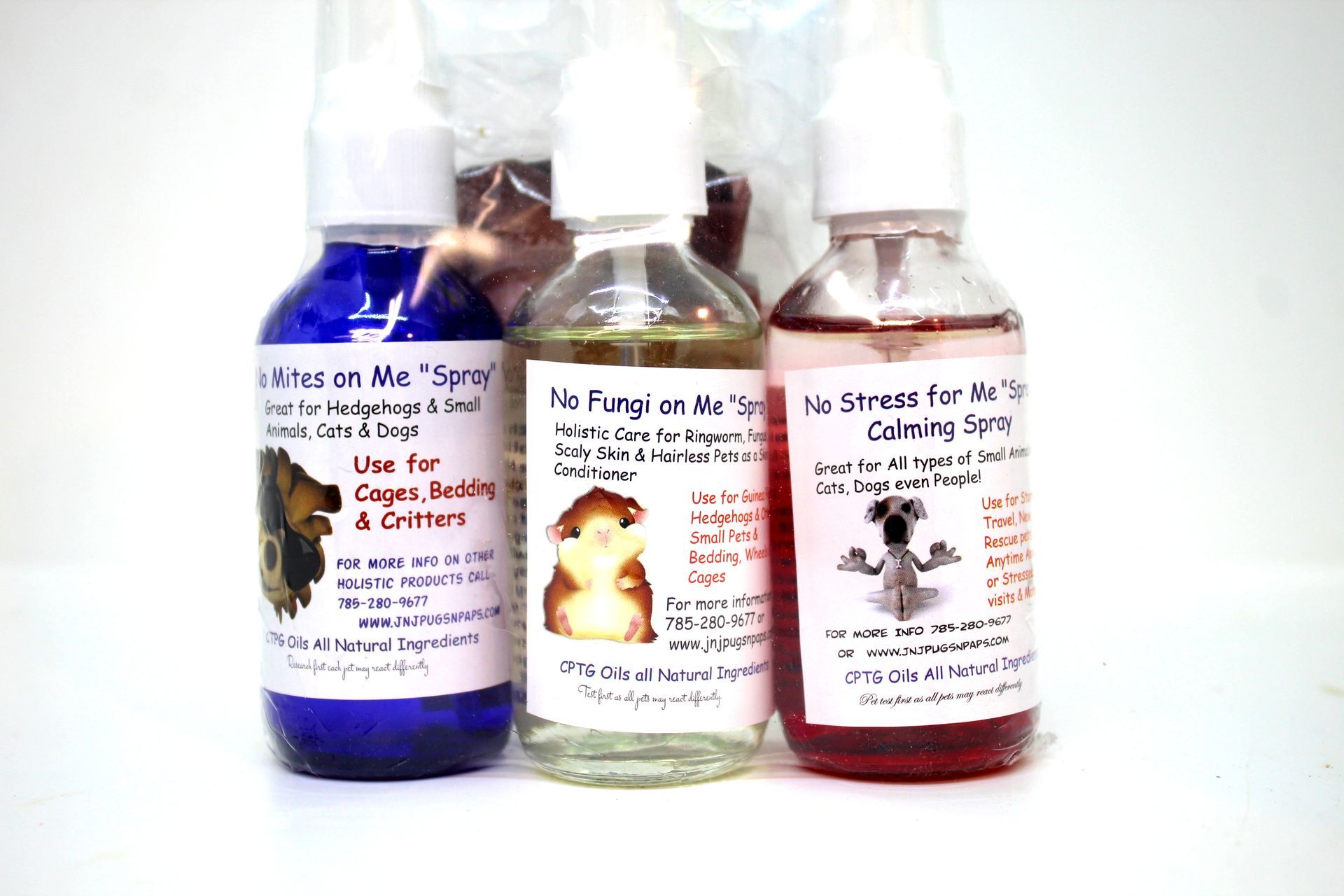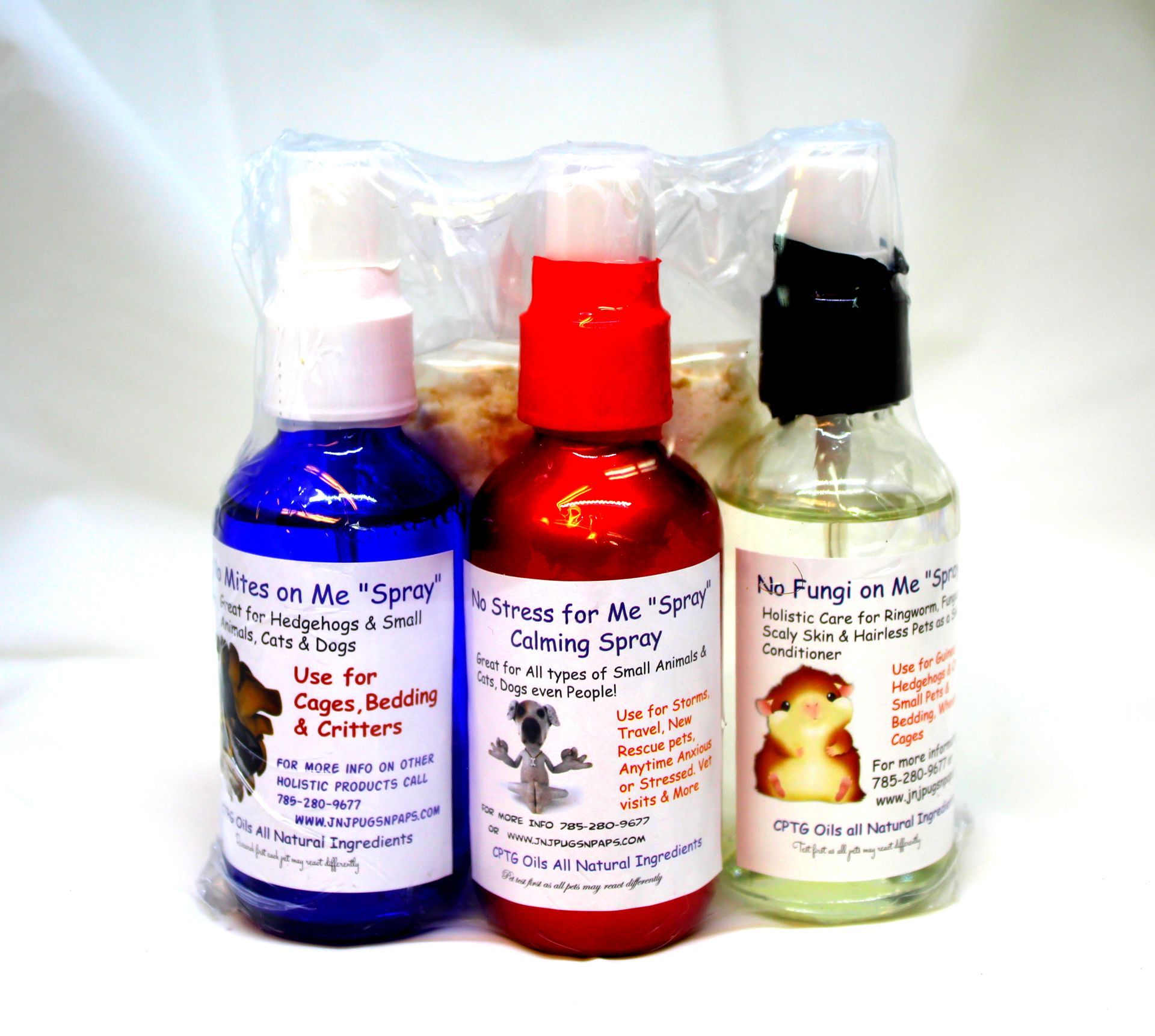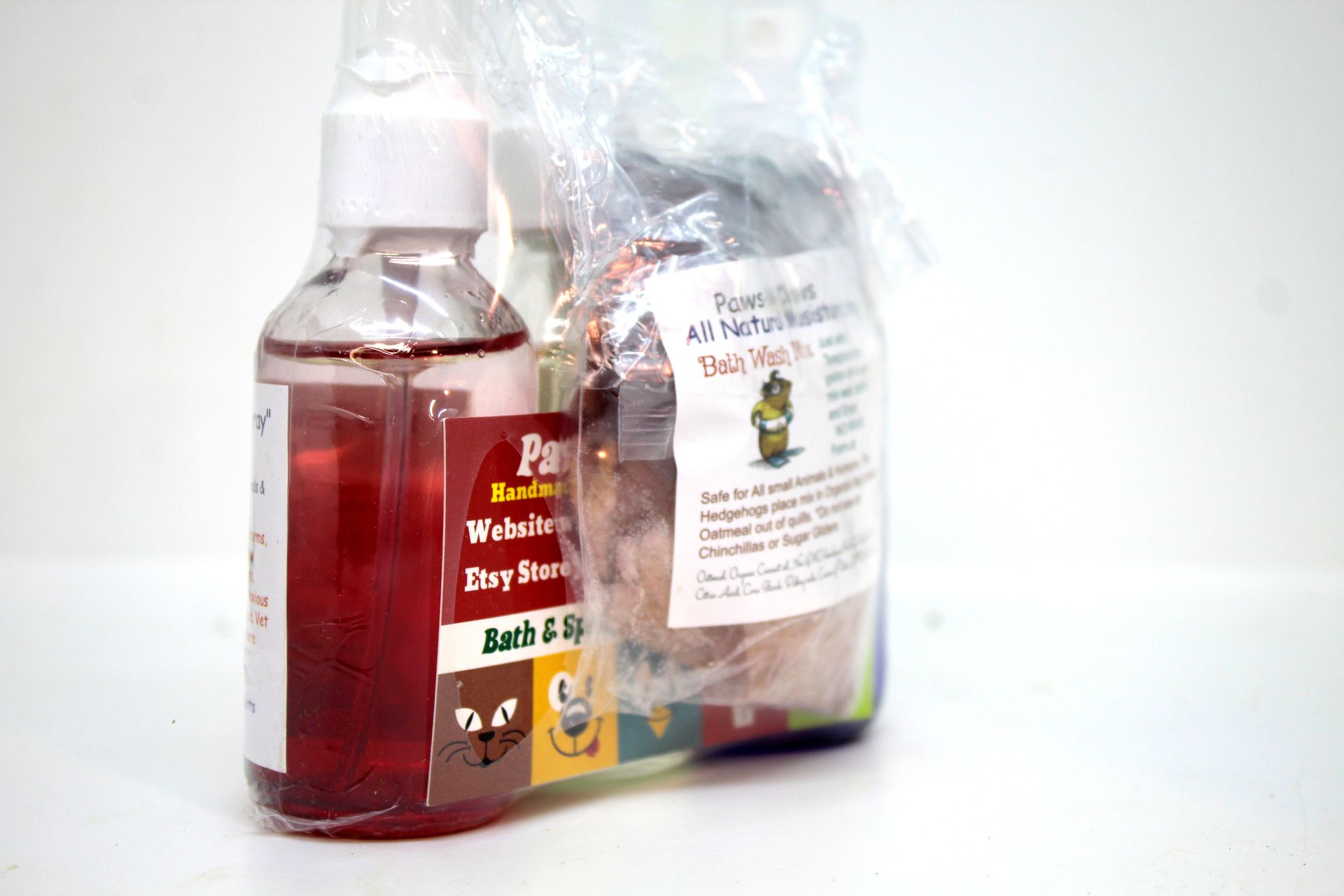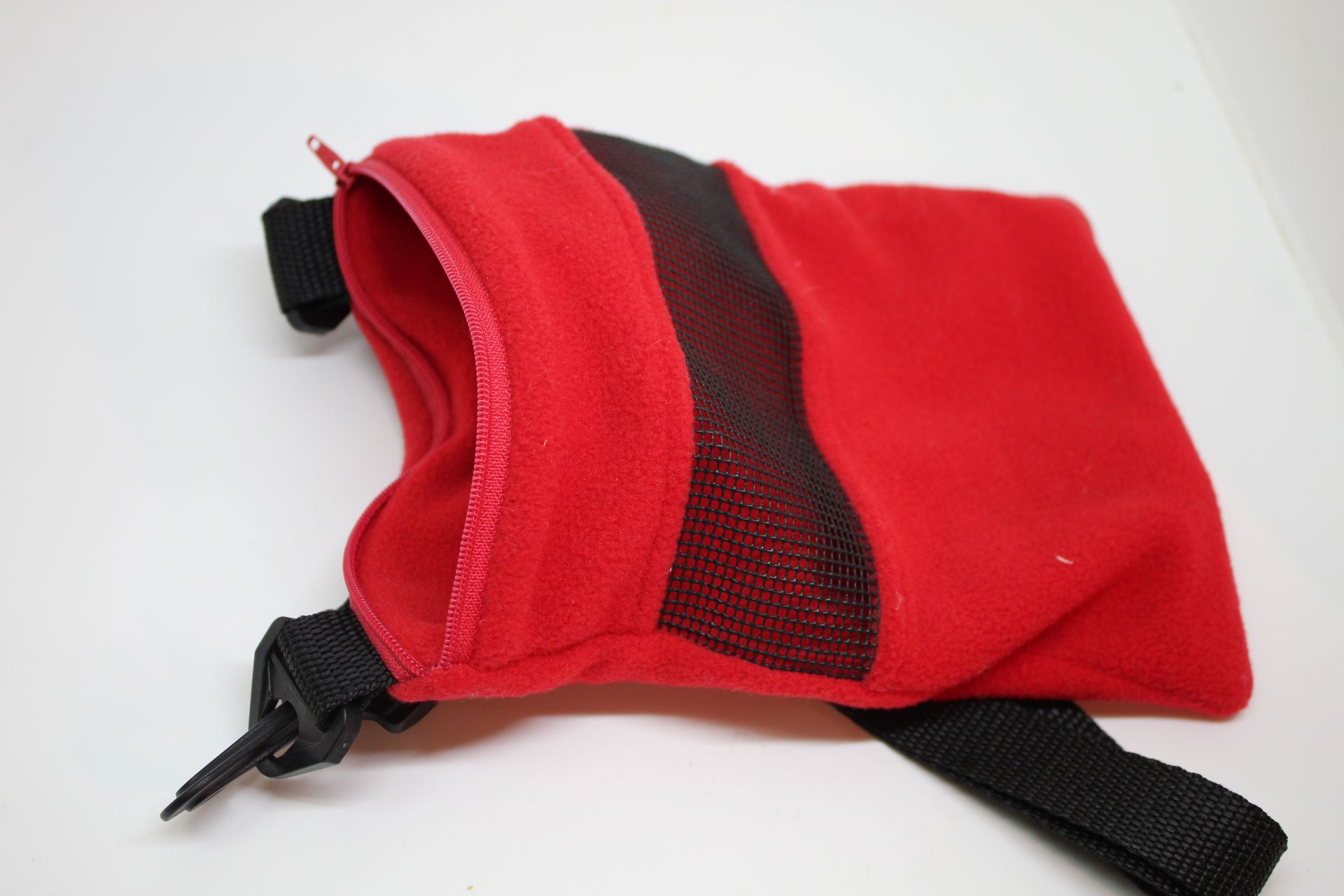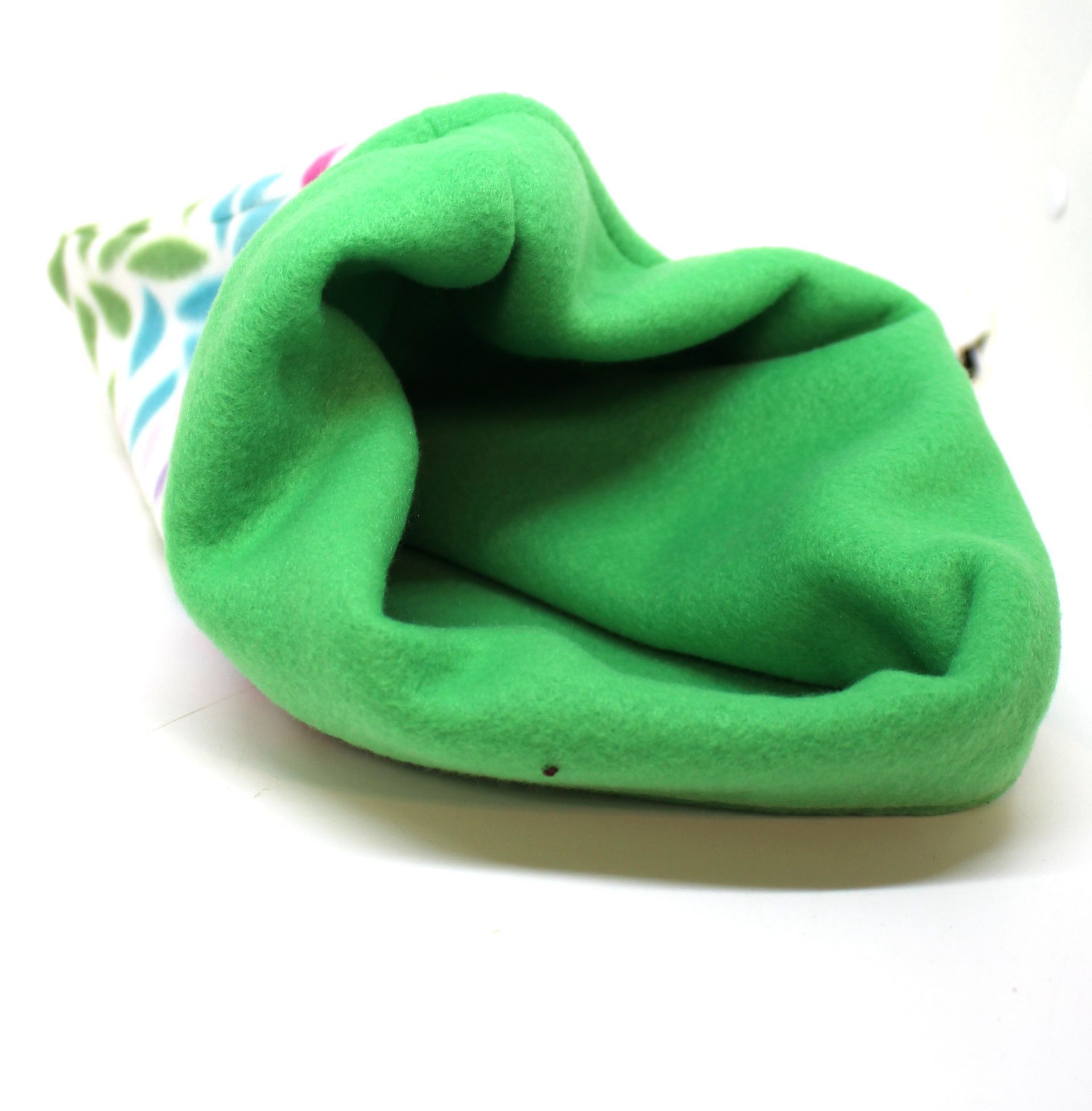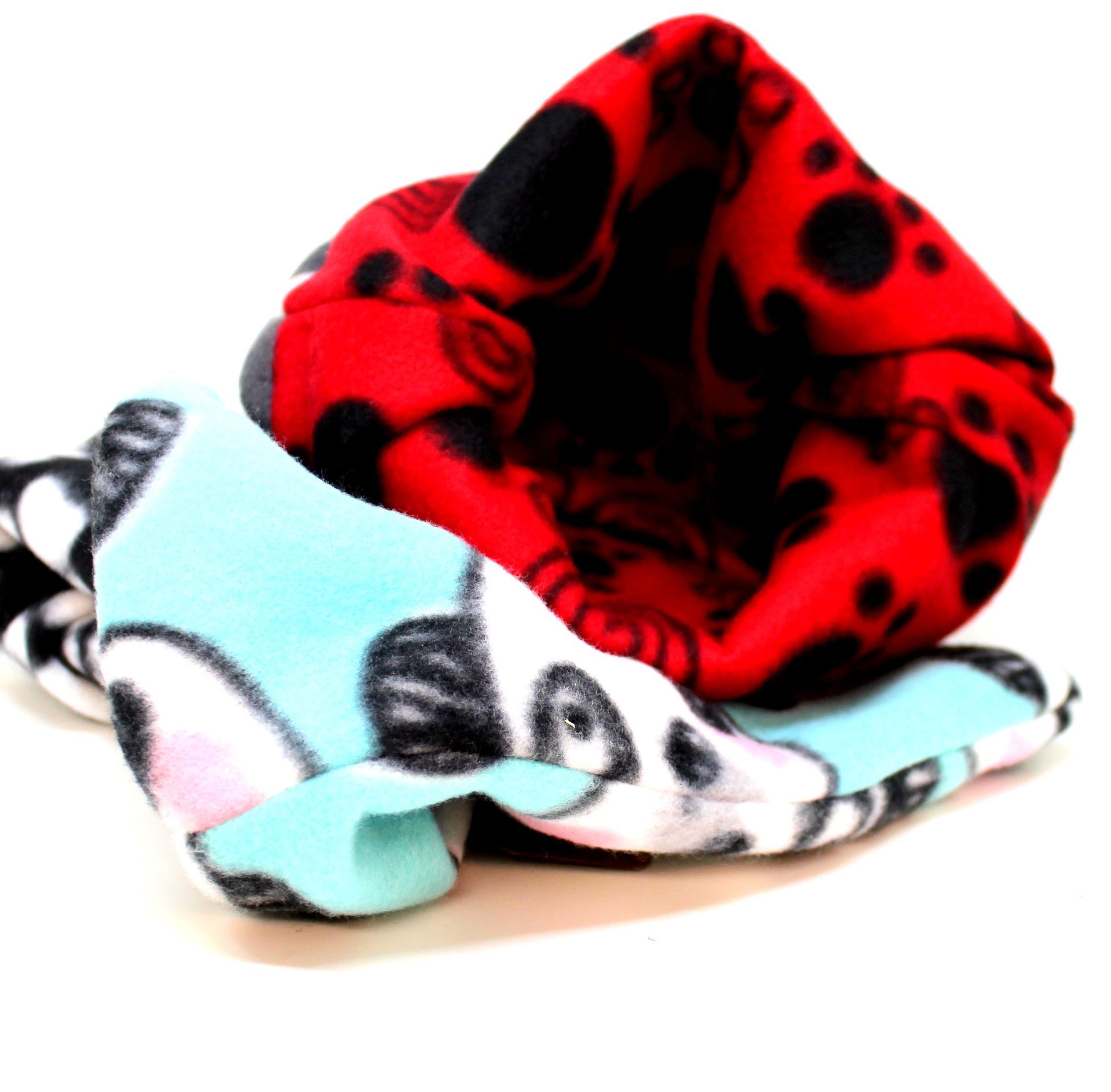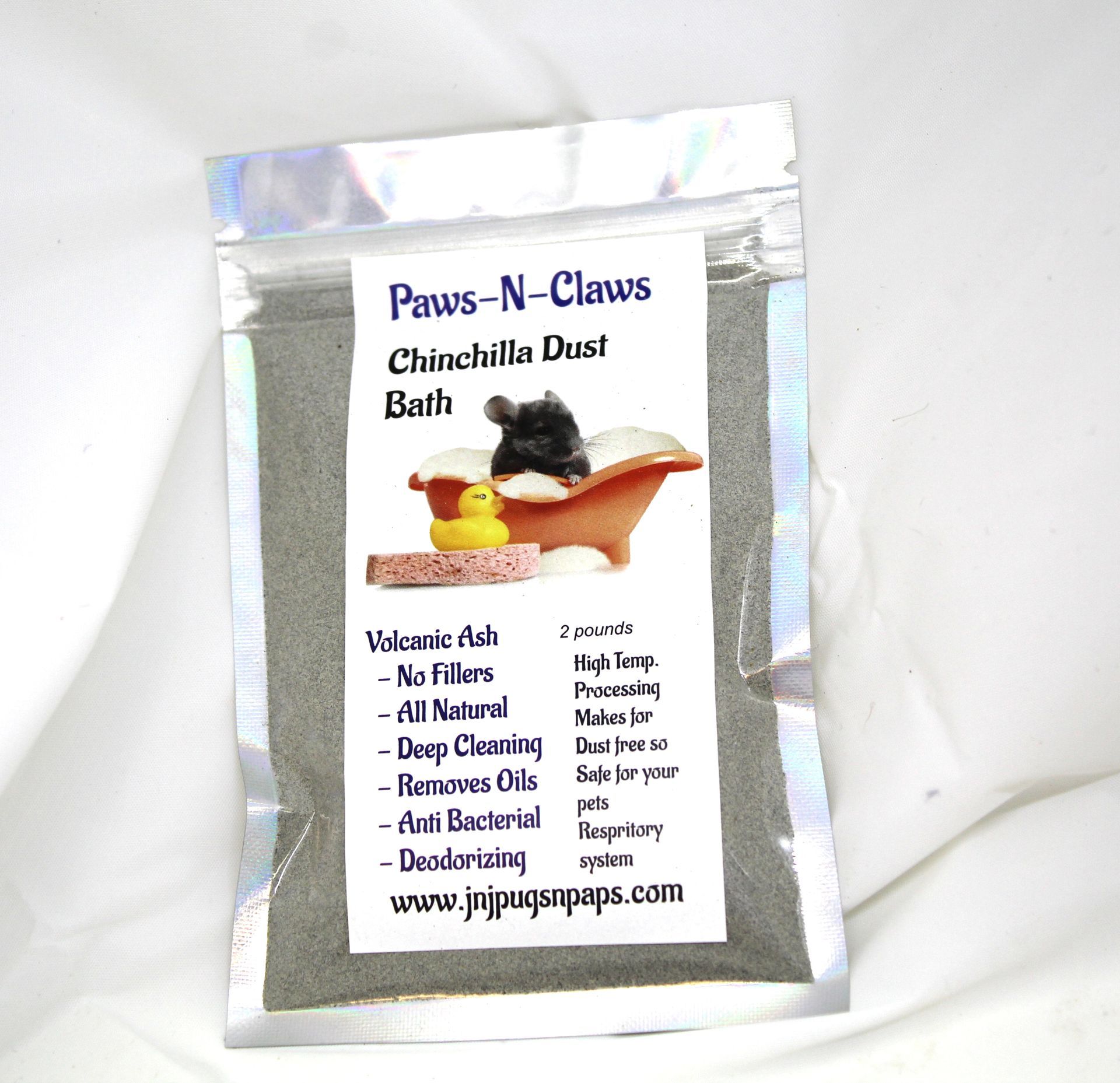Rats, Mice & Hamsters Pets
WE DO HAVE SOME IN THE SHOP THAT MAY NOT YET BE ON THIS PAGE ALWAYS STOP IN OR CALL FOR THE MOST UP TO DATE CRITTER LIST :) There is no real order to the Page scroll down Rats, Mice, Hamsters & Exotic Rodents all listed on this page Scroll all the way down the page to see our critters. Thanks call anytime for details or click pay options to reserve, we can hold up to two weeks once reserved. No holds unless a deposit is made.
We do bred our own pets here so that we can be sure they are handled well and healthy and raised with Love From our Family to Yours.
Roborovski Dwarf Hamsters
Care & Info
Robo Hamster Behavior and Temperament
Robo hamsters are nocturnal, typically waking up around dusk and staying active throughout the night. While they sometimes make very soft vocalizations, it is their nighttime movement that might create a noise issue for some people. If you’re a light sleeper, you probably shouldn’t keep their enclosure in your bedroom.
These hamsters are fairly low-maintenance pets, and they can be quite entertaining to watch. But they’re not very cuddly animals and generally don’t like a lot of handling. While they’re usually docile, they might nip if you startle them. Still, they can learn to recognize their humans and might come to the side of their enclosure if you’re nearby (especially if you’re offering a treat).
They should be kept away from other household pets, but they can live with other Robo hamsters in same-sex pairs or small groups. They get along best with each other if they’re raised together from a young age. Otherwise, there might be some territorial issues. And if you just want one hamster, these pets are also happy living alone.
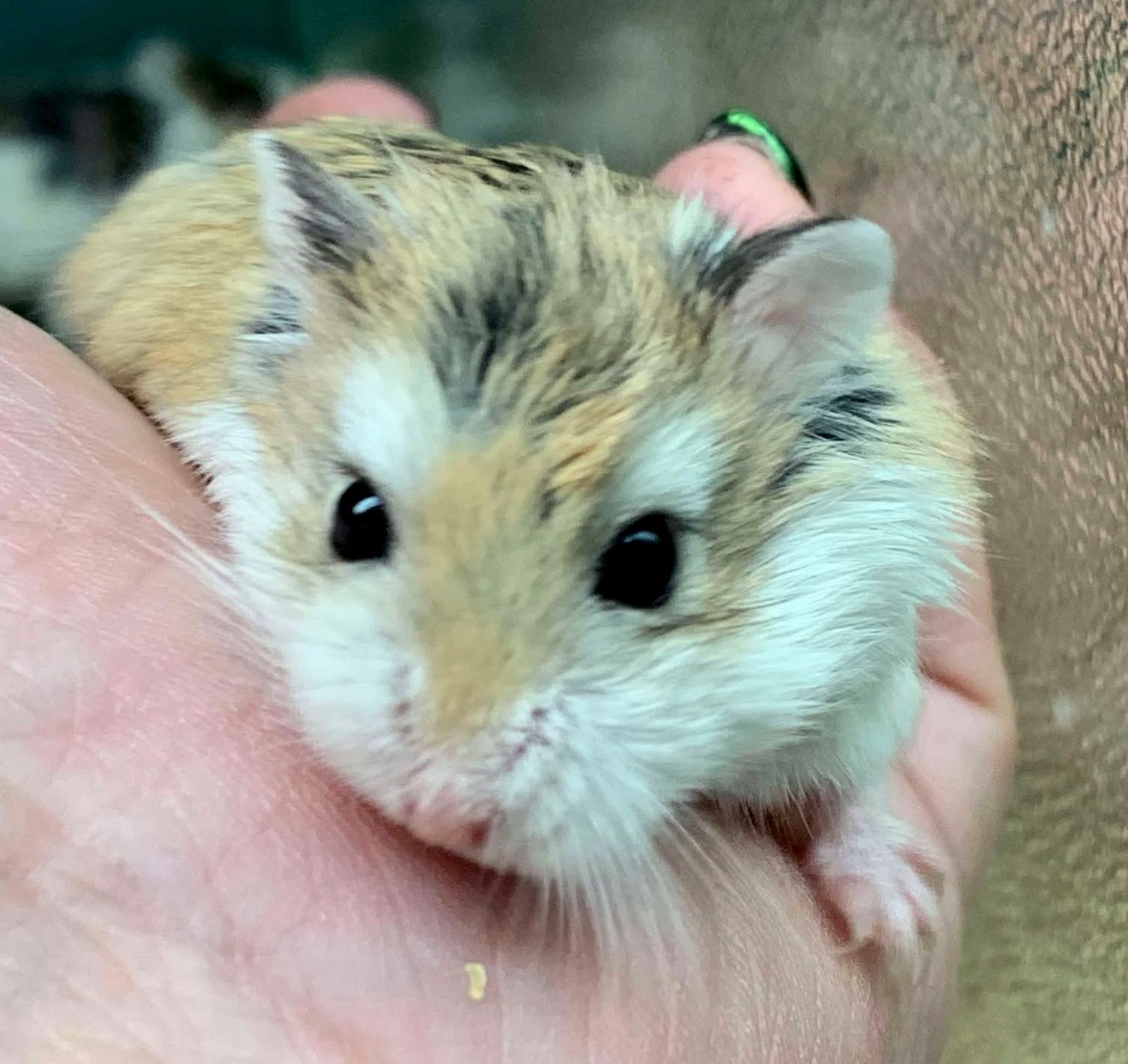
Slide title
Write your caption hereButton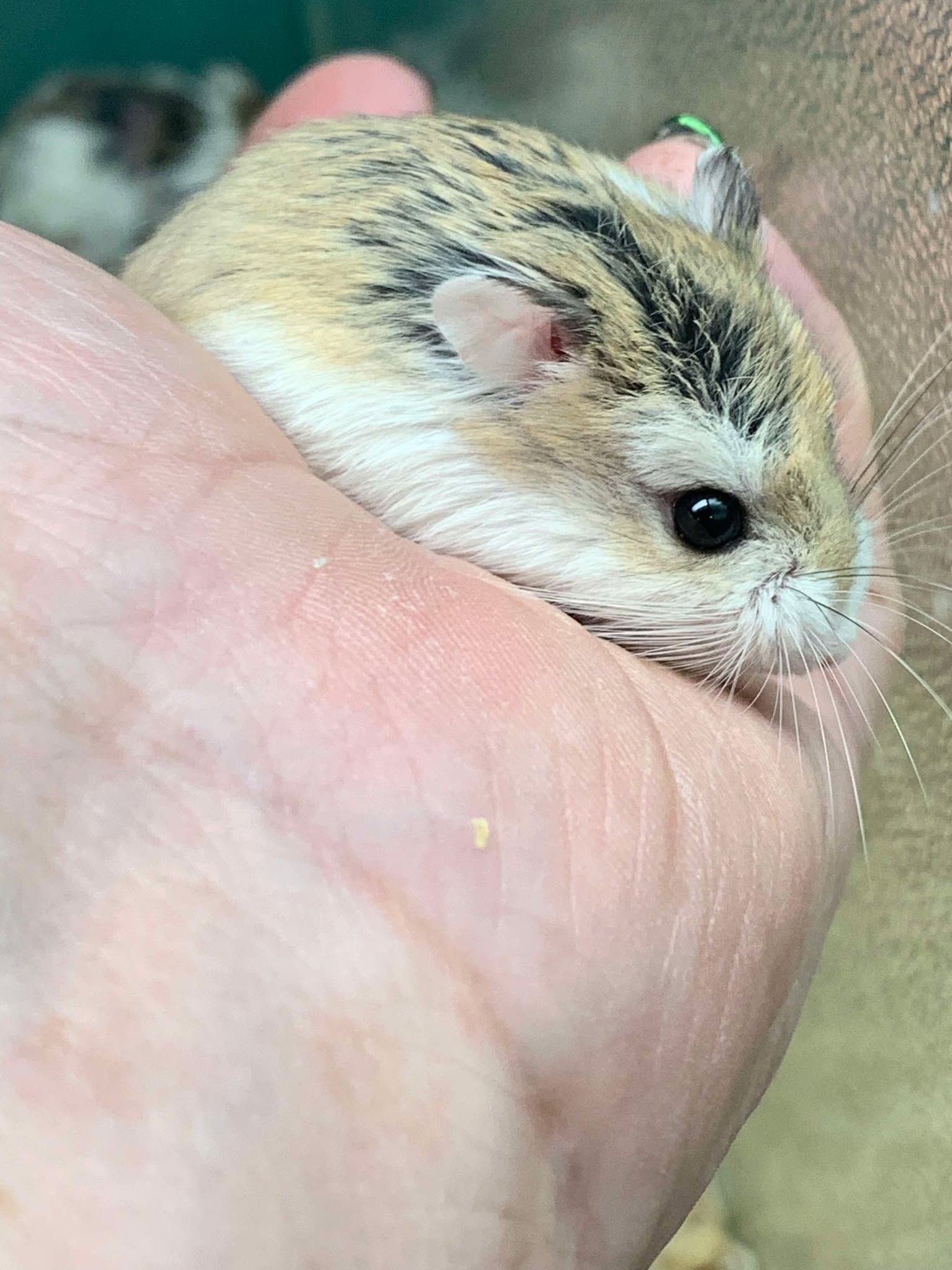
Slide title
Write your caption hereButton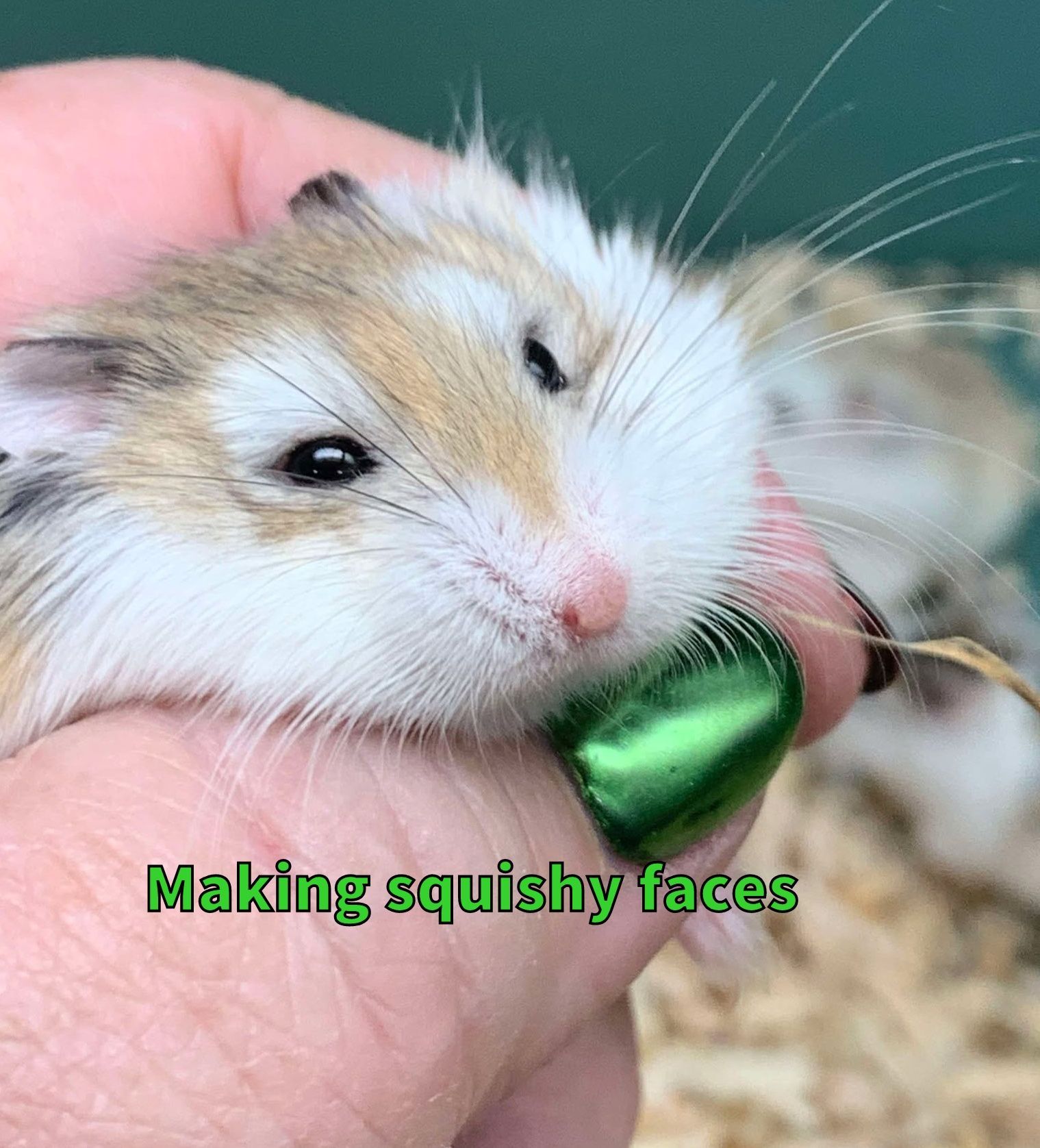
Slide title
Write your caption hereButton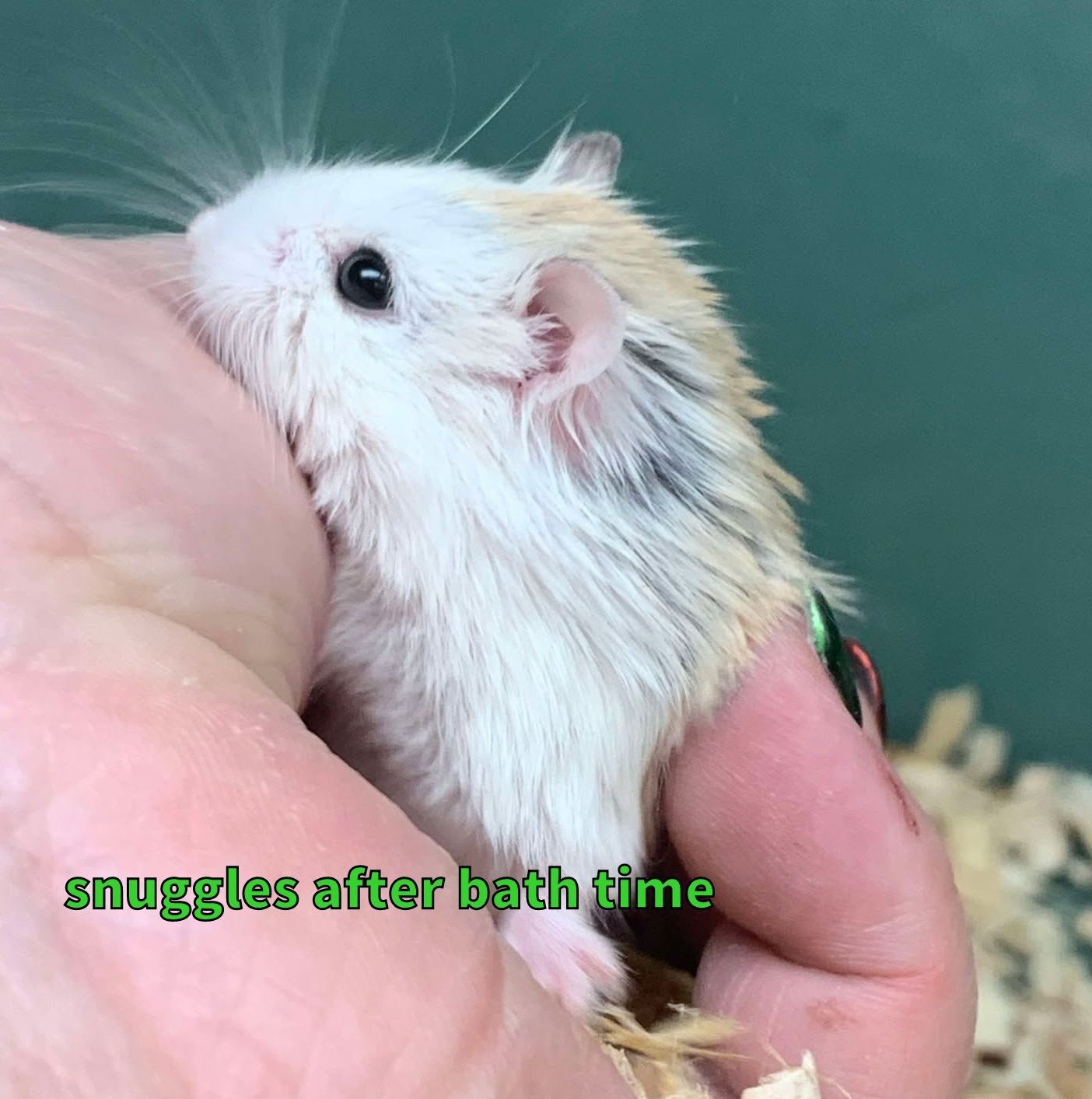
Slide title
Write your caption hereButton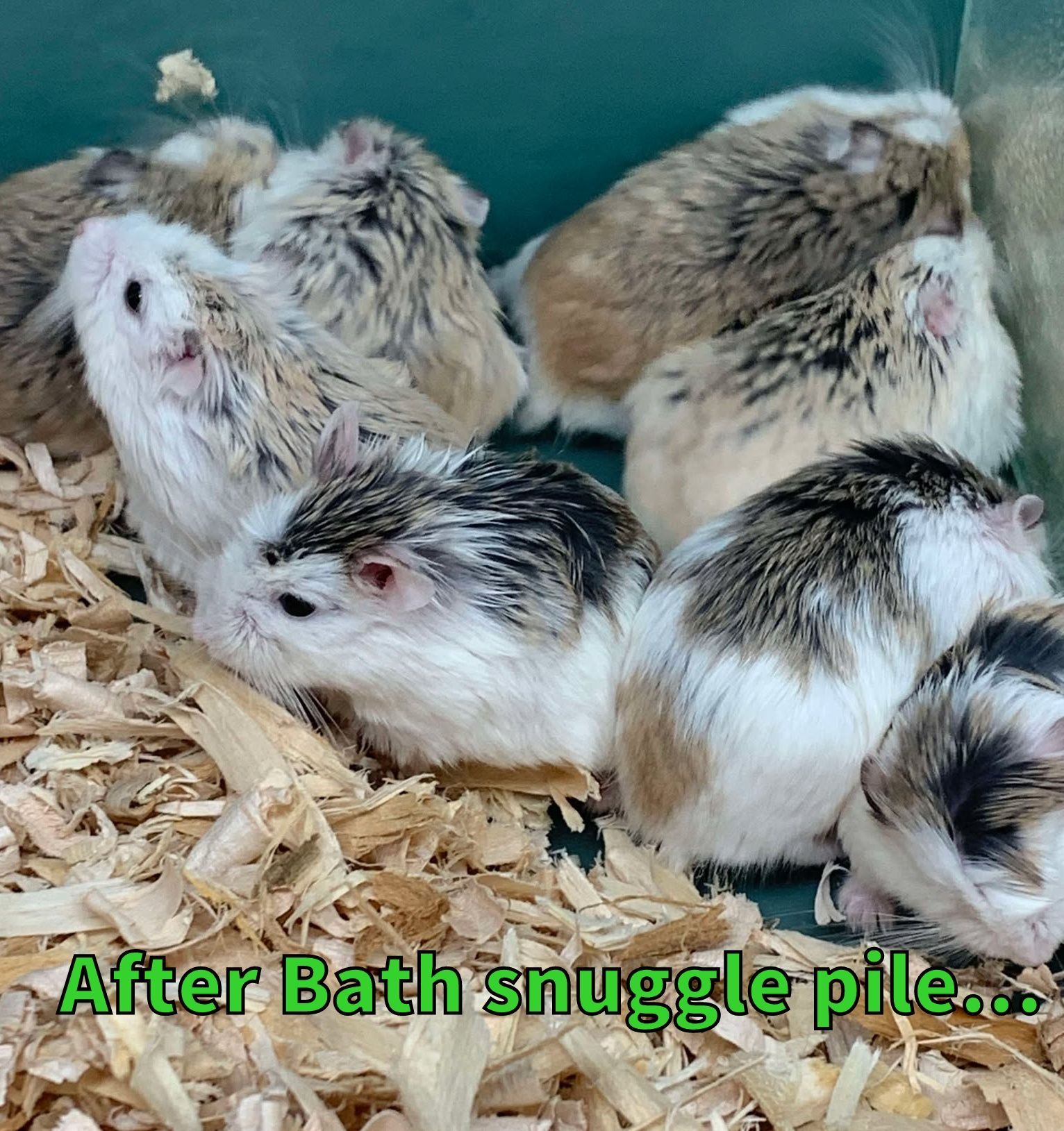
Slide title
Write your caption hereButton
$28.99 Marbled & Agouti Available
Campbell's Dwarf Hamsters
Care & Info
How To Keep A Campbell’s Dwarf Hamster – Complete Care Guide
‘Russian dwarf hamster’ is a term used for two different species of hamster, the Campbell’s dwarf hamster and the Winter White. They are very similar in appearance, care and behavior but this care guide will focus specifically on the Campbell’s hamster (we have a separate care guide for Winter White hamsters).
Caring for any type of dwarf hamster is pretty simple and just requires a little bit of knowledge. The guide below will cover everything from diet and cages to taming and breeding. Enjoy!
The Campbell’s Dwarf Hamster - Appearance, Colors and Key Info
Campbell’s hamsters are the most common dwarf hamsters you’ll find in the pet store. This popularity has led to breeders all around the world producing different colors and variants of this hamster breed. There are over 40 different coat colorations currently available!
Sometimes also called the Djungarian hamster
Lifespan
1.5 – 2 years
Size
4 inches (10cm)
Campbell’s Dwarf Hamster Appearance And Colors
Campbell's hamster
The Campbell’s hamster is very similar in appearance to the Winter White. Due to selective breeding there are a tonne of different color variants out there and some seriously beautiful hamsters as a result! Campbell’s hamsters have a solid dorsal stripe on their back.
A distinguishing characteristic of this species is the darker fur on their back that changes to a creamy color on the sides and becomes very white on the belly. Here are some common coat colors you can find in pet stores:
agouti (the normal greyish color)
argente (cinnamon/sandy)
albino (white)
Lots of campbell’s hamsters have red eyes and this is perfectly normal. It’s worth noting that not all white hamsters are albino, they may just be lighter platinums. There are a few things that distinguish this hamster from the other breeds:
Cream colored fur between back and belly
Campbell’s hamsters stay the same color, Winter Whites become lighter during colder months
Winter Whites tend to have softer coats
How Long Does A Campbell’s Dwarf Hamster Live For?
Hamsters have short lifespans and this species is no different, living for 1.5-2 years. Syrian and Roborovski hamsters tend to live a little longer than this.
That’s not necessary a bad thing as shorter lifespans can be a much better fit for first-time pet owners. You have time to develop a bond without needing a much longer commitment such as 10+ years with a dog.
Where Does The Campbell’s Dwarf Hamster Come From?
Campbell’s hamsters were originally discovered in Mongolia back in 1902. The man who first found these small creatures was named W.C. Campbell and that’s how they got their name! These hamsters can also be found in northern China, central Asia and parts of Russia.
In the wild, Campbell’s dwarf hamsters dig incredibly deep burrows and this is where sleeping, eating and mating takes place. The burrows are also used to hide from potential predators. The temperature inside these burrows remains cool which is perfect for raising up baby Campbell’s hamsters!
The burrows can actually be pretty complicated systems, with multiple openings and exists for safety. This is partly why dwarf hamsters enjoy tunnels and tubes when kept in captivity. At night Campbell’s hamsters will take to the surface on the lookout for food, bedding material and anything else that’s useful! Miles will be covered by a single hamster every night.
Are Campbell’s Dwarf Hamsters Good Pets?
They are amazing little pets! All dwarf hamsters make enjoyable pets and Campbell’s are right up there – they’re the most popular dwarf hamster for a reason.
Campbell’s dwarfs are good matured animals and will only nip if feeling threatened. Dwarf hamsters can be a little harder to handle due to their agility and speed but with a little practice you’ll get there. Winter Whites have been known to be easier to tame but Campbell’s are certainly a lot easier to tame than Roborovski hamsters.
Campbell’s dwarf hamsters are nocturnal, just like the rest of the hamster family. That shouldn’t pose too much of a problem as you’ll have plenty of time to bond with your pet in the evenings which is when most people arrive home from work anyway. Try not to wake your hamster during its sleeping hours very often.
Campbell’s Vs. Winter White Vs. Hybrid Hamsters
There are three types of hamster which are very closely related. These are Campbell’s, Winter Whites and hybrids.
If Winter White and Campbell’s hamsters are bred together, their offspring is called a ‘hybrid’. These hamsters can be quite controversial in the pet industry. Unfortunately hybrids often develop health issues and other problems later in life. In short, Campbell’s and Winter Whites shouldn’t really be bred together.
Of course, there are some hybrids that have absolutely no problems and make good pets too but it’s always best to buy a purebred. This is particularly true as the breeding process between a Winter White and Campbell’s hamster isn’t always pleasant.
Both Campbell’s and Winter White dwarf hamsters make perfect pets for the home. They are very similar in appearance and very similar to care for, just with a few slight differences. Whatever your personal preference, both these animals will make loving companions and prove very rewarding to look after.
Do I Have a Campbell's or Winter White?
If you can’t tell whether you have a Campbell’s or Winter White then take a look where the body color of your hamster meets its whiter underside. If there’s a cream color between the darker body and whiter belly of your hamster then you likely have a Campbell’s dwarf. A more sudden transition would indicate you have a Winter White.
Here are some other quick checks you can make:
Campbell’s hamsters usually have a thinner and lighter dorsal stripe
Campbell’s hamsters have a leaner appearance (Winter Whites have a rounder body)
Campbell’s dwarfs stay the same color where Winter Whites gradually turn whiter as winter approaches
It’s never easy to tell these breeds apart but hopefully that helps!
Campbell’s Dwarf Hamster Minimum Cage Size
Always try to purchase the largest cage you can afford for your hamster. The more space for these animals to run and explore, the better! The minimum cage size for a Campbell’s dwarf hamster is considered to be 24 inches long and 12 inches wide. This is basically the equivalent of a 20-gallon aquarium.
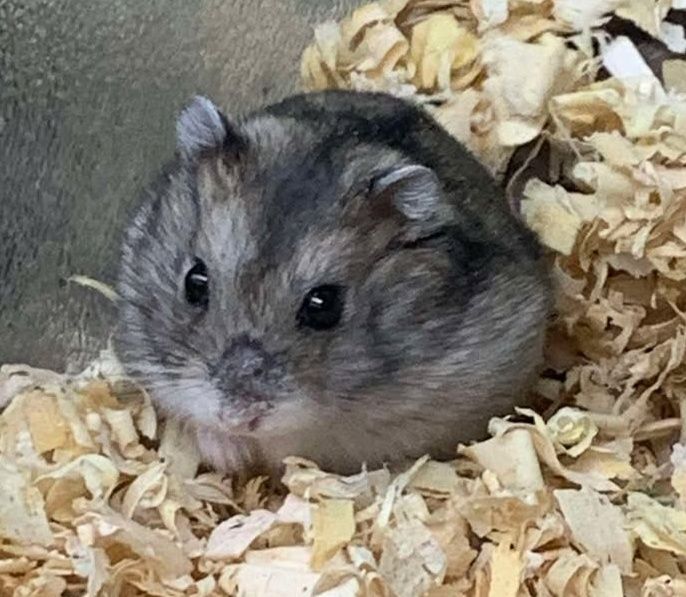
Slide title
Write your caption hereButton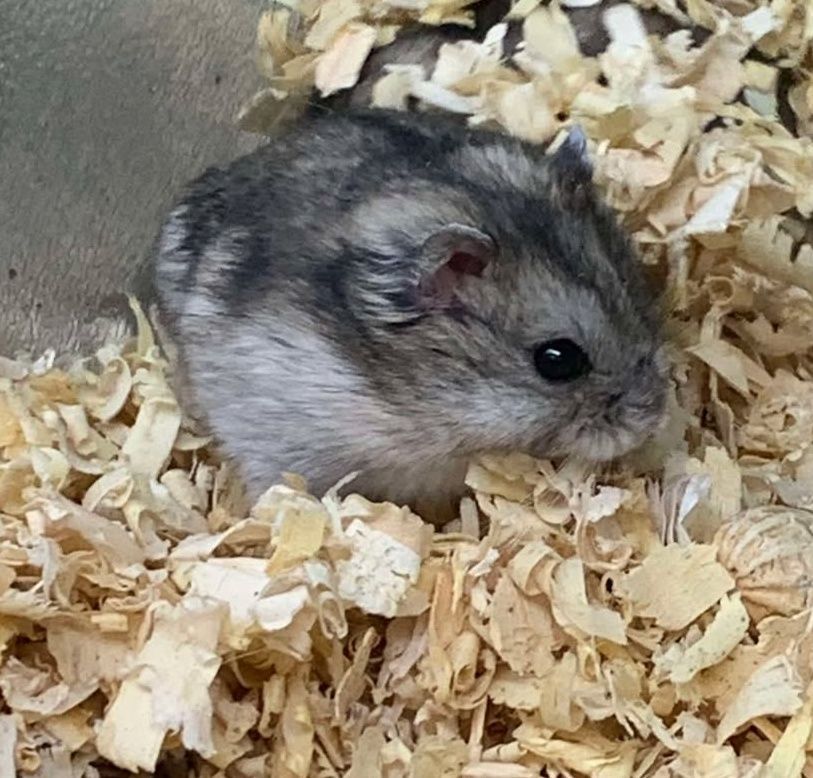
Slide title
Write your caption hereButton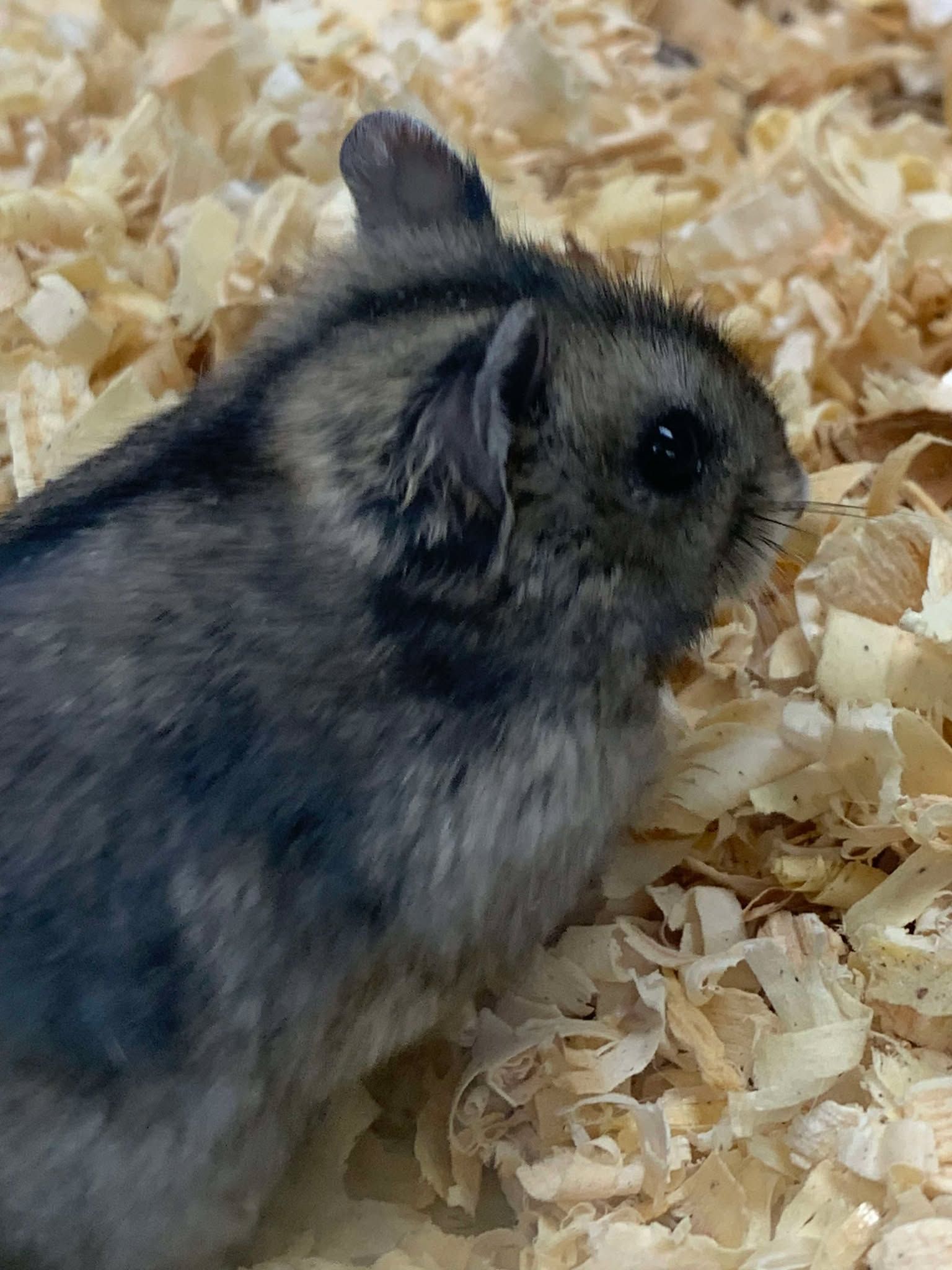
Slide title
Write your caption hereButton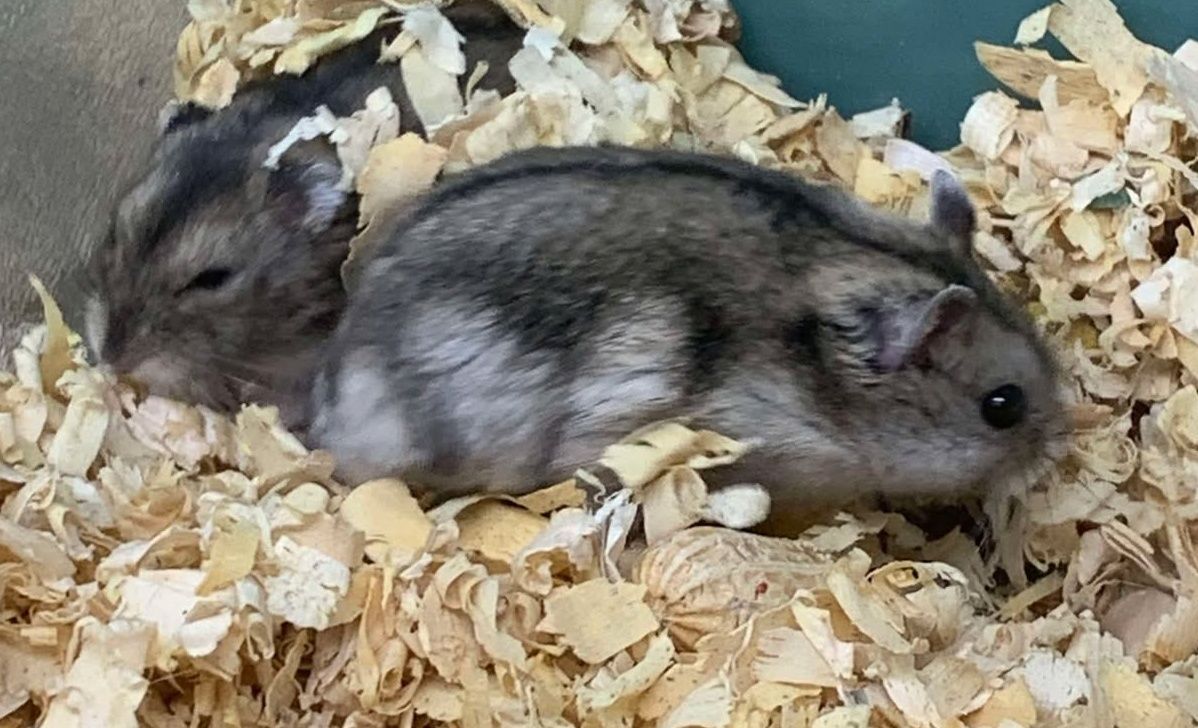
Slide title
Write your caption hereButton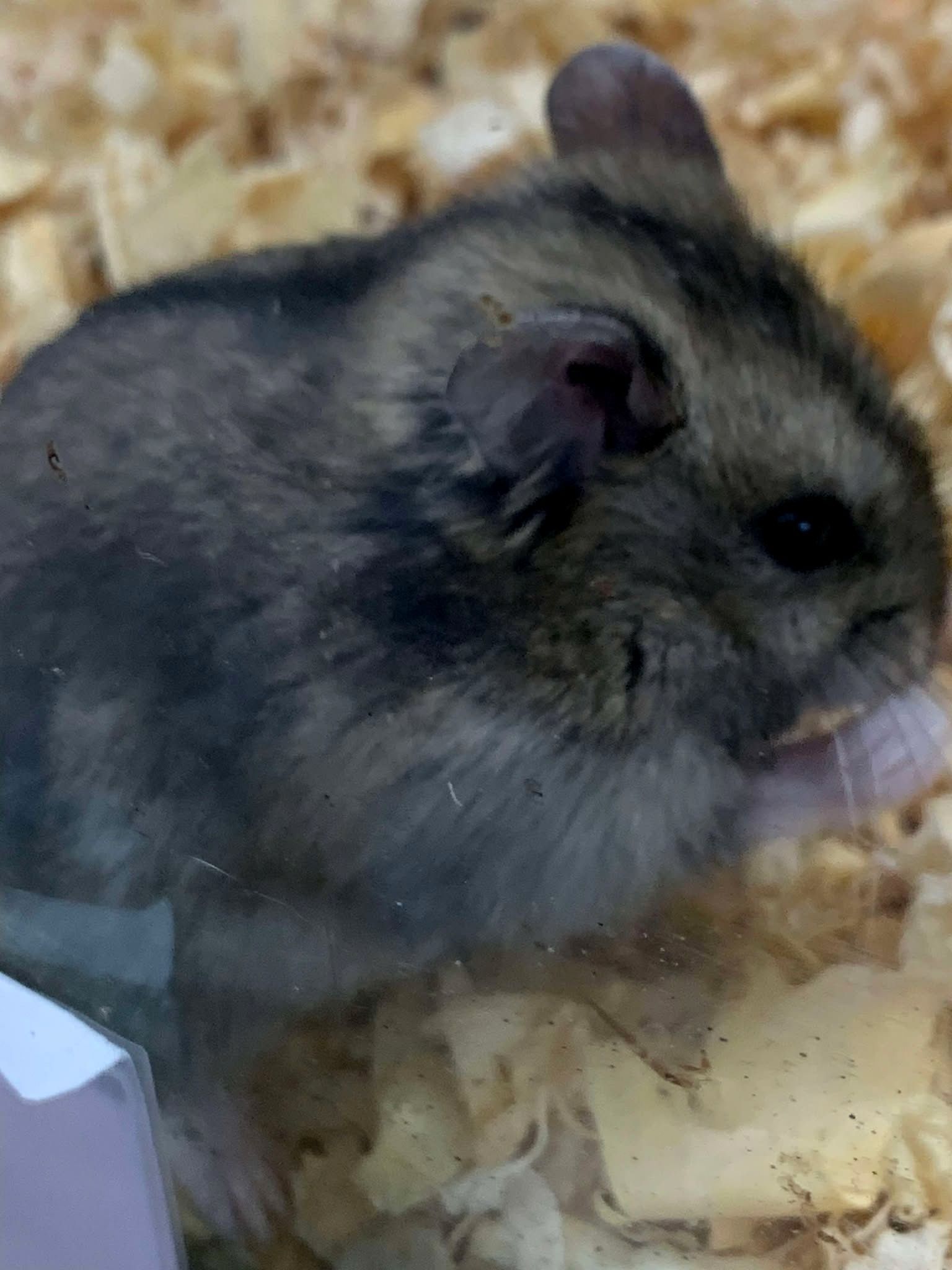
Slide title
Write your caption hereButton
$28.99 Normals Available
Gerbil's
Care & Info
Gerbils are popular pets that are relatively inexpensive and easy to care for. They are burrowing rodents that come from Africa and Asia. While there are several species of gerbils in the wild, most pets are captive-bred Mongolian gerbils. In the wild, they have an overall grayish color. However, through selective breeding, several color variations are available, including white, black, and gold.
As pets, many gerbils can become hand-tame through gentle handling. Their diet is fairly straightforward, and their housing setup is pretty easy to maintain.
Common Names: Gerbil, Mongolian gerbil
Adult Size: Roughly 4-inch body; tail adds another 4 inches
Lifespan: 2 to 3 years on average; can live up to 8 years
Gerbil Behavior and Temperament
Unlike a mouse or hamster, gerbils can often be seen sitting up on their hind legs. They are quite curious, playful, and active animals, but they are still relatively quiet pets. They are not nocturnal, though they are sometimes active at night and might take naps during the day.
Gerbils live in colonies in the wild and are very social animals; they do not do well as solitary pets, so keeping a same-sex pair is necessary. It's best to select littermates or young gerbils that can grow up together. However, if you have a single adult gerbil, it can be difficult to introduce a new one, as they are quite territorial. They will often fight—sometimes to the death. Moreover, gerbils should be kept away from other household pets to avoid potential stress and injury.
Being social creatures, gerbils can become quite tame around humans with regular gentle handling. They generally have an agreeable temperament and are only inclined to bite if they feel threatened. Hand-taming a gerbil is usually quite easy, especially when using positive reinforcement like treats. Expect to spend a few hours per day feeding your pet, keeping its environment clean, and interacting with it.
Size Information
Gerbil bodies stretch around 4 inches long on average. The tail adds roughly another 4 inches. The males typically are slightly larger than the females.
Housing
Glass aquariums can be used for gerbil housing and are favored over wire cages by many owners. Aquariums allow for a deep layer of bedding, so the gerbils can engage in their natural burrowing behavior. A secure mesh lid is necessary to prevent escapes and to allow for good ventilation. As a general rule, there should be 5 gallons of space per gerbil.1
Wire cages also can be used for gerbils, but gerbils do tend to kick bedding through the wire bars and make a mess. Make sure the wires are narrow enough that the gerbil can't squeeze through but not too narrow that the gerbil might get its legs or other body parts stuck in them. Plastic cages shouldn't be used, as they don't hold up to the chewing habits of gerbils or provide adequate ventilation.
In the enclosure, make sure to provide lots of materials for climbing and enrichment, such as thick pieces of wood, stable large rocks, ladders, ramps, and platforms. Toys that are safe for chewing should always be available to help wear down a gerbil's continuously growing teeth. Wood toys made for small animals or even for birds are good options. Toilet paper tubes, though quickly destroyed, also are often a favorite gerbil toy.
Moreover, add an exercise wheel with a solid surface to prevent injuries. There should be no place in the exercise wheel where your gerbil can get its feet, tail, or other body parts stuck.
Gerbils also need a nest box to feel secure. They will hide out in their nest box and use it for sleeping. A sturdy wood or ceramic nest box is preferable to plastic, as plastic will quickly be destroyed by chewing. Wood will likely get chewed as well but tends to last a little longer. Clay flower pots are another option to use as a gerbil nest box.
Specific Substrate Needs
Add at least 2 inches of dye-free paper or aspen bedding to the bottom of the habitat. Avoid cedar or pine shavings, as they can be harmful to gerbils. Also, include materials your gerbil can shred for nesting, such as dye- and scent-free paper towels or tissue. Remove soiled spots in the bedding daily, and do a complete bedding change weekly when you wash down everything in the enclosure with mild soap and water.
What Do Gerbils Eat & Drink?
The primary part of your gerbil's diet should be a formulated pelleted food, which should be available at all times. This will offer complete nutrition. Provide a day's worth of pellets in a small ceramic bowl in the enclosure. Dispose of any uneaten pellets after 24 hours before adding the next day's portion.
You also can offer a dish of a gerbil food mix with seeds, grains, and dried veggies. But note that gerbils tend to gravitate toward the high-fat seeds first, especially sunflower seeds. So you might want to pick them out and offer them as occasional treats to make sure your gerbil isn’t getting too much fat. Discuss the proper feeding amount with your vet, as this can vary by size and activity level.
Plus, offer small amounts of fresh veggies and fruits to a lesser extent, again discussing the quantity with your vet. Some good options include peas, broccoli, and apples. Put fresh foods in a separate dish, and remove them after a few hours to prevent spoilage. It’s best to offer them at a time of day when your gerbil is most active.
Finally, gerbils should always have access to fresh water. It's best to use a water bottle that attaches to the enclosure side. But also include a water dish until you're sure your gerbil is using the bottle. Refresh the water daily.
Common Health Problems
Gerbils are usually healthy animals. But some of the more common health issues to be aware of include:
Injuries: It’s easy to damage a gerbil’s fragile tail. Gerbils also can break bones or have other injuries from being caught in something or falling from a great height.
Digestive diseases: Diarrhea is often a sign that accompanies a bacterial or parasitic digestive issue.
Skin issues: Parasites can cause hair loss and skin irritation.
Seizures: Spontaneous seizures are relatively common in gerbils.
Kidney disease: Adult gerbils can develop kidney disease with signs including increased thirst and urination and weight loss.
Inner ear mass: Many older gerbils develop a mass in their ear that can cause permanent damage.2
Tip
Not all veterinarians accept gerbils as patients. So before acquiring one as a pet, make sure there is a vet near you who specializes in gerbils.
Training Your Gerbil
Hand-taming is the most common training people do with their pet gerbils. Give your gerbil a few days to acclimate to its new home before handling it. When it appears comfortable, approach it calmly when it's awake. Bit by bit, you can gain its trust with these steps:
When the gerbil accepts the treats regularly, offer a treat through the open cage door.
Place a treat on your open hand, and wait for the gerbil to sit on your hand to eat the treat.
Place treats on your arms, so the gerbil must climb up to fetch them.
Once your gerbil is comfortable with you, you can hold and carry your pet in your cupped hands. Many gerbils also enjoy having the sides and backs of their heads gently scratched. Avoid touching your gerbil's tail; if you are concerned that it might fall, you can quickly but gently grasp the scruff of its neck for repositioning.
Exercise
Gerbils are very playful and need exercise to keep them mentally stimulated and physically fit—helping to ward off diseases, such as obesity. Providing as large of an enclosure as you can fit and afford is one of the best ways to ensure they get enough exercise. Make sure they have enough climbing structures, an exercise wheel, toys, and other items to keep them busy. Also, allow them supervised out-of-cage time each day in a secure area where they can safely run and explore.
Grooming
Gerbils regularly self-groom, and they even might groom cage mates as a way of bonding. Gerbils don’t need baths. But if they get something stuck in their fur, you can help get it out by gently rubbing the area with a damp cloth.
Upkeep Costs
Your primary ongoing costs for a pet gerbil will be its food and bedding. Expect to spend around $15 per month on average depending on the varieties you choose and how big the habitat is. Other periodic costs will involve replacing worn toys and other items in the enclosure, averaging around $10 to $20. Also, make sure to budget for routine vet care and emergencies.
Pros & Cons of Keeping a Gerbil as a Pet
Gerbils are mostly quiet pets that don’t require a lot of space. They can be quite entertaining to watch and typically can be hand-tamed. However, they must be handled very gently and aren’t ideal for young children. They also can be a bit messy with their bedding.
FAQ
Does a gerbil make a good pet for kids?
Gerbils can be good pets for older children who understand how to handle them gently.
Are gerbils hard to take care of?
Gerbils are fairly easy to maintain, requiring daily feedings and regular cleanings.
Do gerbils like to be held?
Many gerbils can learn to be comfortable with gentle handling, though they might prefer to explore rather than cuddle.
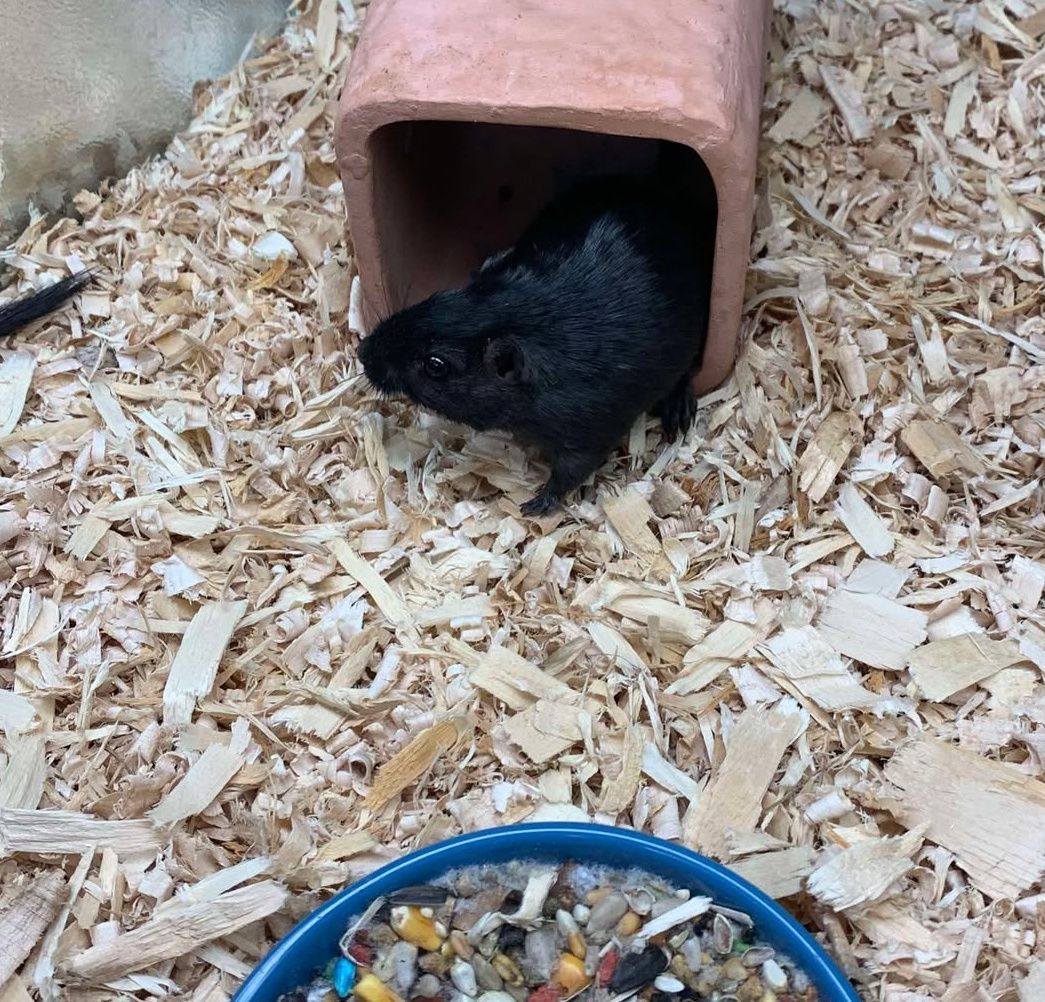
Slide title
Write your caption hereButton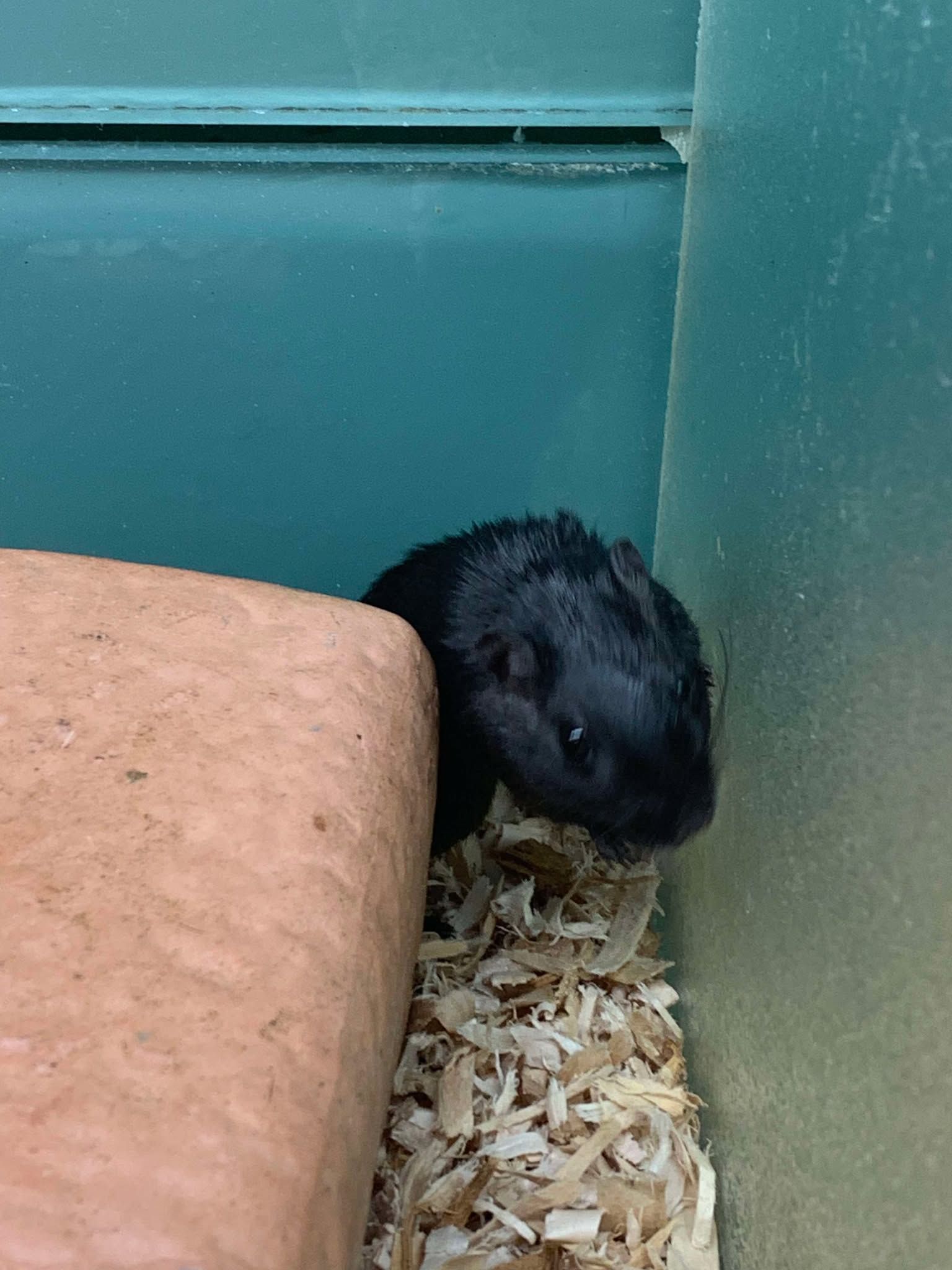
Slide title
Write your caption hereButton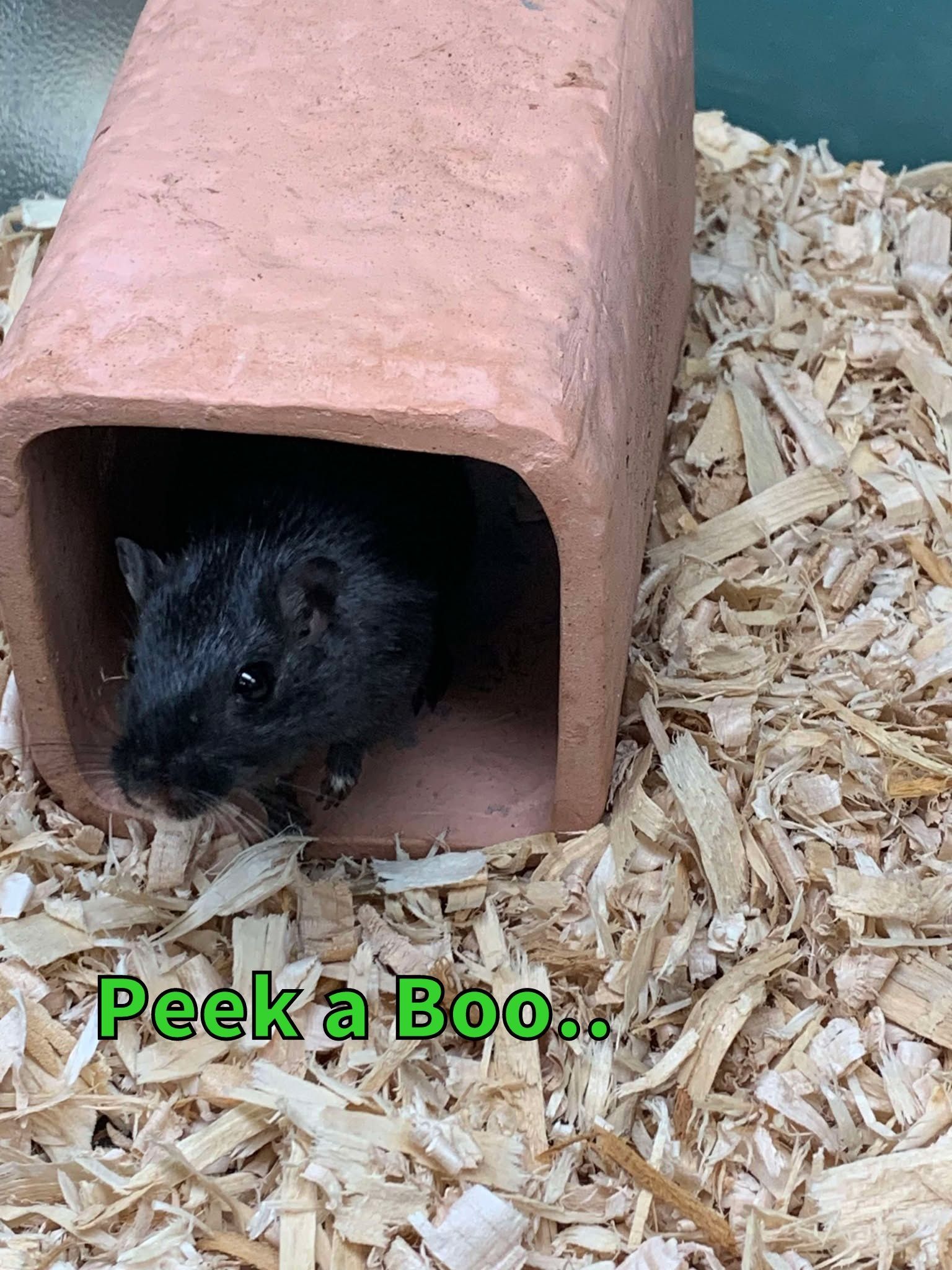
Slide title
Write your caption hereButton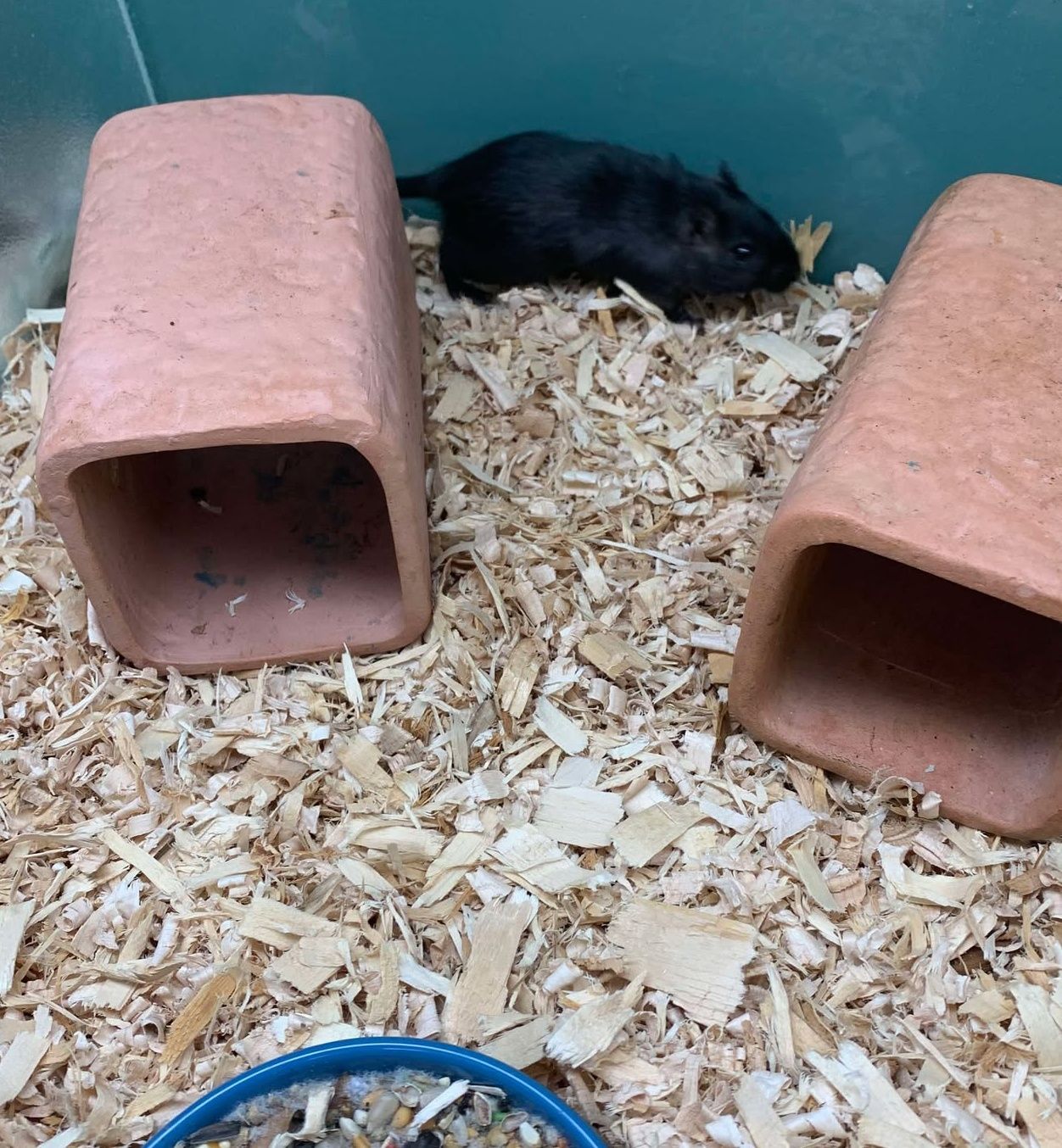
Slide title
Write your caption hereButton
$28.99 Black Available
Syrian Hamsters
Care & Info
Housing
Syrian hamsters are solitary animals and should be housed alone. Their habitat should be in a quiet, draft-free area away from sunlight and other pets. The cage temperature should be between 65–80°F, and the relative humidity should be around 40–70%.
Bedding
Hamsters need two types of bedding: an absorbent substrate for the bottom of their enclosure, and a fluffy nesting material for burrowing. Paper-based bedding is best because it's digestible and won't obstruct a hamster's gastrointestinal tract.
Food
Hamsters should be fed once a day in the evening. Their diet should consist of a commercial hamster mix or pellet, supplemented with small amounts of fresh fruits and vegetables. You can also give them extra protein like cooked chicken, boiled egg, or mealworms a couple of times a week. Hamsters should not be fed chocolate, caffeine, alcohol, salty, sugary, or fatty treats.
Water
Hamsters need fresh, clean drinking water at all times. You can use a gravity-fed water bottle designed for hamsters.
Grooming
Hamsters are self-grooming and don't need baths. You can help remove dirt from their fur with a damp cloth. You should also trim their nails regularly to prevent them from scratching themselves.
Handling
Hamsters are most active at night, so it's best to wait until they've fully woken up before handling them. When you first get your hamster home, let it settle in for 24 hours, then slowly introduce yourself by placing your hand in the cage.
Chewing
Hamsters need to chew on objects to keep their teeth from growing too long. You can provide them with chew toys like toilet paper rolls. If your hamster's teeth become overgrown, you should take them to the vet.
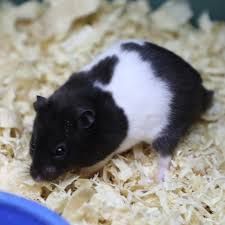
Slide title
Write your caption hereButton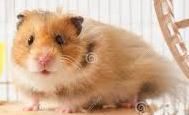
Slide title
Write your caption hereButton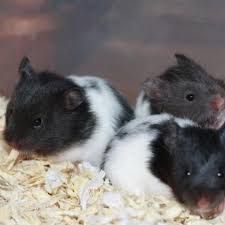
Slide title
Write your caption hereButton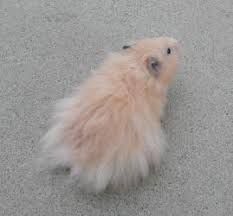
Slide title
Write your caption hereButton
$28.99 Pandas and Longhiars Available
Rats ( Regular & Dumbo)
Care & Info
Here are some things to consider when caring for a pet rat:
Housing
Rats need a well-ventilated space with a solid floor covered in a suitable substrate, such as dust-free wood chips. The cage should have multiple levels for climbing, and include toys like rope, cardboard boxes, and a rat-friendly exercise wheel.
Diet
Rats should eat a high-quality pellet diet designed for rats, along with small amounts of fruit, vegetables, cooked egg, grains, and seeds. Treats should not replace their daily food, as too many can lead them to refuse healthy food.
Fresh water
Rats need access to fresh water at all times, either in a bottle or bowl. Check the water bottle's sipper daily to prevent clogs.
Grooming
Rats are generally clean and groom themselves well, but their nails may need trimming and their coat brushing.
Playtime
Rats need at least an hour of playtime outside of their cage each day in a safe, rat-proof room.
Social interactions
Rats are social and do best in pairs. Two females can usually live together, but males should only be kept together if introduced when young.
Chew toys
Rats need chew toys to satisfy their natural desire to chew and investigate. Wooden chew toys are a good option
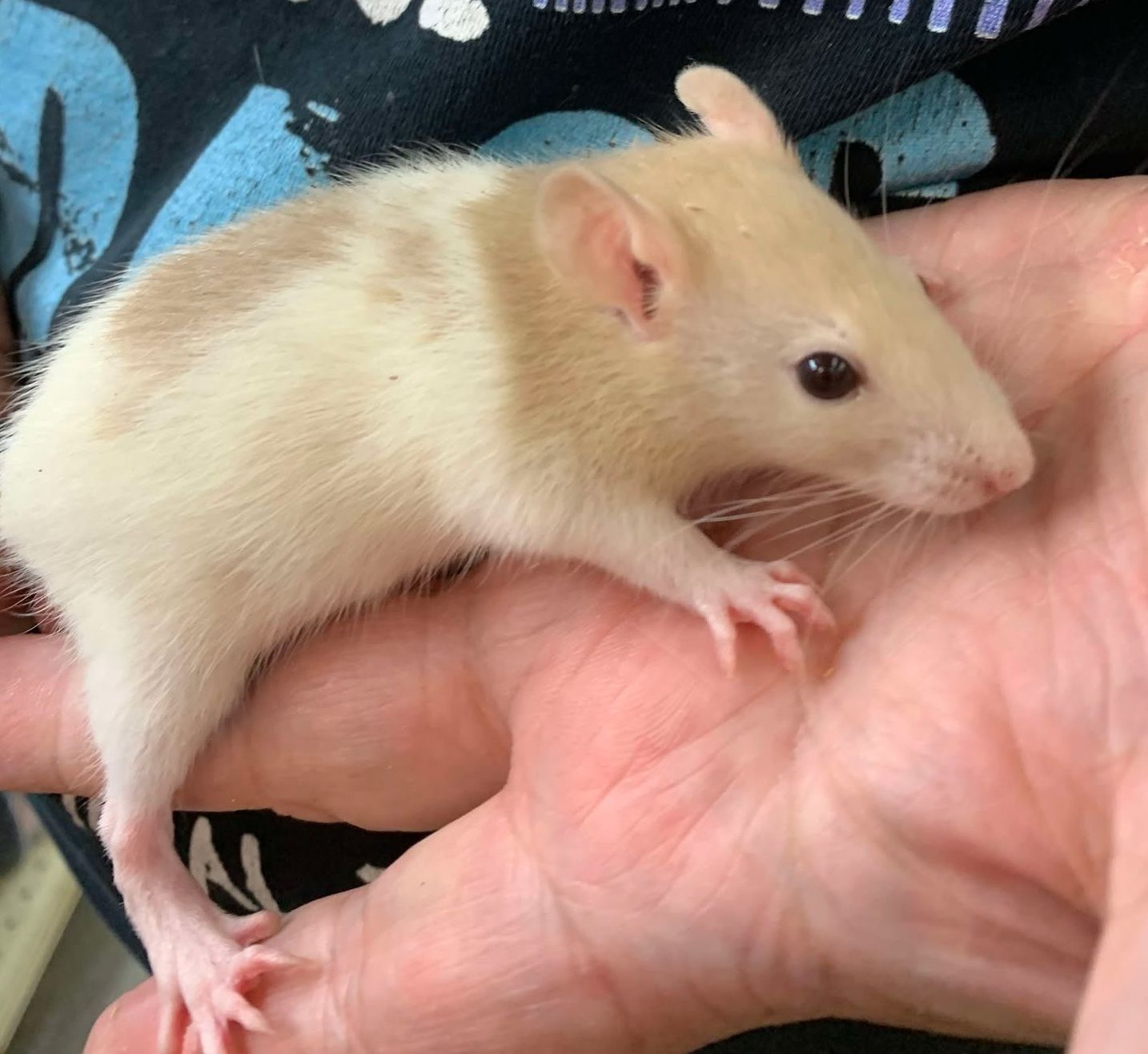
Slide title
Write your caption hereButton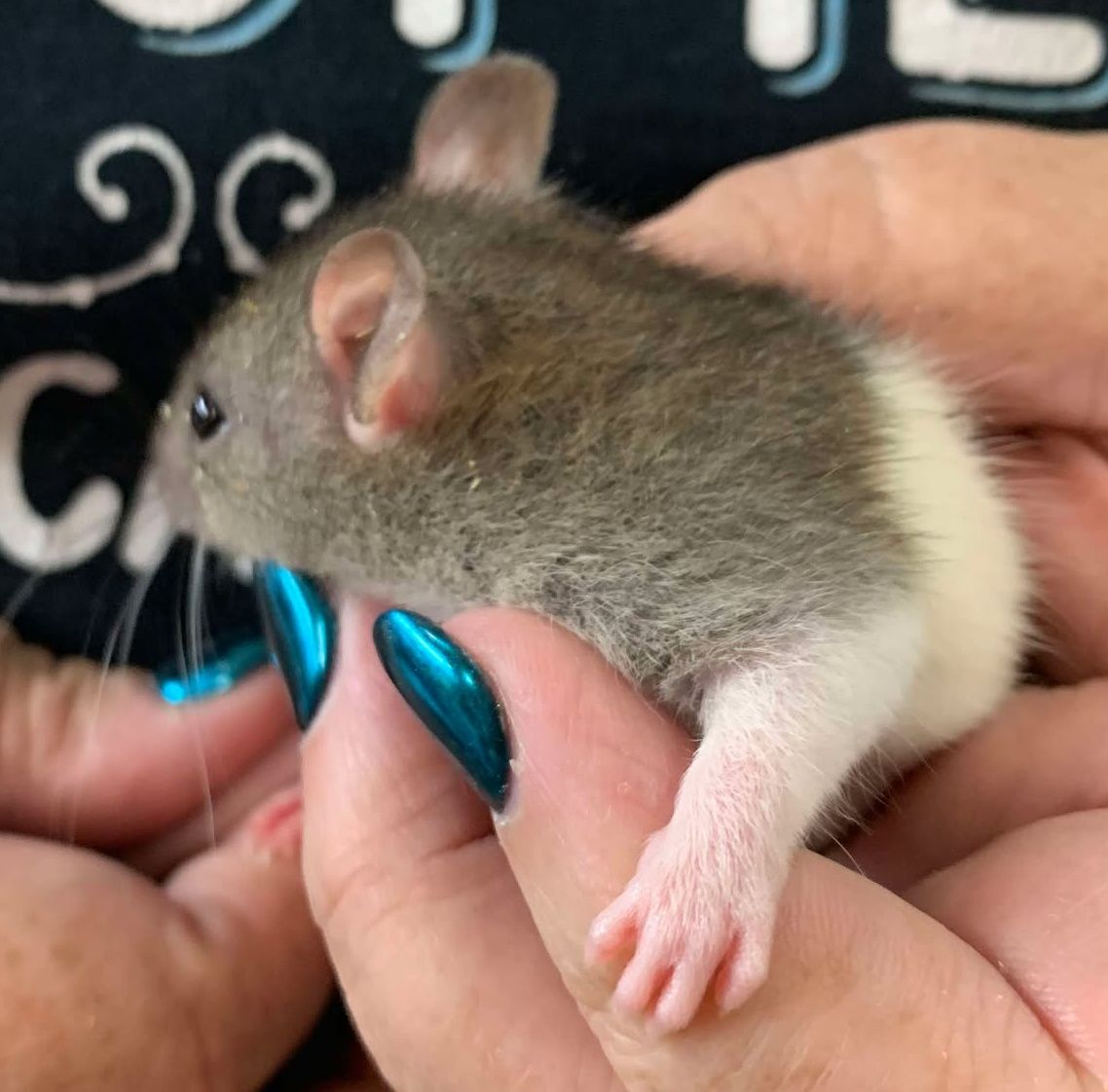
Slide title
Write your caption hereButton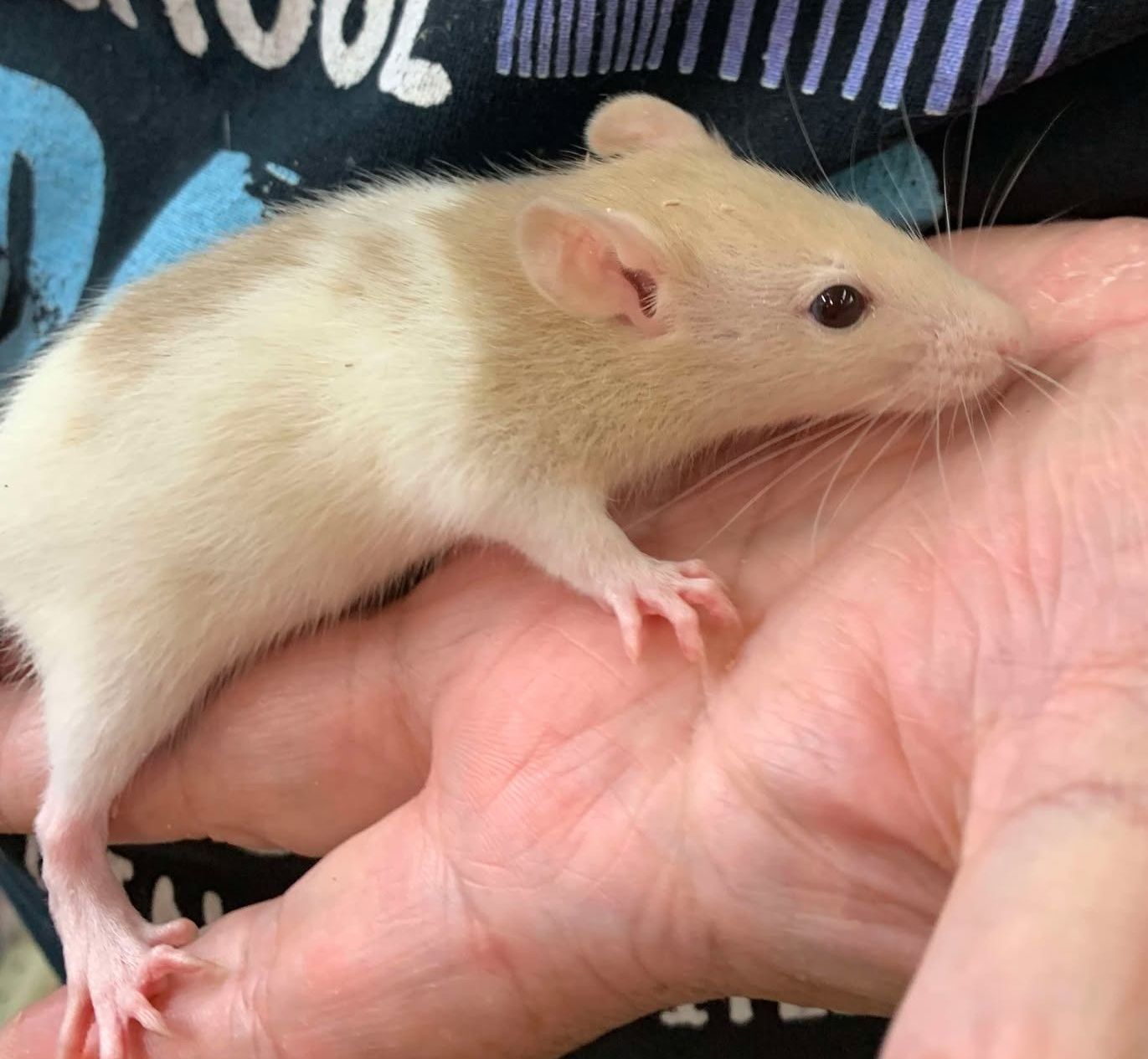
Slide title
Write your caption hereButton
Slide title
Write your caption hereButton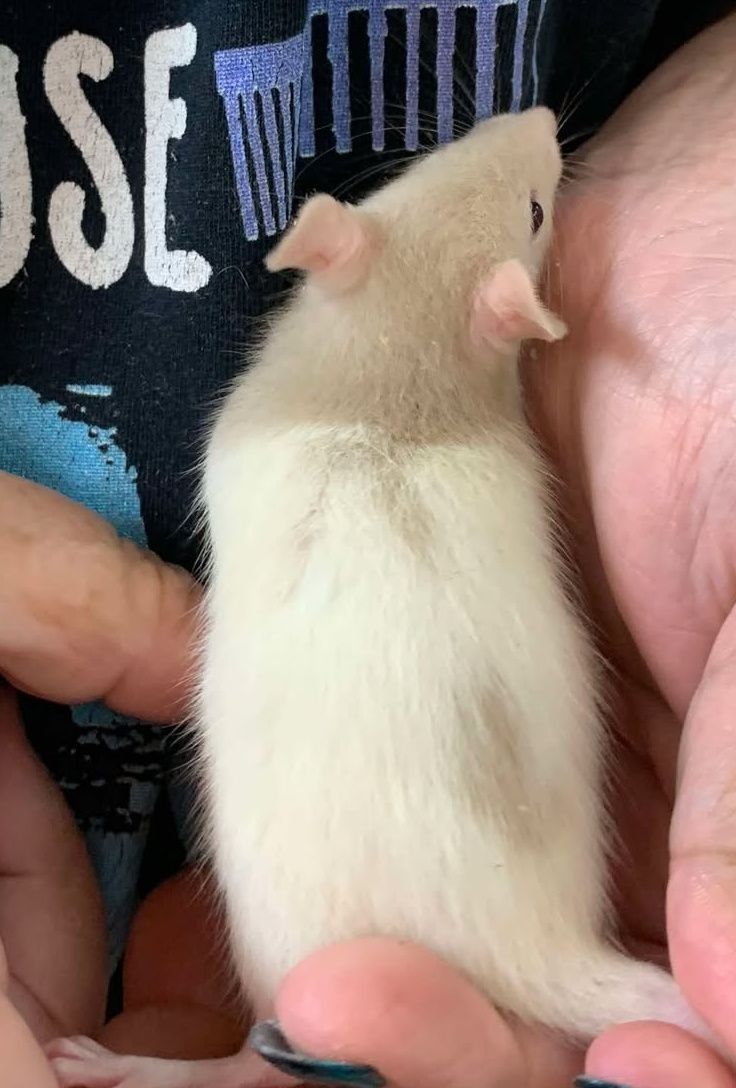
Slide title
Write your caption hereButton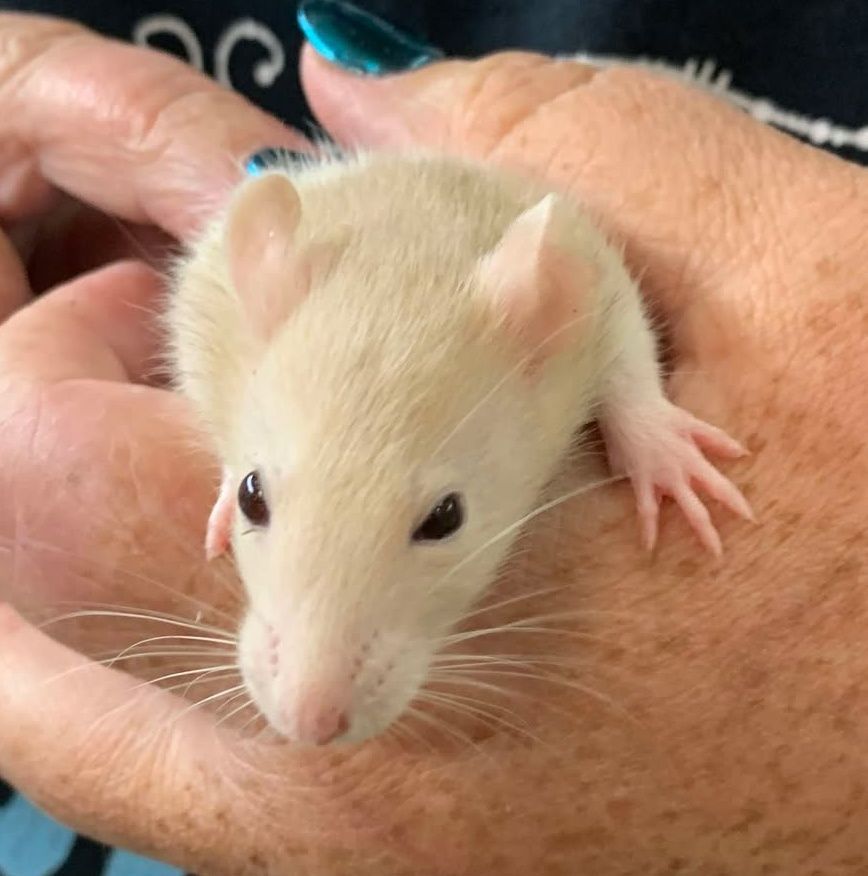
Slide title
Write your caption hereButton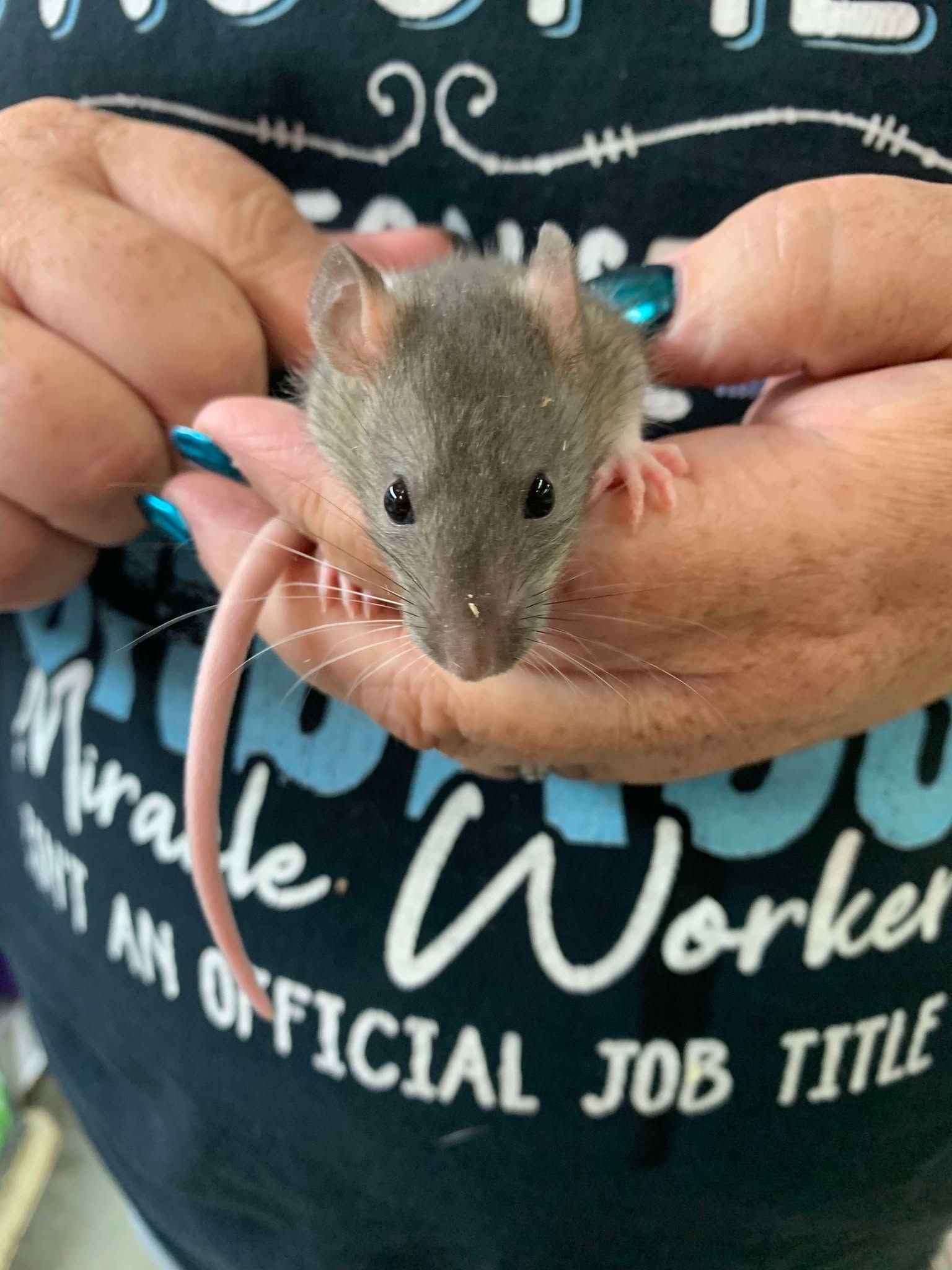
Slide title
Write your caption hereButton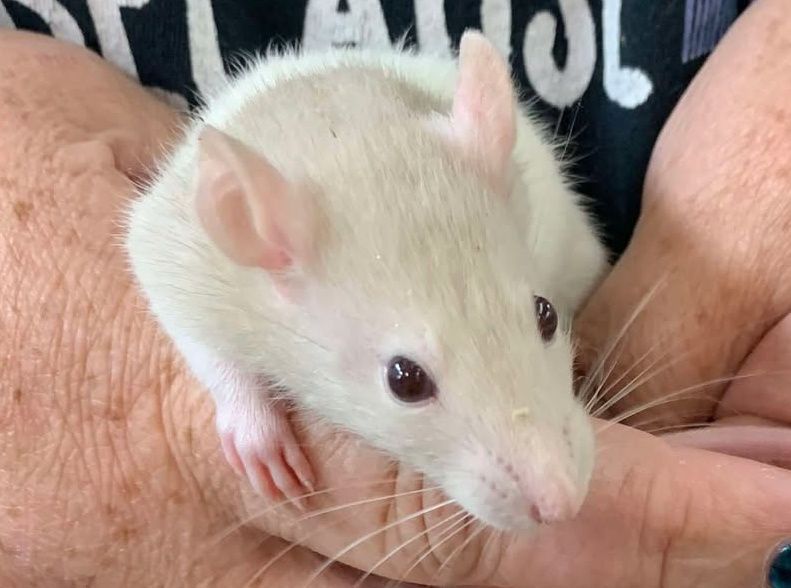
Slide title
Write your caption hereButton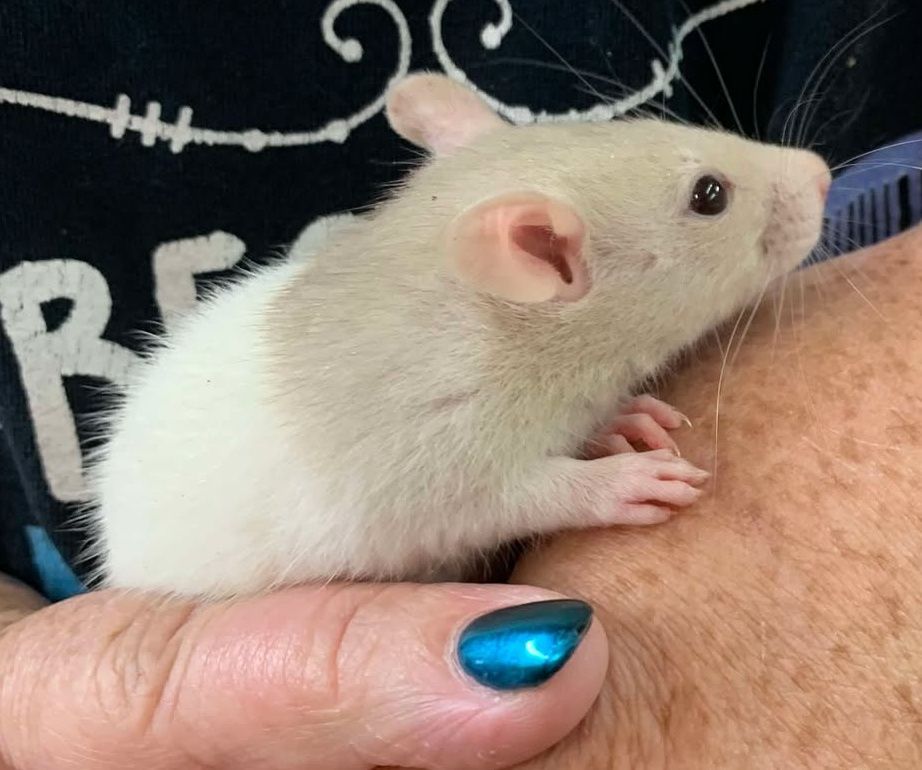
Slide title
Write your caption hereButton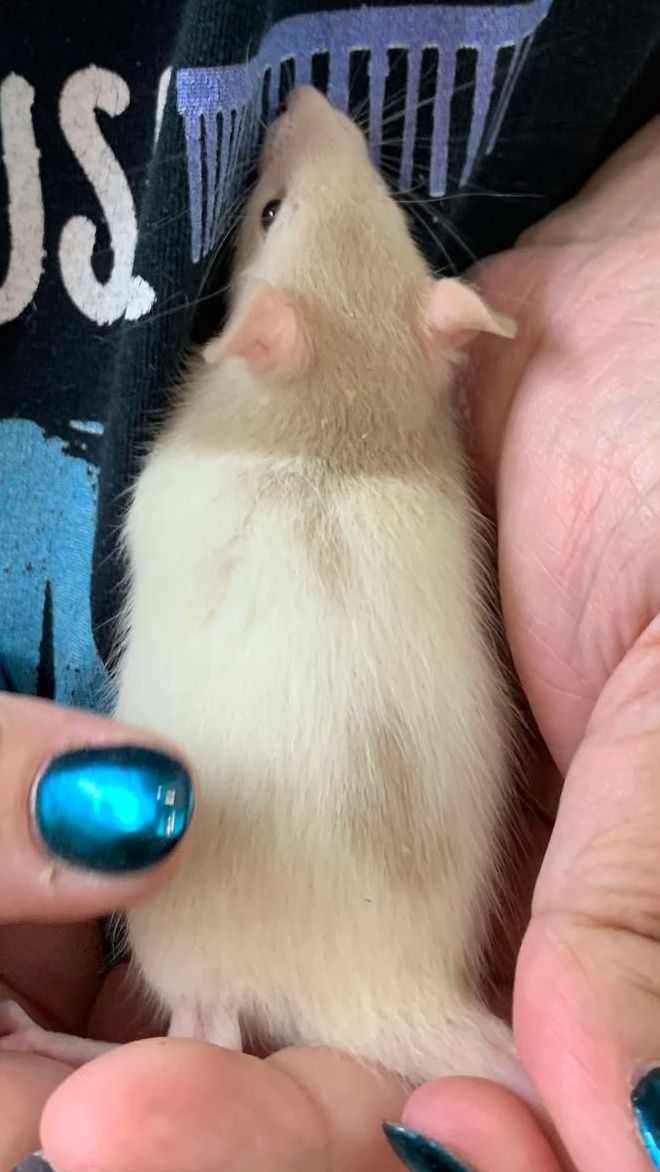
Slide title
Write your caption hereButton
Slide title
Write your caption hereButton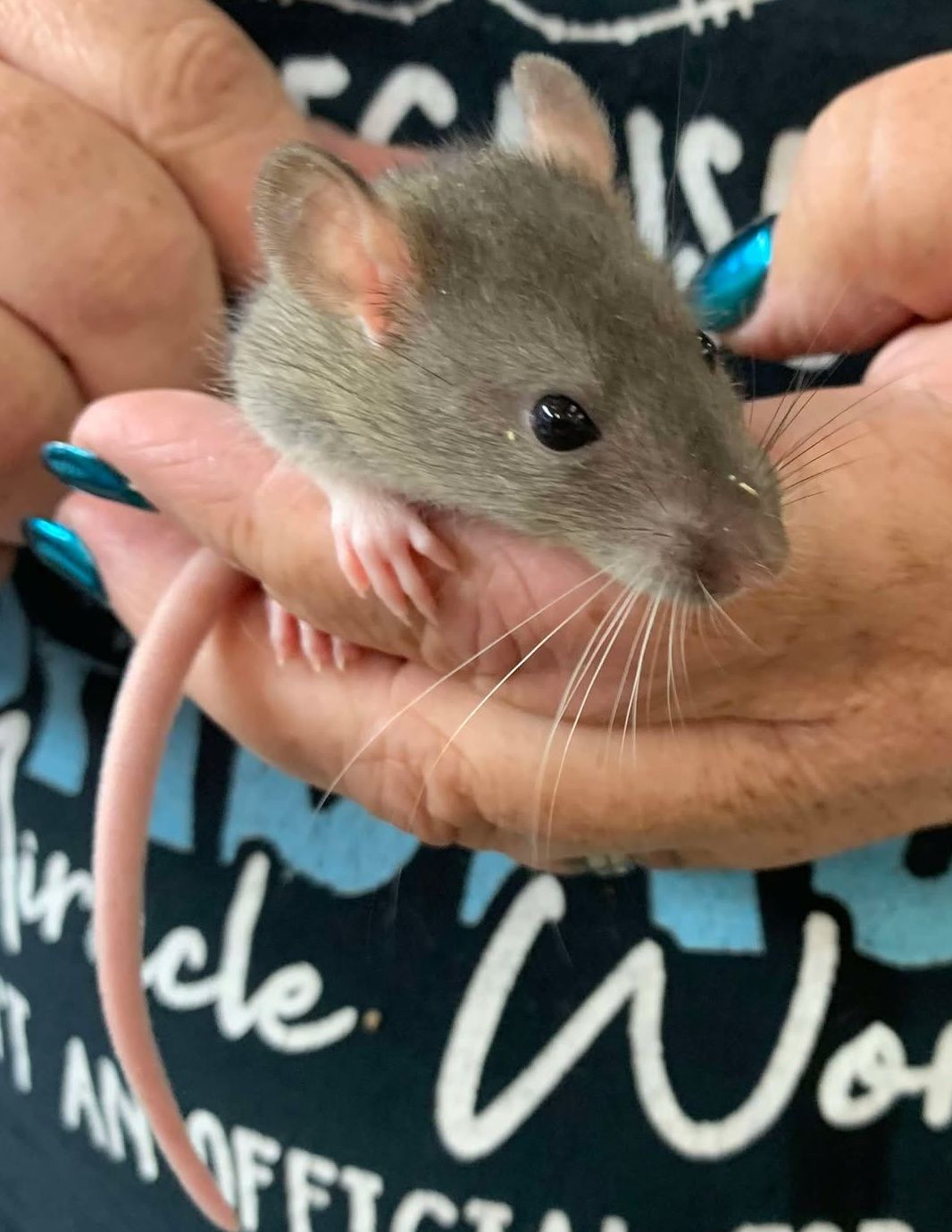
Slide title
Write your caption hereButton
$14.99 Cream and Sable Hooded Regulars Available
Campbell's Dwarf Hamsters
Care & Info
How To Keep A Campbell’s Dwarf Hamster – Complete Care Guide
‘Russian dwarf hamster’ is a term used for two different species of hamster, the Campbell’s dwarf hamster and the Winter White. They are very similar in appearance, care and behavior but this care guide will focus specifically on the Campbell’s hamster (we have a separate care guide for Winter White hamsters).
Caring for any type of dwarf hamster is pretty simple and just requires a little bit of knowledge. The guide below will cover everything from diet and cages to taming and breeding. Enjoy!
The Campbell’s Dwarf Hamster - Appearance, Colors and Key Info
Campbell’s hamsters are the most common dwarf hamsters you’ll find in the pet store. This popularity has led to breeders all around the world producing different colors and variants of this hamster breed. There are over 40 different coat colorations currently available!
Sometimes also called the Djungarian hamster
Lifespan
1.5 – 2 years
Size
4 inches (10cm)
Campbell’s Dwarf Hamster Appearance And Colors
Campbell's hamster
The Campbell’s hamster is very similar in appearance to the Winter White. Due to selective breeding there are a tonne of different color variants out there and some seriously beautiful hamsters as a result! Campbell’s hamsters have a solid dorsal stripe on their back.
A distinguishing characteristic of this species is the darker fur on their back that changes to a creamy color on the sides and becomes very white on the belly. Here are some common coat colors you can find in pet stores:
agouti (the normal greyish color)
argente (cinnamon/sandy)
albino (white)
Lots of campbell’s hamsters have red eyes and this is perfectly normal. It’s worth noting that not all white hamsters are albino, they may just be lighter platinums. There are a few things that distinguish this hamster from the other breeds:
Cream colored fur between back and belly
Campbell’s hamsters stay the same color, Winter Whites become lighter during colder months
Winter Whites tend to have softer coats
How Long Does A Campbell’s Dwarf Hamster Live For?
Hamsters have short lifespans and this species is no different, living for 1.5-2 years. Syrian and Roborovski hamsters tend to live a little longer than this.
That’s not necessary a bad thing as shorter lifespans can be a much better fit for first-time pet owners. You have time to develop a bond without needing a much longer commitment such as 10+ years with a dog.
Where Does The Campbell’s Dwarf Hamster Come From?
Campbell’s hamsters were originally discovered in Mongolia back in 1902. The man who first found these small creatures was named W.C. Campbell and that’s how they got their name! These hamsters can also be found in northern China, central Asia and parts of Russia.
In the wild, Campbell’s dwarf hamsters dig incredibly deep burrows and this is where sleeping, eating and mating takes place. The burrows are also used to hide from potential predators. The temperature inside these burrows remains cool which is perfect for raising up baby Campbell’s hamsters!
The burrows can actually be pretty complicated systems, with multiple openings and exists for safety. This is partly why dwarf hamsters enjoy tunnels and tubes when kept in captivity. At night Campbell’s hamsters will take to the surface on the lookout for food, bedding material and anything else that’s useful! Miles will be covered by a single hamster every night.
Are Campbell’s Dwarf Hamsters Good Pets?
They are amazing little pets! All dwarf hamsters make enjoyable pets and Campbell’s are right up there – they’re the most popular dwarf hamster for a reason.
Campbell’s dwarfs are good matured animals and will only nip if feeling threatened. Dwarf hamsters can be a little harder to handle due to their agility and speed but with a little practice you’ll get there. Winter Whites have been known to be easier to tame but Campbell’s are certainly a lot easier to tame than Roborovski hamsters.
Campbell’s dwarf hamsters are nocturnal, just like the rest of the hamster family. That shouldn’t pose too much of a problem as you’ll have plenty of time to bond with your pet in the evenings which is when most people arrive home from work anyway. Try not to wake your hamster during its sleeping hours very often.
Campbell’s Vs. Winter White Vs. Hybrid Hamsters
There are three types of hamster which are very closely related. These are Campbell’s, Winter Whites and hybrids.
If Winter White and Campbell’s hamsters are bred together, their offspring is called a ‘hybrid’. These hamsters can be quite controversial in the pet industry. Unfortunately hybrids often develop health issues and other problems later in life. In short, Campbell’s and Winter Whites shouldn’t really be bred together.
Of course, there are some hybrids that have absolutely no problems and make good pets too but it’s always best to buy a purebred. This is particularly true as the breeding process between a Winter White and Campbell’s hamster isn’t always pleasant.
Both Campbell’s and Winter White dwarf hamsters make perfect pets for the home. They are very similar in appearance and very similar to care for, just with a few slight differences. Whatever your personal preference, both these animals will make loving companions and prove very rewarding to look after.
Do I Have a Campbell's or Winter White?
If you can’t tell whether you have a Campbell’s or Winter White then take a look where the body color of your hamster meets its whiter underside. If there’s a cream color between the darker body and whiter belly of your hamster then you likely have a Campbell’s dwarf. A more sudden transition would indicate you have a Winter White.
Here are some other quick checks you can make:
Campbell’s hamsters usually have a thinner and lighter dorsal stripe
Campbell’s hamsters have a leaner appearance (Winter Whites have a rounder body)
Campbell’s dwarfs stay the same color where Winter Whites gradually turn whiter as winter approaches
It’s never easy to tell these breeds apart but hopefully that helps!
Campbell’s Dwarf Hamster Minimum Cage Size
Always try to purchase the largest cage you can afford for your hamster. The more space for these animals to run and explore, the better! The minimum cage size for a Campbell’s dwarf hamster is considered to be 24 inches long and 12 inches wide. This is basically the equivalent of a 20-gallon aquarium.

Slide title
Write your caption hereButton
Slide title
Write your caption hereButton
Slide title
Write your caption hereButton
Slide title
Write your caption hereButton
Slide title
Write your caption hereButton
$28.99 Normals Available
Gerbil's
Care & Info
Gerbils are popular pets that are relatively inexpensive and easy to care for. They are burrowing rodents that come from Africa and Asia. While there are several species of gerbils in the wild, most pets are captive-bred Mongolian gerbils. In the wild, they have an overall grayish color. However, through selective breeding, several color variations are available, including white, black, and gold.
As pets, many gerbils can become hand-tame through gentle handling. Their diet is fairly straightforward, and their housing setup is pretty easy to maintain.
Common Names: Gerbil, Mongolian gerbil
Adult Size: Roughly 4-inch body; tail adds another 4 inches
Lifespan: 2 to 3 years on average; can live up to 8 years
Gerbil Behavior and Temperament
Unlike a mouse or hamster, gerbils can often be seen sitting up on their hind legs. They are quite curious, playful, and active animals, but they are still relatively quiet pets. They are not nocturnal, though they are sometimes active at night and might take naps during the day.
Gerbils live in colonies in the wild and are very social animals; they do not do well as solitary pets, so keeping a same-sex pair is necessary. It's best to select littermates or young gerbils that can grow up together. However, if you have a single adult gerbil, it can be difficult to introduce a new one, as they are quite territorial. They will often fight—sometimes to the death. Moreover, gerbils should be kept away from other household pets to avoid potential stress and injury.
Being social creatures, gerbils can become quite tame around humans with regular gentle handling. They generally have an agreeable temperament and are only inclined to bite if they feel threatened. Hand-taming a gerbil is usually quite easy, especially when using positive reinforcement like treats. Expect to spend a few hours per day feeding your pet, keeping its environment clean, and interacting with it.
Size Information
Gerbil bodies stretch around 4 inches long on average. The tail adds roughly another 4 inches. The males typically are slightly larger than the females.
Housing
Glass aquariums can be used for gerbil housing and are favored over wire cages by many owners. Aquariums allow for a deep layer of bedding, so the gerbils can engage in their natural burrowing behavior. A secure mesh lid is necessary to prevent escapes and to allow for good ventilation. As a general rule, there should be 5 gallons of space per gerbil.1
Wire cages also can be used for gerbils, but gerbils do tend to kick bedding through the wire bars and make a mess. Make sure the wires are narrow enough that the gerbil can't squeeze through but not too narrow that the gerbil might get its legs or other body parts stuck in them. Plastic cages shouldn't be used, as they don't hold up to the chewing habits of gerbils or provide adequate ventilation.
In the enclosure, make sure to provide lots of materials for climbing and enrichment, such as thick pieces of wood, stable large rocks, ladders, ramps, and platforms. Toys that are safe for chewing should always be available to help wear down a gerbil's continuously growing teeth. Wood toys made for small animals or even for birds are good options. Toilet paper tubes, though quickly destroyed, also are often a favorite gerbil toy.
Moreover, add an exercise wheel with a solid surface to prevent injuries. There should be no place in the exercise wheel where your gerbil can get its feet, tail, or other body parts stuck.
Gerbils also need a nest box to feel secure. They will hide out in their nest box and use it for sleeping. A sturdy wood or ceramic nest box is preferable to plastic, as plastic will quickly be destroyed by chewing. Wood will likely get chewed as well but tends to last a little longer. Clay flower pots are another option to use as a gerbil nest box.
Specific Substrate Needs
Add at least 2 inches of dye-free paper or aspen bedding to the bottom of the habitat. Avoid cedar or pine shavings, as they can be harmful to gerbils. Also, include materials your gerbil can shred for nesting, such as dye- and scent-free paper towels or tissue. Remove soiled spots in the bedding daily, and do a complete bedding change weekly when you wash down everything in the enclosure with mild soap and water.
What Do Gerbils Eat & Drink?
The primary part of your gerbil's diet should be a formulated pelleted food, which should be available at all times. This will offer complete nutrition. Provide a day's worth of pellets in a small ceramic bowl in the enclosure. Dispose of any uneaten pellets after 24 hours before adding the next day's portion.
You also can offer a dish of a gerbil food mix with seeds, grains, and dried veggies. But note that gerbils tend to gravitate toward the high-fat seeds first, especially sunflower seeds. So you might want to pick them out and offer them as occasional treats to make sure your gerbil isn’t getting too much fat. Discuss the proper feeding amount with your vet, as this can vary by size and activity level.
Plus, offer small amounts of fresh veggies and fruits to a lesser extent, again discussing the quantity with your vet. Some good options include peas, broccoli, and apples. Put fresh foods in a separate dish, and remove them after a few hours to prevent spoilage. It’s best to offer them at a time of day when your gerbil is most active.
Finally, gerbils should always have access to fresh water. It's best to use a water bottle that attaches to the enclosure side. But also include a water dish until you're sure your gerbil is using the bottle. Refresh the water daily.
Common Health Problems
Gerbils are usually healthy animals. But some of the more common health issues to be aware of include:
Injuries: It’s easy to damage a gerbil’s fragile tail. Gerbils also can break bones or have other injuries from being caught in something or falling from a great height.
Digestive diseases: Diarrhea is often a sign that accompanies a bacterial or parasitic digestive issue.
Skin issues: Parasites can cause hair loss and skin irritation.
Seizures: Spontaneous seizures are relatively common in gerbils.
Kidney disease: Adult gerbils can develop kidney disease with signs including increased thirst and urination and weight loss.
Inner ear mass: Many older gerbils develop a mass in their ear that can cause permanent damage.2
Tip
Not all veterinarians accept gerbils as patients. So before acquiring one as a pet, make sure there is a vet near you who specializes in gerbils.
Training Your Gerbil
Hand-taming is the most common training people do with their pet gerbils. Give your gerbil a few days to acclimate to its new home before handling it. When it appears comfortable, approach it calmly when it's awake. Bit by bit, you can gain its trust with these steps:
When the gerbil accepts the treats regularly, offer a treat through the open cage door.
Place a treat on your open hand, and wait for the gerbil to sit on your hand to eat the treat.
Place treats on your arms, so the gerbil must climb up to fetch them.
Once your gerbil is comfortable with you, you can hold and carry your pet in your cupped hands. Many gerbils also enjoy having the sides and backs of their heads gently scratched. Avoid touching your gerbil's tail; if you are concerned that it might fall, you can quickly but gently grasp the scruff of its neck for repositioning.
Exercise
Gerbils are very playful and need exercise to keep them mentally stimulated and physically fit—helping to ward off diseases, such as obesity. Providing as large of an enclosure as you can fit and afford is one of the best ways to ensure they get enough exercise. Make sure they have enough climbing structures, an exercise wheel, toys, and other items to keep them busy. Also, allow them supervised out-of-cage time each day in a secure area where they can safely run and explore.
Grooming
Gerbils regularly self-groom, and they even might groom cage mates as a way of bonding. Gerbils don’t need baths. But if they get something stuck in their fur, you can help get it out by gently rubbing the area with a damp cloth.
Upkeep Costs
Your primary ongoing costs for a pet gerbil will be its food and bedding. Expect to spend around $15 per month on average depending on the varieties you choose and how big the habitat is. Other periodic costs will involve replacing worn toys and other items in the enclosure, averaging around $10 to $20. Also, make sure to budget for routine vet care and emergencies.
Pros & Cons of Keeping a Gerbil as a Pet
Gerbils are mostly quiet pets that don’t require a lot of space. They can be quite entertaining to watch and typically can be hand-tamed. However, they must be handled very gently and aren’t ideal for young children. They also can be a bit messy with their bedding.
FAQ
Does a gerbil make a good pet for kids?
Gerbils can be good pets for older children who understand how to handle them gently.
Are gerbils hard to take care of?
Gerbils are fairly easy to maintain, requiring daily feedings and regular cleanings.
Do gerbils like to be held?
Many gerbils can learn to be comfortable with gentle handling, though they might prefer to explore rather than cuddle.

Slide title
Write your caption hereButton
Slide title
Write your caption hereButton
Slide title
Write your caption hereButton
Slide title
Write your caption hereButton
$28.99 Black Available
Syrian Hamsters
Care & Info
Housing
Syrian hamsters are solitary animals and should be housed alone. Their habitat should be in a quiet, draft-free area away from sunlight and other pets. The cage temperature should be between 65–80°F, and the relative humidity should be around 40–70%.
Bedding
Hamsters need two types of bedding: an absorbent substrate for the bottom of their enclosure, and a fluffy nesting material for burrowing. Paper-based bedding is best because it's digestible and won't obstruct a hamster's gastrointestinal tract.
Food
Hamsters should be fed once a day in the evening. Their diet should consist of a commercial hamster mix or pellet, supplemented with small amounts of fresh fruits and vegetables. You can also give them extra protein like cooked chicken, boiled egg, or mealworms a couple of times a week. Hamsters should not be fed chocolate, caffeine, alcohol, salty, sugary, or fatty treats.
Water
Hamsters need fresh, clean drinking water at all times. You can use a gravity-fed water bottle designed for hamsters.
Grooming
Hamsters are self-grooming and don't need baths. You can help remove dirt from their fur with a damp cloth. You should also trim their nails regularly to prevent them from scratching themselves.
Handling
Hamsters are most active at night, so it's best to wait until they've fully woken up before handling them. When you first get your hamster home, let it settle in for 24 hours, then slowly introduce yourself by placing your hand in the cage.
Chewing
Hamsters need to chew on objects to keep their teeth from growing too long. You can provide them with chew toys like toilet paper rolls. If your hamster's teeth become overgrown, you should take them to the vet.

Slide title
Write your caption hereButton
Slide title
Write your caption hereButton
Slide title
Write your caption hereButton
Slide title
Write your caption hereButton
$28.99 Pandas and Longhiars Available
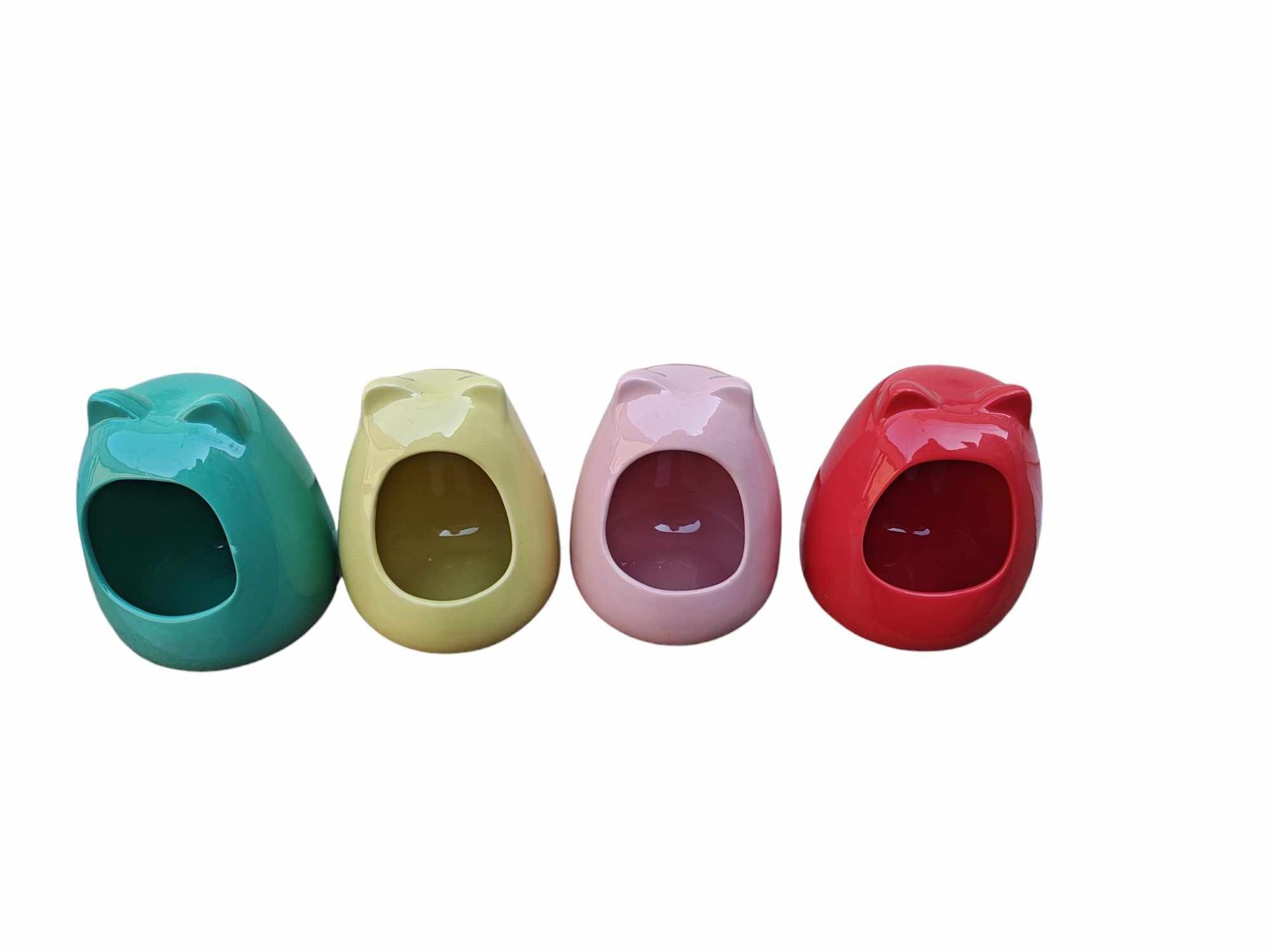
Slide title
Write your caption hereButton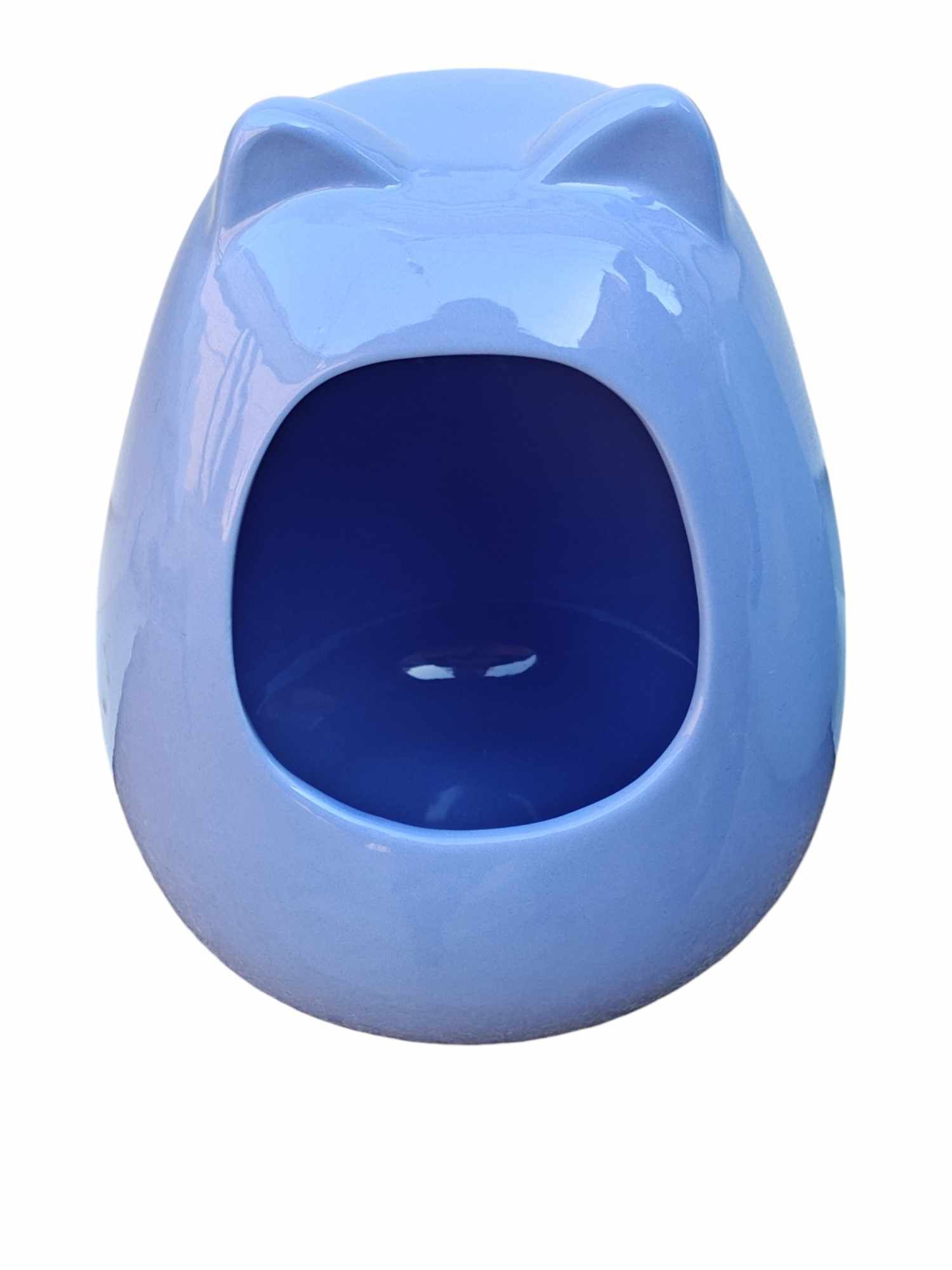
Slide title
Write your caption hereButton
Slide title
Write your caption hereButton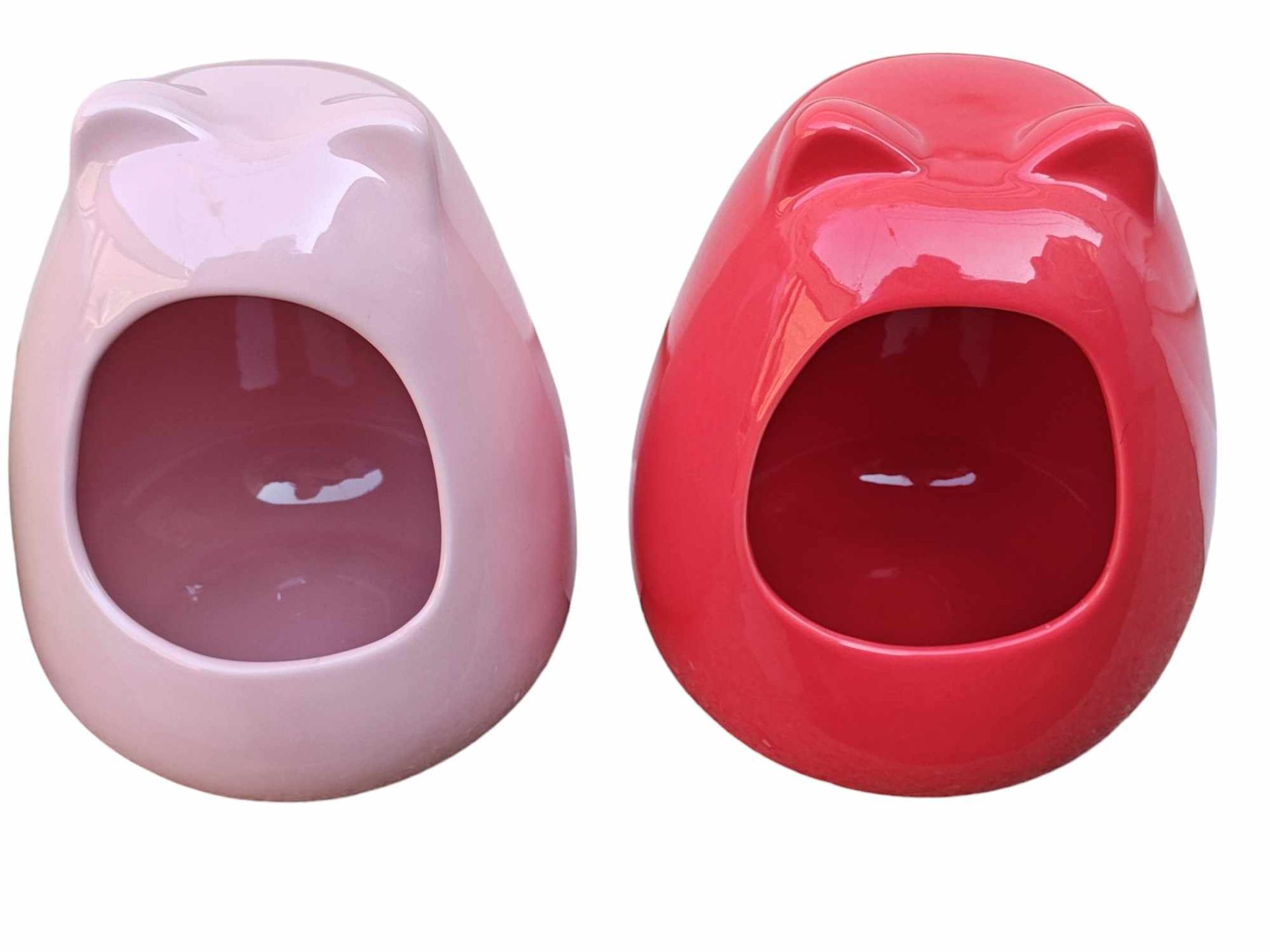
Slide title
Write your caption hereButton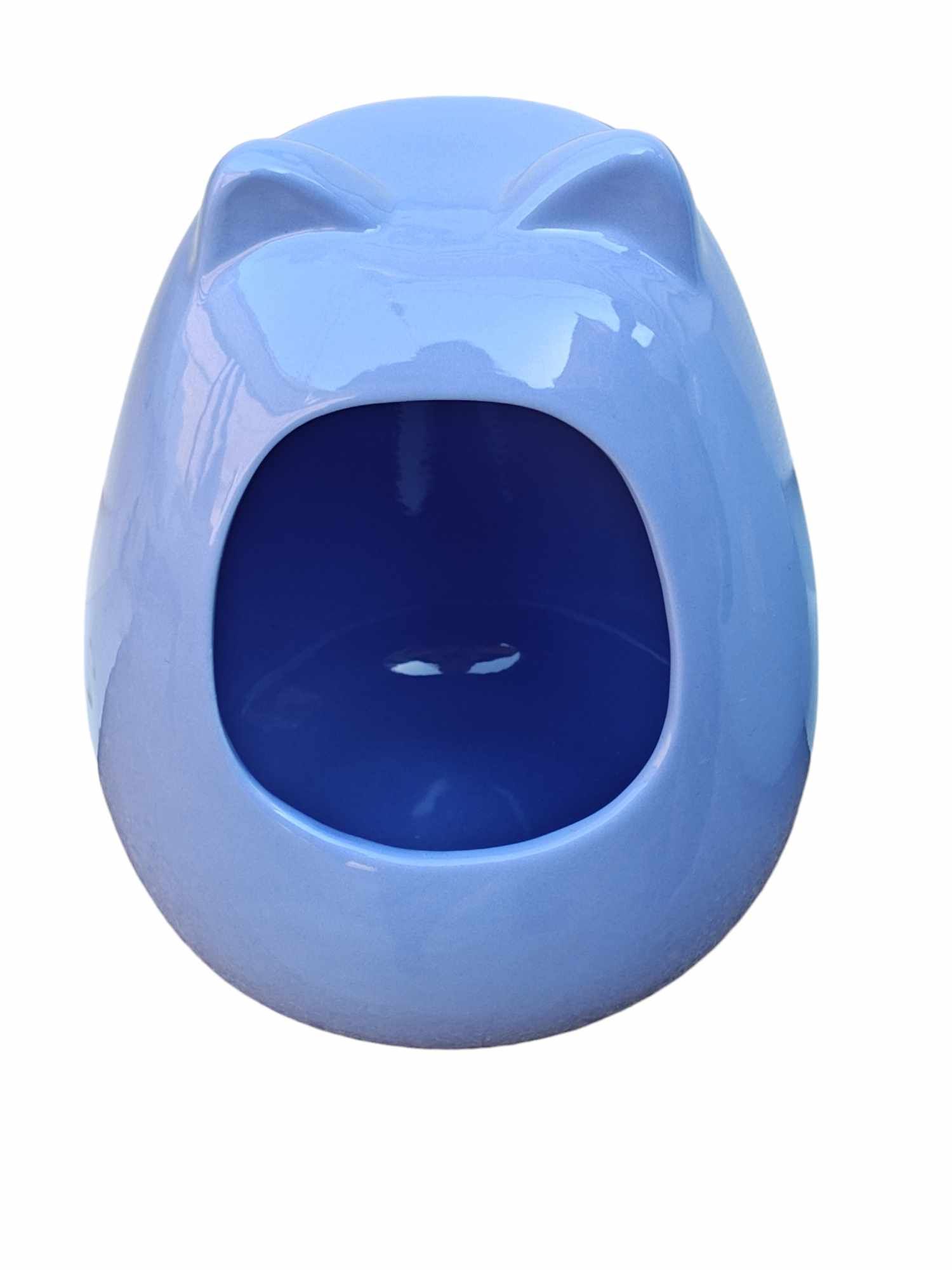
Slide title
Write your caption hereButton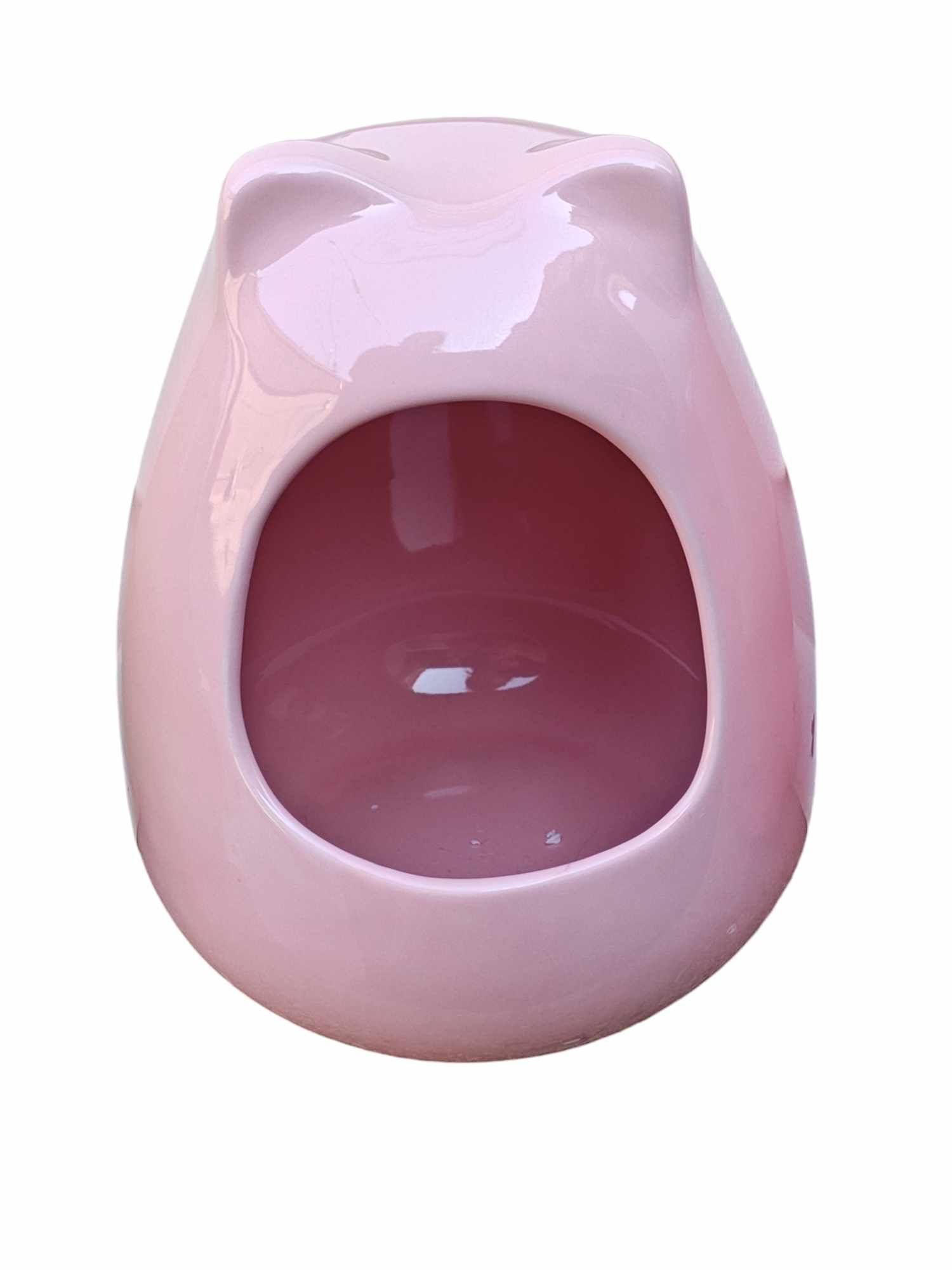
Slide title
Write your caption hereButton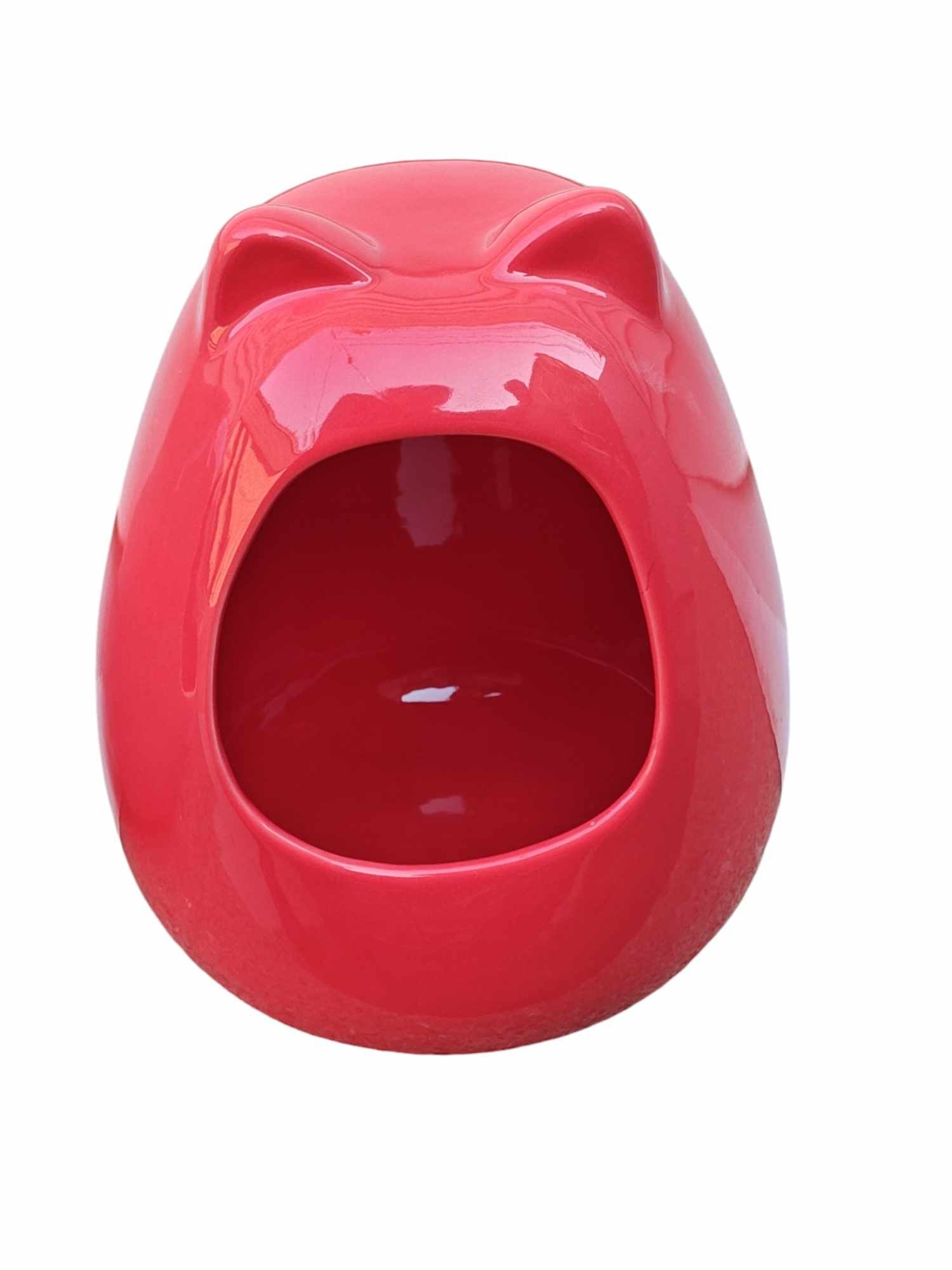
Slide title
Write your caption hereButton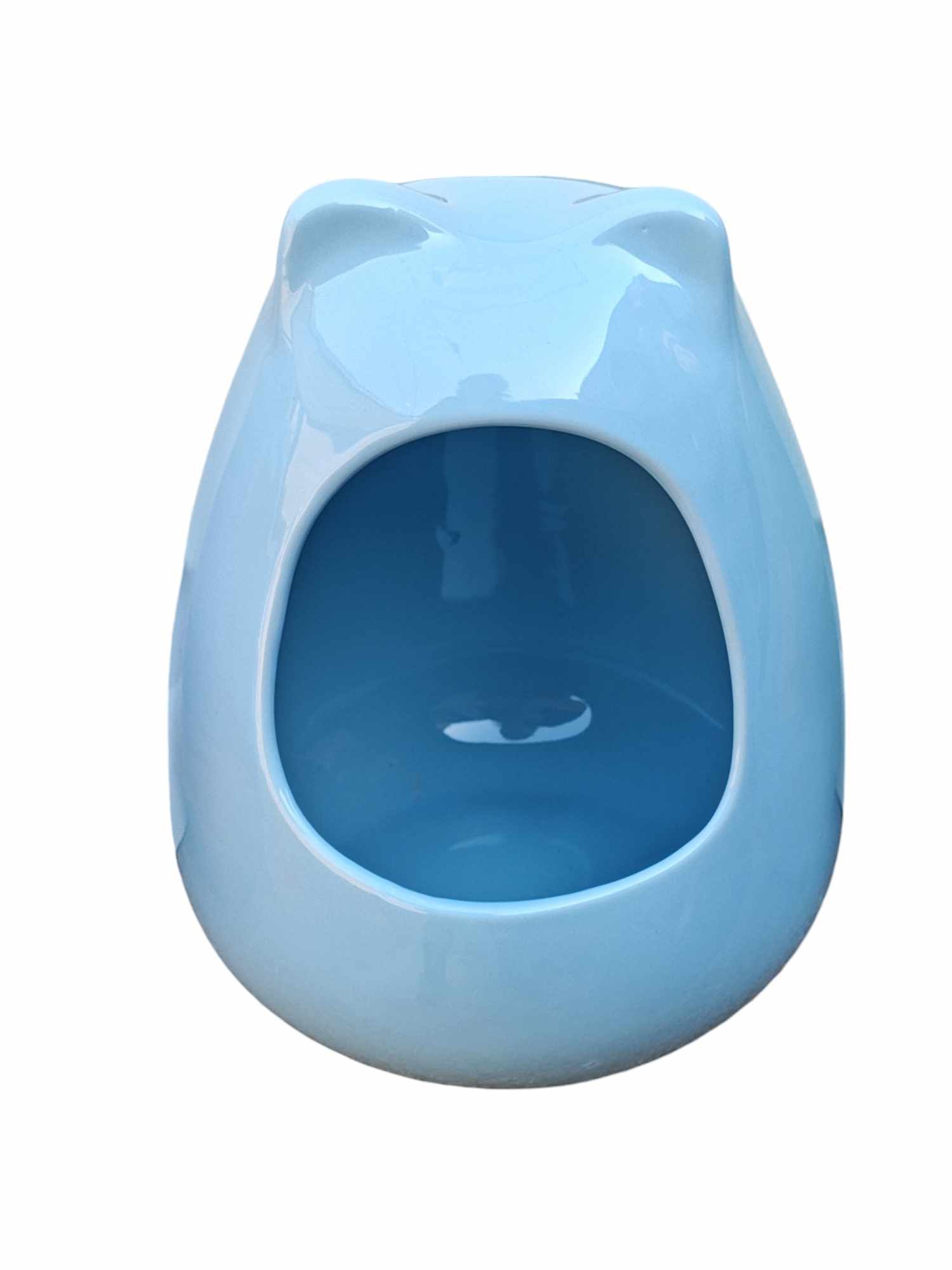
Slide title
Write your caption hereButton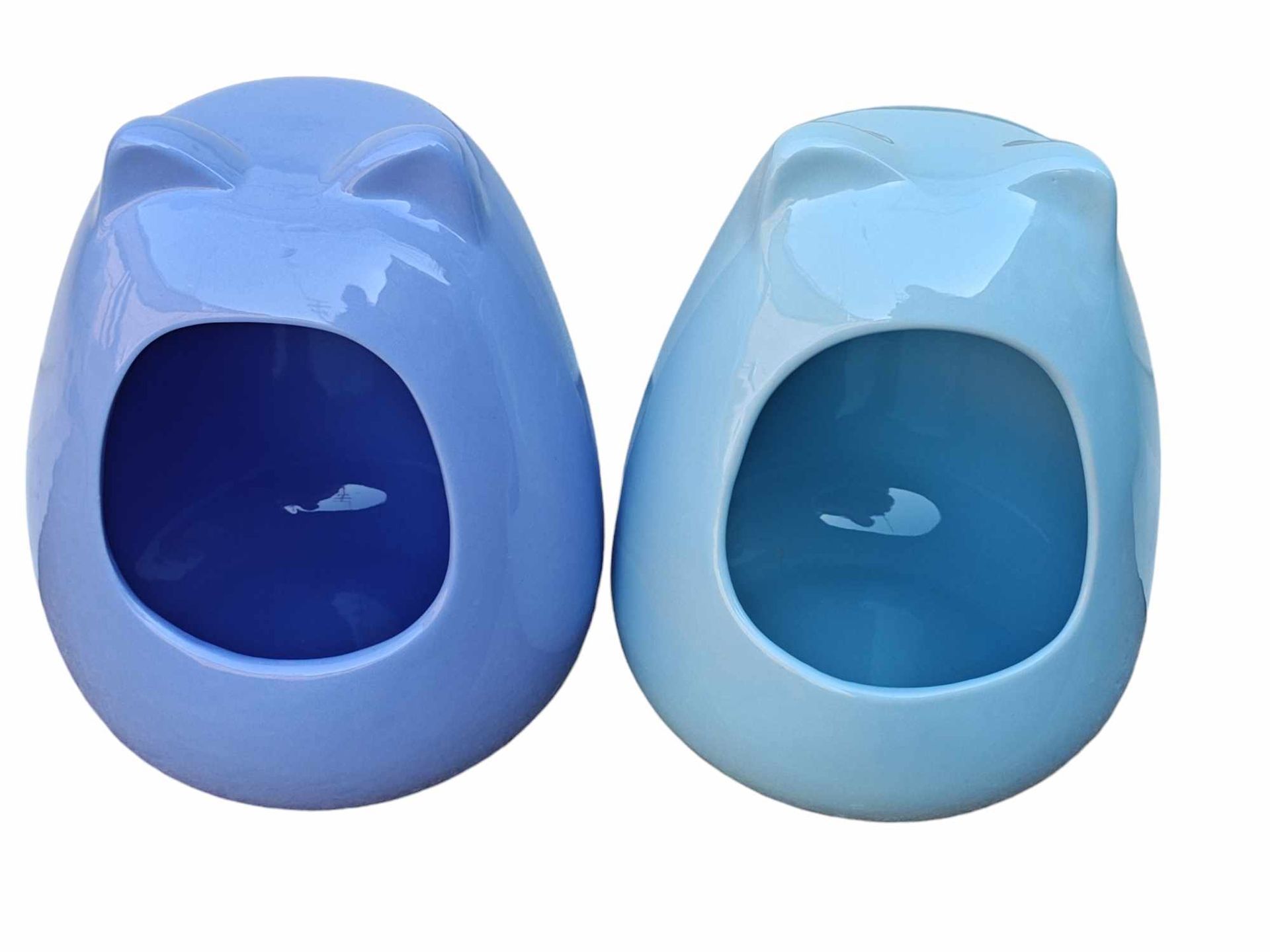
Slide title
Write your caption hereButton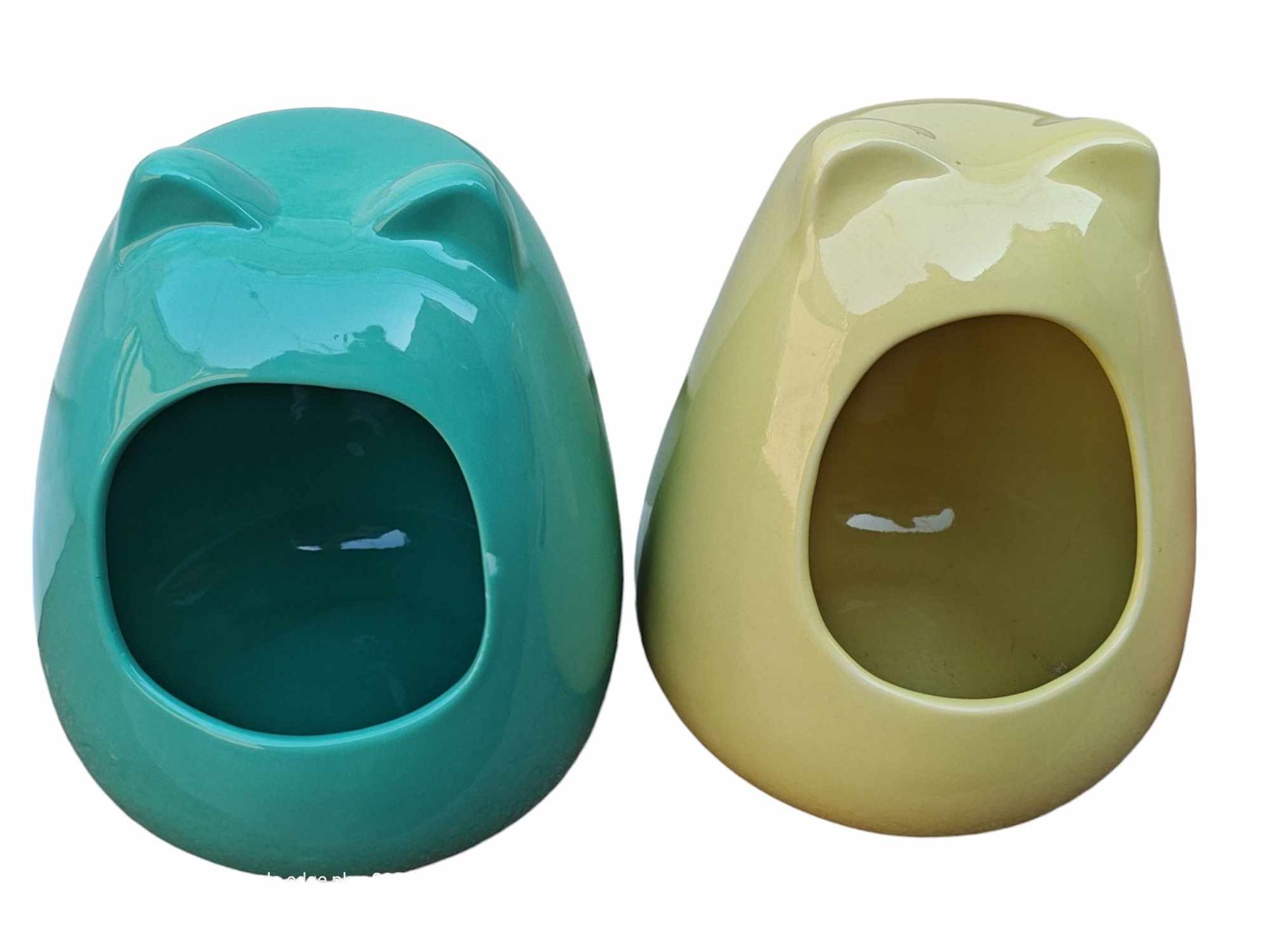
Slide title
Write your caption hereButton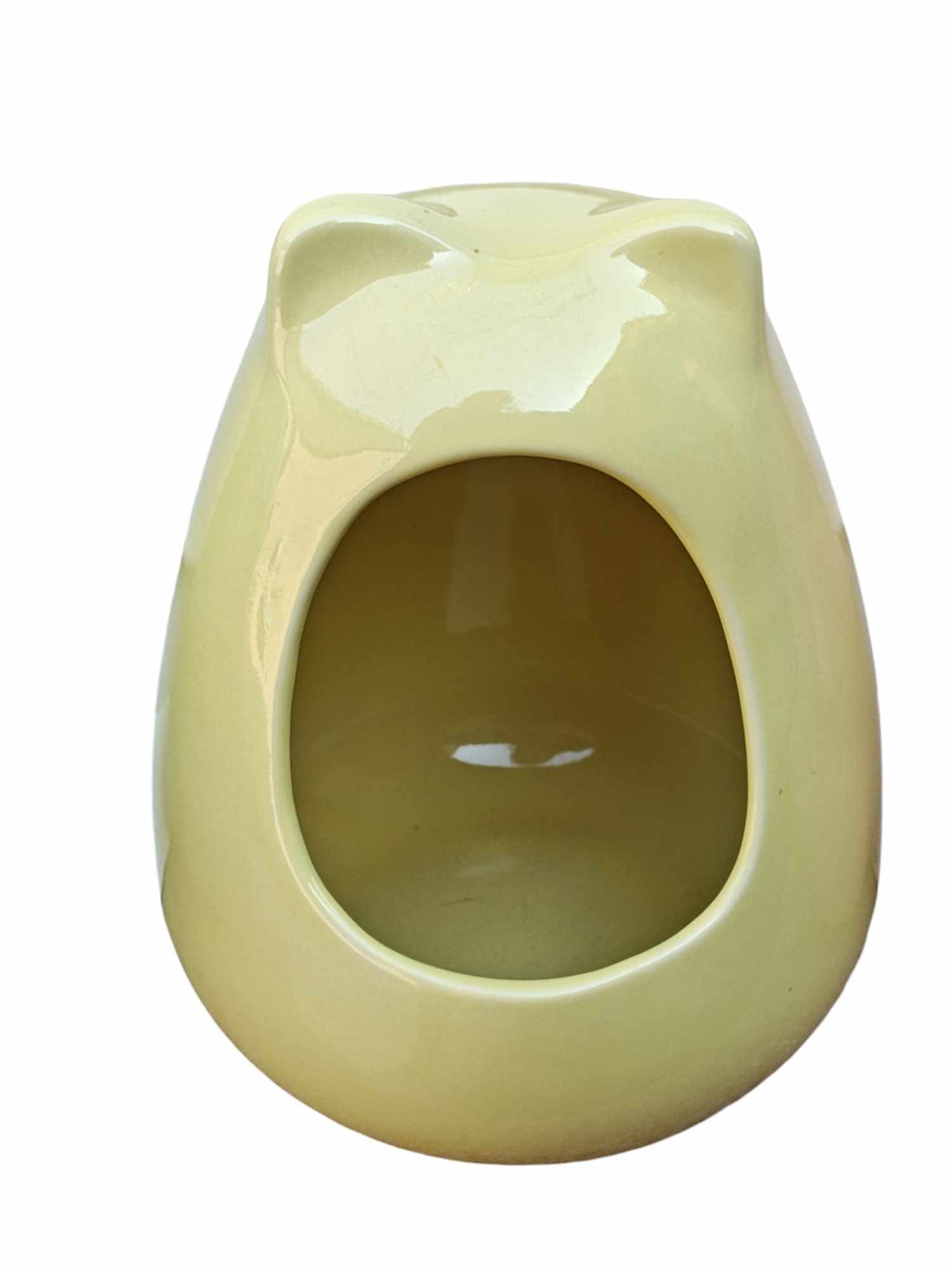
Slide title
Write your caption hereButton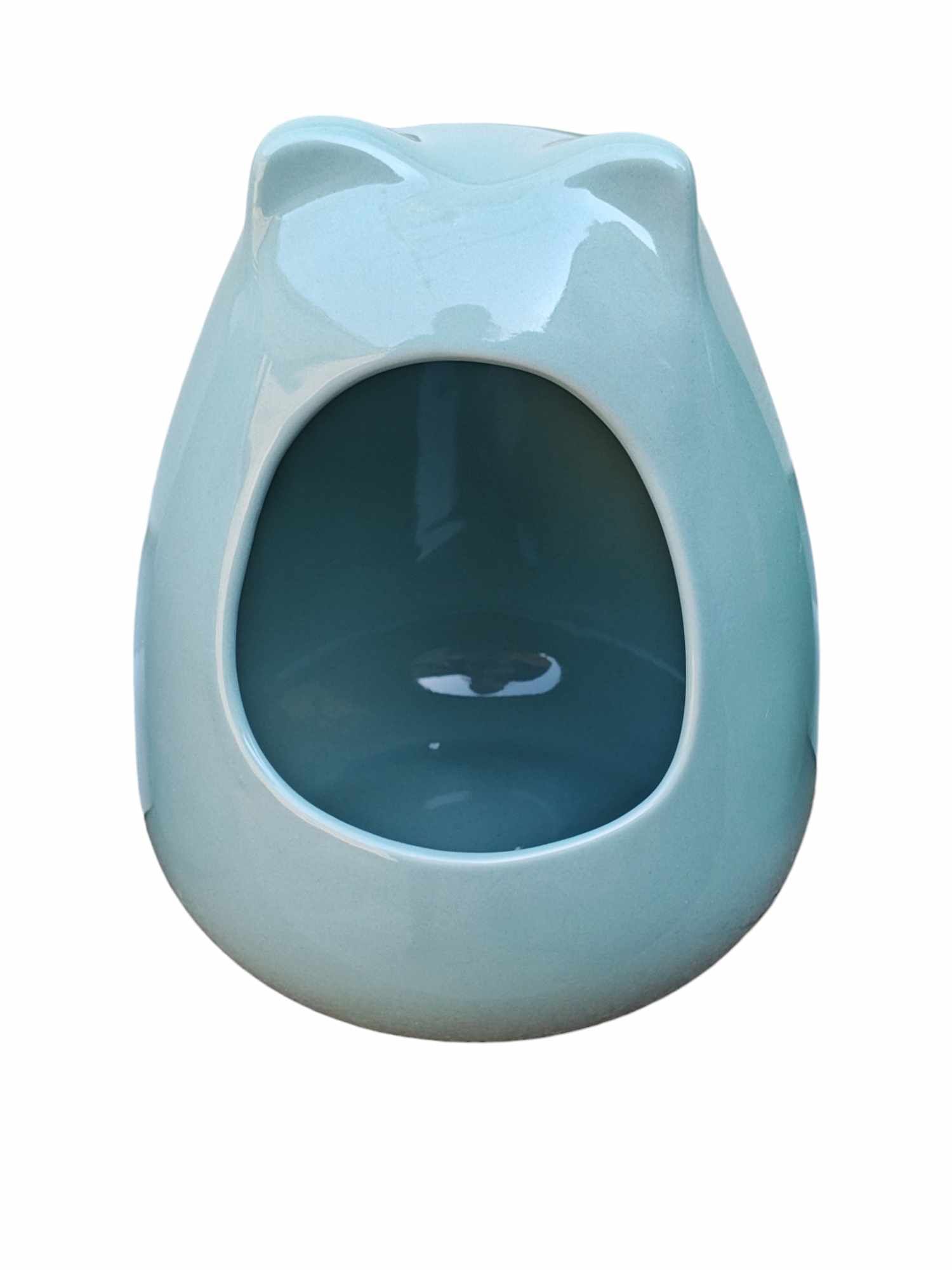
Slide title
Write your caption hereButton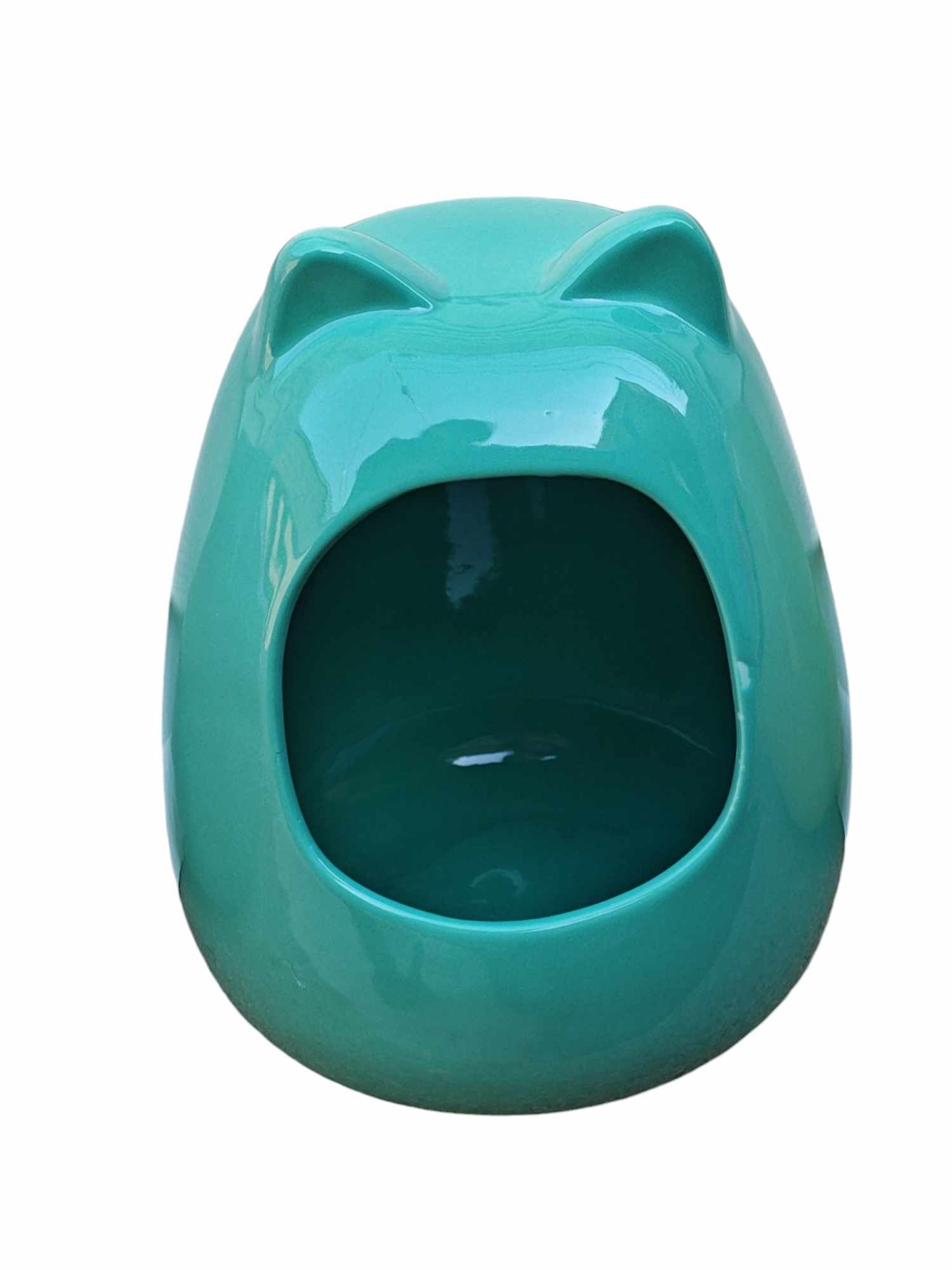
Slide title
Write your caption hereButton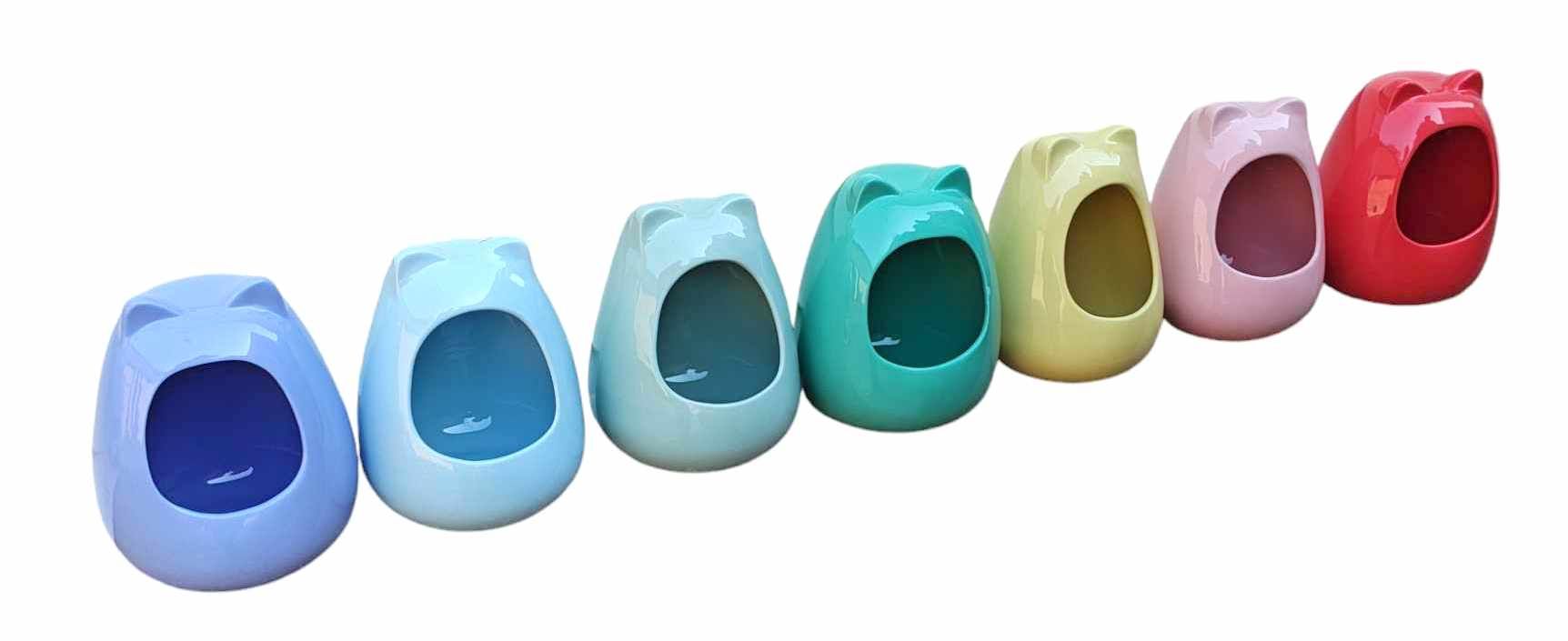
Slide title
Write your caption hereButton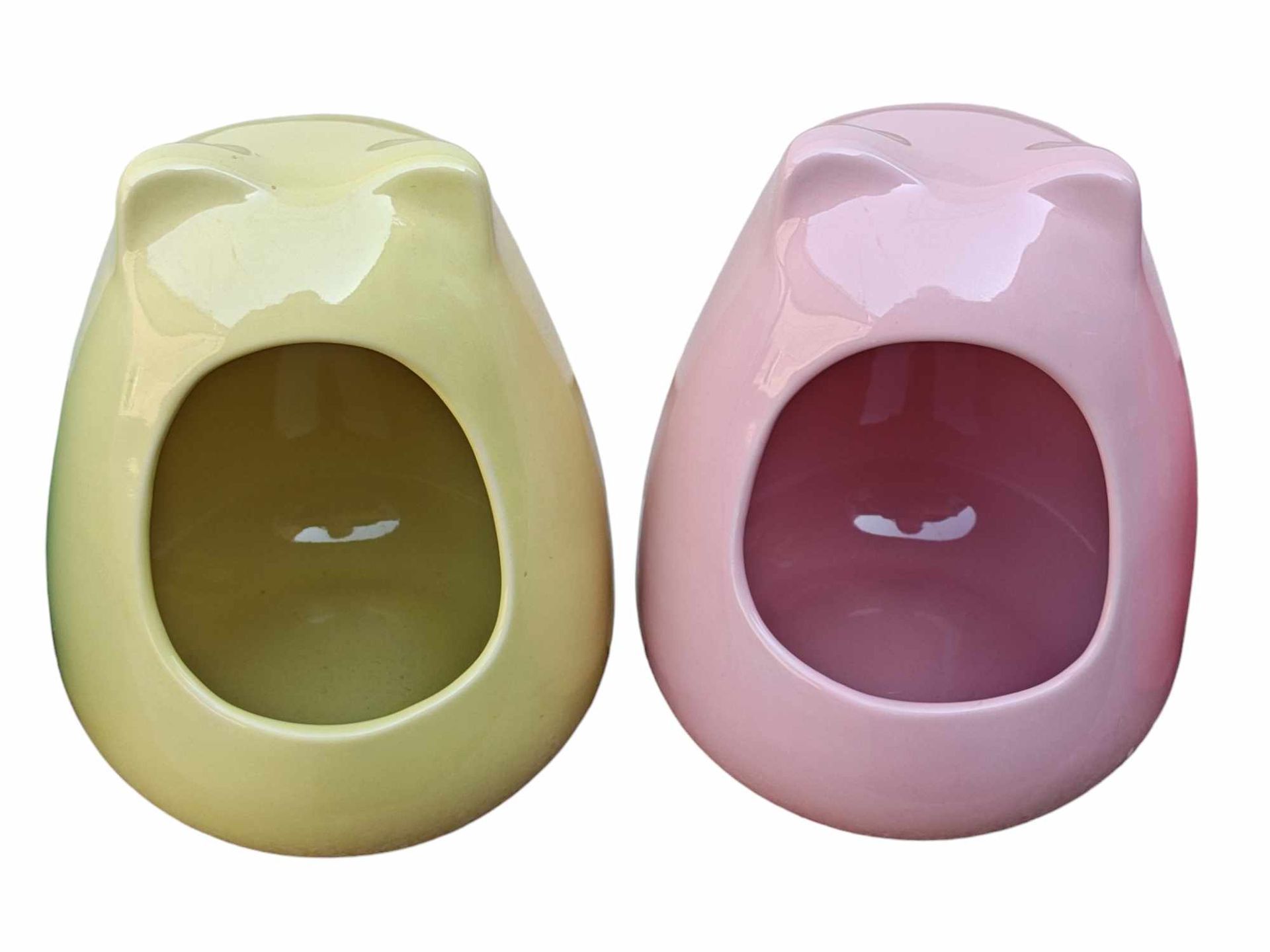
Slide title
Write your caption hereButton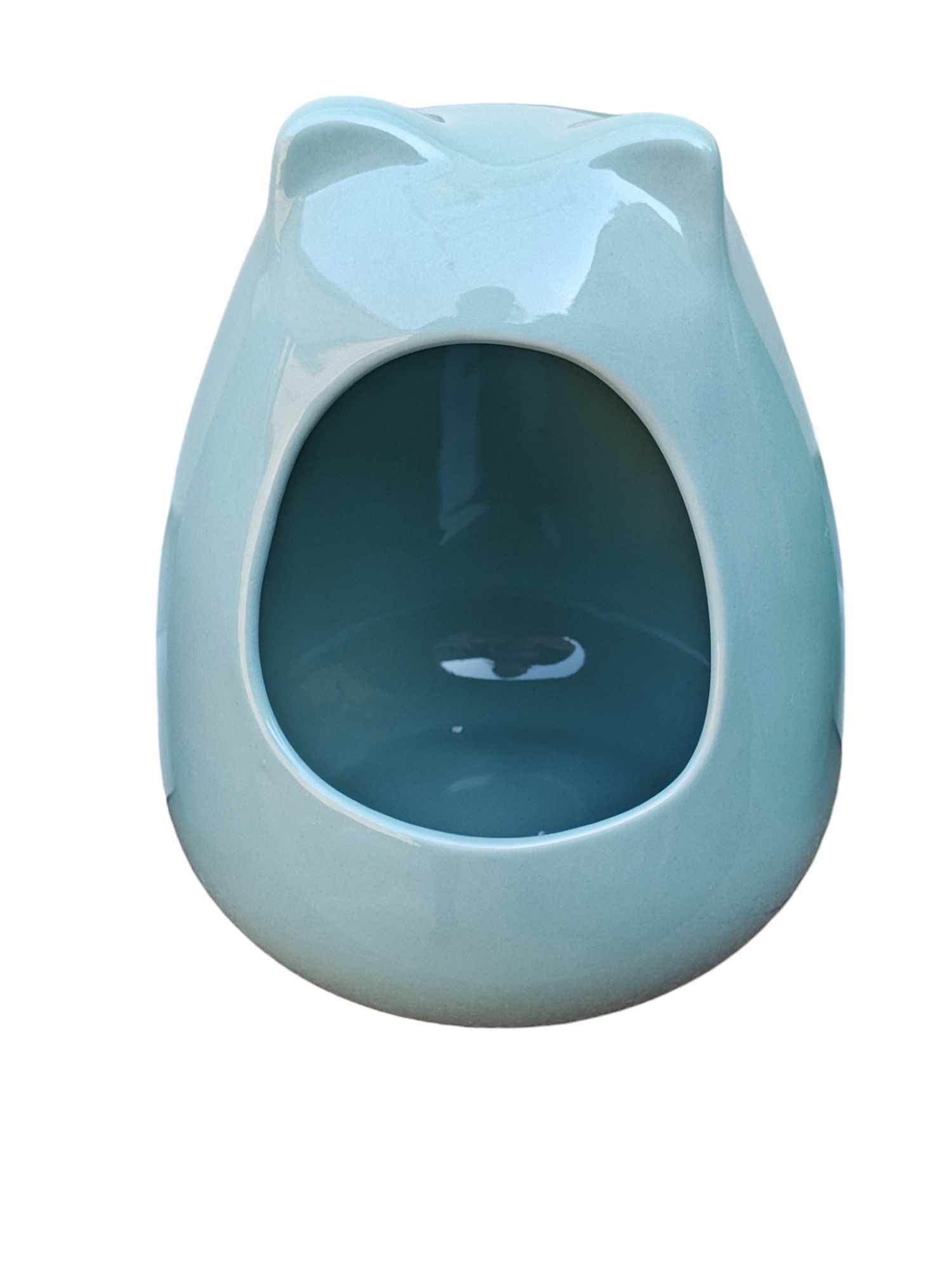
Slide title
Write your caption hereButton
Ceramic House (Dust Bath or For Hay or Food
-
Details $35.99
This House comes in many colors and is easliy washable and weighs 2 pounds, so not easy for pets to move work great as a Dust bath and Ferret owners love it for food keeps from making a mess. GuineaPig owners se it for Hay bins and so much more Ceramic Chinchilla Bath house Easy to use and Washable, Heavy so pets don't move it around to much. It has a nice wide opening for your large chucky chillys. It even makes a great feeder for Guinea pigs and Ferret that way they can eat and not make a mess Ferrets also love it a bed or litter box they cant move around a lot. We also Offer with Dust or Dust itself just click in options. We have also found that putting your ferrets food in this keeps them from spilling their food everywhere and keeps it neat, Also been used for Snuggle homes for many pets it has Many many uses and with easy to clean Every pet could use one of these. Comes in Pink, Yellow and Green size is approximately 9 inches tall 7 inches wide 6 inches deep -Opening is 4" circle
We do not accept returns Please be mindfully of the measurements. This ceramic bath house is the largest on the market but if your chinchilla is overly large or obese they may not fit their full body into the house even though they are able to still use it you may try other options.
Chinchilla Dust we had this especially made .. Volcanic Ash Dust Bath ALL Natural, NO Fillers, Removes Oils the way nature intended it for Chinchillas and small mammals (Degus, Hamsters, Gerbils, Jerobas and more) its Anti-Bacteria and Deodorizing. Our bags are Resealable 2# of the best dust you will find anywhere!! We have 2# bags we also offer small 3oz small bags for small rodents for the mini Bath house. We Have Ceramic Bath houses as well that you can add to your order or do a Kit which has a Chinchilla Bath House with a 2# bag of Dust. Made at High Temp so safe for your pets.
Slide title
Write your caption hereButton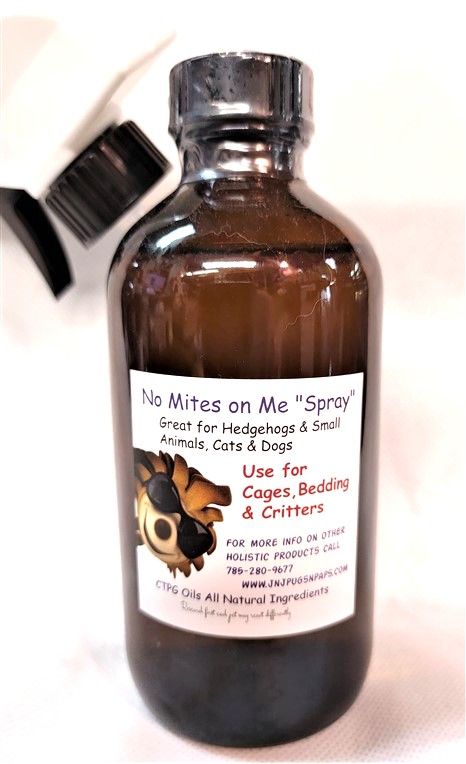
Slide title
Write your caption hereButton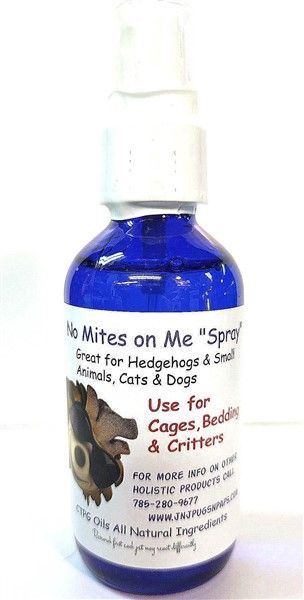
Slide title
Write your caption hereButtonSlide title
Write your caption hereButton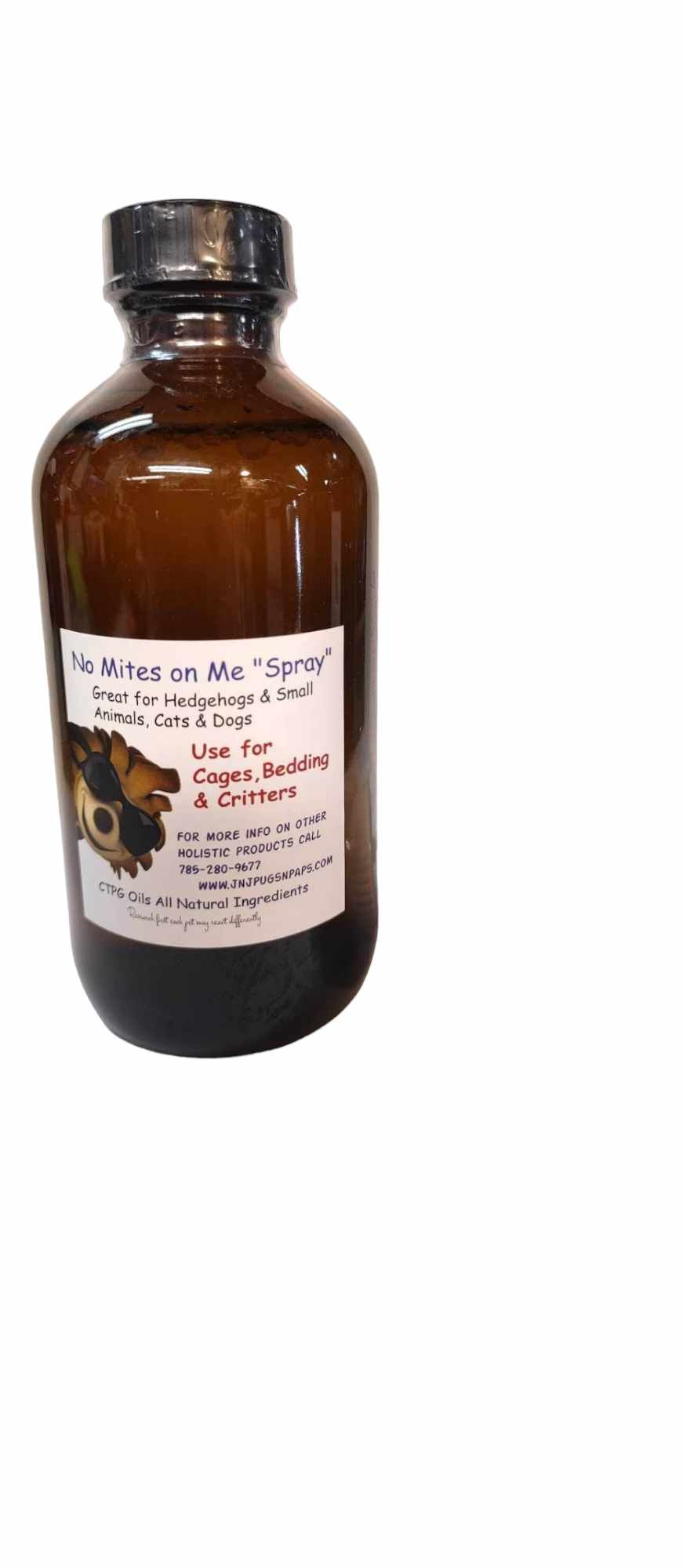
Slide title
Write your caption hereButton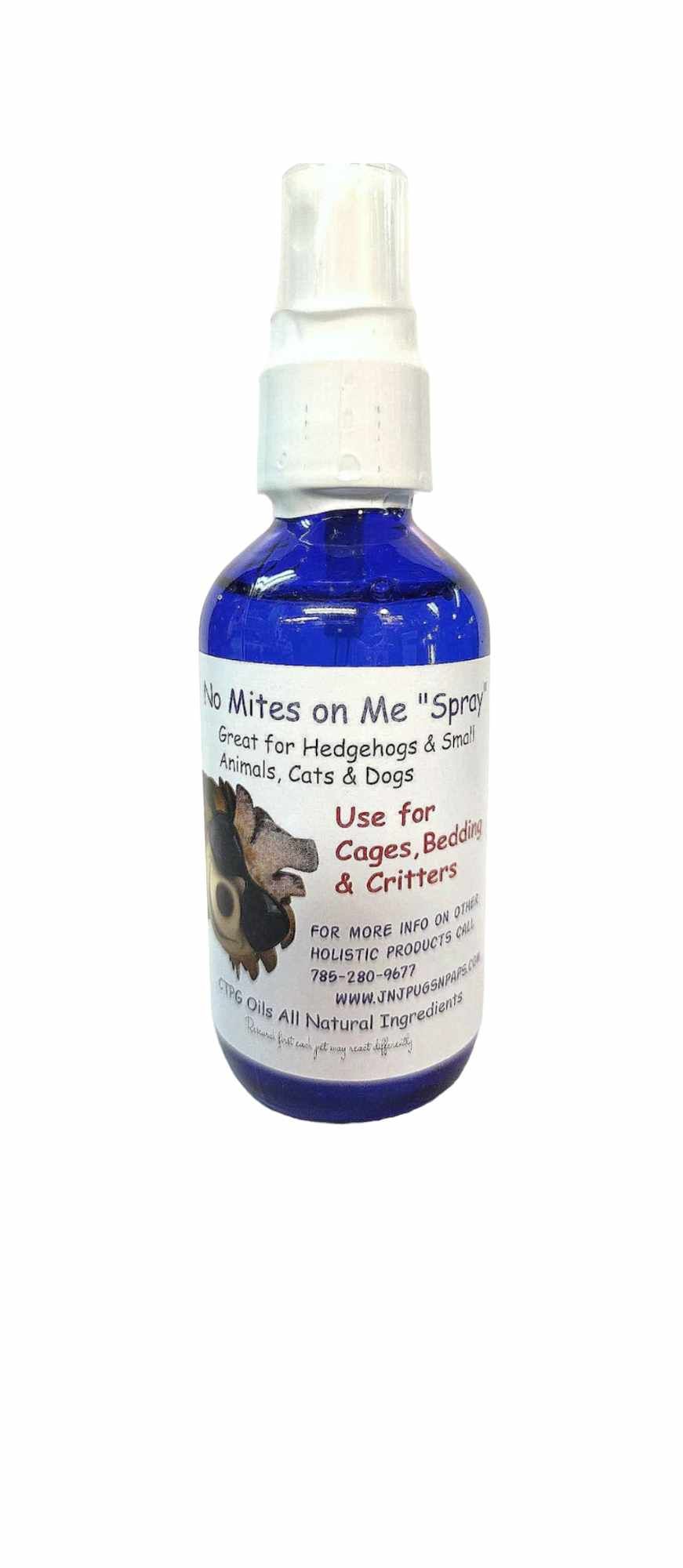
Slide title
Write your caption hereButton
Mite Spray
-
Details $15.00 TO $48.99
Works amazing for preventative and spray after baths for mites. Safe for direct spray on pet and cages. Kill mites right away and keep bugs away for good amount for time. We offer a whole line of natural holistic sprays for hedgies, guinea pigs, and many other pets. Made here and completely safe for all pets. Calming spray, no mites on me spray (lasts a long time 4oz) all natural ingredients.
Mite Spray is now offered in large size for multiple pet homes, breeders, rescues, and more. Just choose your size.
OTHER KITS WE OFFER ARE:
Deluxe Kit includes: Cage Spray, Fungi Spray, Mite Spray, Calming Spray, Bonding Bag & Free Bath Bomb
Cavy Care Kit includes: Cage Spray, Fungi Spray, Bonding Bag & Free Bath Bomb
Hedgehog Care Kit includes: Fungi Spray, Mite Spray, Calming Spray, & Free Bath Bomb
You can also add to your cart just the Individual sprays etc. thanks again have a purrfect day!
Calming spray- you can spray your hedgie, Guinea Pig Rat, Cat or Dog or their enclosure its been proven to help calm during times of stress, thunderstorms going to the vets office, boarding even meeting new people just spray and let them relax. For calming spray you can spray pet their carriers bedding or cages it works great for dogs or cats in storms and there is no limit to how much to use what helps your pet and makes them comfortable
No Mites- on me spray you can spray your hedgie or Other Small pet or their enclosure it is great for those times your pet comes into contact or gets mites. Spray on them & there enclosure and get rid of them quick. ALWAYS RESEARCH and do small test to see if your pets likes anything new. THIS IS FOR MITES or fleas (little black bugs that you can see with eyes) Not demodex or sarcoptic mange mite) It works well for these but those must be seen by vets and some are so bad cases they may need something very strong, We have used them for these type of under the skin infections or parasites but the product was intended for regular mites & fleas and preventive
For Fungus or Ringworm -Bath pet be sure to wear gloves, scrub the area well towel pet , Clean cage and spray all over with fungus spray some find it easier to spray on paper towel then wipe down cage. Then when pet has dried spray pet affected areas if face spray fingers and wipe well around eyes. Repeat spraying two times a day and bath every 2 days at least 3 times should be all cleared by the end of treatment. Our Fungi Spray you can spray your Guinea pig ,Cat or Hedgehog or any small animal or their enclosure its been proven to help cut down and eliminate Fungus spores and on your pet after a great bath with our bath bombs spray the ringworm or affected area, feet etc. of you pet to clear up Fungus & Bacteria fast! . (This product is meant for fungus/bacteria of many types and meant to be used regularly to clear up problem areas) ITS NOT JUST FOR TROUBLED TIMES ...BE SURE TO USE MONTHLY AND RUB IN ALL OVER FOR A PREVENTATIVE AND SKIN CONDITIONER YOUR PET WILL LOVE !!
I make Bath and Sprays and many other items for Exotics and other small animals that are made all natural products certified therapeutic CPTG oils and many other natural items. For Hedgehogs, Guinea Pigs, Hairless Rats and Mice, Hamsters, Cats, Dogs and so many more even Reptiles. They are made by me with each ingredient carefully in the correct amounts and have used on all my animals for many years and are very safe and so helpful for many ailments or just to keep your pet healthy as possible. Always research and do small test to see if your pets likes anything new.
For Sprays- you can Spray pet after bath or in between as well as cages and bedding, for Mite spray once a week for preventative, if has mites we recommend bathing with our bath bomb then towel off (its a No Rinse bath)spray pet well rub in, then spray cage and bedding once you have cleaned the cage thoroughly. Repeat every other day for at least 2 times.
For Fungus or Ringworm Bath- pet be sure to wear gloves, scrub the area well towel pet , Clean cage and spray all over with fungus spray some find it easier to spray on paper towel then wipe down cage. Then when pet has dried spray pet affected areas if face spray fingers and wipe well around eyes. Repeat spraying two times a day and bath every 2 days at least 3 times should be all cleared by the end of treatment
For more all Natural products or pets Email, message or call anytime You tube links are shown to help you as well thanks again
(No products are ever to be used in place of good quality veterinary care, some pet may need a clear diagnosis by skin scraping or more first or if severe)Our products come with a full instruction card and again i could list every single mite, bug and fungus in the world, that it works for or helps or tell you that vet care for animals are important but i dont think you want to read another 10 pages of things that are not relevant to this product if you do wish to have more information call me or message me anytime so we can talk . I have always answered the calls i have gotten over the 30 years i have been using my products on our animals we raise and all the Rescues we take in and rehab.
Slide title
Write your caption hereButton
Cleaning Spray
-
Details $17.99 TO $27.99
An all Natural Natural CPTG Oils based Cleanser for cages bedding and more kills germs and smells on contact and safe for even your most sensitive pets Be sure to wipe down all over and let dry completely then return pet to home or bedding This is a bottle of Cage cleaner and Freshener for their enclosure its been proven to help cut down and eliminate Germs, mites, fungus and more.
OTHER KITS WE OFFER ARE:
Deluxe Kit includes: Cage Spray, Fungi Spray, Mite Spray, Calming Spray, Bonding Bag & Free Bath Bomb
Cavy Care Kit includes: Cage Spray, Fungi Spray, Bonding Bag & Free Bath Bomb
Hedgehog Care Kit includes: Fungi Spray, Mite Spray, Calming Spray, & Free Bath Bomb
You can also add to your cart just the Individual sprays etc. thanks again have a purrfect day!
Calming spray- you can spray your hedgie, Guinea Pig Rat, Cat or Dog or their enclosure its been proven to help calm during times of stress, thunderstorms going to the vets office, boarding even meeting new people just spray and let them relax. For calming spray you can spray pet their carriers bedding or cages it works great for dogs or cats in storms and there is no limit to how much to use what helps your pet and makes them comfortable
No Mites- on me spray you can spray your hedgie or Other Small pet or their enclosure it is great for those times your pet comes into contact or gets mites. Spray on them & there enclosure and get rid of them quick. ALWAYS RESEARCH and do small test to see if your pets likes anything new. THIS IS FOR MITES or fleas (little black bugs that you can see with eyes) Not demodex or sarcoptic mange mite) It works well for these but those must be seen by vets and some are so bad cases they may need something very strong, We have used them for these type of under the skin infections or parasites but the product was intended for regular mites & fleas and preventive
For Fungus or Ringworm -Bath pet be sure to wear gloves, scrub the area well towel pet , Clean cage and spray all over with fungus spray some find it easier to spray on paper towel then wipe down cage. Then when pet has dried spray pet affected areas if face spray fingers and wipe well around eyes. Repeat spraying two times a day and bath every 2 days at least 3 times should be all cleared by the end of treatment. Our Fungi Spray you can spray your Guinea pig ,Cat or Hedgehog or any small animal or their enclosure its been proven to help cut down and eliminate Fungus spores and on your pet after a great bath with our bath bombs spray the ringworm or affected area, feet etc. of you pet to clear up Fungus & Bacteria fast! . (This product is meant for fungus/bacteria of many types and meant to be used regularly to clear up problem areas) ITS NOT JUST FOR TROUBLED TIMES ...BE SURE TO USE MONTHLY AND RUB IN ALL OVER FOR A PREVENTATIVE AND SKIN CONDITIONER YOUR PET WILL LOVE !!
I make Bath and Sprays and many other items for Exotics and other small animals that are made all natural products certified therapeutic CPTG oils and many other natural items. For Hedgehogs, Guinea Pigs, Hairless Rats and Mice, Hamsters, Cats, Dogs and so many more even Reptiles. They are made by me with each ingredient carefully in the correct amounts and have used on all my animals for many years and are very safe and so helpful for many ailments or just to keep your pet healthy as possible. Always research and do small test to see if your pets likes anything new.
For Sprays- you can Spray pet after bath or in between as well as cages and bedding, for Mite spray once a week for preventative, if has mites we recommend bathing with our bath bomb then towel off (its a No Rinse bath)spray pet well rub in, then spray cage and bedding once you have cleaned the cage thoroughly. Repeat every other day for at least 2 times.
For Fungus or Ringworm Bath- pet be sure to wear gloves, scrub the area well towel pet , Clean cage and spray all over with fungus spray some find it easier to spray on paper towel then wipe down cage. Then when pet has dried spray pet affected areas if face spray fingers and wipe well around eyes. Repeat spraying two times a day and bath every 2 days at least 3 times should be all cleared by the end of treatment
For more all Natural products or pets Email, message or call anytime You tube links are shown to help you as well thanks again
(No products are ever to be used in place of good quality veterinary care, some pet may need a clear diagnosis by skin scraping or more first or if severe)Our products come with a full instruction card and again i could list every single mite, bug and fungus in the world, that it works for or helps or tell you that vet care for animals are important but i dont think you want to read another 10 pages of things that are not relevant to this product if you do wish to have more information call me or message me anytime so we can talk . I have always answered the calls i have gotten over the 30 years i have been using my products on our animals we raise and all the Rescues we take in and rehab.
Slide title
Write your caption hereButton
Slide title
Write your caption hereButton
Slide title
Write your caption hereButtonSlide title
Write your caption hereButton
Slide title
Write your caption hereButton
Slide title
Write your caption hereButton
Mite Spray
-
Details $17.99 TO $109.99
Works amazing for preventative and spray after baths for mites. Safe for direct spray on pet and cages. Kill mites right away and keep bugs away for good amount for time. We offer a whole line of natural holistic sprays for hedgies, guinea pigs, and many other pets. Made here and completely safe for all pets. Calming spray, no mites on me spray (lasts a long time 4oz) all natural ingredients.
Mite Spray is now offered in large size for multiple pet homes, breeders, rescues, and more. Just choose your size.
OTHER KITS WE OFFER ARE:
Deluxe Kit includes: Cage Spray, Fungi Spray, Mite Spray, Calming Spray, Bonding Bag & Free Bath Bomb
Cavy Care Kit includes: Cage Spray, Fungi Spray, Bonding Bag & Free Bath Bomb
Hedgehog Care Kit includes: Fungi Spray, Mite Spray, Calming Spray, & Free Bath Bomb
You can also add to your cart just the Individual sprays etc. thanks again have a purrfect day!
Calming spray- you can spray your hedgie, Guinea Pig Rat, Cat or Dog or their enclosure its been proven to help calm during times of stress, thunderstorms going to the vets office, boarding even meeting new people just spray and let them relax. For calming spray you can spray pet their carriers bedding or cages it works great for dogs or cats in storms and there is no limit to how much to use what helps your pet and makes them comfortable
No Mites- on me spray you can spray your hedgie or Other Small pet or their enclosure it is great for those times your pet comes into contact or gets mites. Spray on them & there enclosure and get rid of them quick. ALWAYS RESEARCH and do small test to see if your pets likes anything new. THIS IS FOR MITES or fleas (little black bugs that you can see with eyes) Not demodex or sarcoptic mange mite) It works well for these but those must be seen by vets and some are so bad cases they may need something very strong, We have used them for these type of under the skin infections or parasites but the product was intended for regular mites & fleas and preventive
For Fungus or Ringworm -Bath pet be sure to wear gloves, scrub the area well towel pet , Clean cage and spray all over with fungus spray some find it easier to spray on paper towel then wipe down cage. Then when pet has dried spray pet affected areas if face spray fingers and wipe well around eyes. Repeat spraying two times a day and bath every 2 days at least 3 times should be all cleared by the end of treatment. Our Fungi Spray you can spray your Guinea pig ,Cat or Hedgehog or any small animal or their enclosure its been proven to help cut down and eliminate Fungus spores and on your pet after a great bath with our bath bombs spray the ringworm or affected area, feet etc. of you pet to clear up Fungus & Bacteria fast! . (This product is meant for fungus/bacteria of many types and meant to be used regularly to clear up problem areas) ITS NOT JUST FOR TROUBLED TIMES ...BE SURE TO USE MONTHLY AND RUB IN ALL OVER FOR A PREVENTATIVE AND SKIN CONDITIONER YOUR PET WILL LOVE !!
I make Bath and Sprays and many other items for Exotics and other small animals that are made all natural products certified therapeutic CPTG oils and many other natural items. For Hedgehogs, Guinea Pigs, Hairless Rats and Mice, Hamsters, Cats, Dogs and so many more even Reptiles. They are made by me with each ingredient carefully in the correct amounts and have used on all my animals for many years and are very safe and so helpful for many ailments or just to keep your pet healthy as possible. Always research and do small test to see if your pets likes anything new.
For Sprays- you can Spray pet after bath or in between as well as cages and bedding, for Mite spray once a week for preventative, if has mites we recommend bathing with our bath bomb then towel off (its a No Rinse bath)spray pet well rub in, then spray cage and bedding once you have cleaned the cage thoroughly. Repeat every other day for at least 2 times.
For Fungus or Ringworm Bath- pet be sure to wear gloves, scrub the area well towel pet , Clean cage and spray all over with fungus spray some find it easier to spray on paper towel then wipe down cage. Then when pet has dried spray pet affected areas if face spray fingers and wipe well around eyes. Repeat spraying two times a day and bath every 2 days at least 3 times should be all cleared by the end of treatment
For more all Natural products or pets Email, message or call anytime You tube links are shown to help you as well thanks again
(No products are ever to be used in place of good quality veterinary care, some pet may need a clear diagnosis by skin scraping or more first or if severe)Our products come with a full instruction card and again i could list every single mite, bug and fungus in the world, that it works for or helps or tell you that vet care for animals are important but i dont think you want to read another 10 pages of things that are not relevant to this product if you do wish to have more information call me or message me anytime so we can talk . I have always answered the calls i have gotten over the 30 years i have been using my products on our animals we raise and all the Rescues we take in and rehab.
Slide title
Write your caption hereButton
Cleaning Spray
-
Details $21.99 TO $33.99
An all Natural Natural CPTG Oils based Cleanser for cages bedding and more kills germs and smells on contact and safe for even your most sensitive pets Be sure to wipe down all over and let dry completely then return pet to home or bedding This is a bottle of Cage cleaner and Freshener for their enclosure its been proven to help cut down and eliminate Germs, mites, fungus and more.
OTHER KITS WE OFFER ARE:
Deluxe Kit includes: Cage Spray, Fungi Spray, Mite Spray, Calming Spray, Bonding Bag & Free Bath Bomb
Cavy Care Kit includes: Cage Spray, Fungi Spray, Bonding Bag & Free Bath Bomb
Hedgehog Care Kit includes: Fungi Spray, Mite Spray, Calming Spray, & Free Bath Bomb
You can also add to your cart just the Individual sprays etc. thanks again have a purrfect day!
Calming spray- you can spray your hedgie, Guinea Pig Rat, Cat or Dog or their enclosure its been proven to help calm during times of stress, thunderstorms going to the vets office, boarding even meeting new people just spray and let them relax. For calming spray you can spray pet their carriers bedding or cages it works great for dogs or cats in storms and there is no limit to how much to use what helps your pet and makes them comfortable
No Mites- on me spray you can spray your hedgie or Other Small pet or their enclosure it is great for those times your pet comes into contact or gets mites. Spray on them & there enclosure and get rid of them quick. ALWAYS RESEARCH and do small test to see if your pets likes anything new. THIS IS FOR MITES or fleas (little black bugs that you can see with eyes) Not demodex or sarcoptic mange mite) It works well for these but those must be seen by vets and some are so bad cases they may need something very strong, We have used them for these type of under the skin infections or parasites but the product was intended for regular mites & fleas and preventive
For Fungus or Ringworm -Bath pet be sure to wear gloves, scrub the area well towel pet , Clean cage and spray all over with fungus spray some find it easier to spray on paper towel then wipe down cage. Then when pet has dried spray pet affected areas if face spray fingers and wipe well around eyes. Repeat spraying two times a day and bath every 2 days at least 3 times should be all cleared by the end of treatment. Our Fungi Spray you can spray your Guinea pig ,Cat or Hedgehog or any small animal or their enclosure its been proven to help cut down and eliminate Fungus spores and on your pet after a great bath with our bath bombs spray the ringworm or affected area, feet etc. of you pet to clear up Fungus & Bacteria fast! . (This product is meant for fungus/bacteria of many types and meant to be used regularly to clear up problem areas) ITS NOT JUST FOR TROUBLED TIMES ...BE SURE TO USE MONTHLY AND RUB IN ALL OVER FOR A PREVENTATIVE AND SKIN CONDITIONER YOUR PET WILL LOVE !!
I make Bath and Sprays and many other items for Exotics and other small animals that are made all natural products certified therapeutic CPTG oils and many other natural items. For Hedgehogs, Guinea Pigs, Hairless Rats and Mice, Hamsters, Cats, Dogs and so many more even Reptiles. They are made by me with each ingredient carefully in the correct amounts and have used on all my animals for many years and are very safe and so helpful for many ailments or just to keep your pet healthy as possible. Always research and do small test to see if your pets likes anything new.
For Sprays- you can Spray pet after bath or in between as well as cages and bedding, for Mite spray once a week for preventative, if has mites we recommend bathing with our bath bomb then towel off (its a No Rinse bath)spray pet well rub in, then spray cage and bedding once you have cleaned the cage thoroughly. Repeat every other day for at least 2 times.
For Fungus or Ringworm Bath- pet be sure to wear gloves, scrub the area well towel pet , Clean cage and spray all over with fungus spray some find it easier to spray on paper towel then wipe down cage. Then when pet has dried spray pet affected areas if face spray fingers and wipe well around eyes. Repeat spraying two times a day and bath every 2 days at least 3 times should be all cleared by the end of treatment
For more all Natural products or pets Email, message or call anytime You tube links are shown to help you as well thanks again
(No products are ever to be used in place of good quality veterinary care, some pet may need a clear diagnosis by skin scraping or more first or if severe)Our products come with a full instruction card and again i could list every single mite, bug and fungus in the world, that it works for or helps or tell you that vet care for animals are important but i dont think you want to read another 10 pages of things that are not relevant to this product if you do wish to have more information call me or message me anytime so we can talk . I have always answered the calls i have gotten over the 30 years i have been using my products on our animals we raise and all the Rescues we take in and rehab.

Slide title
Write your caption hereButtonSlide title
Write your caption hereButton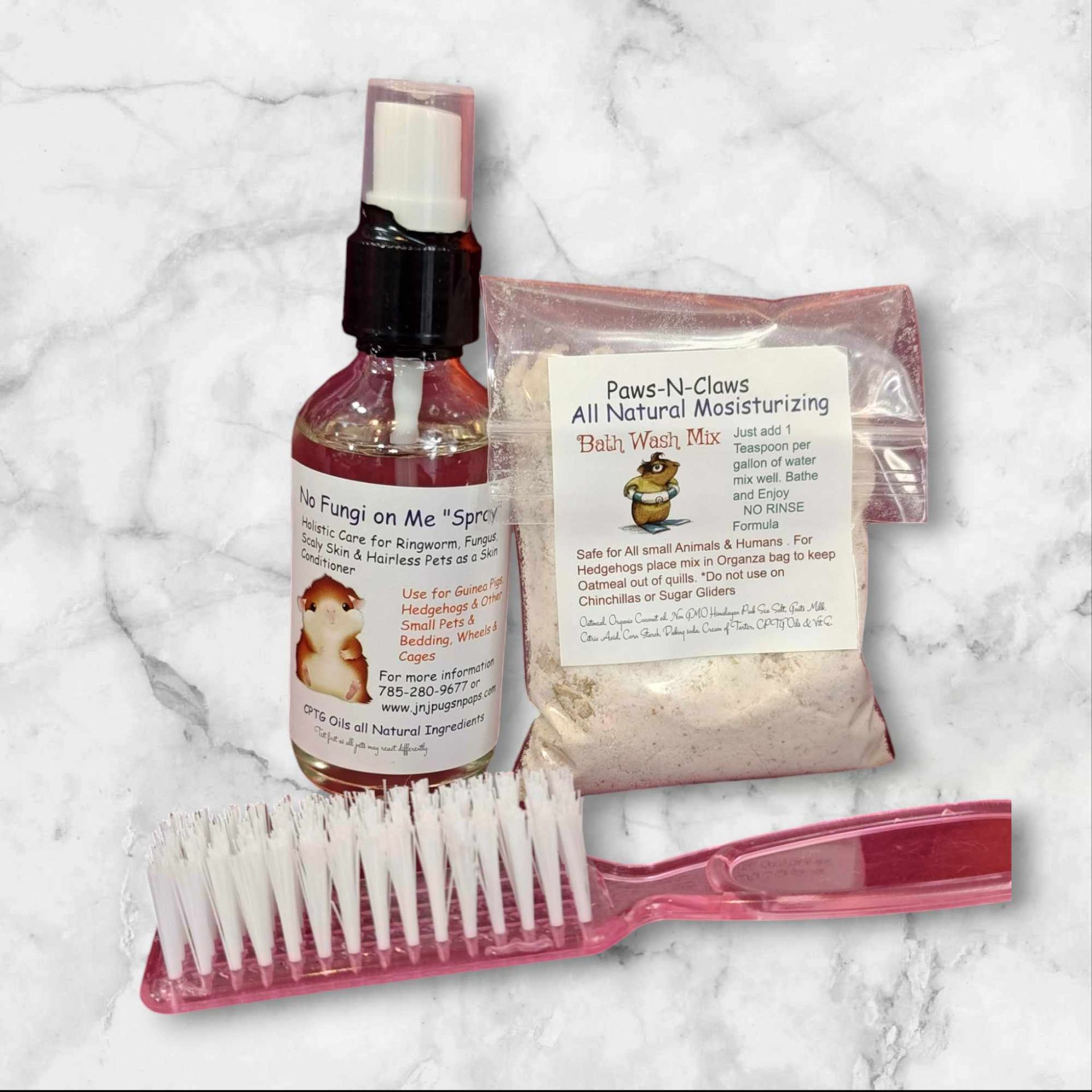
Slide title
Write your caption hereButton
Guinea Pig Spray Kit or Bath Kit
-
Details $54.99
Perfect to have everything you need on hand and even better gift for those who just got their new pet! Cavy Care Spray Kit includes cage spray, fungi spray, bonding bag, and free bath bomb (tip: fungi spray on solid wheel helps condition feet and poop sticks less much easier to clean wheel). This is a bottle of calming spray you can spray your hedgie, guinea pig, rat, cat, or dog or their enclosure. It’s been proven to help calm during times of stress, thunderstorms going to the vet’s office, boarding even meeting new people just spray and let them relax. I make bath and sprays and many other items for exotics and other small animals that are made all natural products certified therapeutic CPTG oils and other natural items.
For hedgehogs, guinea pigs, cats, dogs, and so many more even reptiles. They are made by me with each ingredient in perfect proportions and have used on all my animals for many years and are very safe and so helpful for many ailments or just to keep your pet healthy as possible. Always research and do small test to see if your pets like anything new.
OTHER KITS WE OFFER ARE:
Deluxe Kit includes: Cage Spray, Fungi Spray, Mite Spray, Calming Spray, Bonding Bag & Free Bath Bomb
Cavy Care Kit includes: Cage Spray, Fungi Spray, Bonding Bag & Free Bath Bomb
Hedgehog Kit includes: Calming Spray, Mite Spray, Fungi Spray, & bath mix Bag
Hedgehog Bath kit: Bath Brush, Bath Bag mix, and Mite Spray
Hedgehog Play N Spray kit: Play Spray and Toy
Hedgie Bath & Play Kit includes: Play Spray ,Toy,Bath Brush, Bath Bag mix, and Mite Spray
Guinea pig Bath kit : Bath Brush, Bath mix in bag, and Fungi Spray
You can also add to your cart just the Individual sprays etc. thanks again have a purrfect day!
Calming spray- you can spray your hedgie, Guinea Pig Rat, Cat or Dog or their enclosure its been proven to help calm during times of stress, thunderstorms going to the vets office, boarding even meeting new people just spray and let them relax. For calming spray you can spray pet their carriers bedding or cages it works great for dogs or cats in storms and there is no limit to how much to use what helps your pet and makes them comfortable
No Mites- on me spray you can spray your hedgie or Other Small pet or their enclosure it is great for those times your pet comes into contact or gets mites. Spray on them & there enclosure and get rid of them quick. ALWAYS RESEARCH and do small test to see if your pets likes anything new. THIS IS FOR MITES or fleas (little black bugs that you can see with eyes) Not demodex or sarcoptic mange mite) It works well for these but those must be seen by vets and some are so bad cases they may need something very strong, We have used them for these type of under the skin infections or parasites but the product was intended for regular mites & fleas and preventive
For Fungus or Ringworm -Bath pet be sure to wear gloves, scrub the area well towel pet , Clean cage and spray all over with fungus spray some find it easier to spray on paper towel then wipe down cage. Then when pet has dried spray pet affected areas if face spray fingers and wipe well around eyes. Repeat spraying two times a day and bath every 2 days at least 3 times should be all cleared by the end of treatment. Our Fungi Spray you can spray your Guinea pig ,Cat or Hedgehog or any small animal or their enclosure its been proven to help cut down and eliminate Fungus spores and on your pet after a great bath with our bath bombs spray the ringworm or affected area, feet etc. of you pet to clear up Fungus & Bacteria fast! . (This product is meant for fungus/bacteria of many types and meant to be used regularly to clear up problem areas) ITS NOT JUST FOR TROUBLED TIMES ...BE SURE TO USE MONTHLY AND RUB IN ALL OVER FOR A PREVENTATIVE AND SKIN CONDITIONER YOUR PET WILL LOVE !!
I make Bath and Sprays and many other items for Exotics and other small animals that are made all natural products certified therapeutic CPTG oils and many other natural items. For Hedgehogs, Guinea Pigs, Hairless Rats and Mice, Hamsters, Cats, Dogs and so many more even Reptiles. They are made by me with each ingredient carefully in the correct amounts and have used on all my animals for many years and are very safe and so helpful for many ailments or just to keep your pet healthy as possible. Always research and do small test to see if your pets likes anything new.
For Sprays- you can Spray pet after bath or in between as well as cages and bedding, for Mite spray once a week for preventative, if has mites we recommend bathing with our bath bomb then towel off (its a No Rinse bath)spray pet well rub in, then spray cage and bedding once you have cleaned the cage thoroughly. Repeat every other day for at least 2 times.
For Fungus or Ringworm Bath- pet be sure to wear gloves, scrub the area well towel pet , Clean cage and spray all over with fungus spray some find it easier to spray on paper towel then wipe down cage. Then when pet has dried spray pet affected areas if face spray fingers and wipe well around eyes. Repeat spraying two times a day and bath every 2 days at least 3 times should be all cleared by the end of treatment
For more all Natural products or pets Email, message or call anytime You tube links are shown to help you as well thanks again
(No products are ever to be used in place of good quality veterinary care, some pet may need a clear diagnosis by skin scraping or more first or if severe)Our products come with a full instruction card and again i could list every single mite, bug and fungus in the world, that it works for or helps or tell you that vet care for animals are important but i dont think you want to read another 10 pages of things that are not relevant to this product if you do wish to have more information call me or message me anytime so we can talk . I have always answered the calls i have gotten over the 30 years i have been using my products on our animals we raise and all the Rescues we take in and rehab.

Slide title
Write your caption hereButton
Slide title
Write your caption hereButton
Slide title
Write your caption hereButton
Slide title
Write your caption hereButton
Slide title
Write your caption hereButton
Slide title
Write your caption hereButton
Slide title
Write your caption hereButton
Slide title
Write your caption hereButton
Slide title
Write your caption hereButton
Slide title
Write your caption hereButton
Slide title
Write your caption hereButton
Slide title
Write your caption hereButton
Slide title
Write your caption hereButton
Slide title
Write your caption hereButton
Slide title
Write your caption hereButton
Slide title
Write your caption hereButton
Ceramic House (Dust Bath or For Hay or Food
-
Details $35.99
This House comes in many colors and is easliy washable and weighs 2 pounds, so not easy for pets to move work great as a Dust bath and Ferret owners love it for food keeps from making a mess. GuineaPig owners se it for Hay bins and so much more Ceramic Chinchilla Bath house Easy to use and Washable, Heavy so pets don't move it around to much. It has a nice wide opening for your large chucky chillys. It even makes a great feeder for Guinea pigs and Ferret that way they can eat and not make a mess Ferrets also love it a bed or litter box they cant move around a lot. We also Offer with Dust or Dust itself just click in options. We have also found that putting your ferrets food in this keeps them from spilling their food everywhere and keeps it neat, Also been used for Snuggle homes for many pets it has Many many uses and with easy to clean Every pet could use one of these. Comes in Pink, Yellow and Green size is approximately 9 inches tall 7 inches wide 6 inches deep -Opening is 4" circle
We do not accept returns Please be mindfully of the measurements. This ceramic bath house is the largest on the market but if your chinchilla is overly large or obese they may not fit their full body into the house even though they are able to still use it you may try other options.
Chinchilla Dust we had this especially made .. Volcanic Ash Dust Bath ALL Natural, NO Fillers, Removes Oils the way nature intended it for Chinchillas and small mammals (Degus, Hamsters, Gerbils, Jerobas and more) its Anti-Bacteria and Deodorizing. Our bags are Resealable 2# of the best dust you will find anywhere!! We have 2# bags we also offer small 3oz small bags for small rodents for the mini Bath house. We Have Ceramic Bath houses as well that you can add to your order or do a Kit which has a Chinchilla Bath House with a 2# bag of Dust. Made at High Temp so safe for your pets.
Super Deluxe Spray Kit
We decided to offer an AMAZING Deal. All three of our sprays and cage cleaning spray and large-size fleece snuggle sack and FREE bath in a bag bomb all in one kit.
-
Details $73.99 to $18.99
Deluxe Kit includes: Cage Spray, Fungi Spray
Mite Spray, Calming Spray, Bonding Bag & Free Bath Bomb
Cavy Care Kit includes: Cage Spray, Fungi Spray, Bonding Bag & Free Bath Bomb
Hedgehog Kit includes: Calming Spray, Mite Spray, Fungi Spray, & bath mix Bag
Hedgehog Bath kit: Bath Brush, Bath Bag mix, and Mite Spray
Hedgehog Play N Spray kit: Play Spray and Toy
Hedgie Bath & Play Kit includes: Play Spray ,Toy,Bath Brush, Bath Bag mix, and Mite Spray
Guinea pig Bath kit : Bath Brush, Bath mix in bag, and Fungi Spray
Perfect to have everything you need on hand and even better gift for those who just got their new pet! Deluxe Kit includes cage spray, fungi spray, mite spray, calming spray, bonding bag & free bath bomb (tip: fungi spray on solid wheel helps condition feet and poop sticks less much easier to clean wheel) this is a bottle of calming spray you can spray your hedgie, guinea pig, rat, cat, or dog or their enclosure. It’s been proven to help calm during times of stress, thunderstorms going to the vet’s office, boarding even meeting new people just spray and let them relax. I make bath and sprays and many other items for exotics and other small animals that are made all natural products certified therapeutic CPTG oils and other natural items.
For hedgehogs, guinea pigs, cats, dogs, and so many more even reptiles. They are made by me with each ingredient in perfect proportions and have used on all my animals for many years and are very safe and so helpful for many ailments or just to keep your pet healthy as possible. Always research and do small test to see if your pets like anything new.
$58.00 (shipping included in price)
Guinea Pig Care Groom & More (Cavy) Kit Pick by coat type
-
Details $130.00-155.00
This is the perfect way to start your new cavy ownership off to a great start wonderful for First Piggy owners or even Pros Kit will help you to take the best care of your shorthaired babies, Abbysianns, Americans, Teddys, Skinnies, and Wolverines.
We also have for longhairs and special rare cavys
Has all the items we use here from hay, nail trimmers, file, bonding bag, fungi spray, edible bowl, and treat perfect for keeping teeth trimmed and more. We also have a bag of the food used here (not pictured). items vary upon cavy and type Total will always be a huge savings or purchasing individually
(shipping including in price)
Fungi Spray
-
Details $17.99 to $109.99
Works amazing for preventative and spray after baths for fungus, ringworm, scaley skin, and more. Safe for direct spray on pet and cages. Helps clear away fungus spores. Spray all over cages and home and spray affected area. We offer a whole line of natural holistic sprays for hedgies, guinea pigs, and many other pets. Made here and completely safe for all pets. Calming spray, no mites on me spray (lasts a long time 4oz) all natural ingredients.
We use 100% organic coconut oil and paraben-free, but in case you still prefer no coconut oil, we do have an almond oil case Fungi Spray as well, just choose the coco-free option.
Fungi Spray is now offered in large size for multiple pet homes, breeders, rescues, and more. Just choose your size.
(shipping included in price, bottles can come in different colors than pictured)
4oz $15.00 (reg or coco-free)
14oz $50.00 (reg)
14oz $54.00 (coco-free)
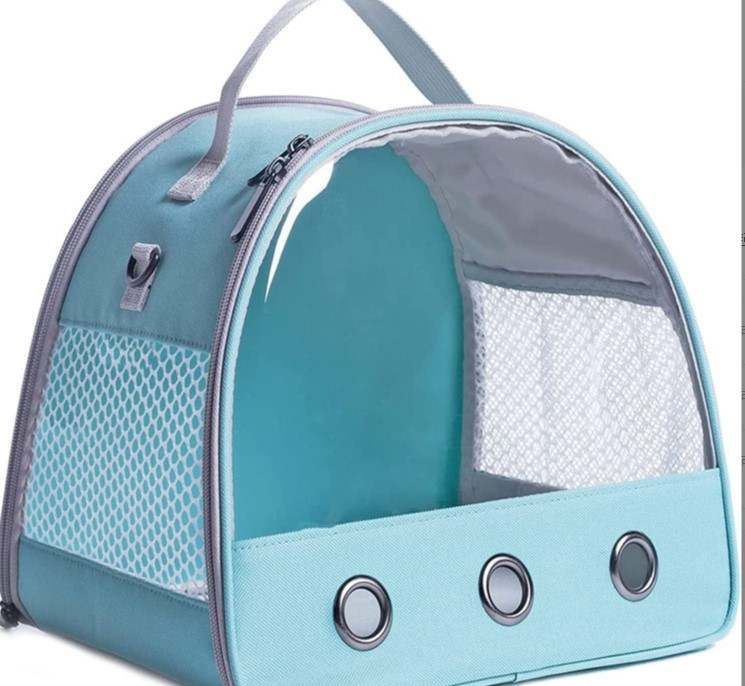
Slide title
Write your caption hereButton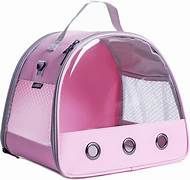
Slide title
Write your caption hereButton
Slide title
Write your caption hereButton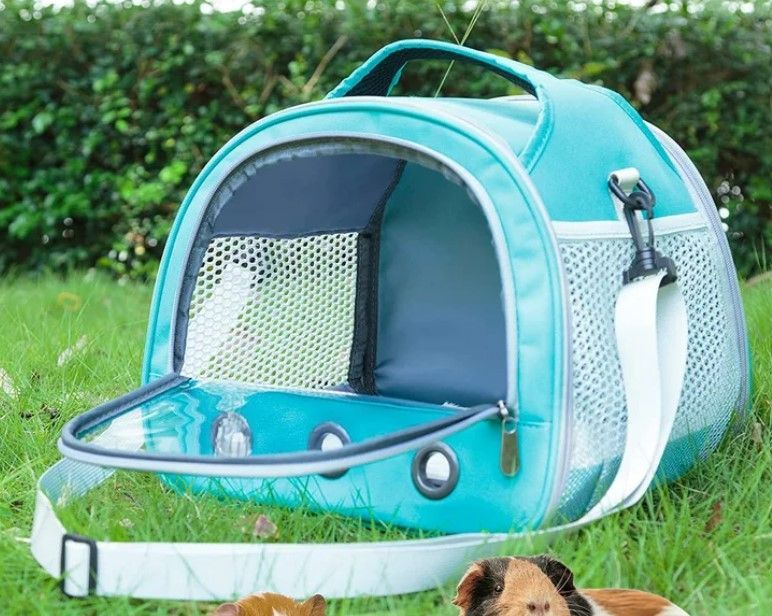
Slide title
Write your caption hereButton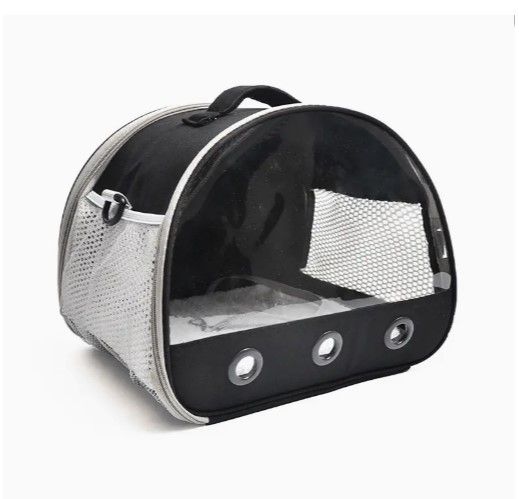
Slide title
Write your caption hereButton
"Take Me Home Carriers"
-
Details $26.99
We offer these for New pet parents to take home their new pet with we can also put these with parents or siblings before you arrive to make the transistion into your new home much more relaxed for your new baby They are very spacious great viewing to alawys watch your new littleone and nice and airy with easy handle or shoulder strap. Get a take home blanket as well and we can have your pet snuggling in comfy all the way to your new home. come in three colors Pink Black and Mint
Slide title
Write your caption hereButton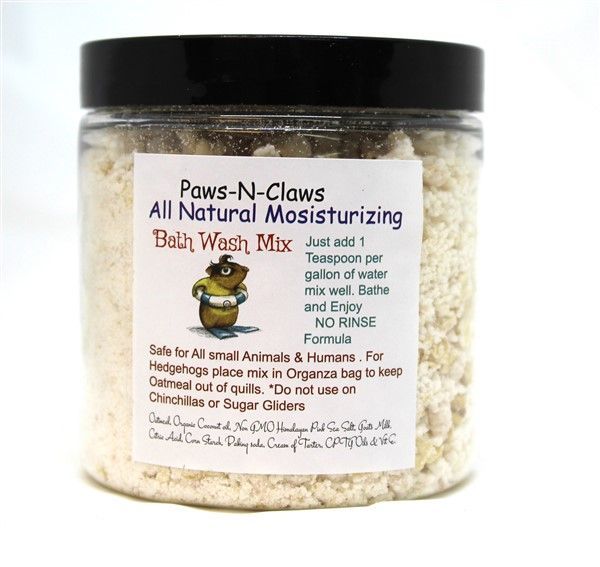
Slide title
Write your caption hereButtonSlide title
Write your caption hereButton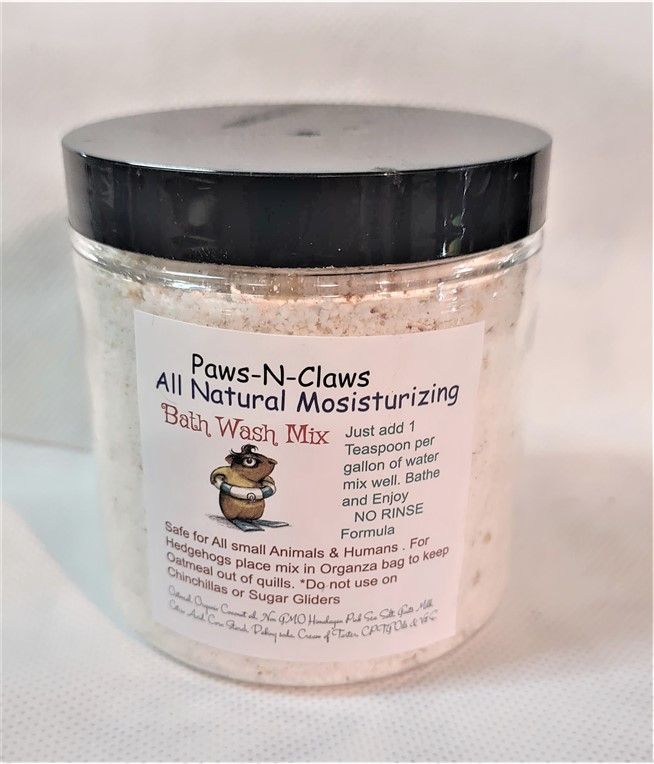
Slide title
Write your caption hereButton
"Bath No Rinse Mix"
-
Details $9.99 to $52.99
These are the best they leave your pet refreshed clean and well hydrated skin and no need to rinse just wash and go and the best part!! They work in the bag so no messy bits in your pets Quills or Fur just put the bag in the bath watch it fizz and squeeze leave bag in there for stronger effects.(Please note there is some fine particles so may have dust in shipping bag when arrives this IS NORMAL) Then just towel dry after you pet will be clean and smell and look great and you will love the ease.
We decided to offer a great Deal All Three of our Sprays & Cage cleaning Spray In one complete Kit OR WE HAVE MODIFIED KITS FOR YOUR NEEDS ( YOU MUST CHOOSE THE KIT THAT HAS WHAT YOU WOULD LIKE)
Deluxe Kit includes: Cage Spray, Fungi Spray, Mite Spray, Calming Spray, Bonding Bag & Free Bath Bomb
Full Care Kit includes: Cage Spray, Fungi Spray, Mite Spray, Calming Spray, & Free Bath Bomb
Cavy Care Kit includes: Cage Spray, Fungi Spray, Bonding Bag & Free Bath Bomb
Hedgehog Care Kit includes: Fungi Spray, Mite Spray, Calming Spray, & Free Bath Bomb
You can also add to your cart other individual spray etc. thanks again have a purrfect day!
Calming spray- you can spray your hedgie, Guinea Pig Rat, Cat or Dog or their enclosure its been proven to help calm during times of stress, thunderstorms going to the vets office, boarding even meeting new people just spray and let them relax. For calming spray you can spray pet their carriers bedding or cages it works great for dogs or cats in storms and there is no limit to how much to use what helps your pet and makes them comfortable
No Mites- on me spray you can spray your hedgie or Other Small pet or their enclosure it is great for those times your pet comes into contact or gets mites. Spray on them & there enclosure and get rid of them quick. ALWAYS RESEARCH and do small test to see if your pets likes anything new. THIS IS FOR MITES or fleas (little black bugs that you can see with eyes) Not demodex or sarcoptic mange mite) It works well for these but those must be seen by vets and some are so bad cases they may need something very strong, We have used them for these type of under the skin infections or parasites but the product was intended for regular mites & fleas and preventive
For Fungus or Ringworm -Bath pet be sure to wear gloves, scrub the area well towel pet , Clean cage and spray all over with fungus spray some find it easier to spray on paper towel then wipe down cage. Then when pet has dried spray pet affected areas if face spray fingers and wipe well around eyes. Repeat spraying two times a day and bath every 2 days at least 3 times should be all cleared by the end of treatment. Our Fungi Spray you can spray your Guinea pig ,Cat or Hedgehog or any small animal or their enclosure its been proven to help cut down and eliminate Fungus spores and on your pet after a great bath with our bath bombs spray the ringworm or affected area, feet etc. of you pet to clear up Fungus & Bacteria fast! . (This product is meant for fungus/bacteria of many types and meant to be used regularly to clear up problem areas) ITS NOT JUST FOR TROUBLED TIMES ...BE SURE TO USE MONTHLY AND RUB IN ALL OVER FOR A PREVENTATIVE AND SKIN CONDITIONER YOUR PET WILL LOVE !!
I make Bath and Sprays and many other items for Exotics and other small animals that are made all natural products certified therapeutic CPTG oils and many other natural items. For Hedgehogs, Guinea Pigs, Hairless Rats and Mice, Hamsters, Cats, Dogs and so many more even Reptiles. They are made by me with each ingredient carefully in the correct amounts and have used on all my animals for many years and are very safe and so helpful for many ailments or just to keep your pet healthy as possible. Always research and do small test to see if your pets likes anything new.
Calling all Hedgehog and Guinea Pig, Hamster ,Rodents & Cats and Dogs Tips and examples of how to use our products for your pets please check these out on you tube and Visit our website for many great all natural products for your pets www.jnjpugsnpaps.com or our Etsy store jnjpugsnpaps Located in Abilene ks we do ship/deliver Thanks call us anytime , Email or Message thanks
For Sprays- you can Spray pet after bath or in between as well as cages and bedding, for Mite spray once a week for preventative, if has mites we recommend bathing with our bath bomb then towel off (its a No Rinse bath)spray pet well rub in, then spray cage and bedding once you have cleaned the cage thoroughly. Repeat every other day for at least 2 times.
For Fungus or Ringworm Bath- pet be sure to wear gloves, scrub the area well towel pet , Clean cage and spray all over with fungus spray some find it easier to spray on paper towel then wipe down cage. Then when pet has dried spray pet affected areas if face spray fingers and wipe well around eyes. Repeat spraying two times a day and bath every 2 days at least 3 times should be all cleared by the end of treatment
For more all Natural products or pets Email, message or call anytime You tube links are shown to help you as well thanks again
(No products are ever to be used in place of good quality veterinary care, some pet may need a clear diagnosis by skin scraping or more first or if severe)Our products come with a full instruction card and again i could list every single mite, bug and fungus in the world, that it works for or helps or tell you that vet care for animals are important but i dont think you want to read another 10 pages of things that are not relevant to this product if you do wish to have more information call me or message me anytime so we can talk with you about it before complaining to Etsy without even contacting me thanks I have always answered the calls i have gotten over the 30 years i have been using my products on our animals we raise and all the Rescues we take in and rehab.
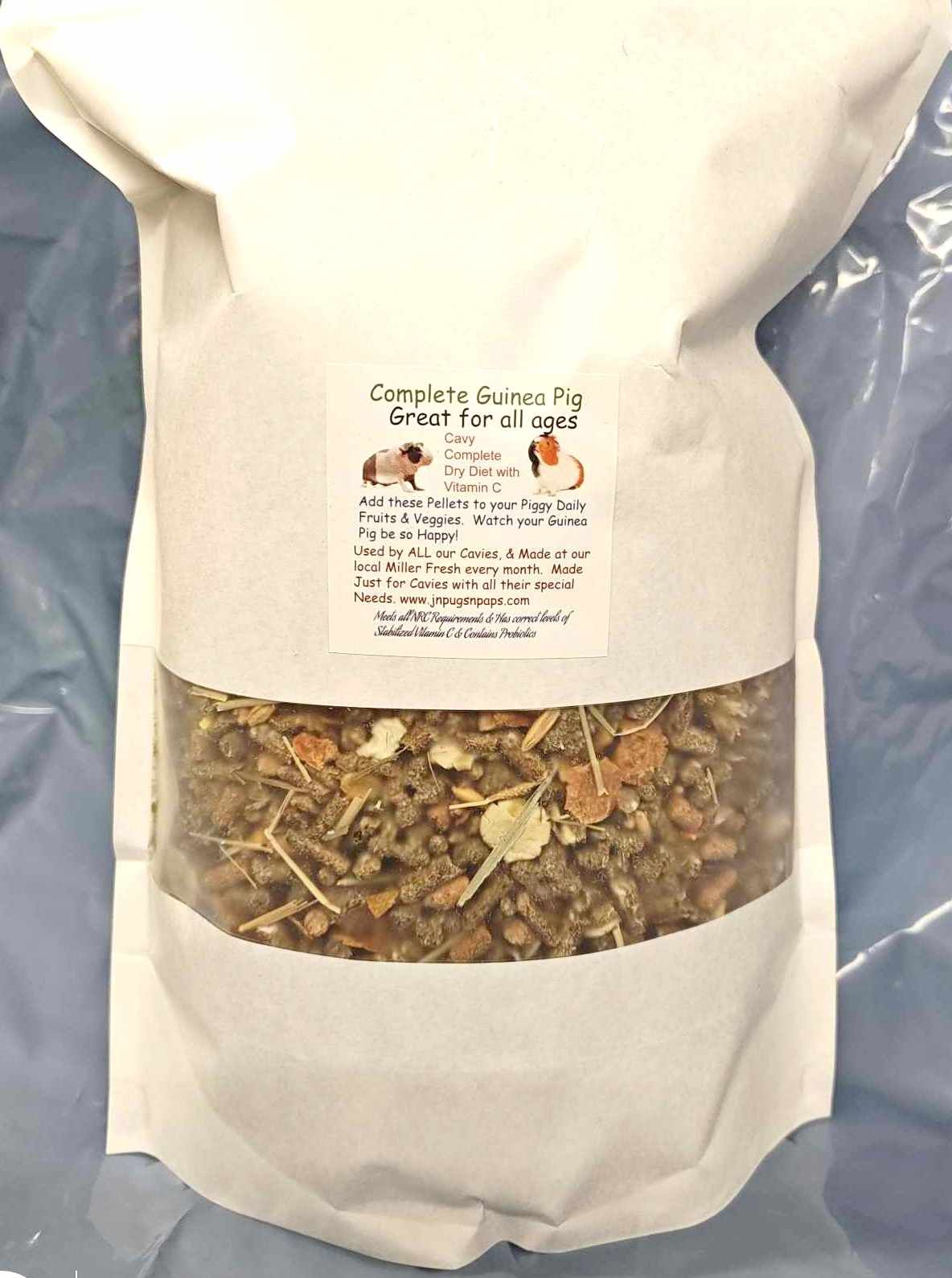
Guinea Pig Diet "Our Extreme Blend"
-
Details $23.99 to $108.99
Food is Made specifically for us and made fresh , Not mass produced THIS IS A MIX OF SHOW GRAINS BLENED WITH OUR STAPLE PELLETS
Guinea Pig Diet "Our Blend"
-
Details $19.99 to $105.99
Food is Made specifically for us and made fresh , Not mass produced
Calming Spray
-
Details $17.99 to $89.99
Great for shy or nervous times. Great for all pets and helps clam during storms. We offer a whole line of natural holistic sprays for hedgies, guinea pigs, and many other pets. Made here and completely safe for all pets. Calming spray, no mites on me spray (lasts a long time 4oz) all natural ingredients.
Calming Spray is now offered in large size for multiple pet homes, breeders, rescues, and more. Just choose your size.
(shipping included in price, bottles can come in different colors than pictured)
OTHER KITS WE OFFER ARE:
Deluxe Kit includes: Cage Spray, Fungi Spray, Mite Spray, Calming Spray, Bonding Bag & Free Bath Bomb
Cavy Care Kit includes: Cage Spray, Fungi Spray, Bonding Bag & Free Bath Bomb
Hedgehog Care Kit includes: Fungi Spray, Mite Spray, Calming Spray, & Free Bath Bomb
You can also add to your cart just the Individual sprays etc. thanks again have a purrfect day!
Calming spray- you can spray your hedgie, Guinea Pig Rat, Cat or Dog or their enclosure its been proven to help calm during times of stress, thunderstorms going to the vets office, boarding even meeting new people just spray and let them relax. For calming spray you can spray pet their carriers bedding or cages it works great for dogs or cats in storms and there is no limit to how much to use what helps your pet and makes them comfortable
No Mites- on me spray you can spray your hedgie or Other Small pet or their enclosure it is great for those times your pet comes into contact or gets mites. Spray on them & there enclosure and get rid of them quick. ALWAYS RESEARCH and do small test to see if your pets likes anything new. THIS IS FOR MITES or fleas (little black bugs that you can see with eyes) Not demodex or sarcoptic mange mite) It works well for these but those must be seen by vets and some are so bad cases they may need something very strong, We have used them for these type of under the skin infections or parasites but the product was intended for regular mites & fleas and preventive
For Fungus or Ringworm -Bath pet be sure to wear gloves, scrub the area well towel pet , Clean cage and spray all over with fungus spray some find it easier to spray on paper towel then wipe down cage. Then when pet has dried spray pet affected areas if face spray fingers and wipe well around eyes. Repeat spraying two times a day and bath every 2 days at least 3 times should be all cleared by the end of treatment. Our Fungi Spray you can spray your Guinea pig ,Cat or Hedgehog or any small animal or their enclosure its been proven to help cut down and eliminate Fungus spores and on your pet after a great bath with our bath bombs spray the ringworm or affected area, feet etc. of you pet to clear up Fungus & Bacteria fast! . (This product is meant for fungus/bacteria of many types and meant to be used regularly to clear up problem areas) ITS NOT JUST FOR TROUBLED TIMES ...BE SURE TO USE MONTHLY AND RUB IN ALL OVER FOR A PREVENTATIVE AND SKIN CONDITIONER YOUR PET WILL LOVE !!
I make Bath and Sprays and many other items for Exotics and other small animals that are made all natural products certified therapeutic CPTG oils and many other natural items. For Hedgehogs, Guinea Pigs, Hairless Rats and Mice, Hamsters, Cats, Dogs and so many more even Reptiles. They are made by me with each ingredient carefully in the correct amounts and have used on all my animals for many years and are very safe and so helpful for many ailments or just to keep your pet healthy as possible. Always research and do small test to see if your pets likes anything new.
For Sprays- you can Spray pet after bath or in between as well as cages and bedding, for Mite spray once a week for preventative, if has mites we recommend bathing with our bath bomb then towel off (its a No Rinse bath)spray pet well rub in, then spray cage and bedding once you have cleaned the cage thoroughly. Repeat every other day for at least 2 times.
For Fungus or Ringworm Bath- pet be sure to wear gloves, scrub the area well towel pet , Clean cage and spray all over with fungus spray some find it easier to spray on paper towel then wipe down cage. Then when pet has dried spray pet affected areas if face spray fingers and wipe well around eyes. Repeat spraying two times a day and bath every 2 days at least 3 times should be all cleared by the end of treatment
For more all Natural products or pets Email, message or call anytime You tube links are shown to help you as well thanks again
(No products are ever to be used in place of good quality veterinary care, some pet may need a clear diagnosis by skin scraping or more first or if severe)Our products come with a full instruction card and again i could list every single mite, bug and fungus in the world, that it works for or helps or tell you that vet care for animals are important but i dont think you want to read another 10 pages of things that are not relevant to this product if you do wish to have more information call me or message me anytime so we can talk . I have always answered the calls i have gotten over the 30 years i have been using my products on our animals we raise and all the Rescues we take in and rehab.

Slide title
Write your caption hereButton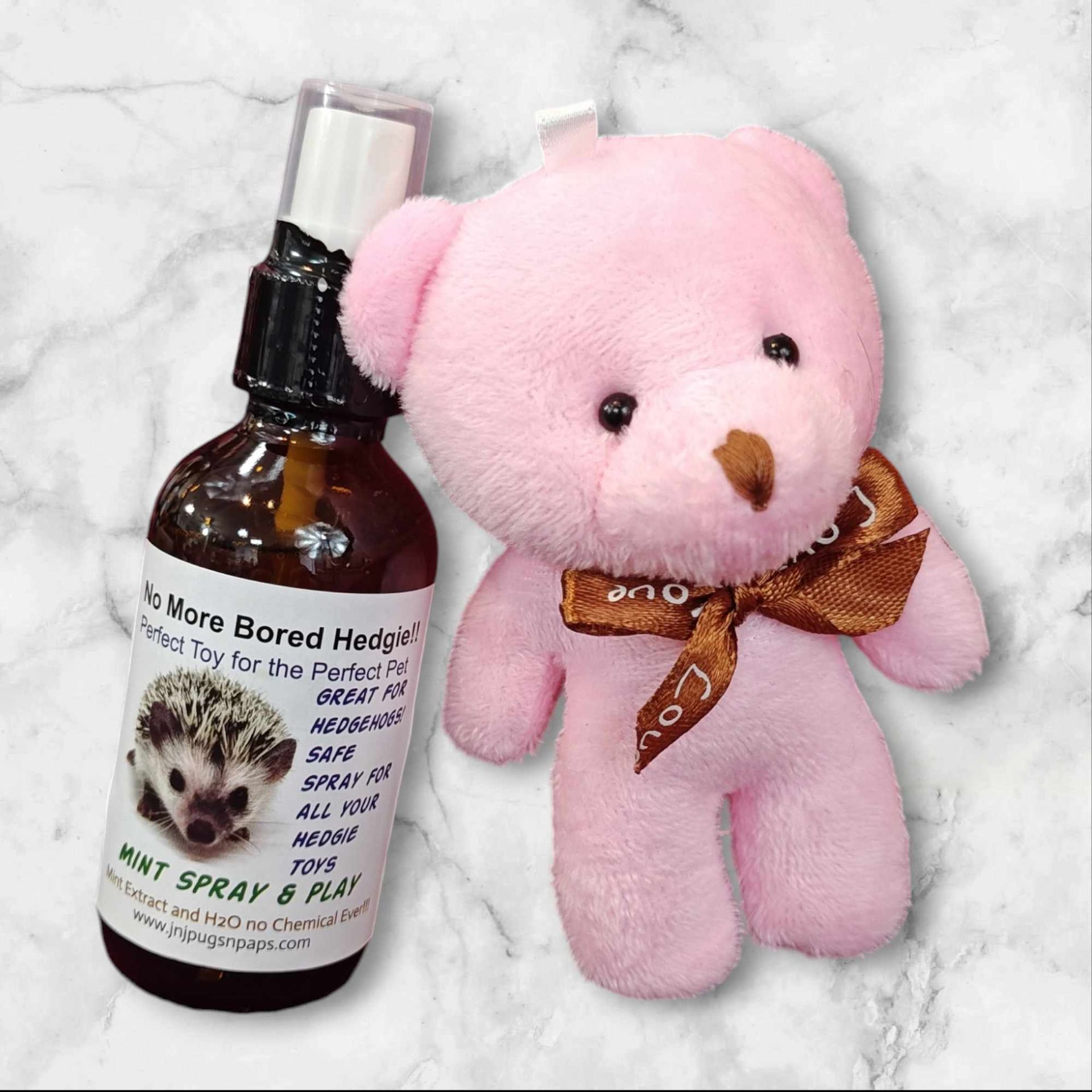
Slide title
Write your caption hereButton
"No More Board Hedgie" Play n Spray with Toy
-
Details $18.99
No more Bored Hedgehog.. Mint spray safe non toxic great to Mint up all your hegies favorite toys!! This order 4oz glass bottle with FREE Bear TOY!! Made is small fresh batches spray your toys or your Cuddle dig play Cup. Watch them have fun. We Offer spray complete with Bear toys (bear colors will Vary). We also Sell a cuddle cup Toy Dig cuddler cup. endless fun for your playful pet for you to help with their care and socialization.
Made with mint oil (Mentha spicata) extracts, leaves, H2O. Never any chemicals. Be sure to check out all our fun items. Contact me anytime with questions 785-280-9894
Hedgehog Diet
-
Details $26.49 to $134.40
Here’s the blend we have used for many years. People kept asking what we used and since we worked hard to blend just the right foods as many breeders have. We decided to sell “our blend.” We have had great success for over 20 years. Babies and adults enjoy this blend and our hedgies have a great healthy lifespan. It has a great protein to fiber and fat ratio. We blend from only the best quality foods available. We did the work, so you don’t have to.
1lb 7+oz or 3#8oz bags many quanity options
SHIPPING INCLUDED in PRice

Slide title
Write your caption hereButton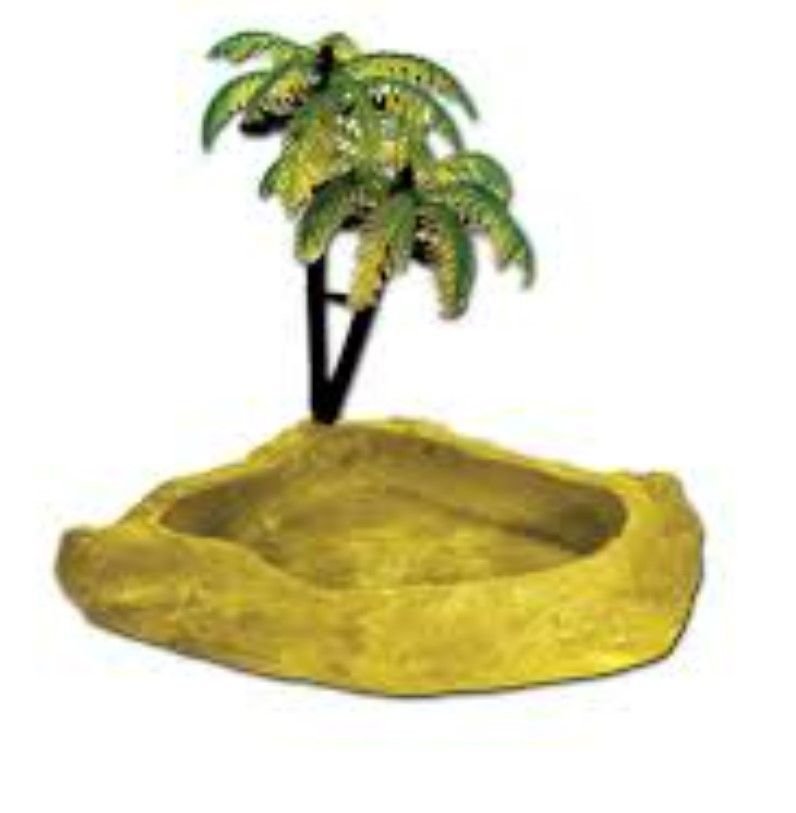
Slide title
Write your caption hereButton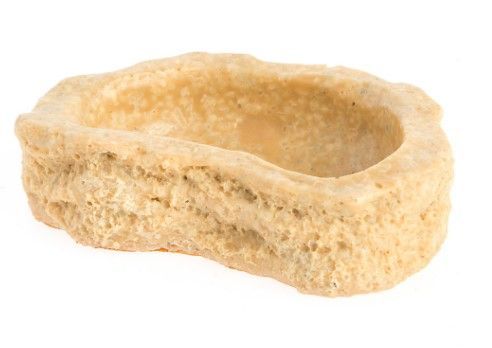
Slide title
Write your caption hereButton
Slide title
Write your caption hereButton
Slide title
Write your caption hereButton
Small Weighted Dishes
2 pack or More...
-
Details $5.99 to $85.00
These are all weighted resin bowls great for: Hedgehogs, Reptiles, Hermit crabs, Sugar Gliders, Rats and Mice and Hamsters this is for a set of TWO the inside space of each dish is three inches by two inches and 1 inch deep will be adding more quantities for a bigger discount as all our items FREE Shipping to you two trees that you can place in come with the and colors may vary and styles vary
Slide title
Write your caption hereButtonSlide title
Write your caption hereButton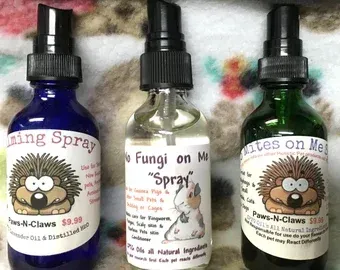
Slide title
Write your caption hereButtonSlide title
Write your caption hereButton
Hedgehog Animal Spray Kit
-
Details $38.00
Deluxe Kit includes: Cage Spray, Fungi Spray
Mite Spray, Calming Spray, Bonding Bag & Free Bath Bomb
Cavy Care Kit includes: Cage Spray, Fungi Spray, Bonding Bag & Free Bath Bomb
Hedgehog Kit includes: Calming Spray, Mite Spray, Fungi Spray, & bath mix Bag
Hedgehog Bath kit: Bath Brush, Bath Bag mix, and Mite Spray
Hedgehog Play N Spray kit: Play Spray and Toy
Hedgie Bath & Play Kit includes: Play Spray ,Toy,Bath Brush, Bath Bag mix, and Mite Spray
Guinea pig Bath kit : Bath Brush, Bath mix in bag, and Fungi Spray
Perfect to have everything you need on hand and even better gift for those who just got their new pet! Hedgehog Care Kit includes fungi spray, mite spray, calming spray, and free bath bomb (tip: fungi spray on solid wheel helps condition feet and poop sticks less much easier to clean wheel). This is a bottle of calming spray you can spray your hedgie, guinea pig, rat, cat, or dog or their enclosure. It’s been proven to help calm during times of stress, thunderstorms going to the vet’s office, boarding even meeting new people just spray and let them relax. I make bath and sprays and many other items for exotics and other small animals that are made all natural products certified therapeutic CPTG oils and other natural items.
For hedgehogs, guinea pigs, cats, dogs, and so many more even reptiles. They are made by me with each ingredient in perfect proportions and have used on all my animals for many years and are very safe and so helpful for many ailments or just to keep your pet healthy as possible. Always research and do small test to see if your pets like anything new.
OTHER KITS WE OFFER ARE:
Deluxe Kit includes: Cage Spray, Fungi Spray, Mite Spray, Calming Spray, Bonding Bag & Free Bath Bomb
Cavy Care Kit includes: Cage Spray, Fungi Spray, Bonding Bag & Free Bath Bomb
Hedgehog Care Kit includes: Fungi Spray, Mite Spray, Calming Spray, & Free Bath Bomb
You can also add to your cart just the Individual sprays etc. thanks again have a purrfect day!
Calming spray- you can spray your hedgie, Guinea Pig Rat, Cat or Dog or their enclosure its been proven to help calm during times of stress, thunderstorms going to the vets office, boarding even meeting new people just spray and let them relax. For calming spray you can spray pet their carriers bedding or cages it works great for dogs or cats in storms and there is no limit to how much to use what helps your pet and makes them comfortable
No Mites- on me spray you can spray your hedgie or Other Small pet or their enclosure it is great for those times your pet comes into contact or gets mites. Spray on them & there enclosure and get rid of them quick. ALWAYS RESEARCH and do small test to see if your pets likes anything new. THIS IS FOR MITES or fleas (little black bugs that you can see with eyes) Not demodex or sarcoptic mange mite) It works well for these but those must be seen by vets and some are so bad cases they may need something very strong, We have used them for these type of under the skin infections or parasites but the product was intended for regular mites & fleas and preventive
For Fungus or Ringworm -Bath pet be sure to wear gloves, scrub the area well towel pet , Clean cage and spray all over with fungus spray some find it easier to spray on paper towel then wipe down cage. Then when pet has dried spray pet affected areas if face spray fingers and wipe well around eyes. Repeat spraying two times a day and bath every 2 days at least 3 times should be all cleared by the end of treatment. Our Fungi Spray you can spray your Guinea pig ,Cat or Hedgehog or any small animal or their enclosure its been proven to help cut down and eliminate Fungus spores and on your pet after a great bath with our bath bombs spray the ringworm or affected area, feet etc. of you pet to clear up Fungus & Bacteria fast! . (This product is meant for fungus/bacteria of many types and meant to be used regularly to clear up problem areas) ITS NOT JUST FOR TROUBLED TIMES ...BE SURE TO USE MONTHLY AND RUB IN ALL OVER FOR A PREVENTATIVE AND SKIN CONDITIONER YOUR PET WILL LOVE !!
I make Bath and Sprays and many other items for Exotics and other small animals that are made all natural products certified therapeutic CPTG oils and many other natural items. For Hedgehogs, Guinea Pigs, Hairless Rats and Mice, Hamsters, Cats, Dogs and so many more even Reptiles. They are made by me with each ingredient carefully in the correct amounts and have used on all my animals for many years and are very safe and so helpful for many ailments or just to keep your pet healthy as possible. Always research and do small test to see if your pets likes anything new.
For Sprays- you can Spray pet after bath or in between as well as cages and bedding, for Mite spray once a week for preventative, if has mites we recommend bathing with our bath bomb then towel off (its a No Rinse bath)spray pet well rub in, then spray cage and bedding once you have cleaned the cage thoroughly. Repeat every other day for at least 2 times.
For Fungus or Ringworm Bath- pet be sure to wear gloves, scrub the area well towel pet , Clean cage and spray all over with fungus spray some find it easier to spray on paper towel then wipe down cage. Then when pet has dried spray pet affected areas if face spray fingers and wipe well around eyes. Repeat spraying two times a day and bath every 2 days at least 3 times should be all cleared by the end of treatment
For more all Natural products or pets Email, message or call anytime You tube links are shown to help you as well thanks again
(No products are ever to be used in place of good quality veterinary care, some pet may need a clear diagnosis by skin scraping or more first or if severe)Our products come with a full instruction card and again i could list every single mite, bug and fungus in the world, that it works for or helps or tell you that vet care for animals are important but i dont think you want to read another 10 pages of things that are not relevant to this product if you do wish to have more information call me or message me anytime so we can talk . I have always answered the calls i have gotten over the 30 years i have been using my products on our animals we raise and all the Rescues we take in and rehab.
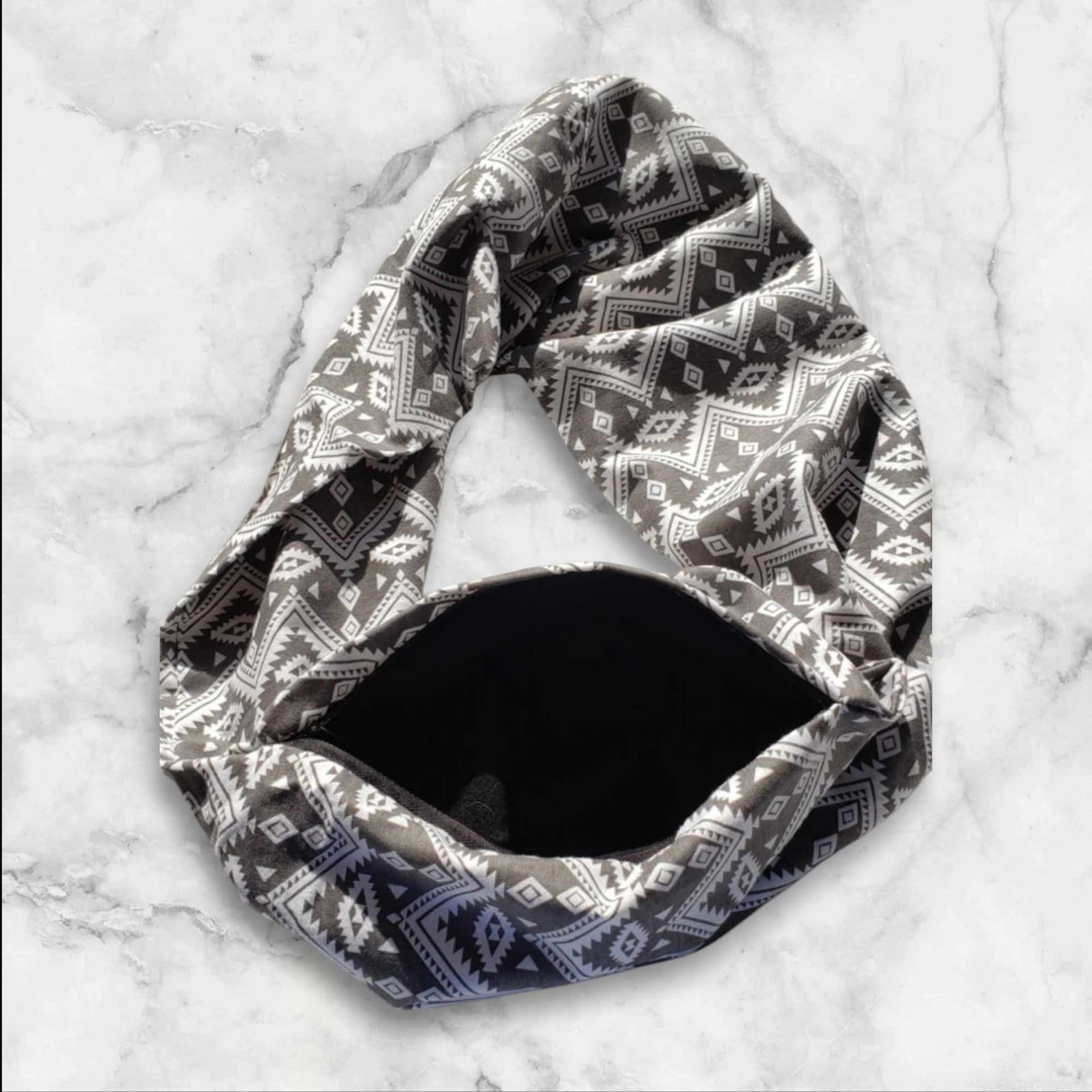
Slide title
Write your caption hereButton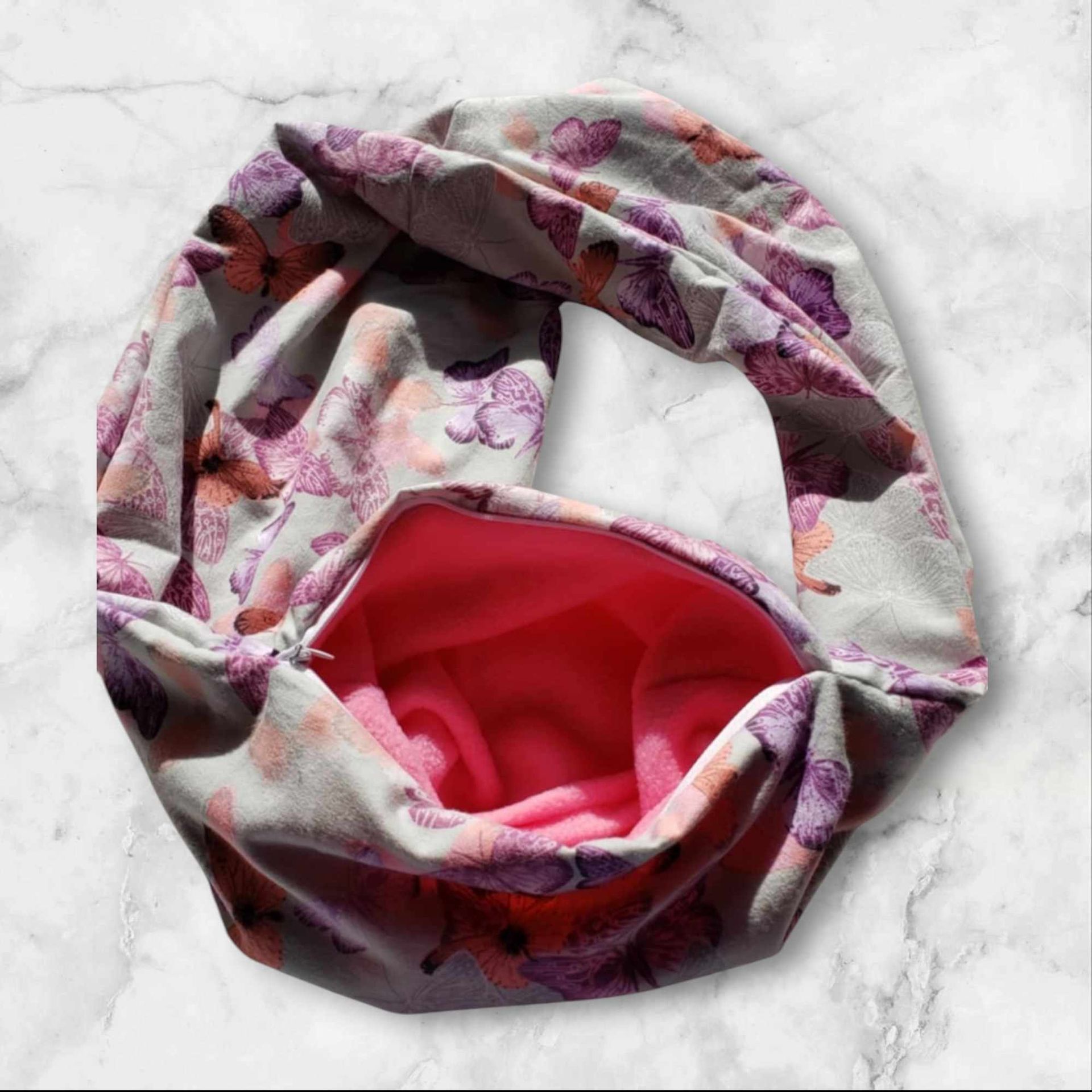
Slide title
Write your caption hereButton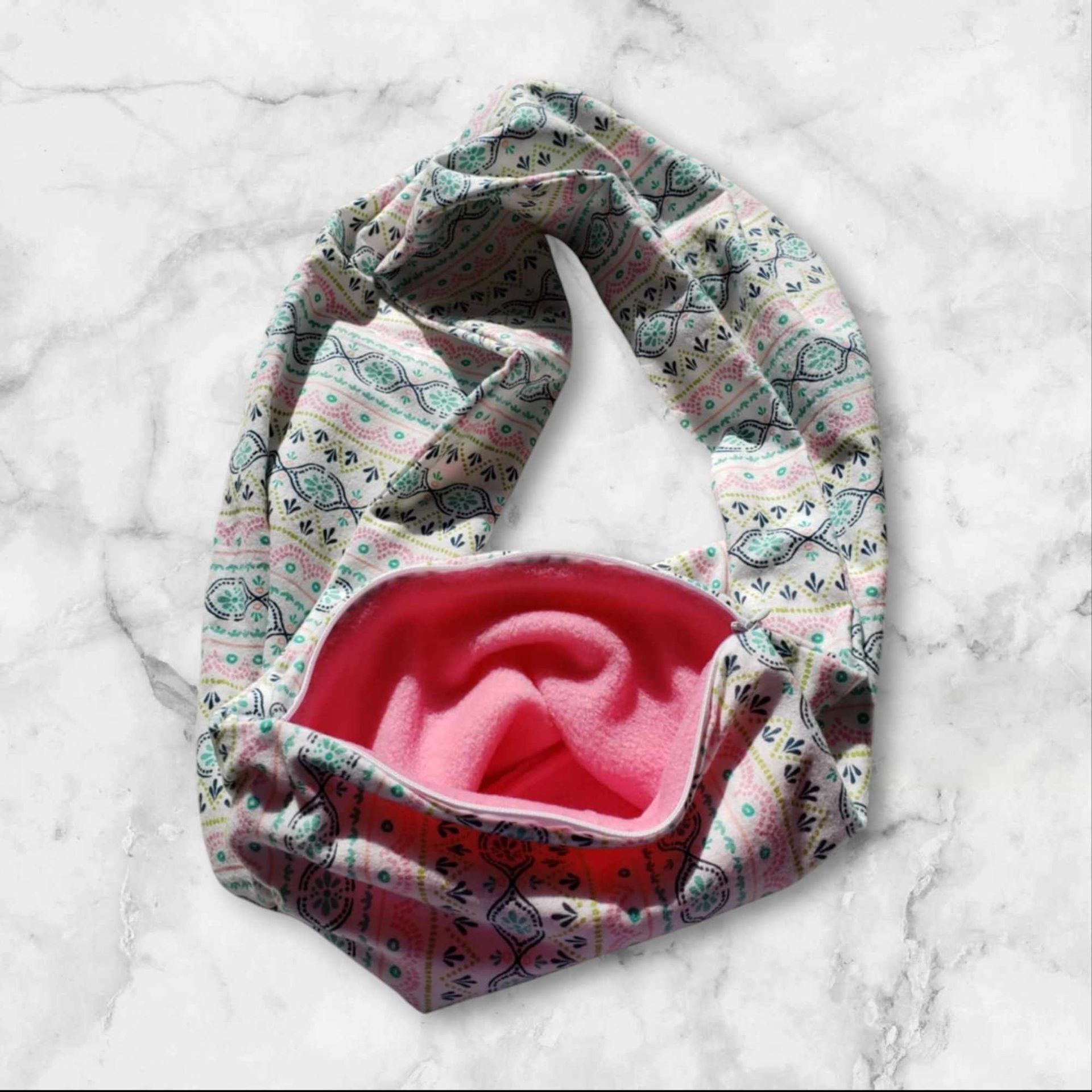
Slide title
Write your caption hereButton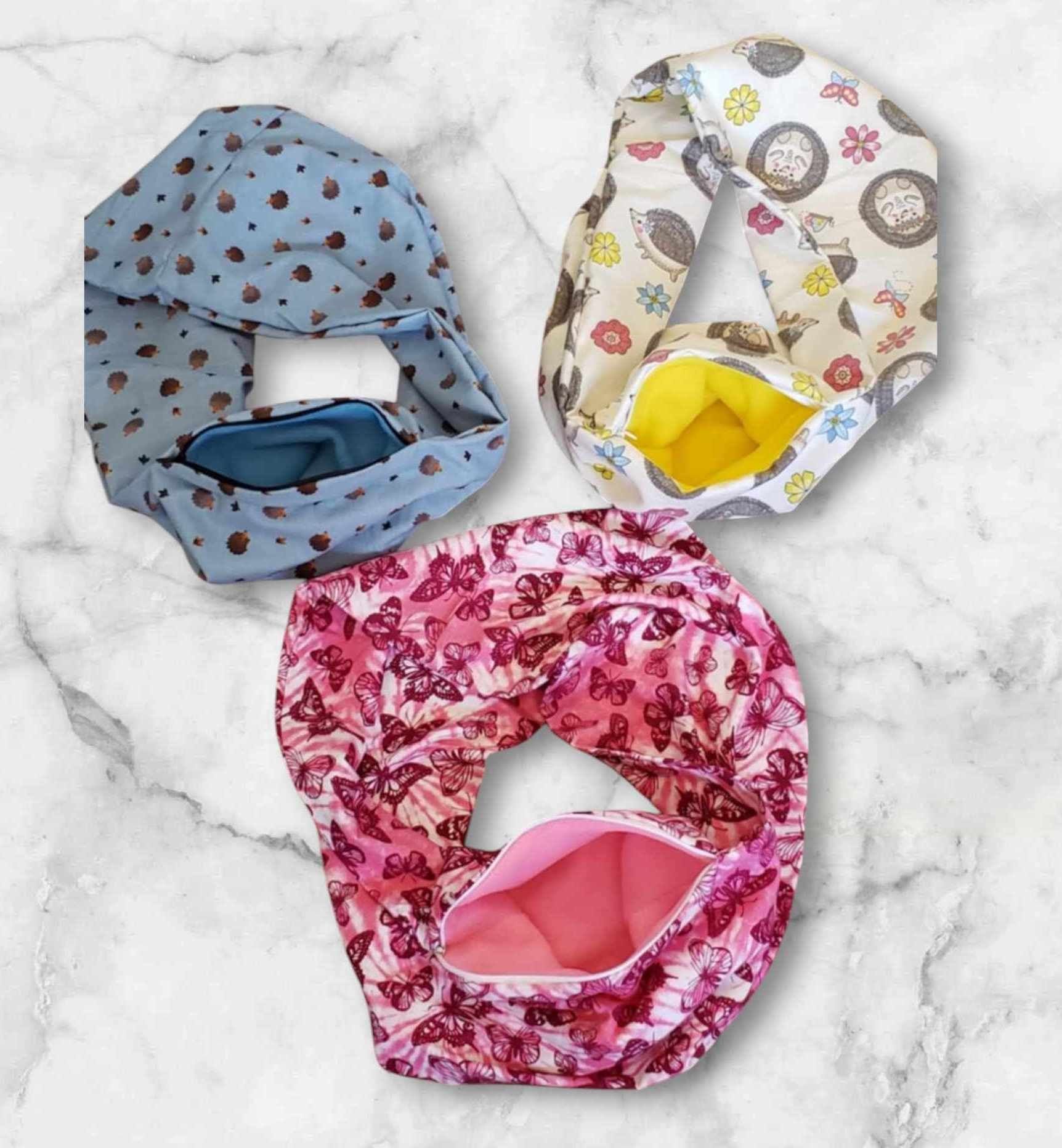
Slide title
Write your caption hereButton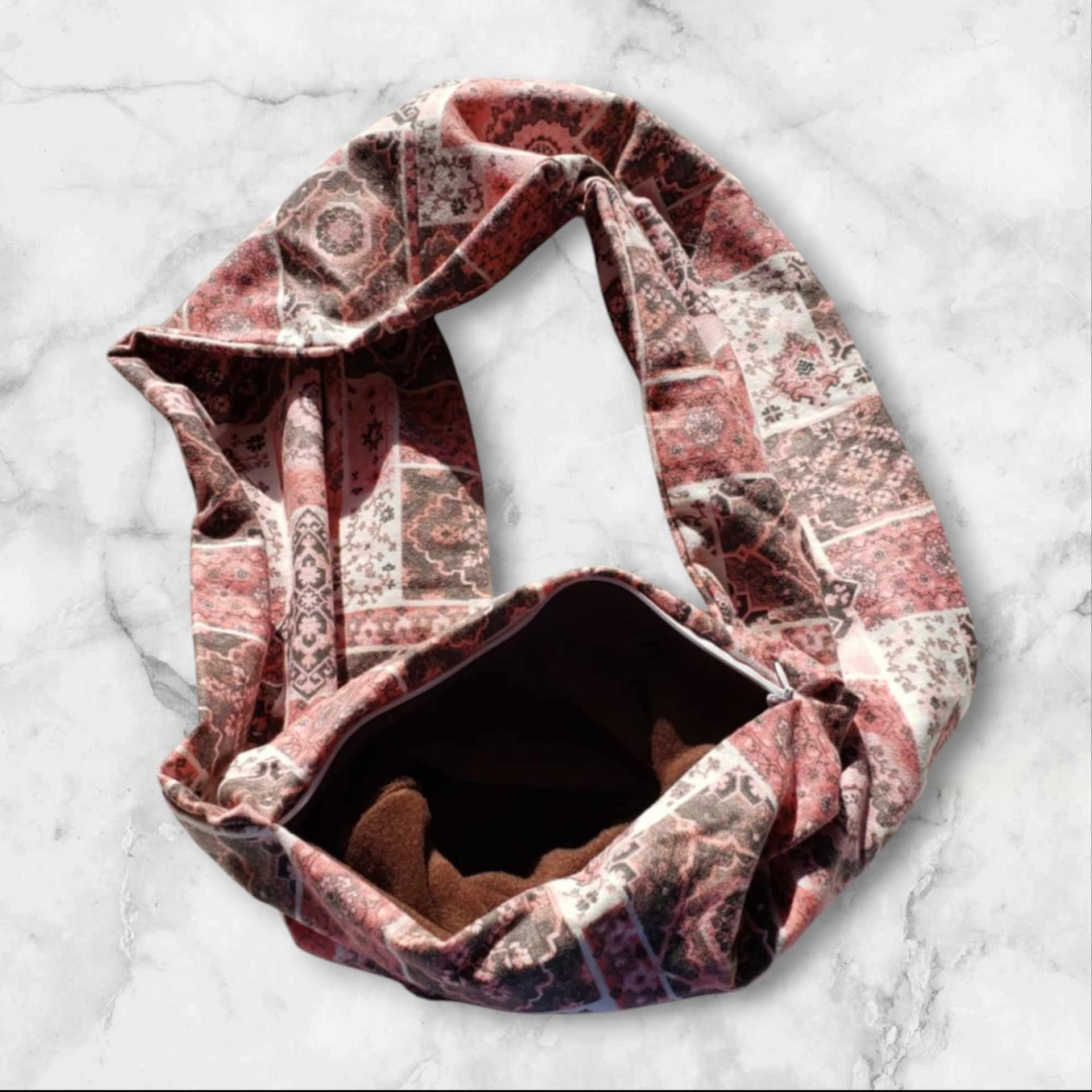
Slide title
Write your caption hereButton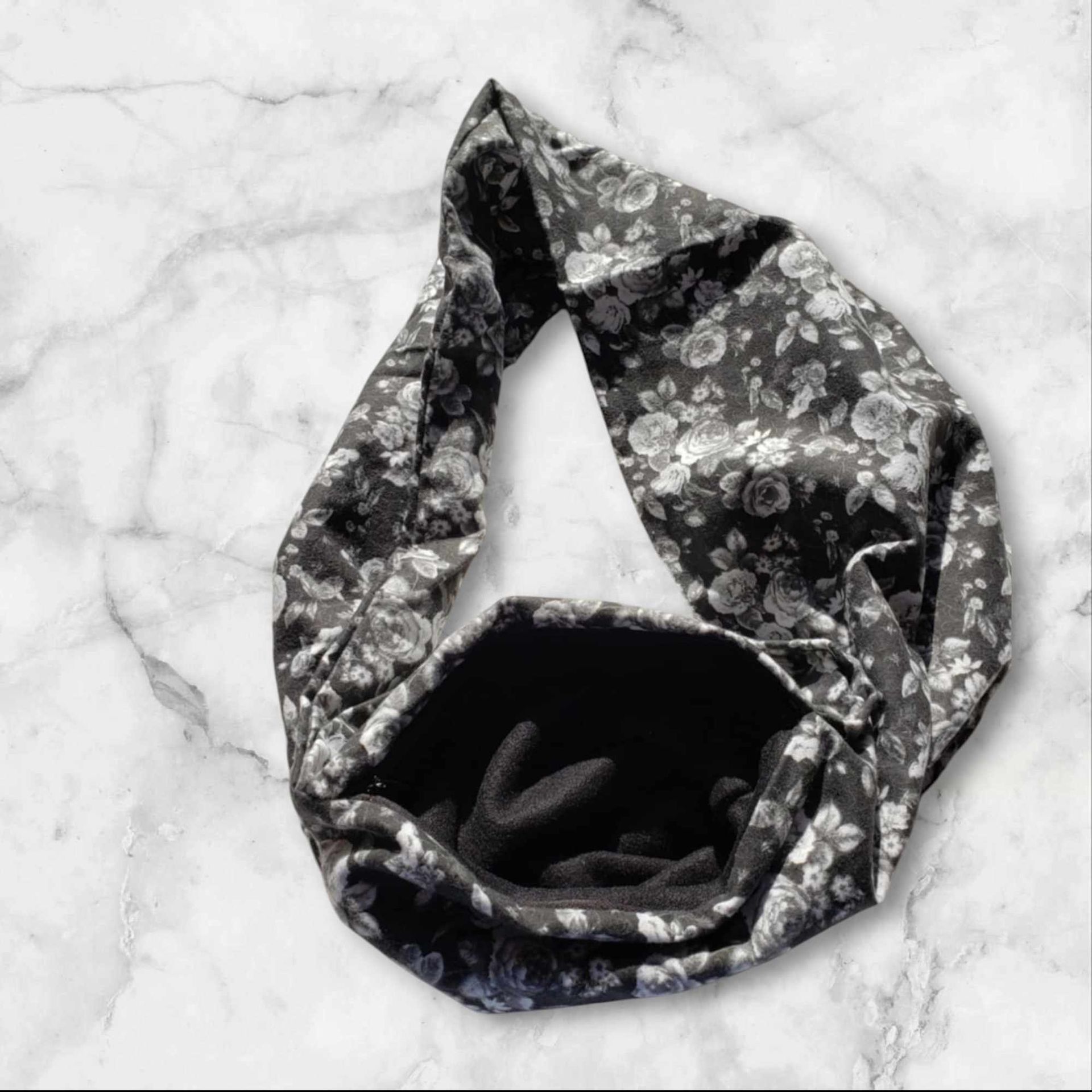
Slide title
Write your caption hereButton
Slide title
Write your caption hereButton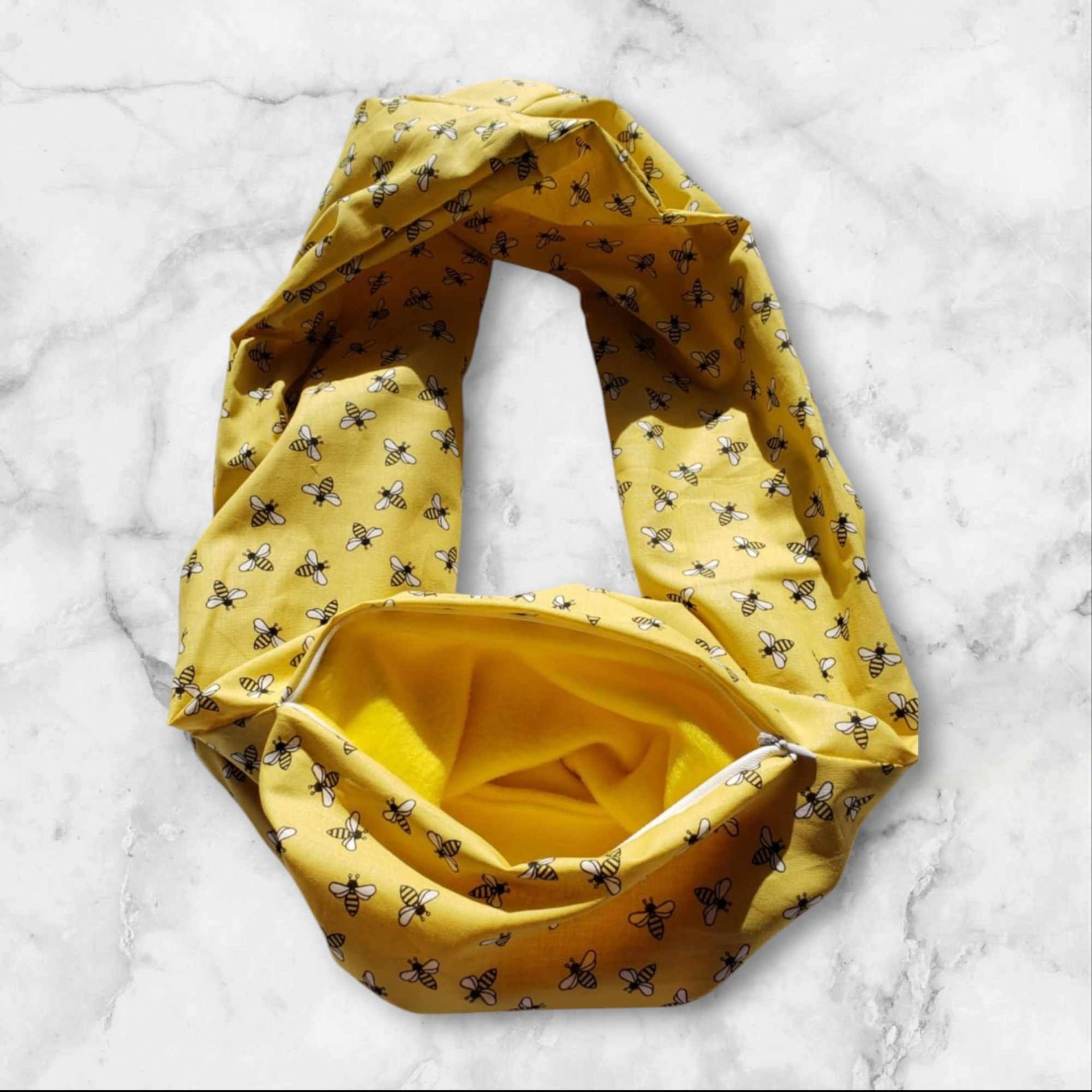
Slide title
Write your caption hereButton
Slide title
Write your caption hereButton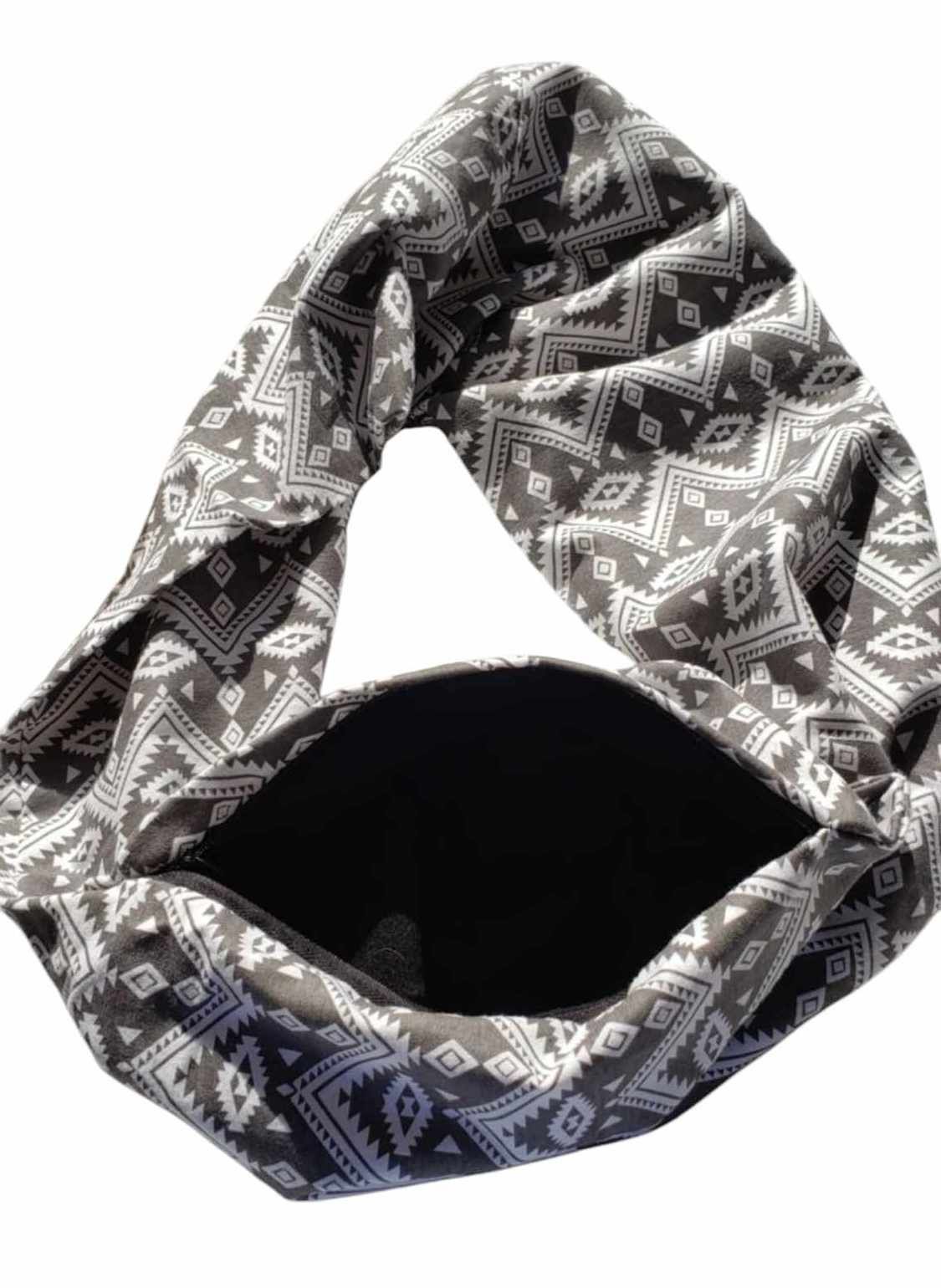
Slide title
Write your caption hereButton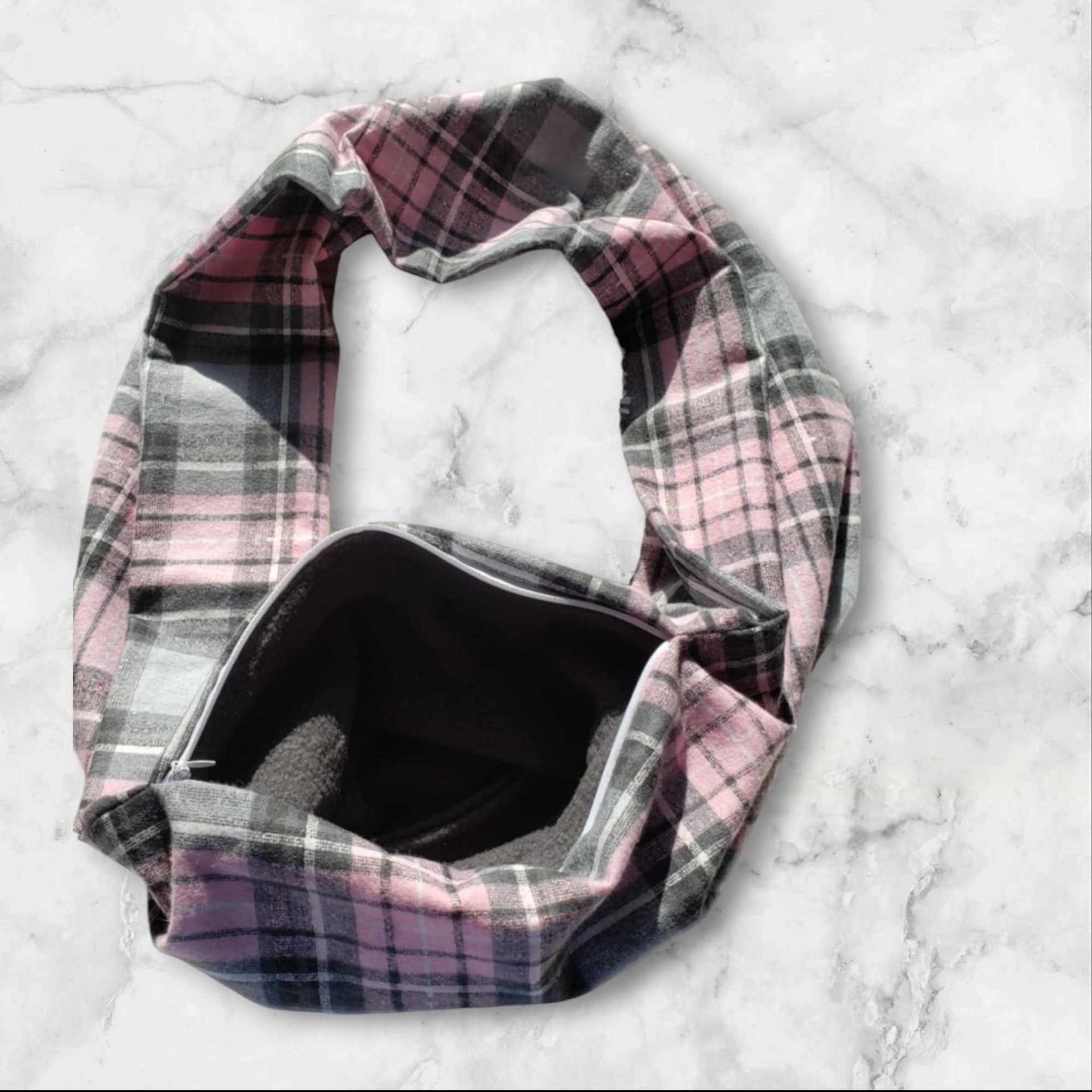
Slide title
Write your caption hereButton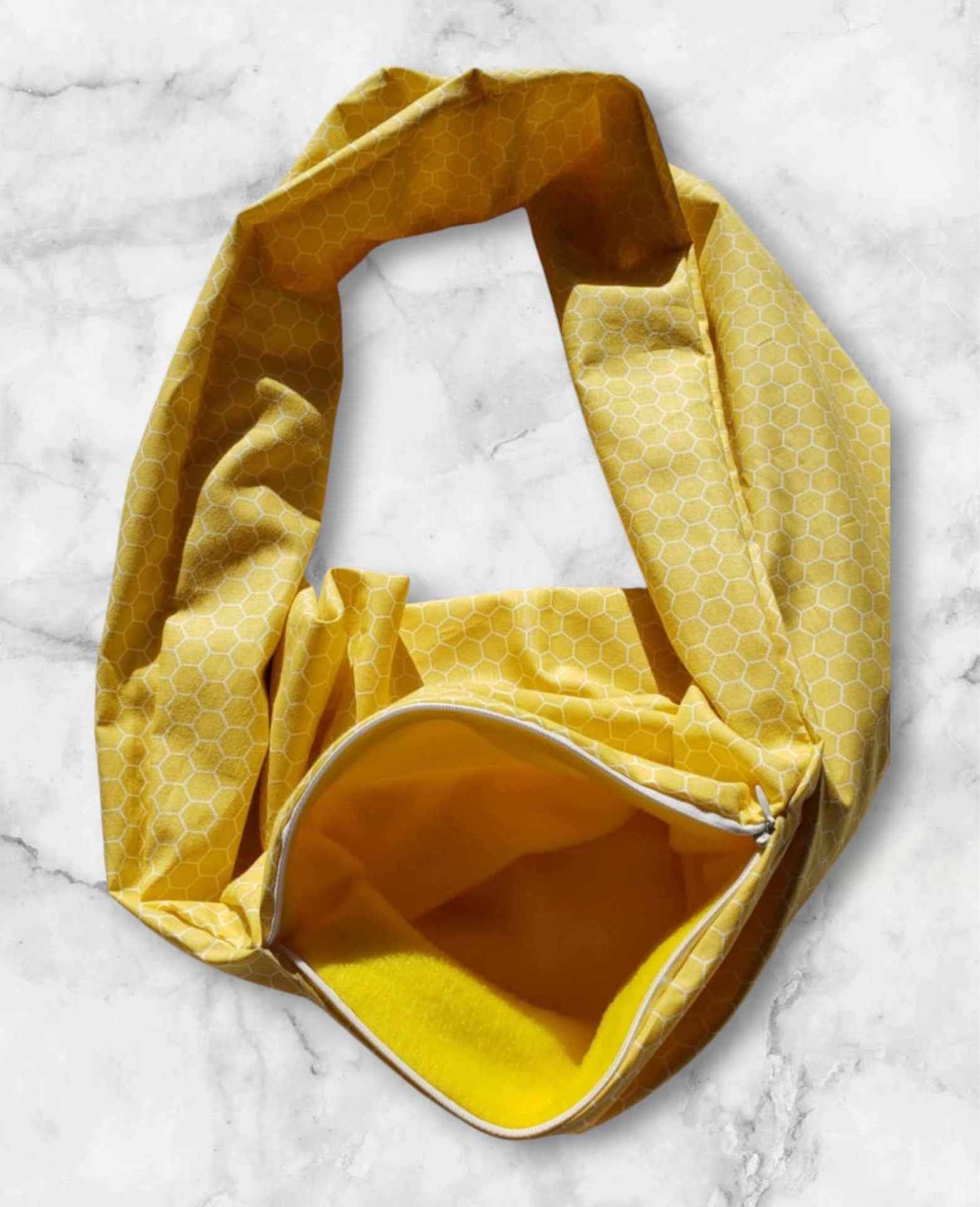
Slide title
Write your caption hereButton
Slide title
Write your caption hereButton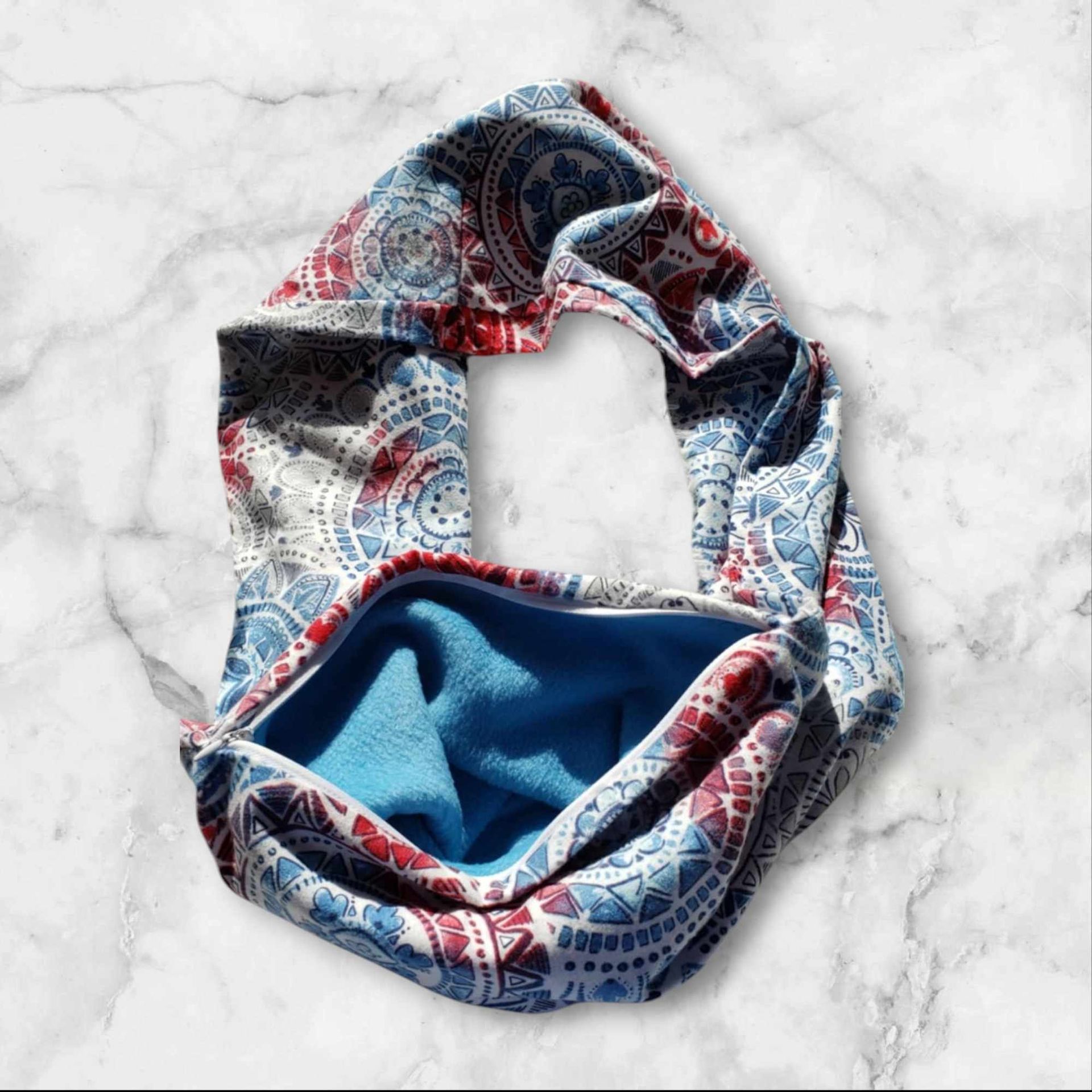
Slide title
Write your caption hereButton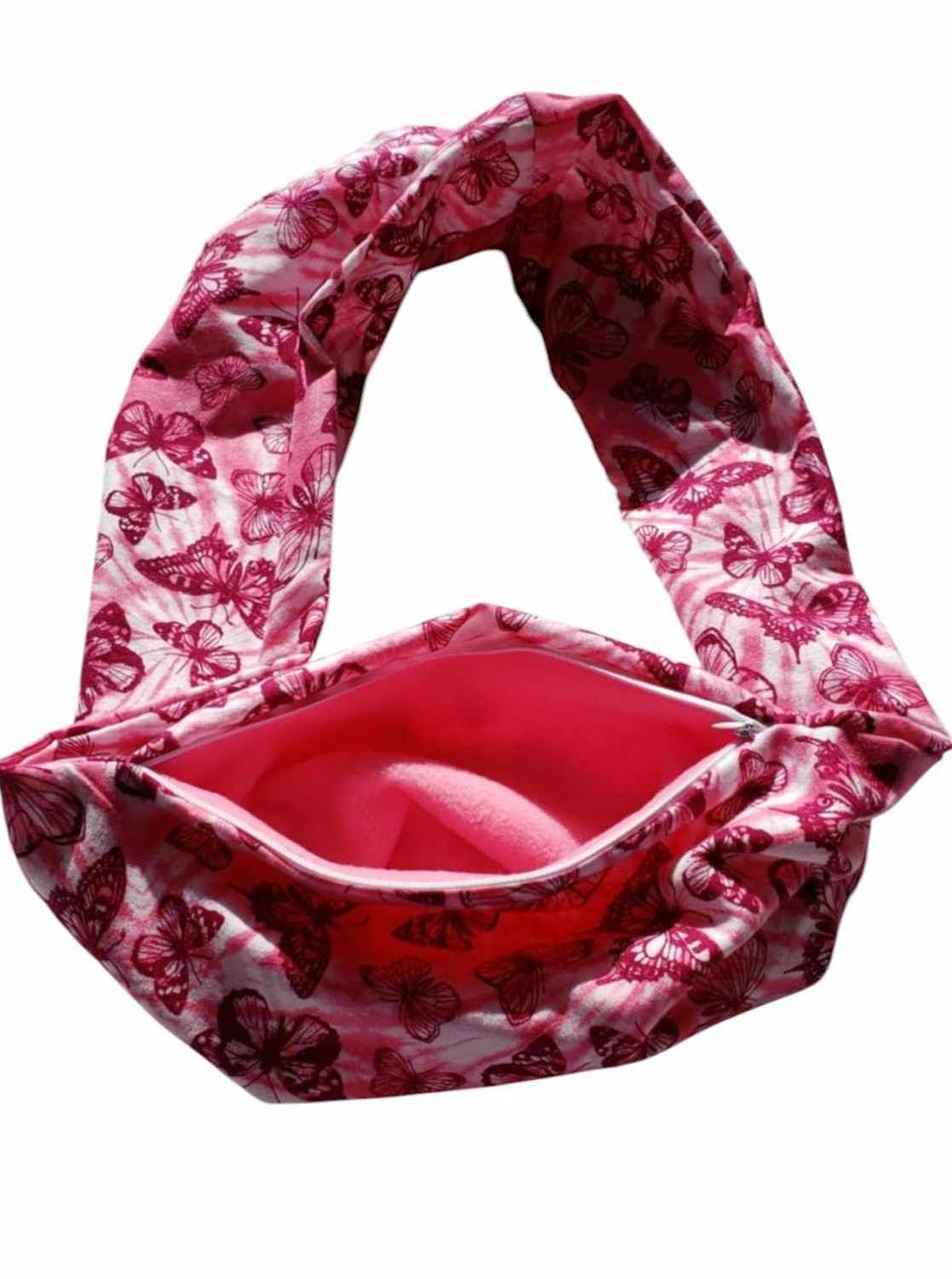
Slide title
Write your caption hereButton
Sling / Scarf Carriers with Zippered Pouch
-
Details $39.99
Handmade flannel and fleece scarf sling Pet carrier. Has nice large pockets with zipper very comfortable carrier Machine washable. We have lots of prints every one is Unique this list is for a random color If you prefer a color/print type just message we will try to get as close as possible. You Sugar Glider, Hedgehog, Micro Squirrel, flying Squirrel, Hamster, Rat will love this

Slide title
Write your caption hereButton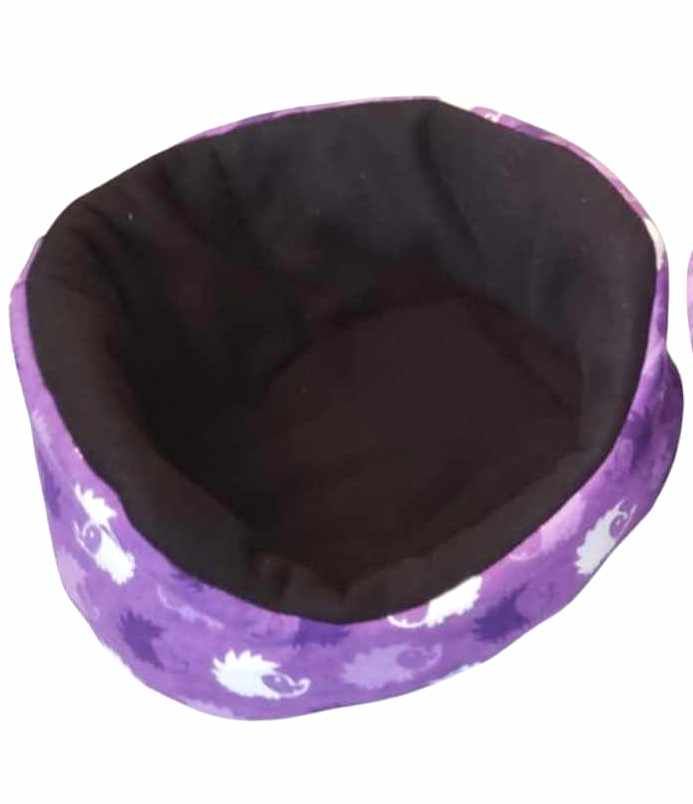
Slide title
Write your caption hereButton
Cuddle Snuggle Beds
-
Details $27.99 to $69.99
Cuddle cups Great for Guinea pigs, Hedgehogs and more Machine washable handmade warm snuggling little bed that are fleece/flannel Perfect size for cages area approximately nine inches round three and half tall Makes for great dig cup play areas for hedgehogs
Category
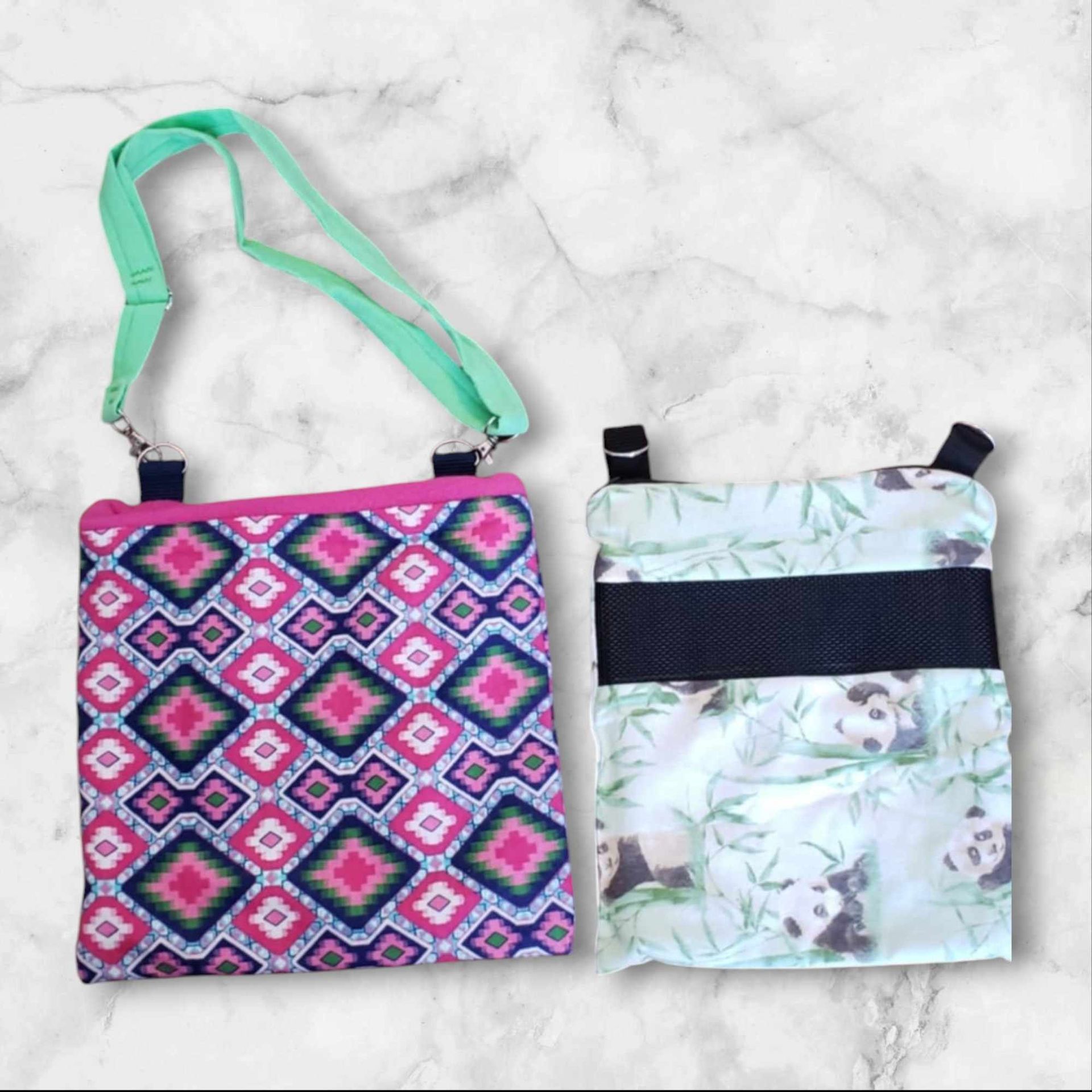
Slide title
Write your caption hereButton
Slide title
Write your caption hereButtonSlide title
Write your caption hereButtonSlide title
Write your caption hereButton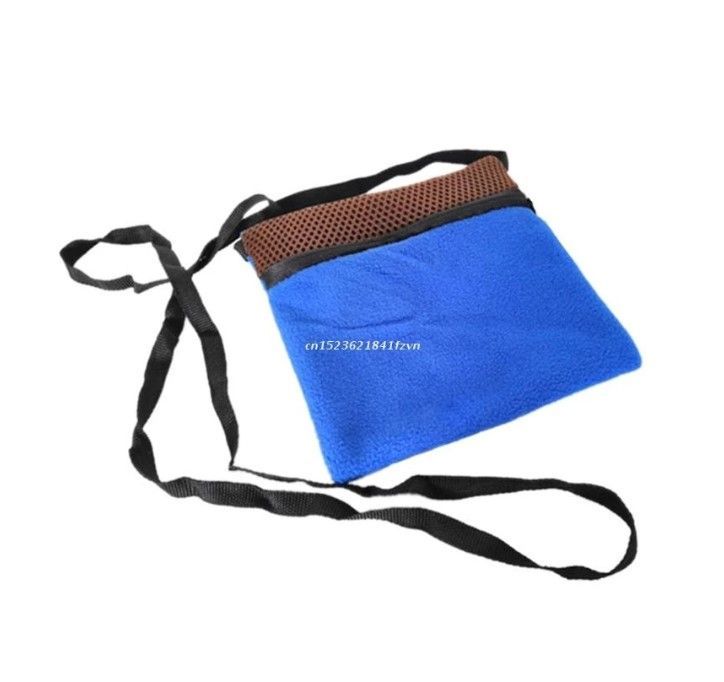
Slide title
Write your caption hereButton
Zippered Bonding Bag
-
$39.99
Pouch for bonding and carrier, Zippered with adjustable strap. handmade with great mesh window flannel /fleece. Machine washable. Assorted prints and colors. If you have a color preference let me know I can try to get close.
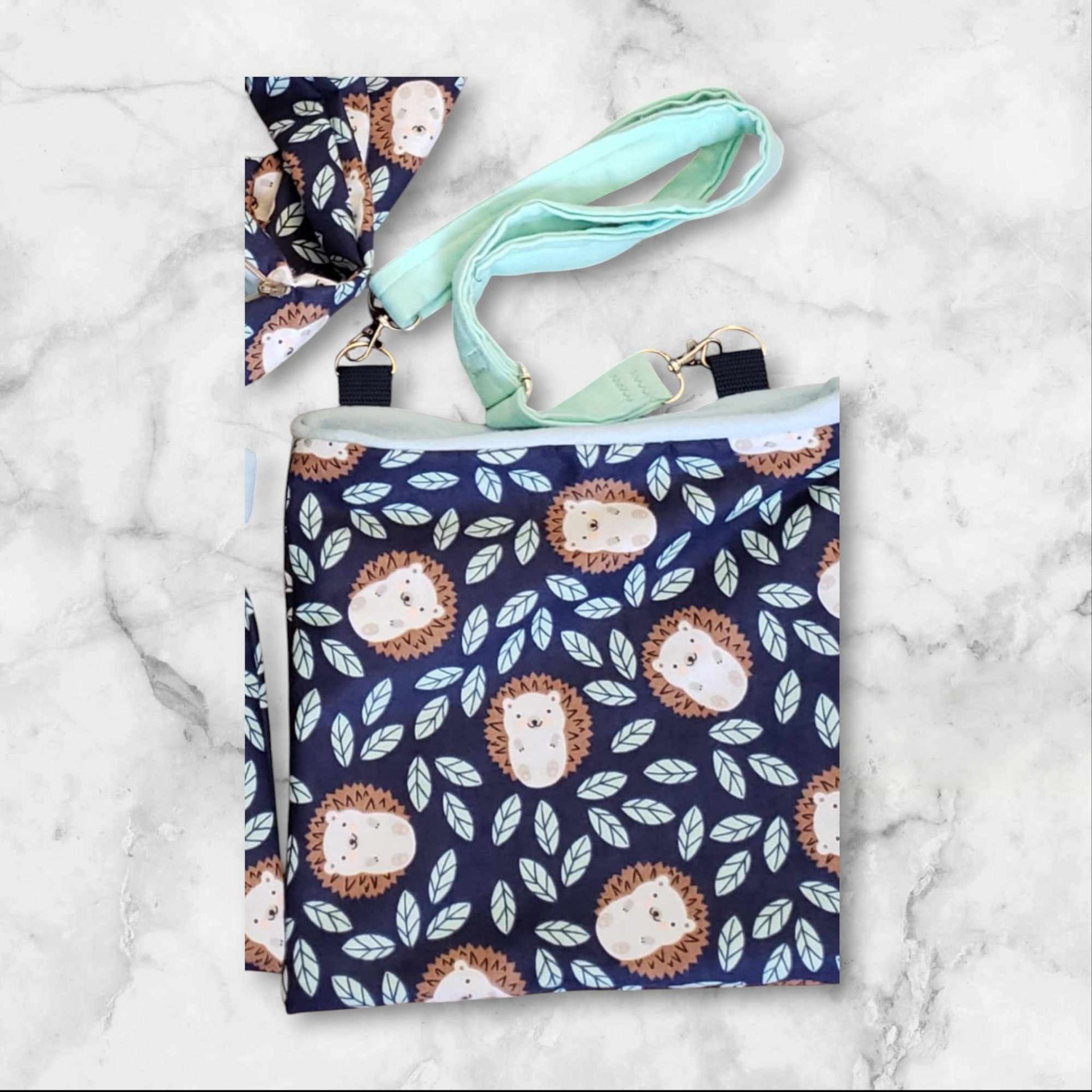
Slide title
Write your caption hereButton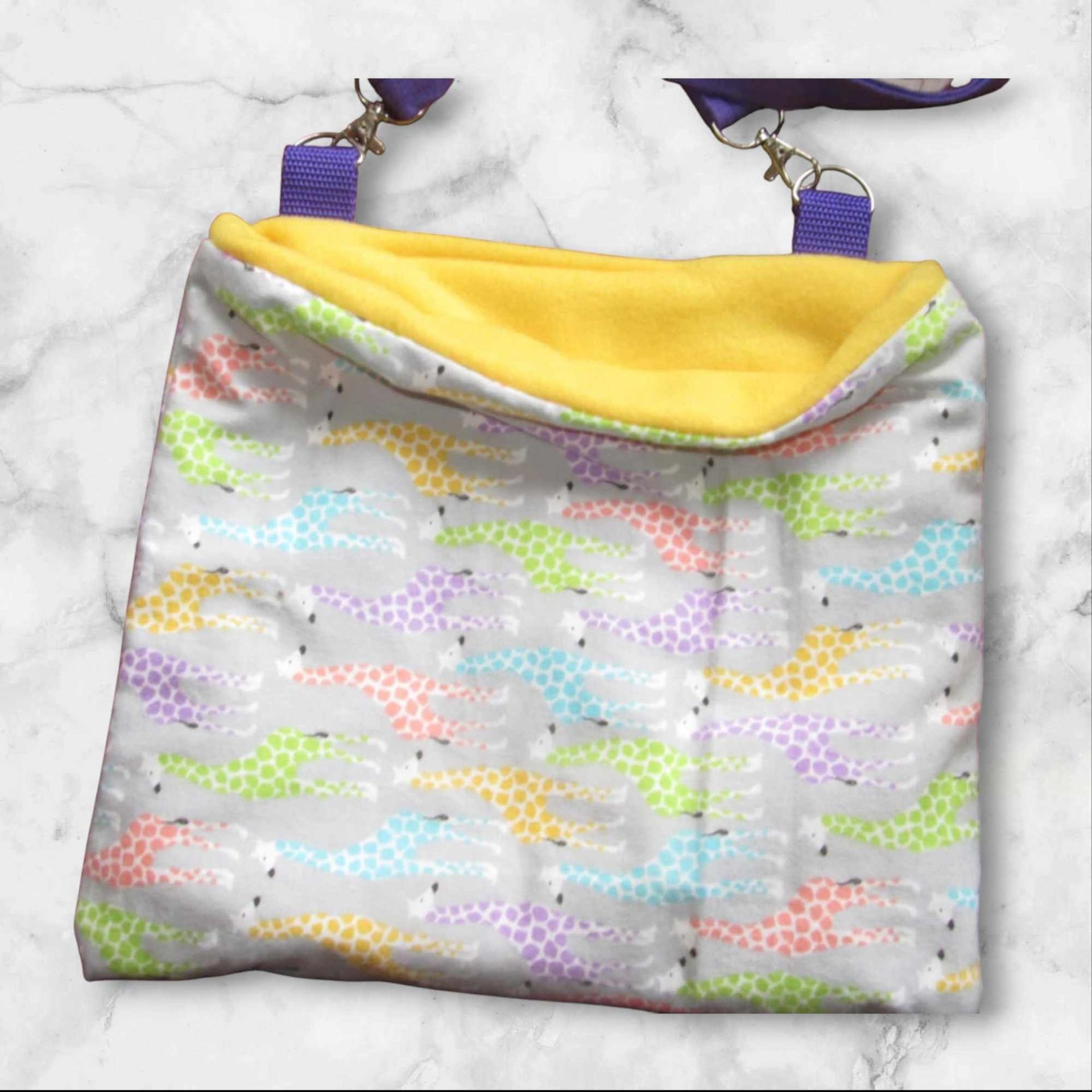
Slide title
Write your caption hereButton
Hanging Snuggle Sack With Strap (No Zipper)
-
$29.99 to $69.99
Coconut Fiber Bedding All Natural No Chemicals, great for Planting, birds, hermit crabs and reptiles and tarantulas expands with warm water three to four times the size hold moisture so great in dry climates and pets who need humidity we offer in Several amount the higher the amount you get a huge savings !! ALL WILL BE SENT FIRST CLASS 3 TO 5 DAYS AND LARGER AMOUNTS SENT PRIORITY MAIL AND ALL SHIPPING FREE TO YOU, One disk about five gallon tank about one inch deep, two disks for ten gallon tank over one inch deep or six disks up to 30 gallon at one inch deep and so on. Please choose from the option the amount you want thanks We have used this in all kinds of indoor and outdoor plants works great for vegetables and sensitive plants that need moisture slowly.Fleece bags for all types of pets these are minimum or 8 inches by 10 inches hand made so some may differ and be a bit larger . They are Reversible and very well made and soft your pet will love the warmth and comfort great for Rats, Hedgehogs, Hamsters, and Guinea pigs. I make larger ones for Guinea pigs as well as many sacks with straps for carrying or for hanging in cages for sugar gliders. I also have ones with zippers and windows for secure carrying of hedgies and gliders some are Fleece only or Flannel & fleece combo
This product is without a strap just the sack if you want a strap look at my Bonding Bags
Slide title
Write your caption hereButton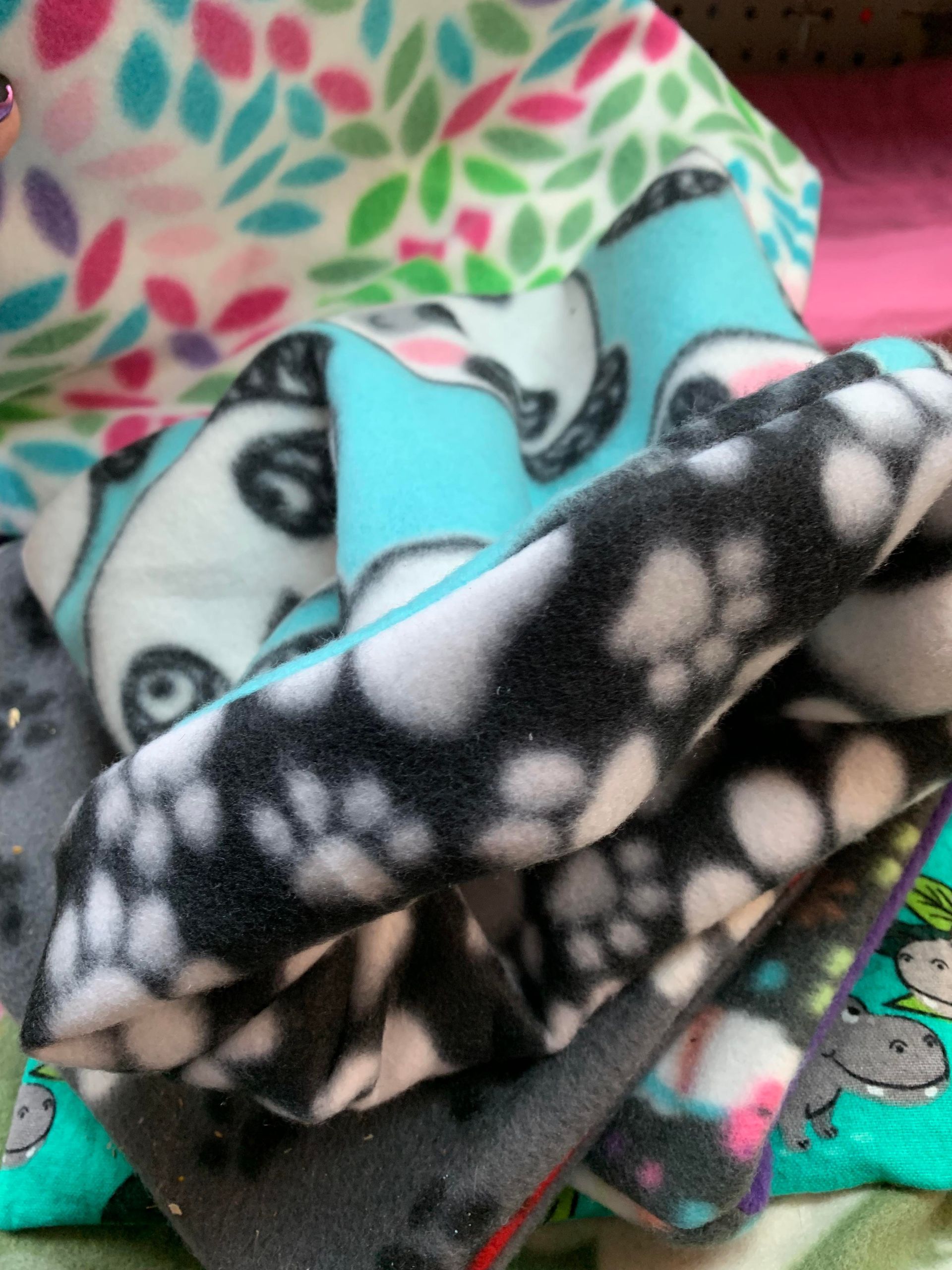
Slide title
Write your caption hereButtonSlide title
Write your caption hereButton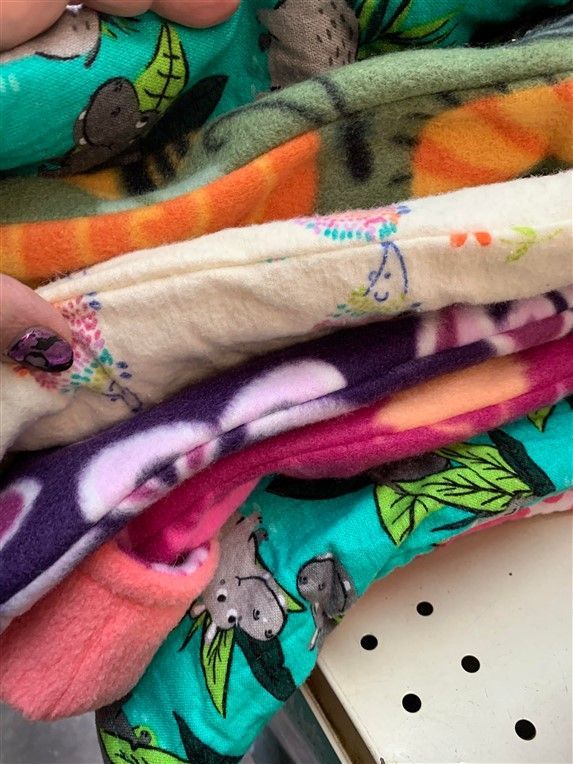
Slide title
Write your caption hereButton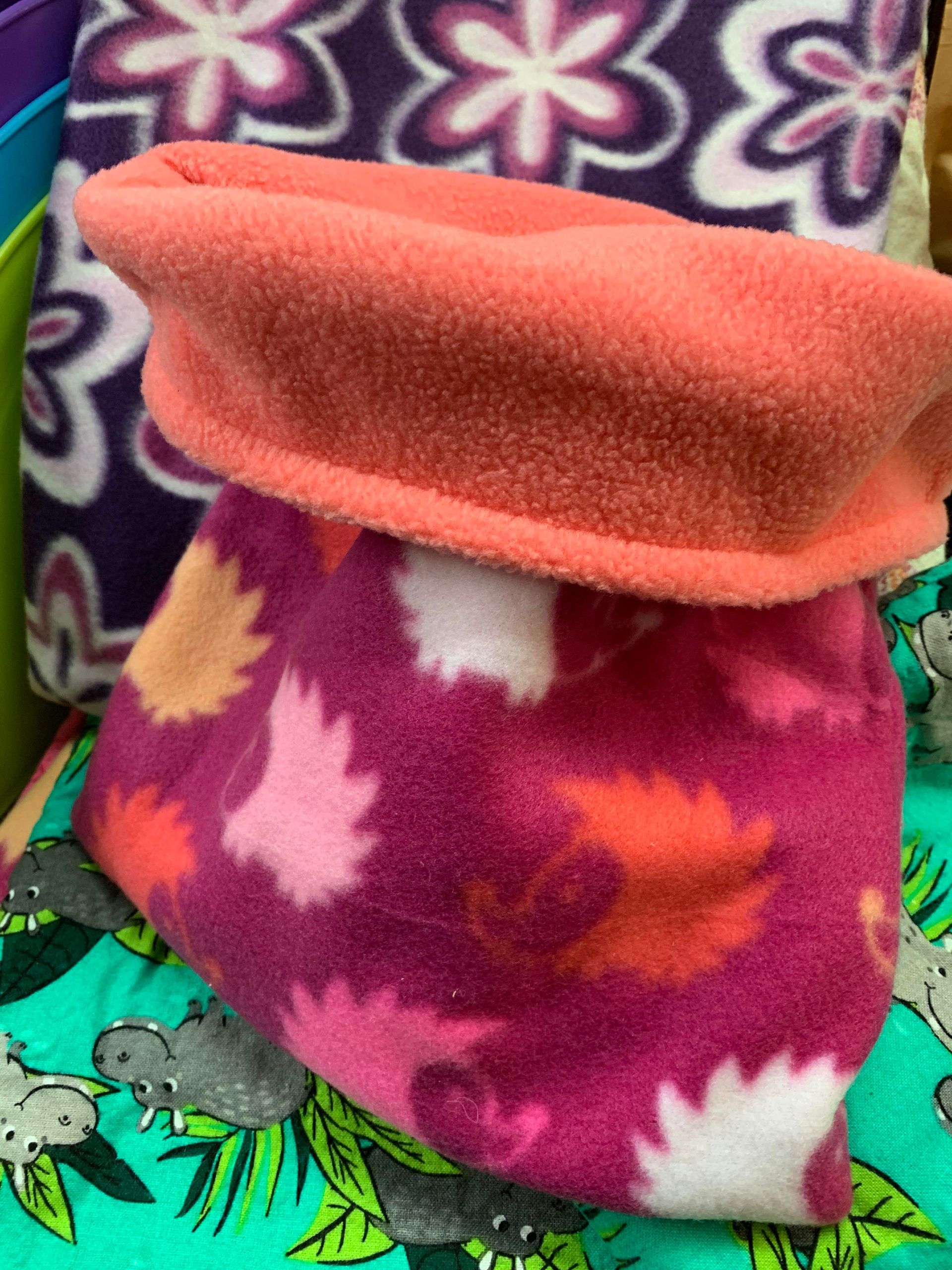
Slide title
Write your caption hereButtonSlide title
Write your caption hereButton
Slide title
Write your caption hereButton
Slide title
Write your caption hereButton
Slide title
Write your caption hereButton
Bonding Bags/ Snuggle Sacks Xtra Large
-
Details $23.99 to 60.00
xlarge snuggle sacks
Fleece bags for all types of pets these are 12 to 14 inches is the Xlarge hand made so some may differ and be a bit larger . They are Reversible and very well made and soft your pet will love the warmth and comfort great for Rats, Hedgehogs, Hamsters, and Guinea pigs. I make larger ones for Guinea pigs as well as many sacks with straps for carrying or for hanging in cages for sugar gliders. I also have ones with zippers and windows for secure carrying of hedgies and gliders some are Fleece only or Flannel & fleece combo
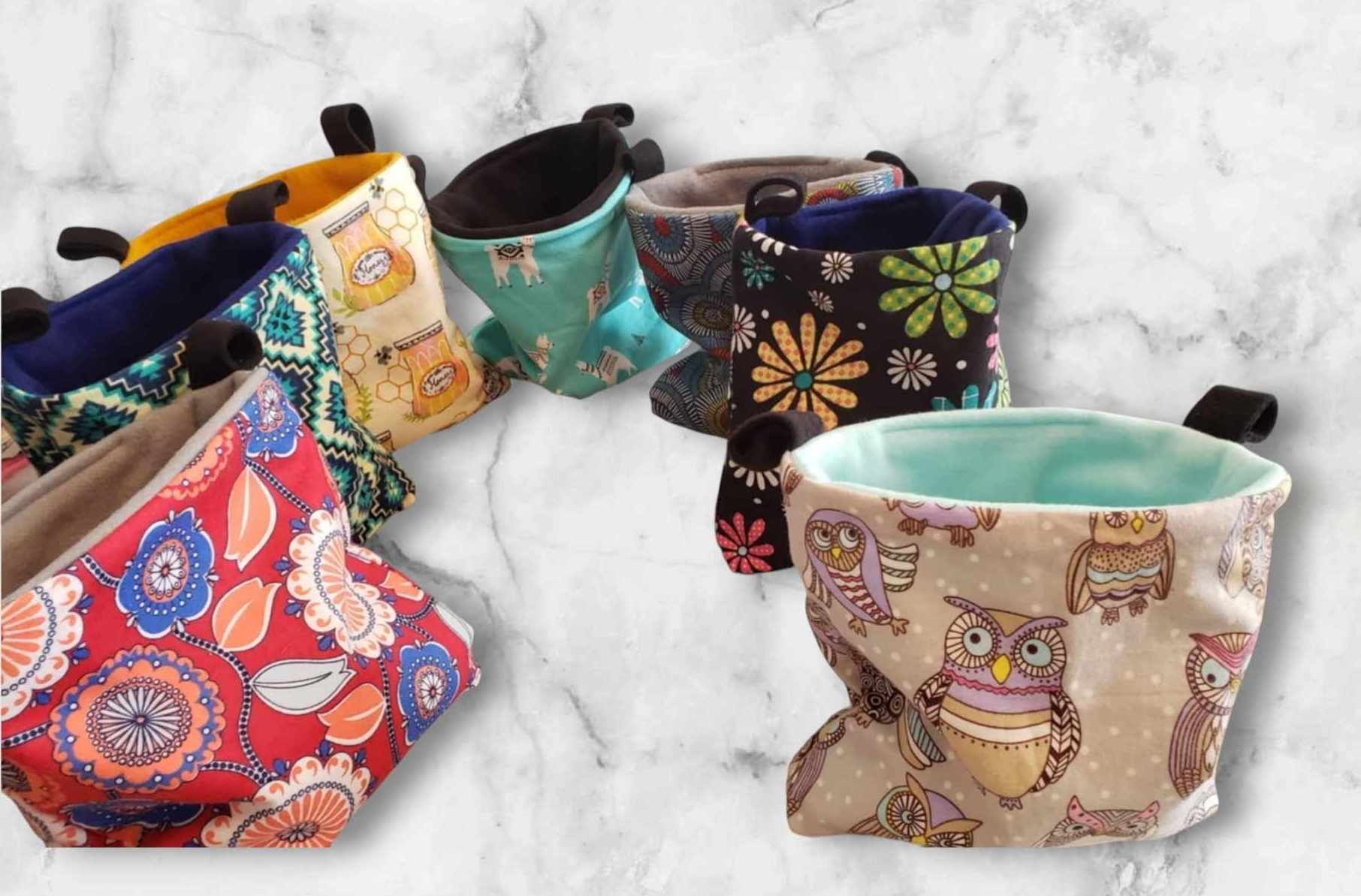
Slide title
Write your caption hereButton
Hanging Sleep sacks with loops
-
Details $27.99 to $69.99
Cuddle cups Great for Guinea pigs, Hedgehogs and more Machine washable handmade warm snuggling little bed that are fleece/flannel Perfect size for cages area approximately nine inches round three and half tall Makes for great dig cup play areas for hedgehogs
Category
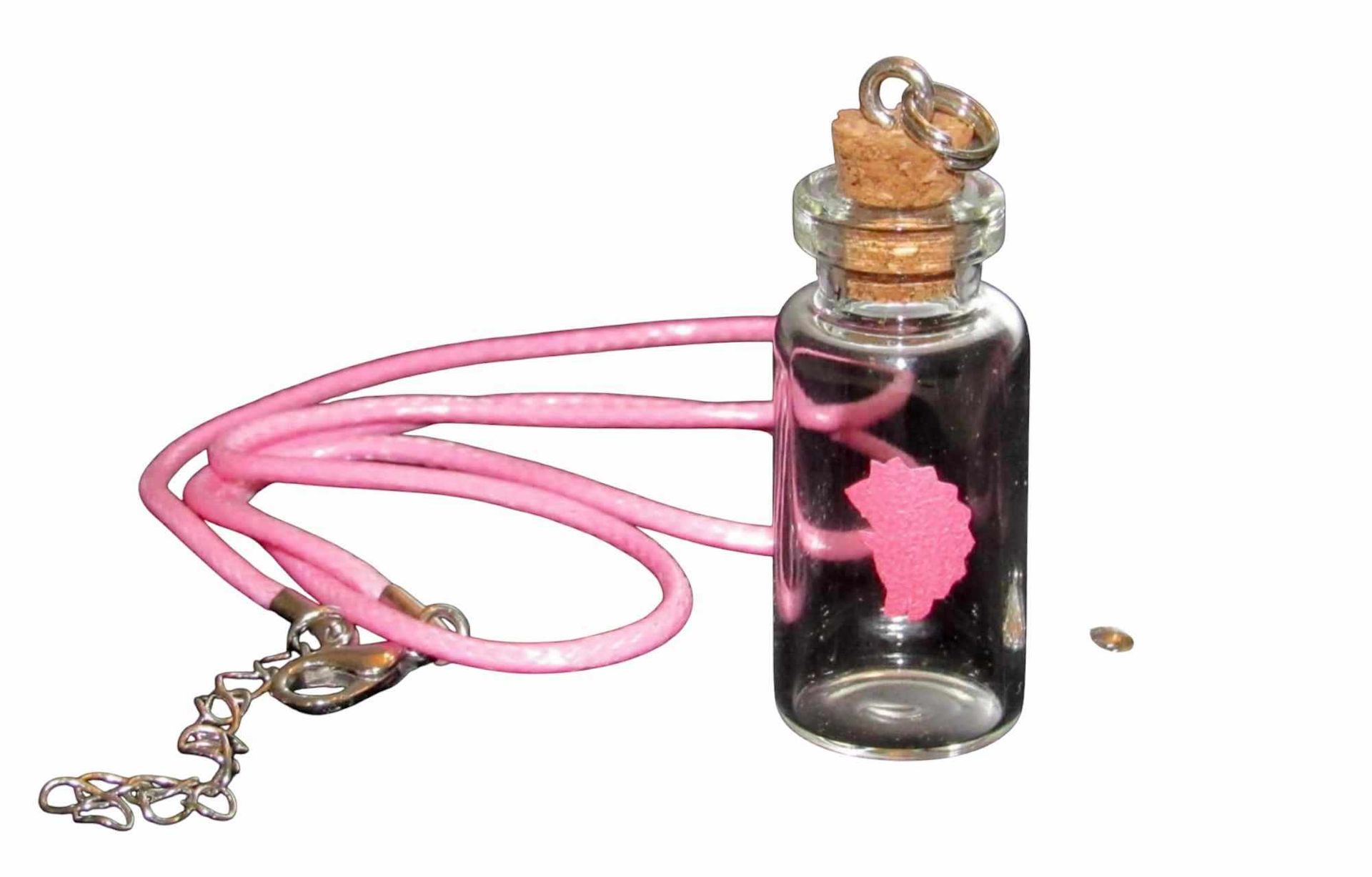
Slide title
Write your caption hereButton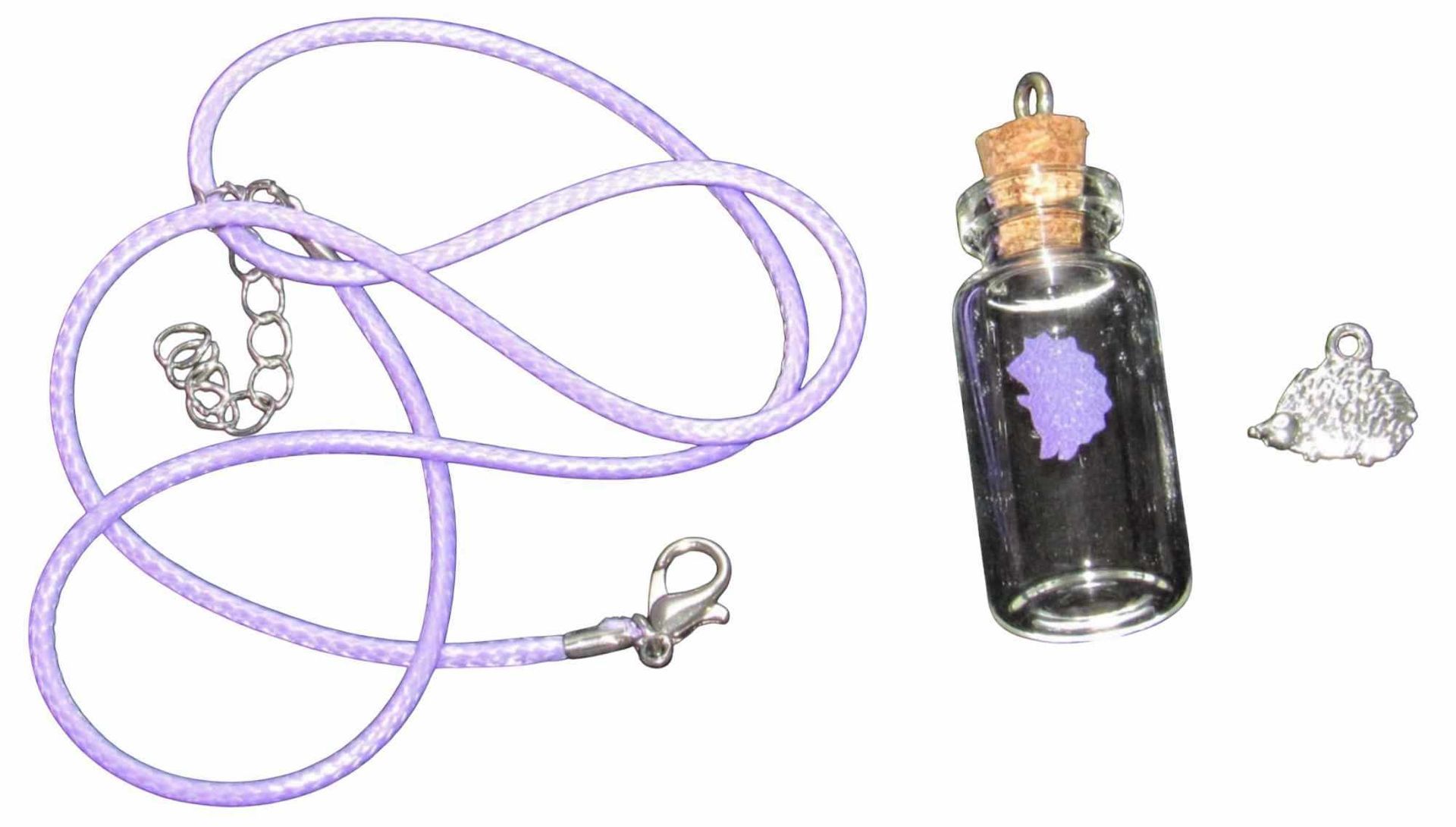
Slide title
Write your caption hereButton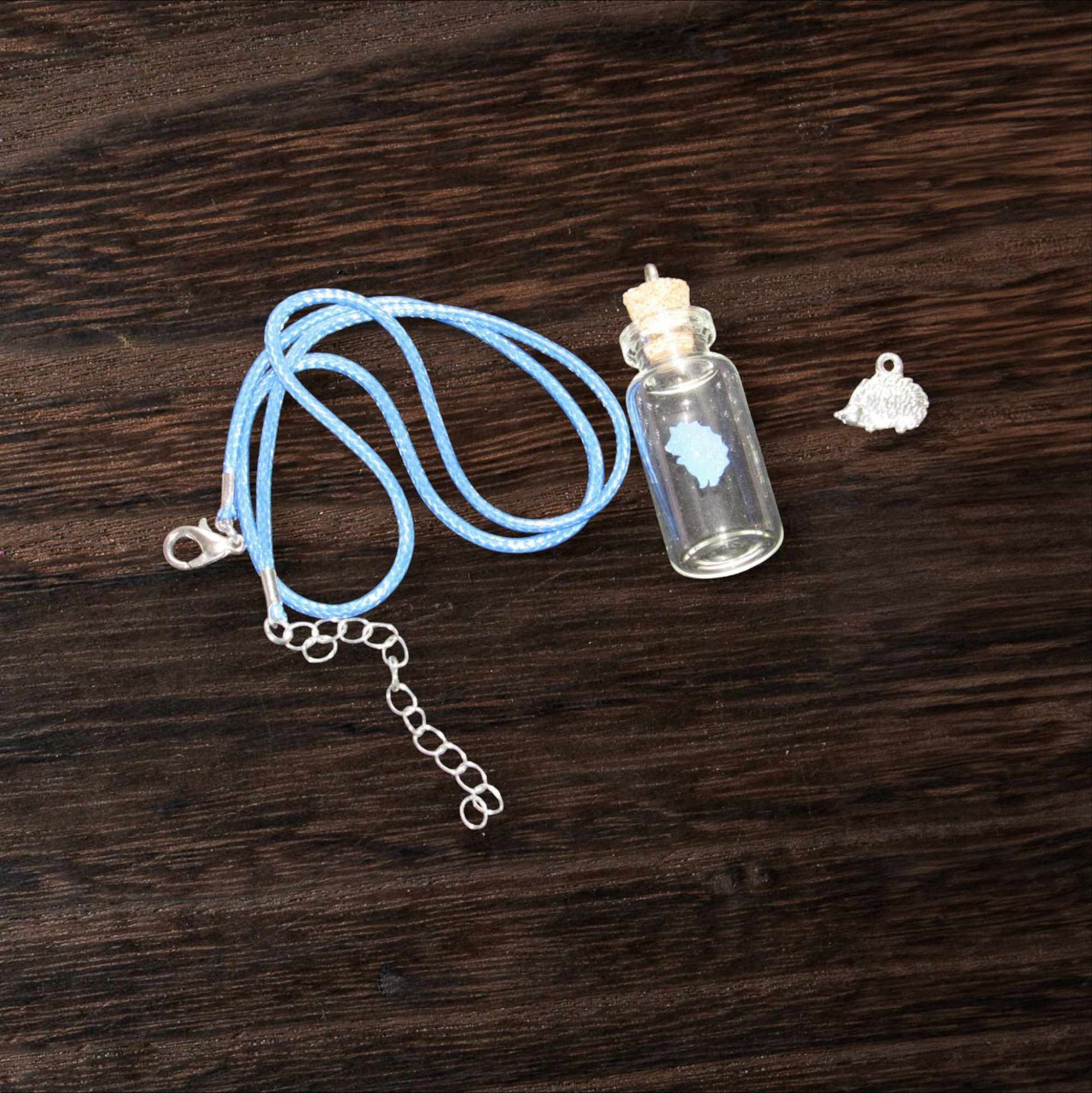
Slide title
Write your caption hereButton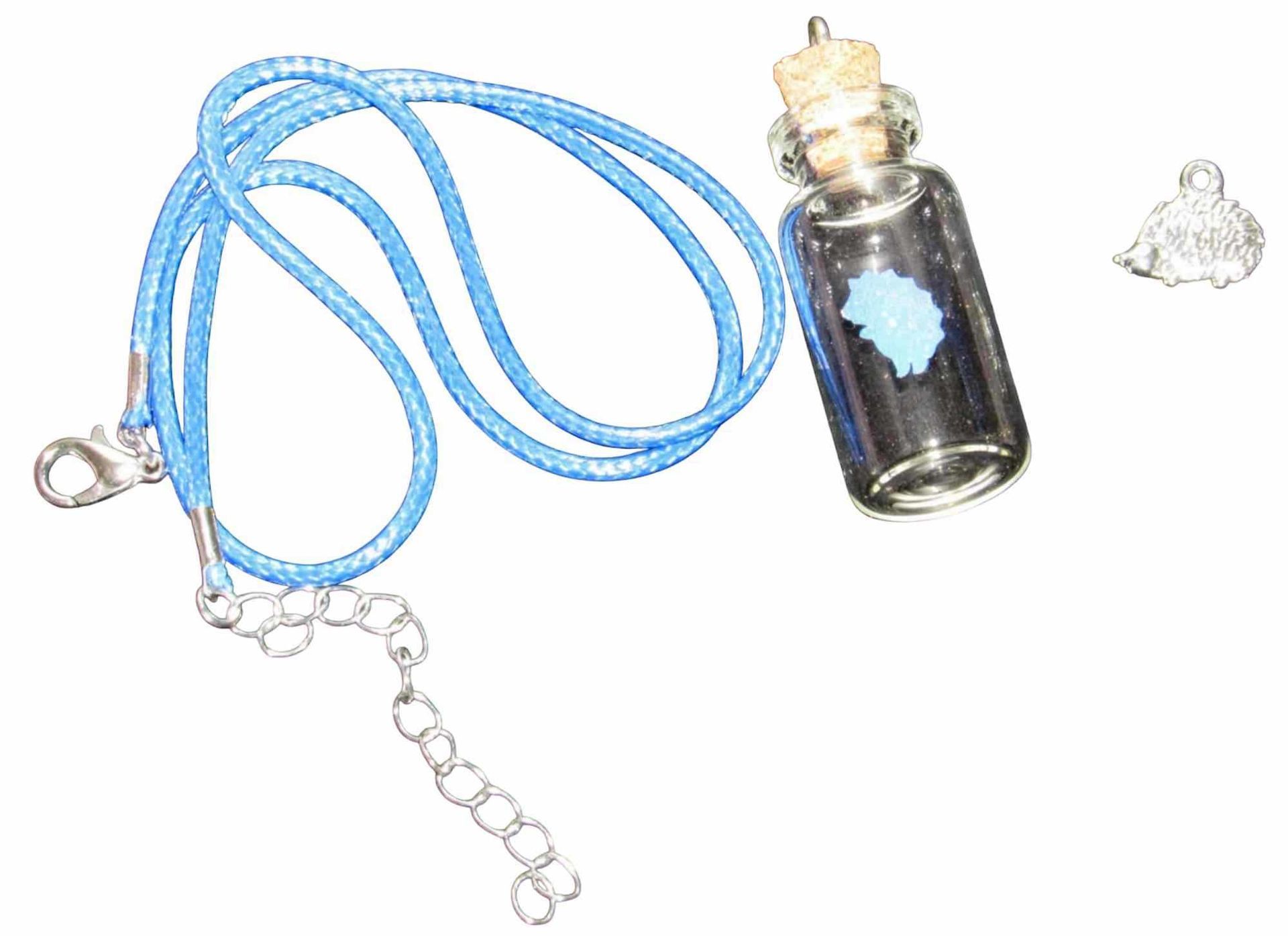
Slide title
Write your caption hereButton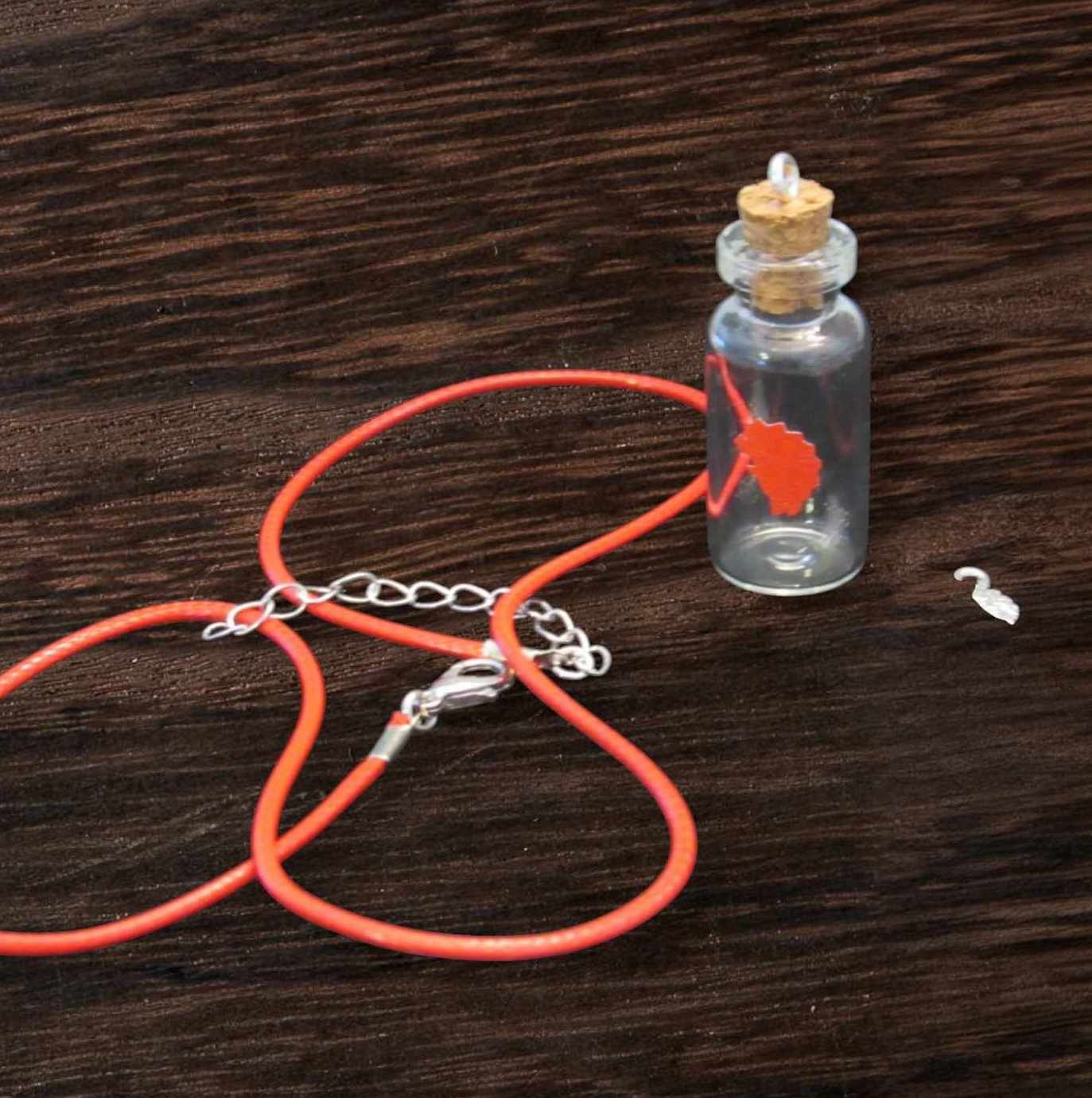
Slide title
Write your caption hereButton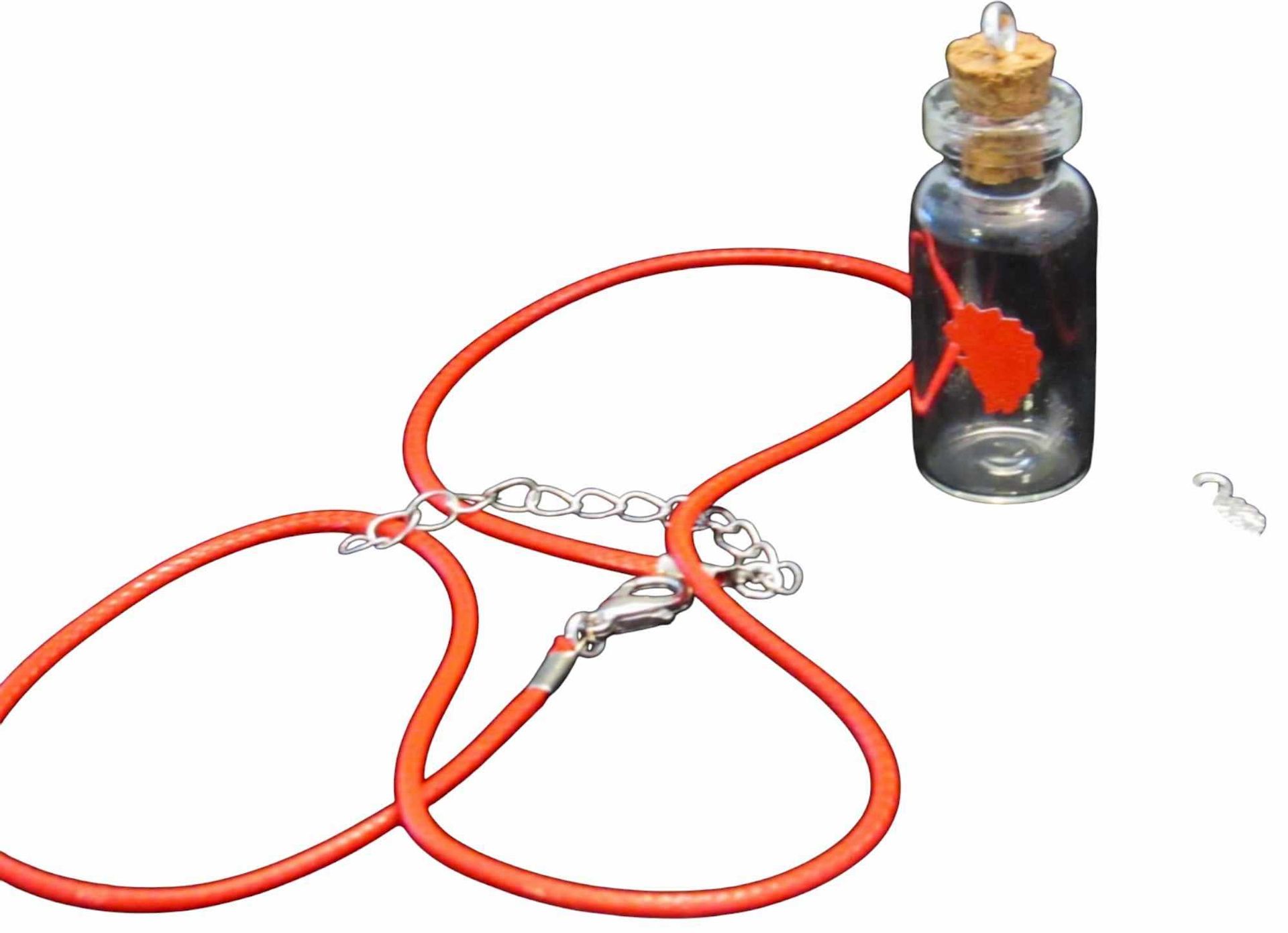
Slide title
Write your caption hereButton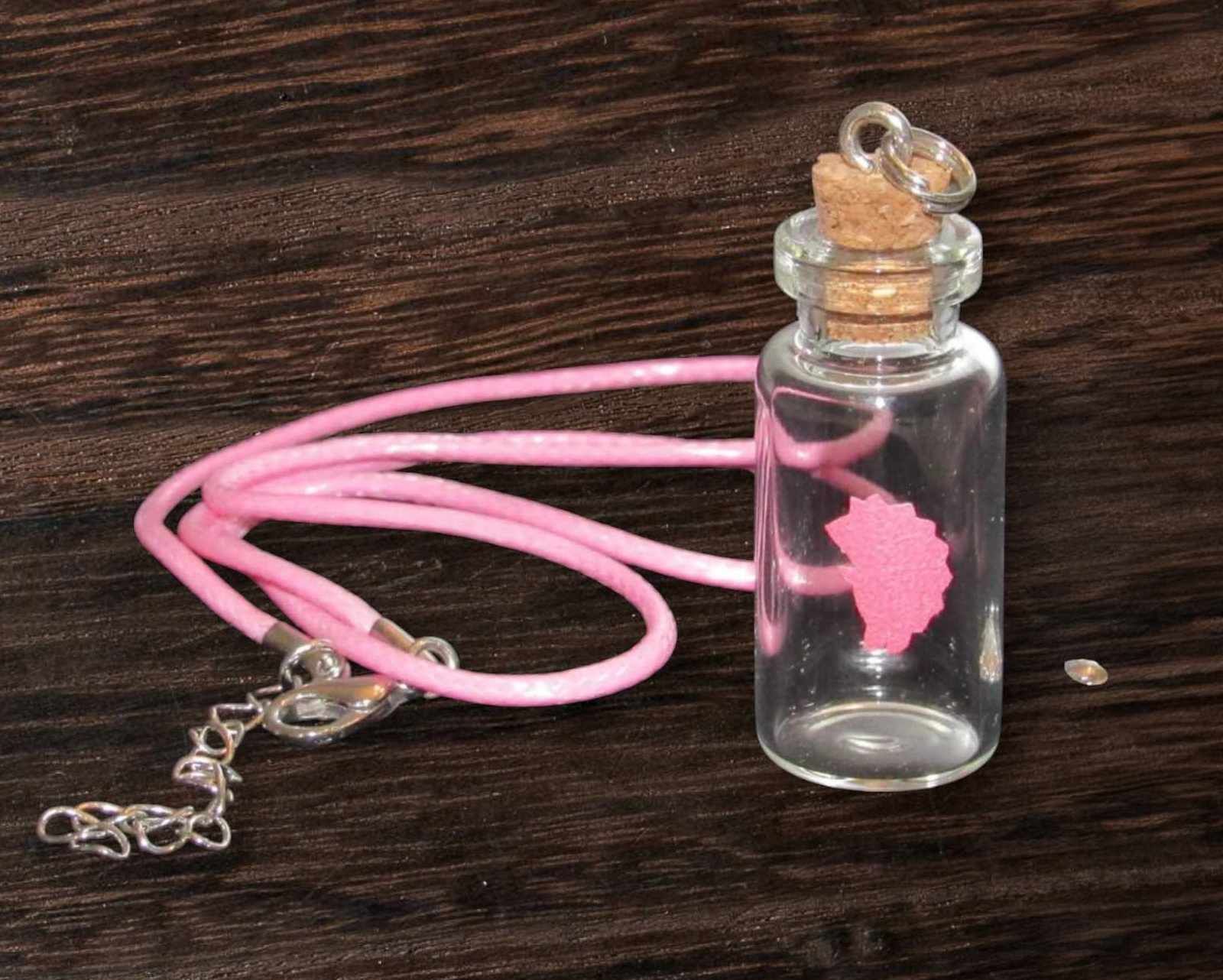
Slide title
Write your caption hereButton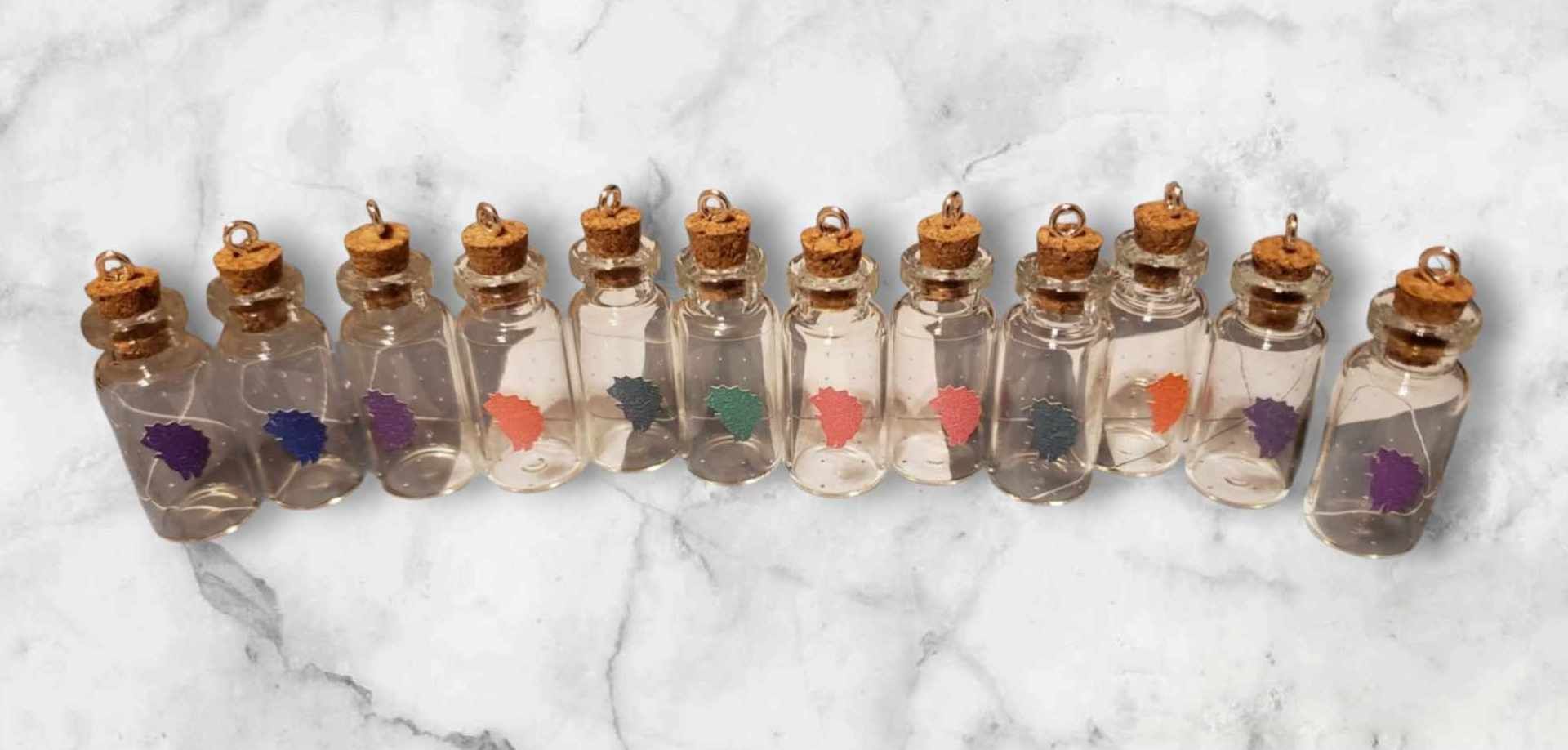
Slide title
Write your caption hereButton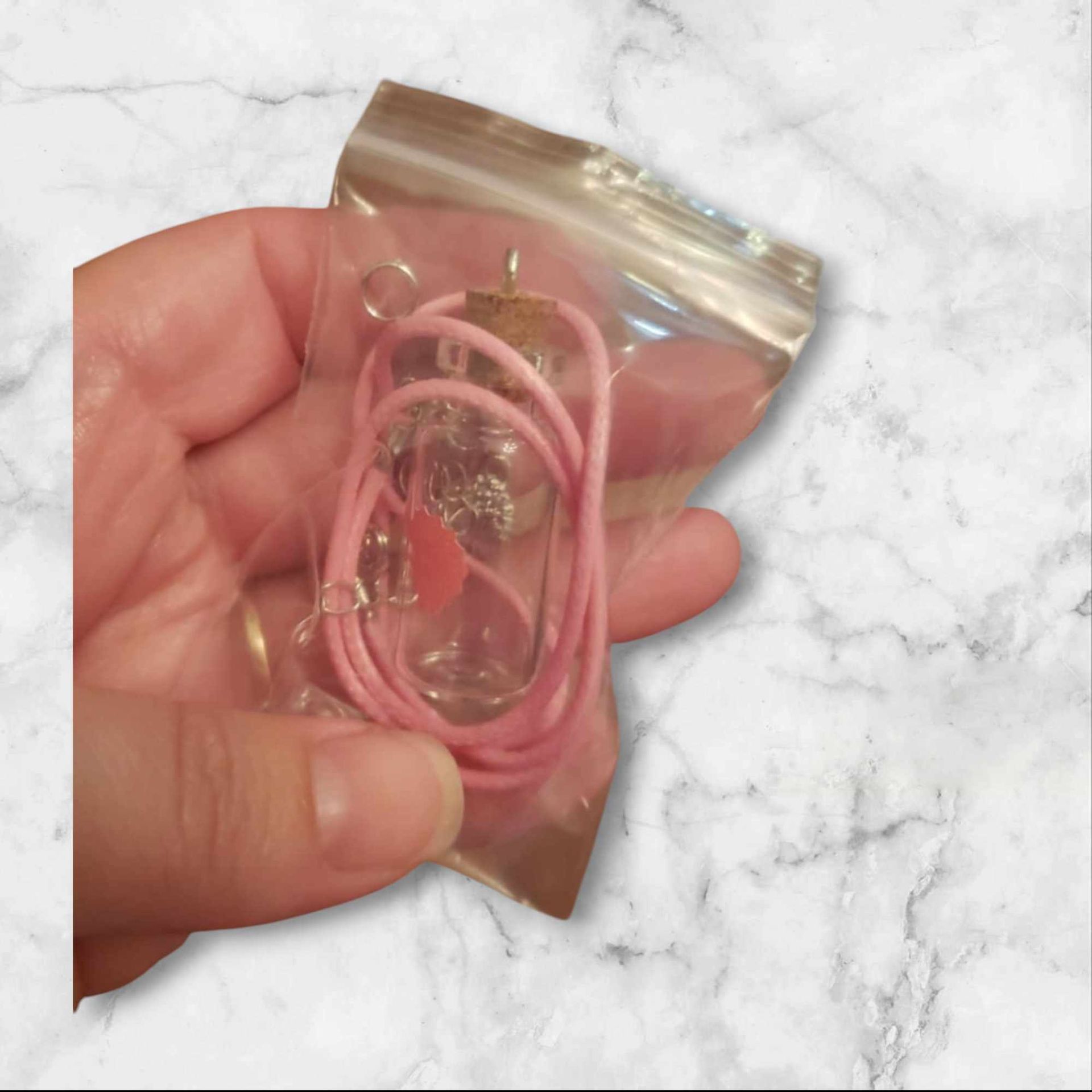
Slide title
Write your caption hereButton
Quill Keepers (Necklace or Freestanding) Keepsake
-
$15.99
The perfect way to keep your precious pet Hedgehog Quills with you always comes with necklace to wear few color available just ask which color you would like.
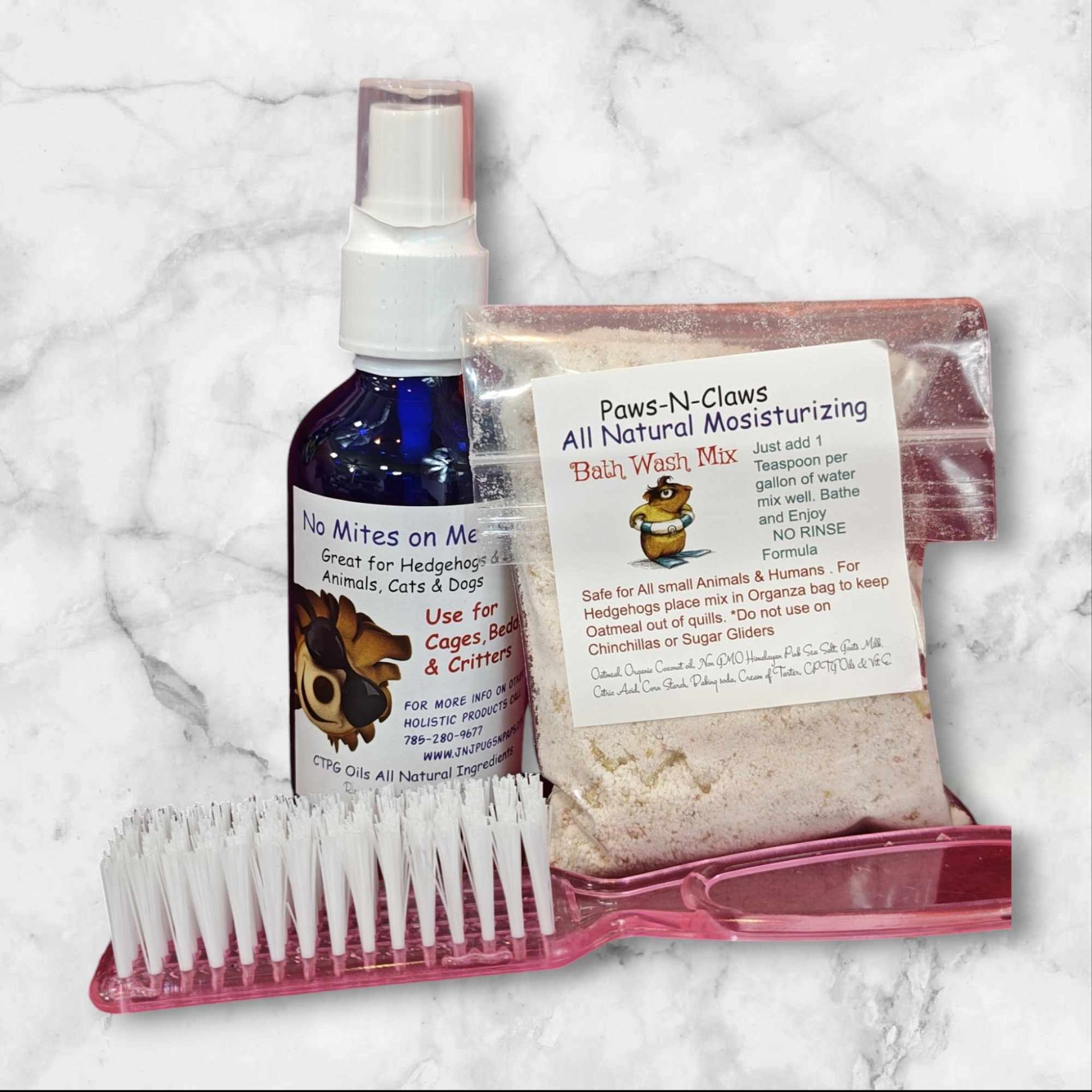
Slide title
Write your caption hereButton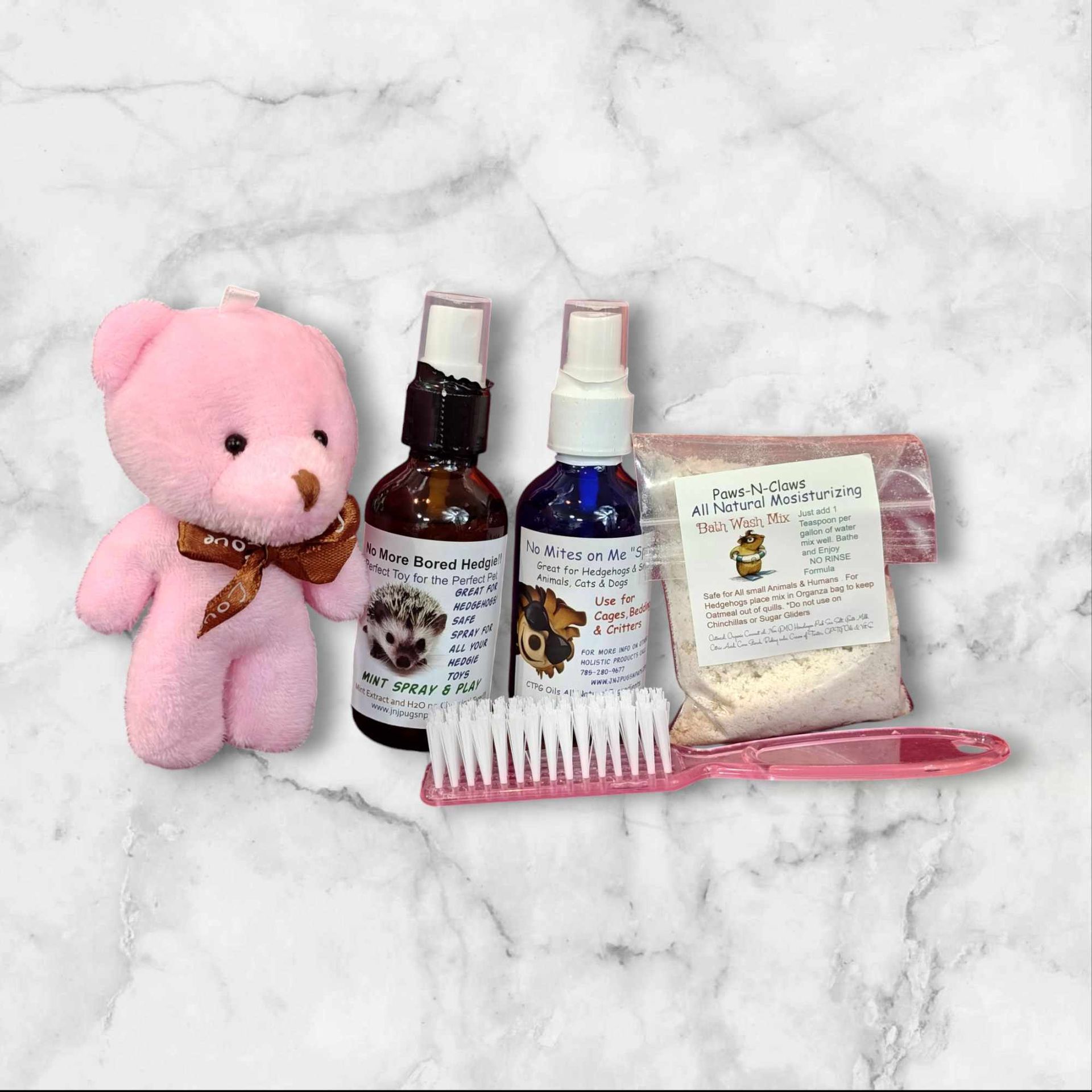
Slide title
Write your caption hereButton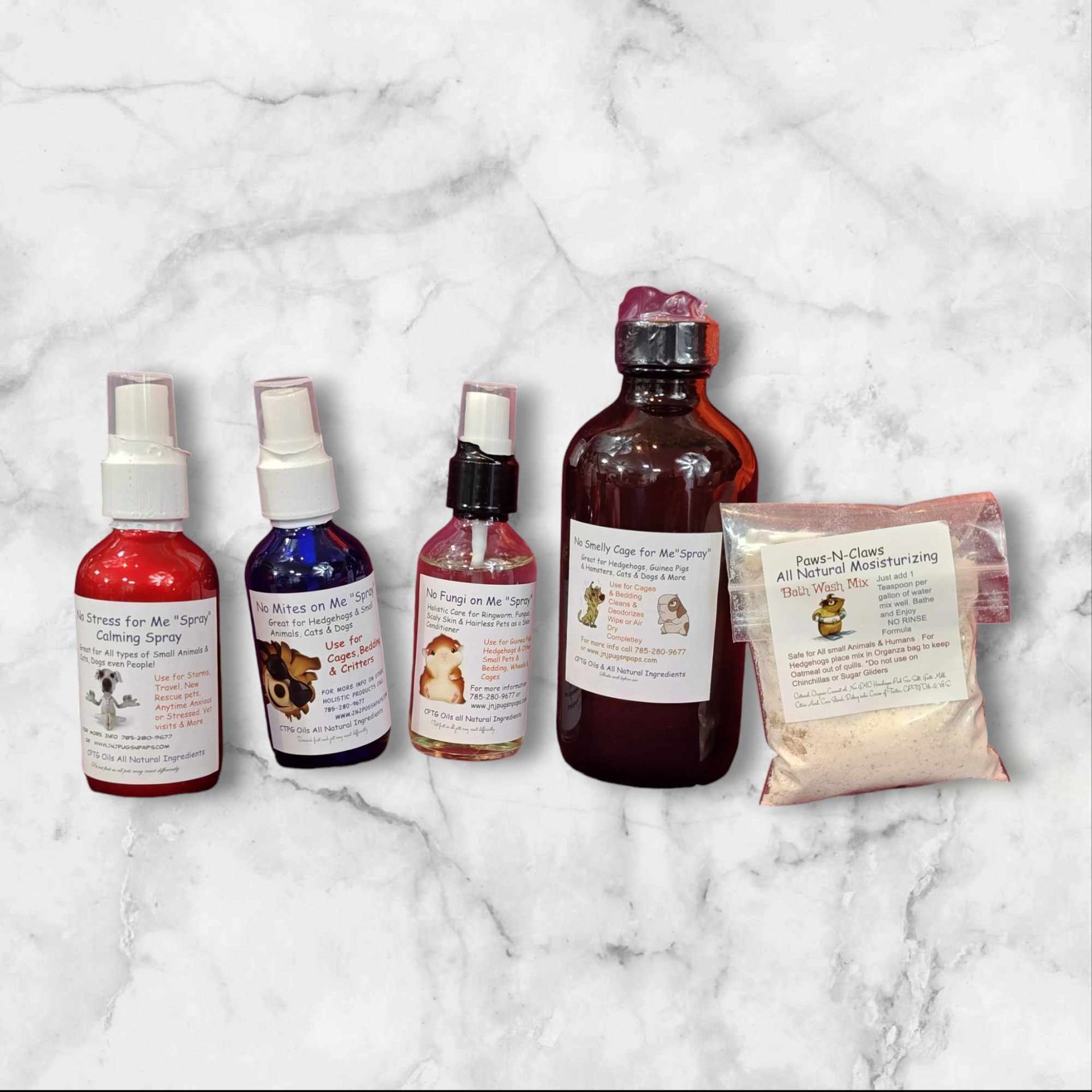
Slide title
Write your caption hereButton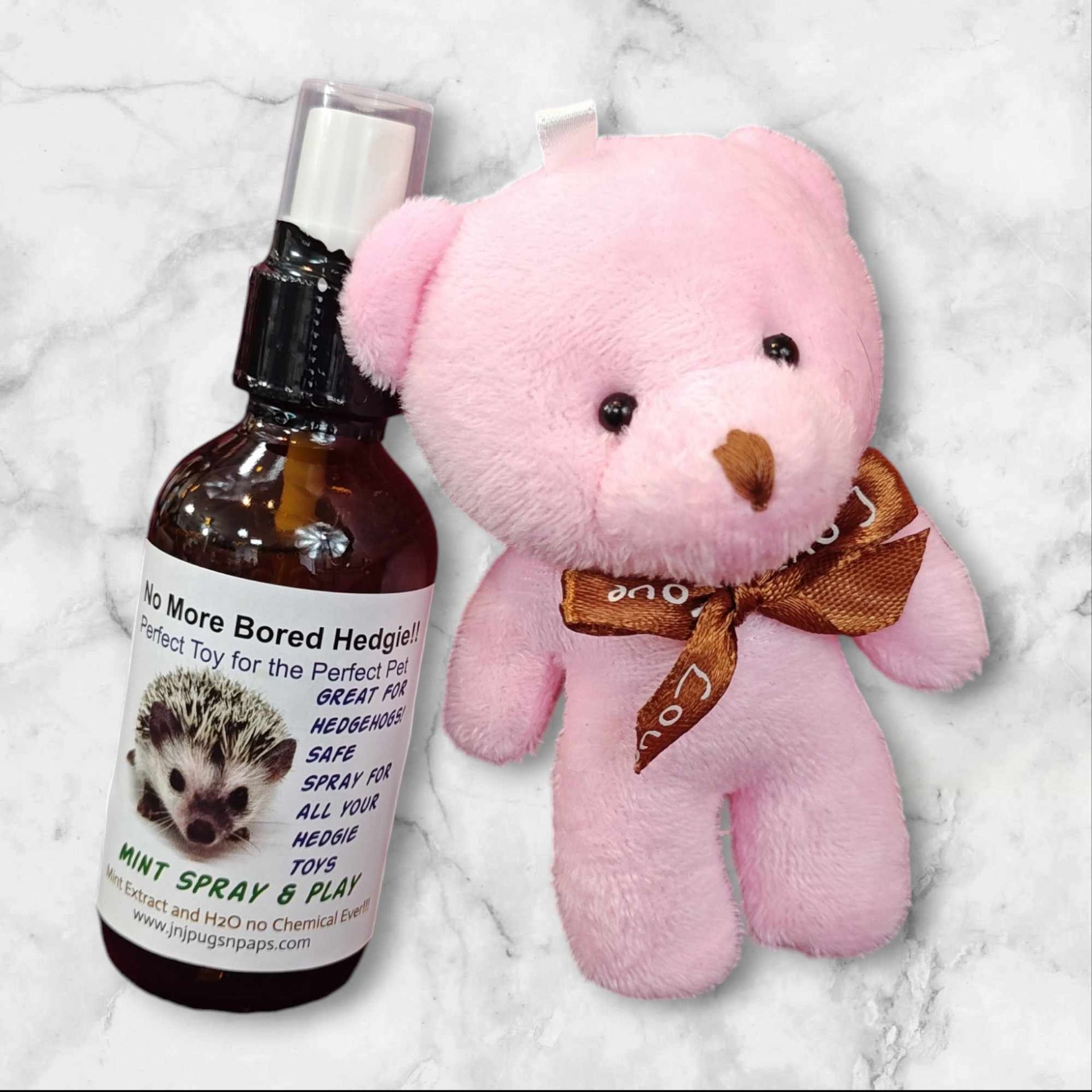
Slide title
Write your caption hereButton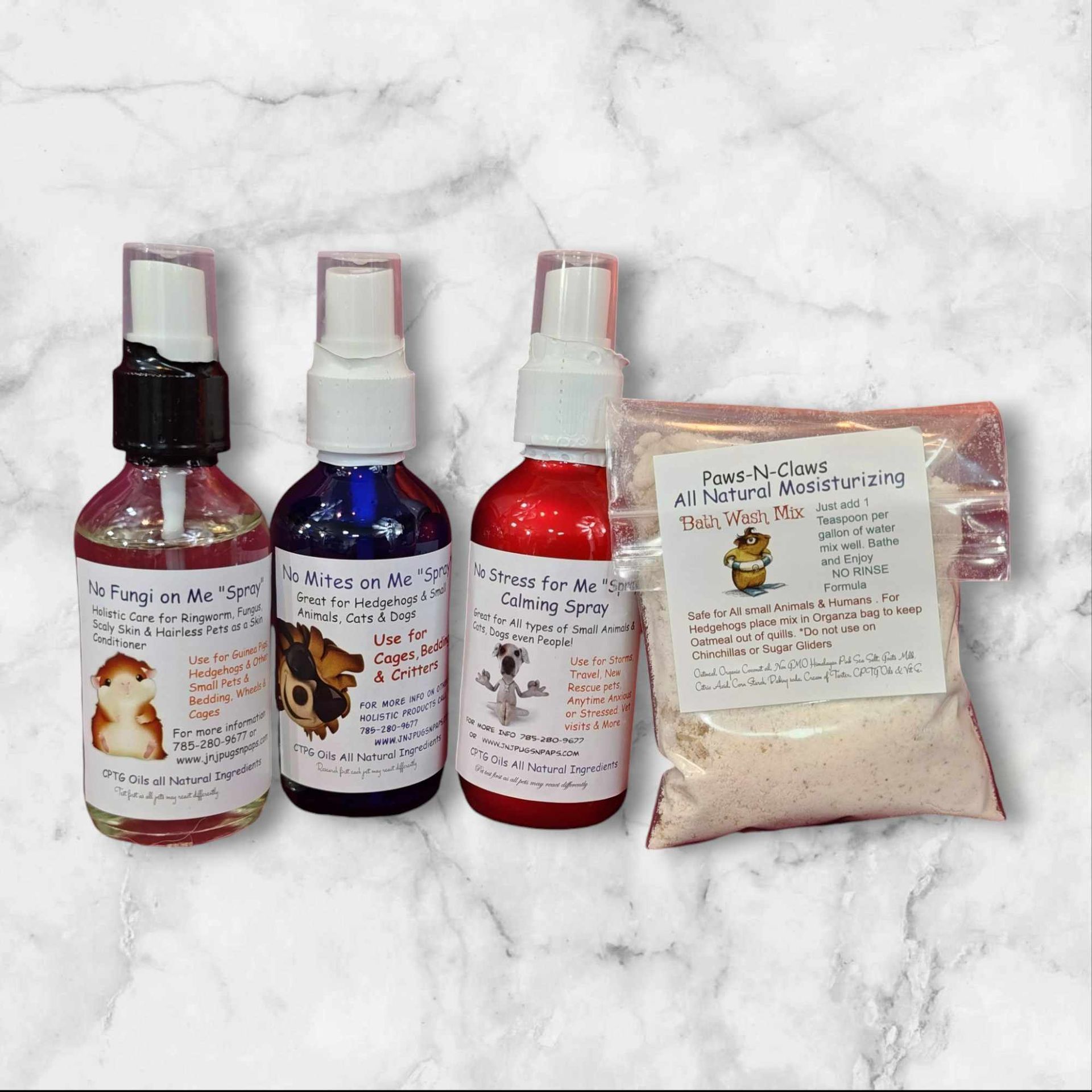
Slide title
Write your caption hereButton
Hedgehog Bath or Bathe N Play Kits
-
$18.99 to $73.99
We decided to offer a great Deal All Three of our Sprays & Cage cleaning Spray In one complete Kit OR WE HAVE MODIFIED KITS FOR YOUR NEEDS ( YOU MUST CHOOSE THE KIT THAT HAS WHAT YOU WOULD LIKE fromt he Option Menu Prices WILL Vary)
Deluxe Kit includes: Cage Spray, Fungi Spray, Mite Spray, Calming Spray, Bonding Bag & Free Bath Bomb
Deluxe Kit includes: Cage Spray, Fungi Spray
Mite Spray, Calming Spray, Bonding Bag & Free Bath Bomb
Cavy Care Kit includes: Cage Spray, Fungi Spray, Bonding Bag & Free Bath Bomb
Hedgehog Kit includes: Calming Spray, Mite Spray, Fungi Spray, & bath mix Bag
Hedgehog Bath kit: Bath Brush, Bath Bag mix, and Mite Spray
Hedgehog Play N Spray kit: Play Spray and Toy
Hedgie Bath & Play Kit includes: Play Spray ,Toy,Bath Brush, Bath Bag mix, and Mite Spray
Guinea pig Bath kit : Bath Brush, Bath mix in bag, and Fungi Spray
You can also add to your cart just the Individual sprays etc. thanks again have a purrfect day!
Calming spray- you can spray your hedgie, Guinea Pig Rat, Cat or Dog or their enclosure its been proven to help calm during times of stress, thunderstorms going to the vets office, boarding even meeting new people just spray and let them relax. For calming spray you can spray pet their carriers bedding or cages it works great for dogs or cats in storms and there is no limit to how much to use what helps your pet and makes them comfortable
No Mites- on me spray you can spray your hedgie or Other Small pet or their enclosure it is great for those times your pet comes into contact or gets mites. Spray on them & there enclosure and get rid of them quick. ALWAYS RESEARCH and do small test to see if your pets likes anything new. THIS IS FOR MITES or fleas (little black bugs that you can see with eyes) Not demodex or sarcoptic mange mite) It works well for these but those must be seen by vets and some are so bad cases they may need something very strong, We have used them for these type of under the skin infections or parasites but the product was intended for regular mites & fleas and preventive
For Fungus or Ringworm -Bath pet be sure to wear gloves, scrub the area well towel pet , Clean cage and spray all over with fungus spray some find it easier to spray on paper towel then wipe down cage. Then when pet has dried spray pet affected areas if face spray fingers and wipe well around eyes. Repeat spraying two times a day and bath every 2 days at least 3 times should be all cleared by the end of treatment. Our Fungi Spray you can spray your Guinea pig ,Cat or Hedgehog or any small animal or their enclosure its been proven to help cut down and eliminate Fungus spores and on your pet after a great bath with our bath bombs spray the ringworm or affected area, feet etc. of you pet to clear up Fungus & Bacteria fast! . (This product is meant for fungus/bacteria of many types and meant to be used regularly to clear up problem areas) ITS NOT JUST FOR TROUBLED TIMES ...BE SURE TO USE MONTHLY AND RUB IN ALL OVER FOR A PREVENTATIVE AND SKIN CONDITIONER YOUR PET WILL LOVE !!
I make Bath and Sprays and many other items for Exotics and other small animals that are made all natural products certified therapeutic CPTG oils and many other natural items. For Hedgehogs, Guinea Pigs, Hairless Rats and Mice, Hamsters, Cats, Dogs and so many more even Reptiles. They are made by me with each ingredient carefully in the correct amounts and have used on all my animals for many years and are very safe and so helpful for many ailments or just to keep your pet healthy as possible. Always research and do small test to see if your pets likes anything new.
Calling all Hedgehog and Guinea Pig, Hamster ,Rodents & Cats and Dogs Tips and examples of how to use our products for your pets please check these out on you tube and Visit our website for many great all natural products for your pets www.jnjpugsnpaps.com or our Etsy store jnjpugsnpaps Located in Abilene ks we do ship/deliver Thanks call us anytime , Email or Message thanks
For Sprays- you can Spray pet after bath or in between as well as cages and bedding, for Mite spray once a week for preventative, if has mites we recommend bathing with our bath bomb then towel off (its a No Rinse bath)spray pet well rub in, then spray cage and bedding once you have cleaned the cage thoroughly. Repeat every other day for at least 2 times.
For Fungus or Ringworm Bath- pet be sure to wear gloves, scrub the area well towel pet , Clean cage and spray all over with fungus spray some find it easier to spray on paper towel then wipe down cage. Then when pet has dried spray pet affected areas if face spray fingers and wipe well around eyes. Repeat spraying two times a day and bath every 2 days at least 3 times should be all cleared by the end of treatment
For more all Natural products or pets Email, message or call anytime You tube links are shown to help you as well thanks again
(No products are ever to be used in place of good quality veterinary care, some pet may need a clear diagnosis by skin scraping or more first or if severe)Our products come with a full instruction card and again i could list every single mite, bug and fungus in the world, that it works for or helps or tell you that vet care for animals are important but i dont think you want to read another 10 pages of things that are not relevant to this product if you do wish to have more information call me or message me anytime so we can talk with you about it before complaining to Etsy without even contacting me thanks I have always answered the calls i have gotten over the 30 years i have been using my products on our animals we raise and all the Rescues we take in and rehab.
s
Small Pets - Toy Cuddle Cup Dig Box with Toys
-
Details $49.99
No more Bored Hedgehogs or Rats,Mice, Gerbils, Hamsters , and so much more. Sugar Glider(we can change Spray to Ease & Refresh for Gliders)
Not just a toy Dig play box but completely washable toy cuddle cup they can dig play and even sleep and cuddle up. Will come with lots of Fleece sptrips,
Toys( will Vary) and Even the Spray to entice natural chewing , Burrowing and Foraging Behavior.
Mint spray safe non toxic great to Mint up all your hegies favorite toys!! OR is you have a Sugar Glider we will put in the Sugar Glider Spray
This order 4oz glass bottle with FREE Bear TOY!!
Made is small fresh batches spray your toys or your Cuddle dig play Cup. Watch them have fun.
We Offer spray complete with Bear toys (bear colors will Vary).and Cuddle cups prints vary as well.
We also Sell a cuddle cup alone or toys alone to refill your Toy Dig cuddler cup. endless fun for your playful pet for you to help with their care and socialization.
Made with mint oil (Mentha spicata) extracts, leaves, H2O. Never any chemicals. Be sure to check out all our fun items. Contact me anytime with questions 785-280-9894
FREE SHIPPING as with all our items!
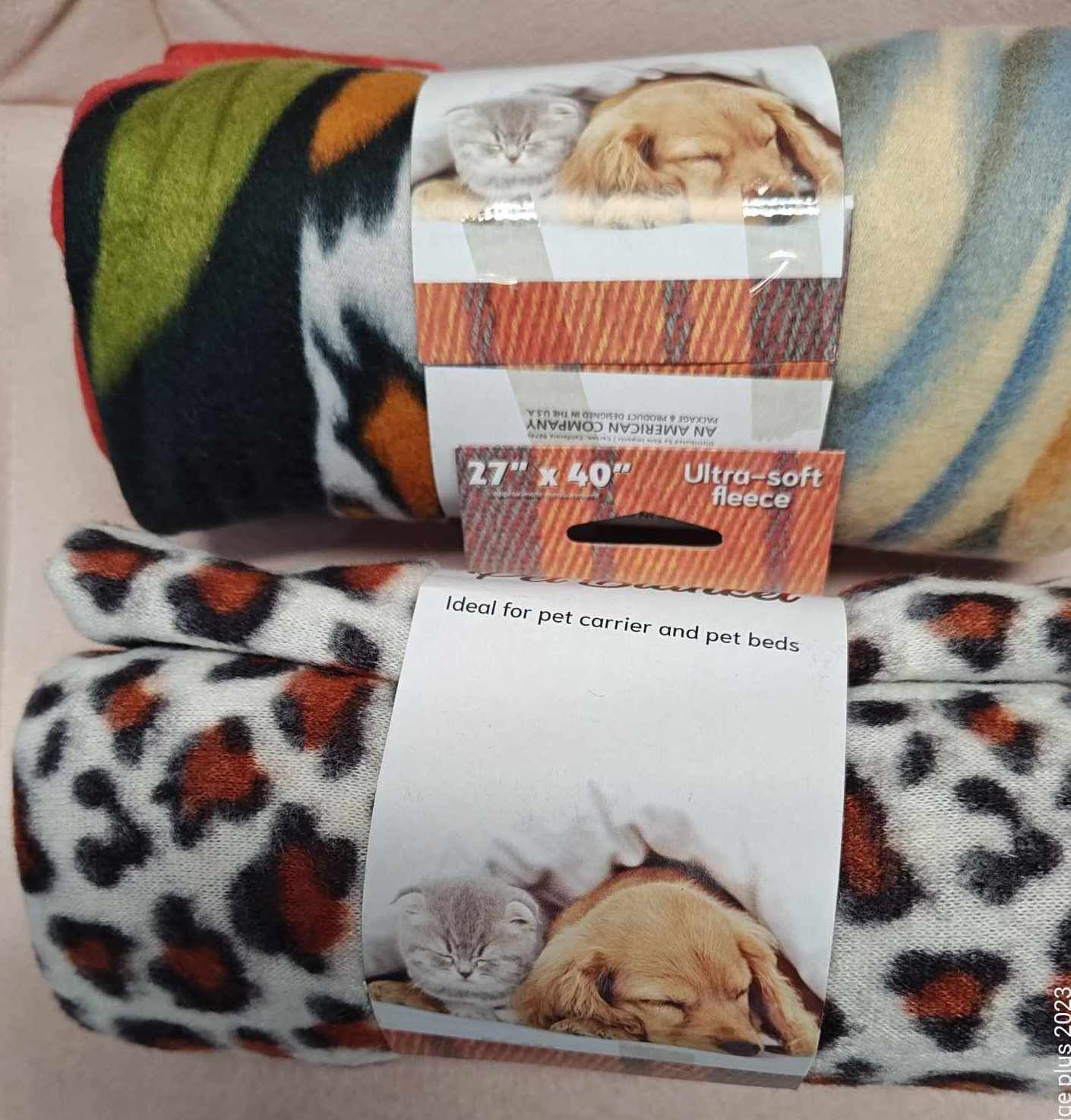
Slide title
Write your caption hereButton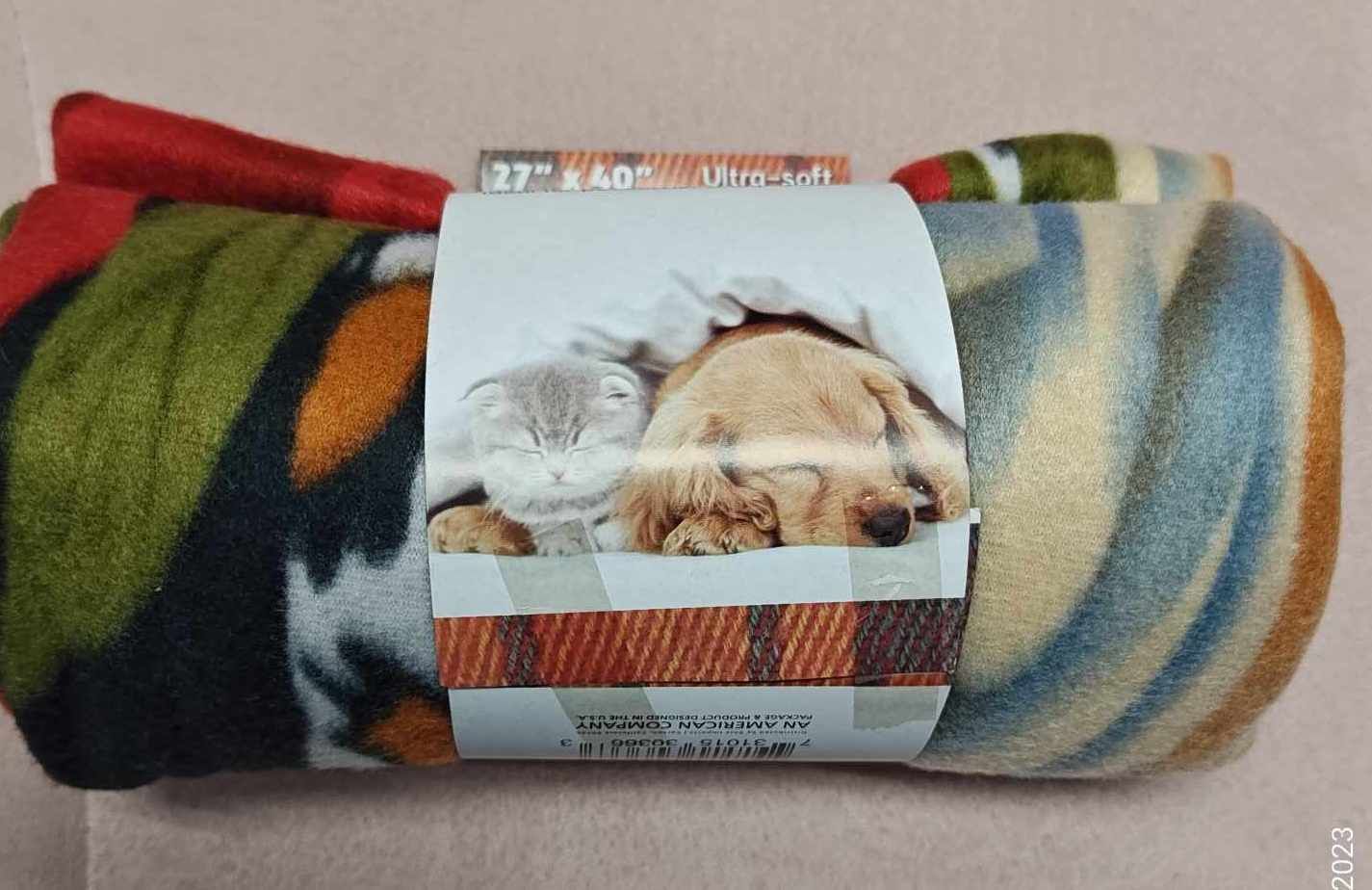
Slide title
Write your caption hereButton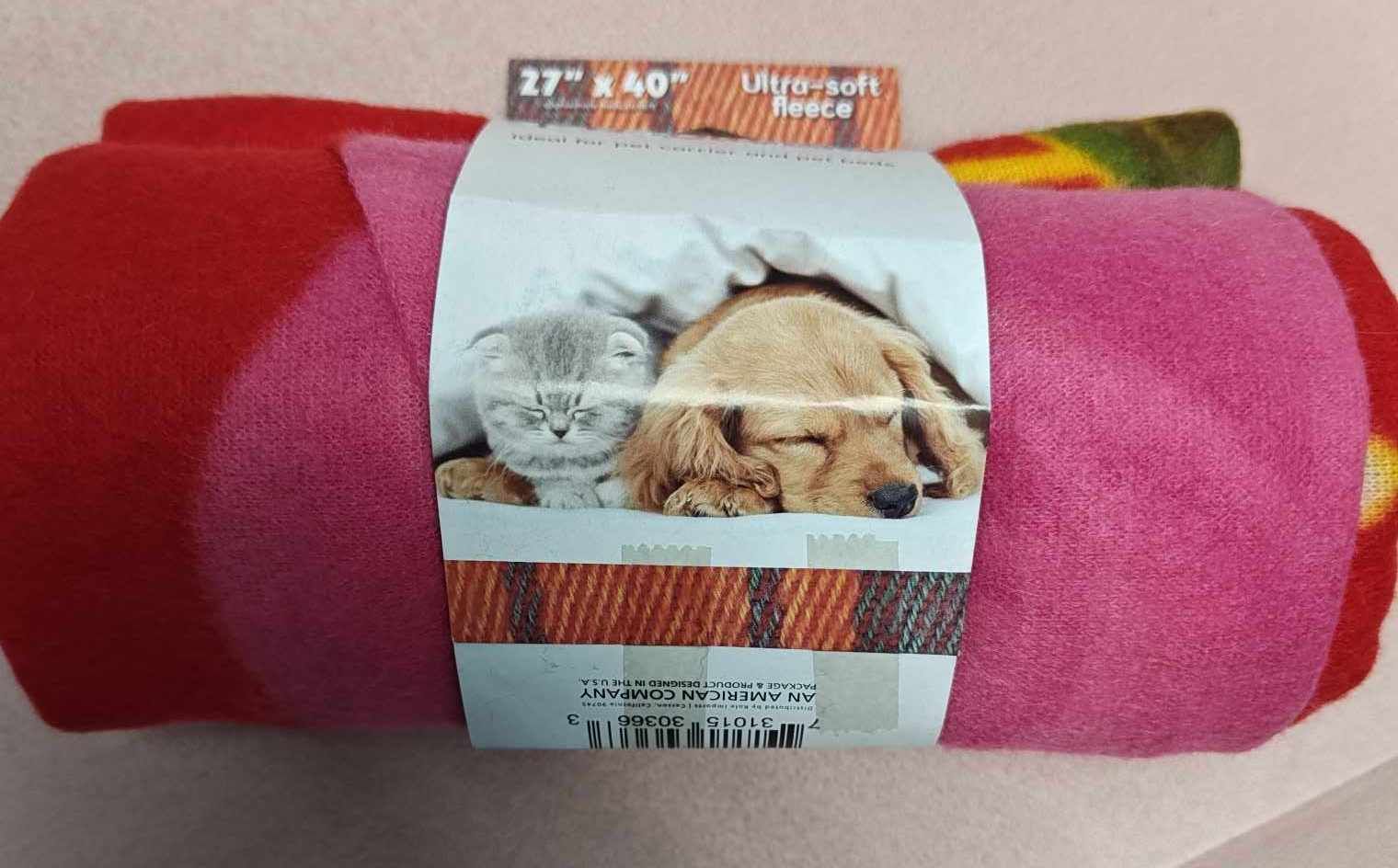
Slide title
Write your caption hereButton
Slide title
Write your caption hereButton
"Take Me Home Blankets"
-
Details $12.99
We offer these for New pet parents to take home their new pet with we can also put these with parents or siblings before you arrive to make the transistion into your new home much more relaxed for your new baby Evry print is uniques send assorted prints size 26 by 40 lightweight
Coconut Bedding Disks
-
$5.50 TO $50.00
Coconut Fiber Bedding All Natural No Chemicals, great for Planting, birds, hermit crabs and reptiles and tarantulas expands with warm water three to four times the size hold moisture so great in dry climates and pets who need humidity we offer in Several amount the higher the amount you get a huge savings !! ALL WILL BE SENT FIRST CLASS 3 TO 5 DAYS AND LARGER AMOUNTS SENT PRIORITY MAIL AND ALL SHIPPING FREE TO YOU, One disk about five gallon tank about one inch deep, two disks for ten gallon tank over one inch deep or six disks up to 30 gallon at one inch deep and so on. Please choose from the option the amount you want thanks We have used this in all kinds of indoor and outdoor plants works great for vegetables and sensitive plants that need moisture slowly.Fleece bags for all types of pets these are minimum or 8 inches by 10 inches hand made so some may differ and be a bit larger . They are Reversible and very well made and soft your pet will love the warmth and comfort great for Rats, Hedgehogs, Hamsters, and Guinea pigs. I make larger ones for Guinea pigs as well as many sacks with straps for carrying or for hanging in cages for sugar gliders. I also have ones with zippers and windows for secure carrying of hedgies and gliders some are Fleece only or Flannel & fleece combo
This product is without a strap just the sack if you want a strap look at my Bonding Bags
Bonding/ Snuggle Sacks Large
-
Details $19.99 to $48.99
large
Fleece bags for all types of pets these are 8 by 10 inches is the Large hand made so some may differ and be a bit larger . They are Reversible and very well made and soft your pet will love the warmth and comfort great for Rats, Hedgehogs, Hamsters, and Guinea pigs. I make larger ones for Guinea pigs as well as many sacks with straps for carrying or for hanging in cages for sugar gliders. I also have ones with zippers and windows for secure carrying of hedgies and gliders some are Fleece only or Flannel & fleece combo
Meaty treat
-
Details $7.99 TO $69.99
No More Hungry Tummy.... Perfect Treat for your pet. We have a fun herd of hedgies and some are picky some arent but they all love freeze dried meat n treat we make several freeze dried meats and then blend together with a few veggies to make a high proteins snack that easy to eat wont choke and really gets them happy to eat . Great for Hedgehogs and dogs and cats love it too . Wonderful for picky critters or just a really great treat . We use for Pregnant mommys they love it and really need the extra vitamins and nutrition during whelping and nursing. Use for weaning hoglets to establish and good feeding routine or on senior dogs or cats that may have lost intrest in their food. This is a small bag we can do larger orders just ask. thanks for shopping with us.
PACKAGE IS 1.1 OUNCES PER PKG
Fleece Pet Hammock
-
Details $14.99
Chew Hanging TOY! We take Pride in all natural Animal items. This chew toy is safe and completely naturally made and Lava Pumice Stone safe Chew for all Small animals.
ALL NATURAL complete with C Hooks Non Slip on BOTH ENDS, for cage. kiln dried pine wooden ledges for chinchillas and other critters Rats, Lemurs, Sugar Gliders, Degus, Guinea Pigs, Squirrels, Birds etc and more. Reversible both sides smooth and non toxic, no additives, chew safe. Toy can be hung from one side to another, or you can loop and make a circle, or you can hang and let hang down
ALL INCLUDE FREE SHipping...
Hedgehog Kit -Discounts baby hedgehog to $200.00
-
Details $300.00 to $730.00
Comes Complete with: XL Cage, XL safety wheel, bedding, large complete food, large house, treats, water bottle, bowl, and Snuggle Sack & full care sheet with text support. Whole set up can be shipped choose kit with delivery. we also have the full kit with added natural oil kit for Mites, fungi and Calming sprays with Bath mix
Guinea Pig Cage Kits
-
Details $150.00 to $350.00
No more Bored Hedgehog.. Mint spray safe non toxic great to Mint up all your hegies favorite toys!! This order 4oz glass bottle with FREE Bear TOY!! Made is small fresh batches spray your toys or your Cuddle dig play Cup. Watch them have fun. We Offer spray complete with Bear toys (bear colors will Vary). We also Sell a cuddle cup Toy Dig cuddler cup. endless fun for your playful pet for you to help with their care and socialization.
Made with mint oil (Mentha spicata) extracts, leaves, H2O. Never any chemicals. Be sure to check out all our fun items. Contact me anytime with questions 785-280-9894
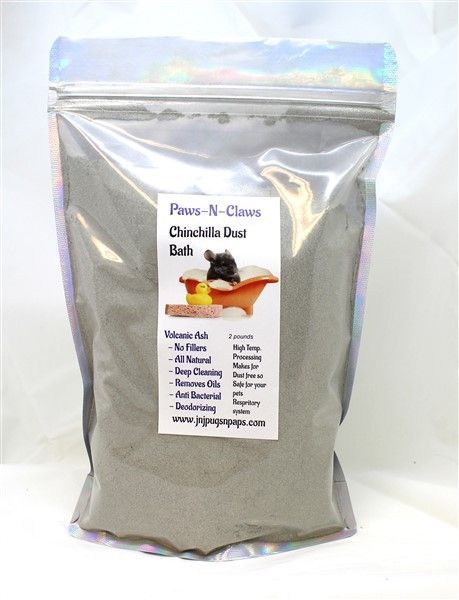
Slide title
Write your caption hereButtonSlide title
Write your caption hereButton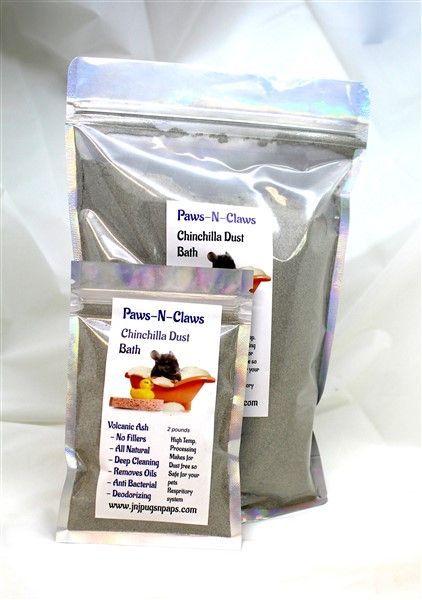
Slide title
Write your caption hereButton
Slide title
Write your caption hereButton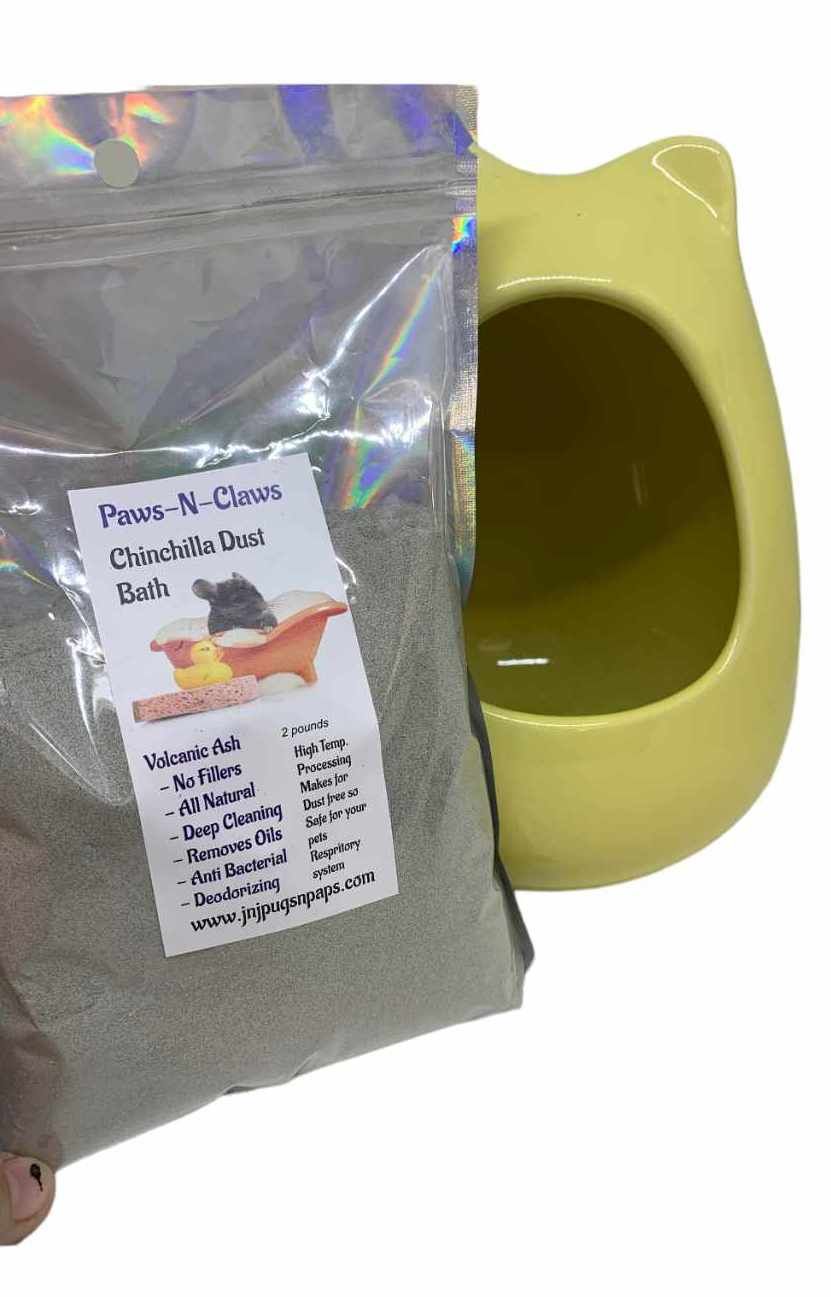
Slide title
Write your caption hereButton
Chinchilla & Hamster (Dust )
-
Details $ 4.99 to $49.99
This Dst is specifically made from Volcanic rock and finely ground with no added silcates very healthy for yor chinchilla and small rodents comes in any sizes in a resealable package
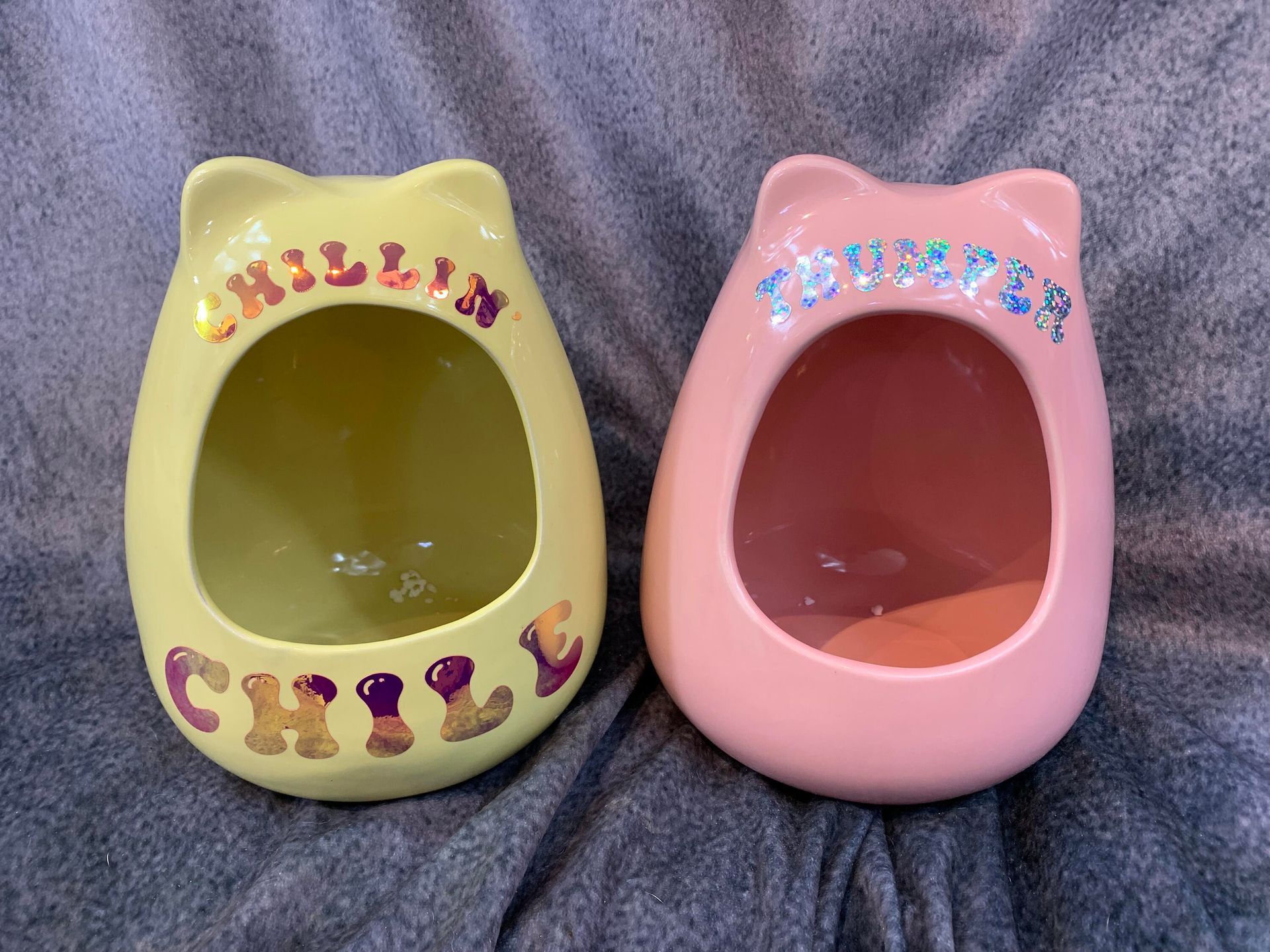
Slide title
Write your caption hereButton
Ceramic House Personalized
-
Details $ 51.99
This is for a personalized home we work with serval colors of vinyl to make your pets bath fun...House comes in many colors and is easliy washable and weighs 2 pounds, so not easy for pets to move work great as a Dust bath and Ferret owners love it for food keeps from making a mess. GuineaPig owners se it for Hay bins and so much more
Bonding/ Snuggle Sacks Large
-
Details $19.99 to $48.99
large
Fleece bags for all types of pets these are 8 by 10 inches is the Large hand made so some may differ and be a bit larger . They are Reversible and very well made and soft your pet will love the warmth and comfort great for Rats, Hedgehogs, Hamsters, and Guinea pigs. I make larger ones for Guinea pigs as well as many sacks with straps for carrying or for hanging in cages for sugar gliders. I also have ones with zippers and windows for secure carrying of hedgies and gliders some are Fleece only or Flannel & fleece combo
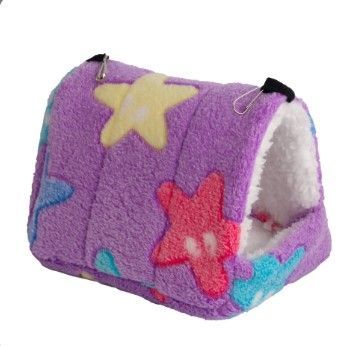
Slide title
Write your caption hereButton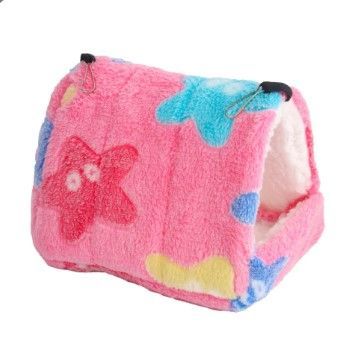
Slide title
Write your caption hereButton
Slide title
Write your caption hereButton
Slide title
Write your caption hereButton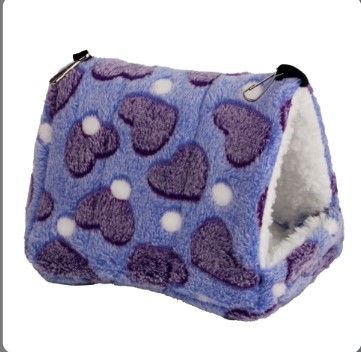
Slide title
Write your caption hereButton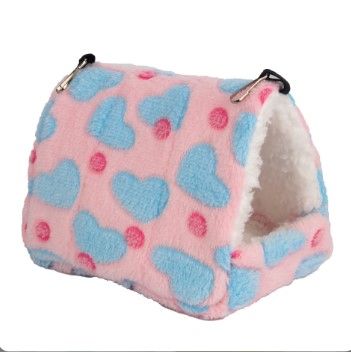
Slide title
Write your caption hereButton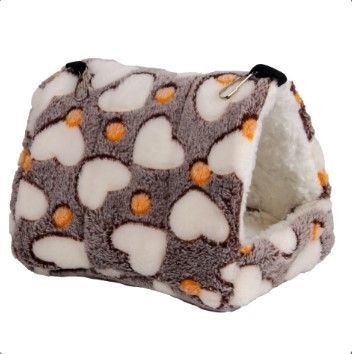
Slide title
Write your caption hereButton
Slide title
Write your caption hereButton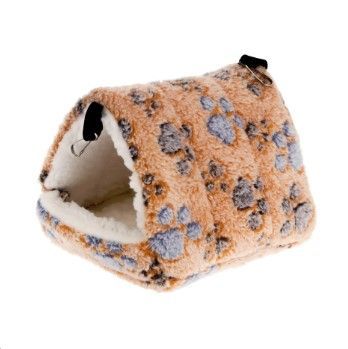
Slide title
Write your caption hereButton
Slide title
Write your caption hereButton
Slide title
Write your caption hereButton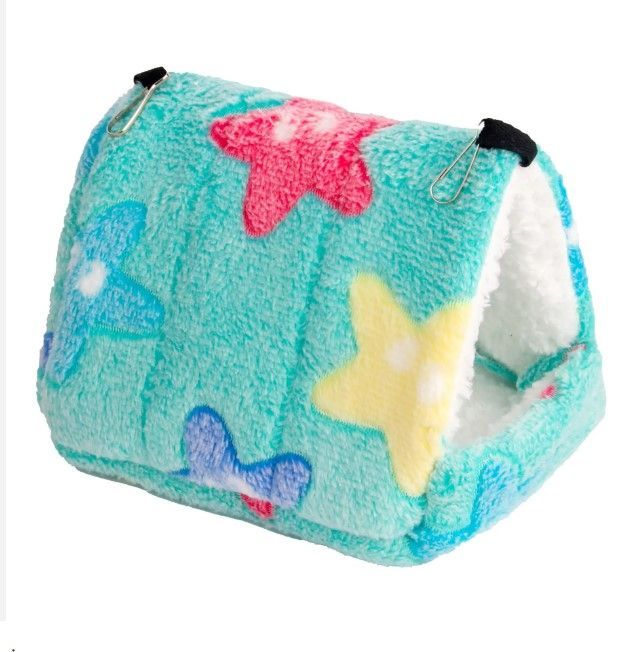
Slide title
Write your caption hereButton
Fleece Triangle Home Medium
-
Details $13.99
This is a nice size Fleece Snuggle house that can sit or has the clips to hang in cage Great for Sugar Gliders, Hedgehogs, Rats and so much more easy to wash and hang and large enough for small guinea pigs 8 inches long inside and seven inches tall 7 inches wide

Slide title
Write your caption hereButton
Slide title
Write your caption hereButton
Slide title
Write your caption hereButton
Slide title
Write your caption hereButton
Slide title
Write your caption hereButton
Slide title
Write your caption hereButton
Slide title
Write your caption hereButton
Slide title
Write your caption hereButton
Slide title
Write your caption hereButton
Slide title
Write your caption hereButton
Slide title
Write your caption hereButton
Slide title
Write your caption hereButton
Fleece Triangle Home Large-Xlg
-
Details $18.99
This is a nice size Fleece Snuggle house that can sit or has the clips to hang in cage Great for Sugar Gliders, Hedgehogs, Rats and so much more easy to wash and hang and large enough for small guinea pigs 12 inches long inside and seven inches tall 9 inches wide
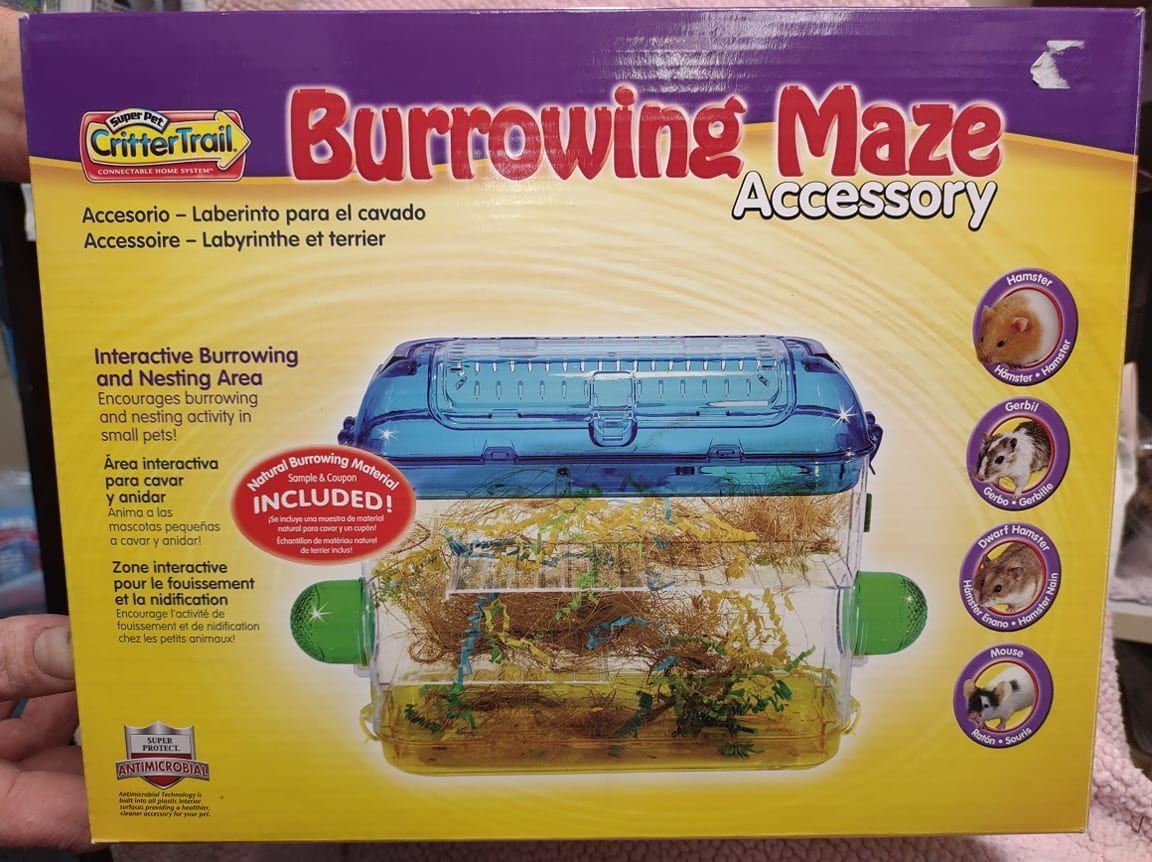
Slide title
Write your caption hereButton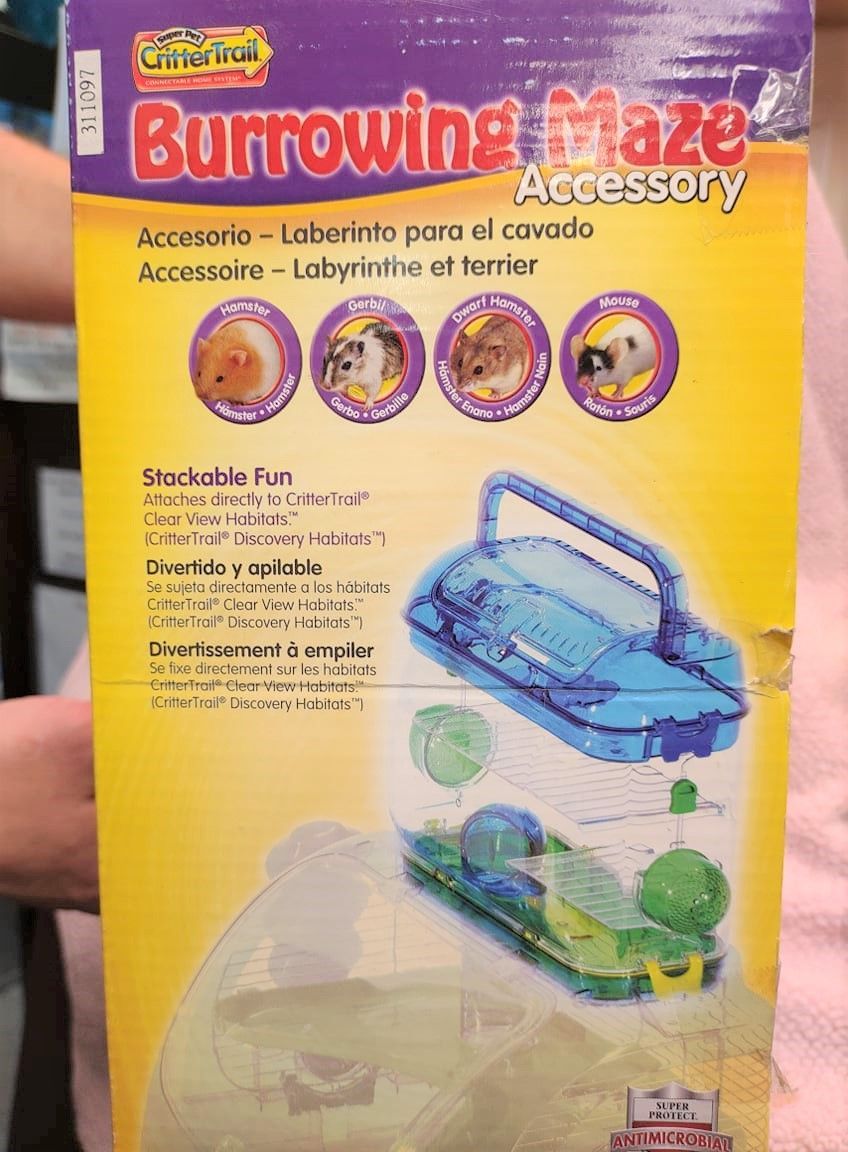
Slide title
Write your caption hereButton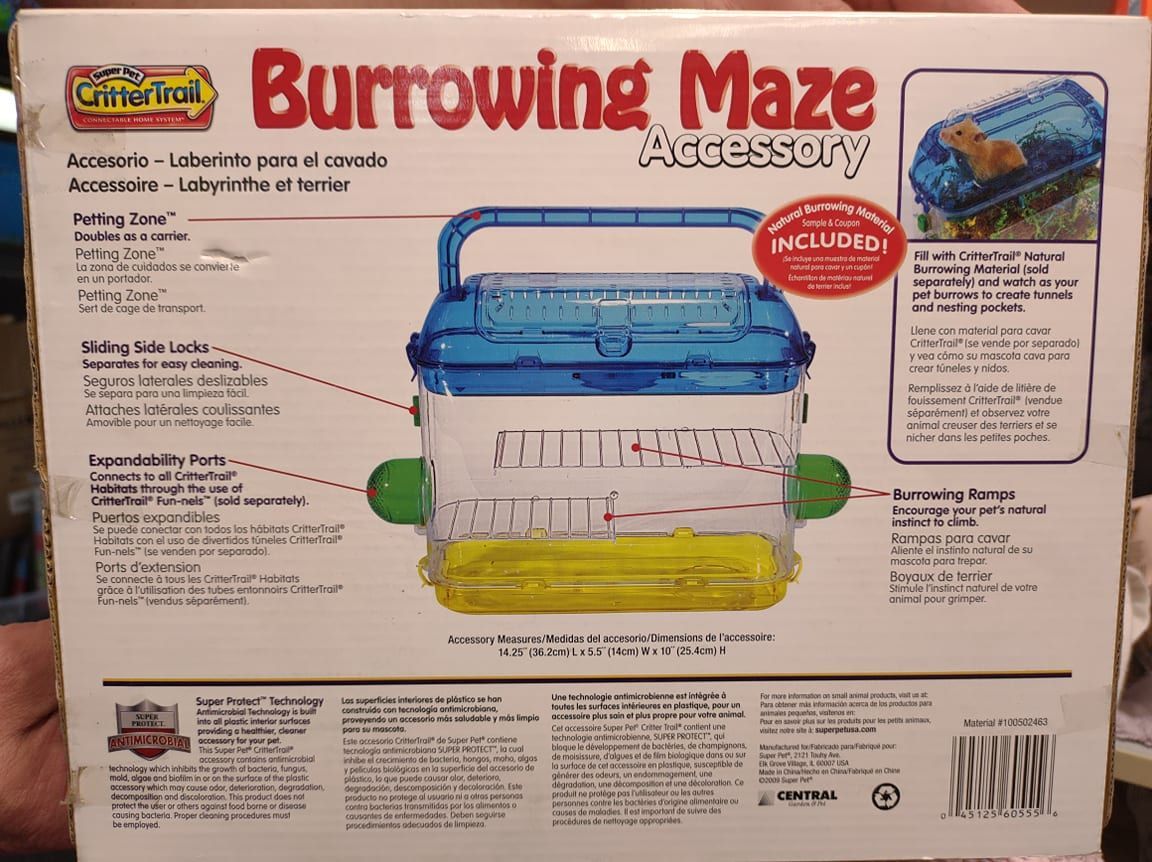
Slide title
Write your caption hereButton
Slide title
Write your caption hereButton
Burrowing Maze
-
$24.99 Free Shipping
Burrowing Maze is great for kids of all ages helps your small rodents have fun burrow and the carrying case works great for travel and when show and tell day comes. it comes complete with bedding material and fluff easy to put the lid on and fuloy clear base allows you to see your pet at all times
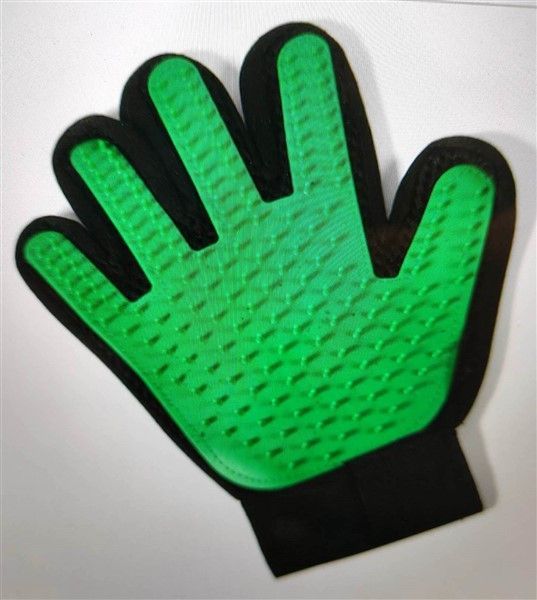
Slide title
Write your caption hereButton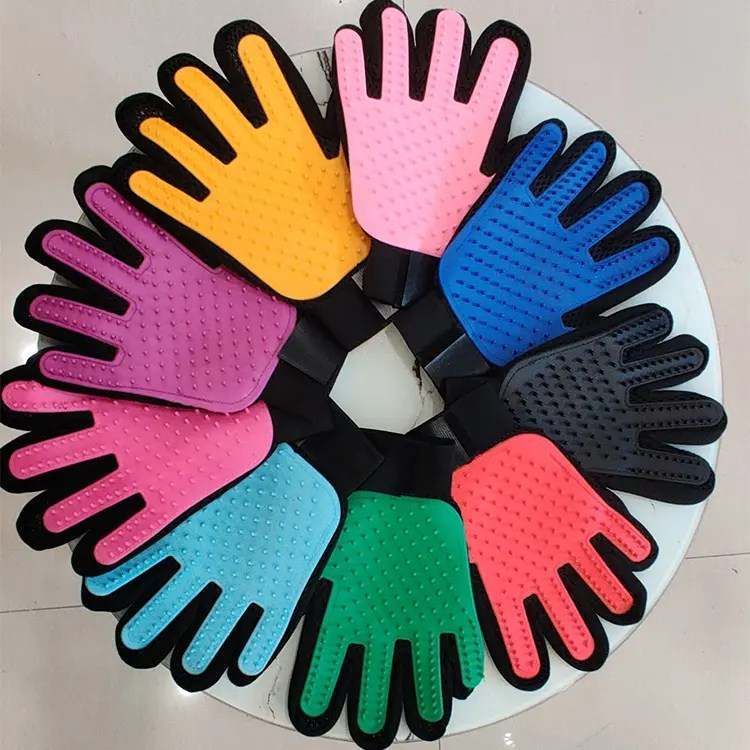
Slide title
Write your caption hereButton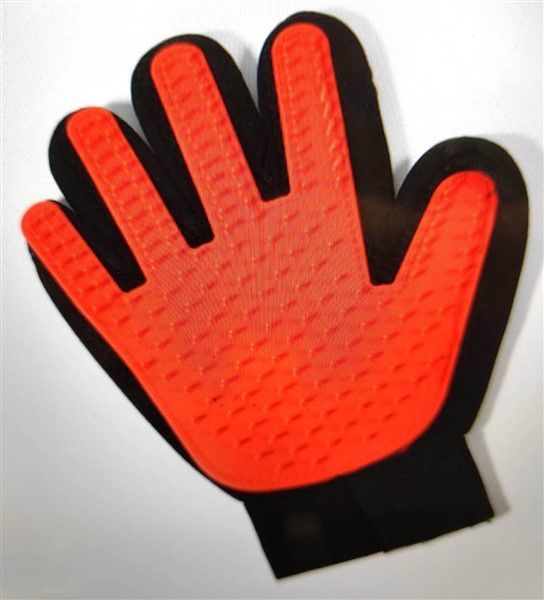
Slide title
Write your caption hereButton
Grooming Glove
-
Details $10.99
This is a soft glove great for getting your Guinea pigs all cleaned up great for smoothing before a Cavy show as well. Works wet or dry if using in bath for Dogs , cats even small animals nice large glove fits just about every hand. easy and light to take on the go. Comes in 4 colors Great way to comb in the Fungi spray or mite spray on your Guinea pig those listed as well and using during the No Rinse Bath Mix.
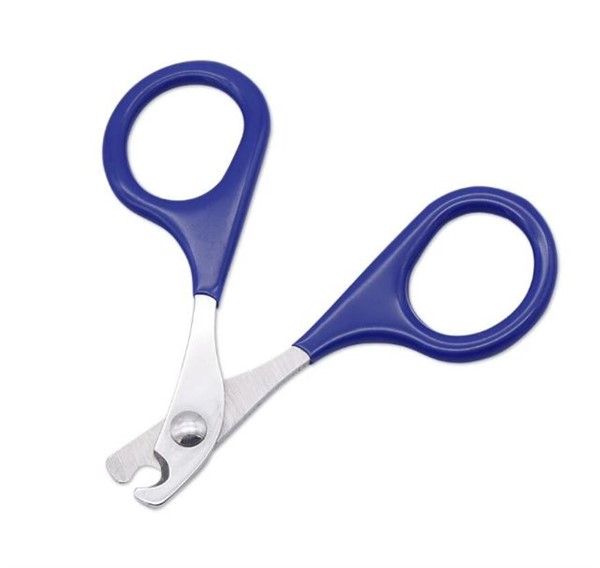
Slide title
Write your caption hereButton
Slide title
Write your caption hereButton
Slide title
Write your caption hereButton
Small Animal Nail Clippers
-
Details $ 14.99 to $ 18.99
These are the clippers we use on a daily baisi for all our small animals they work well and come as regular or with finger grip for more stability as well.

Slide title
Write your caption hereButton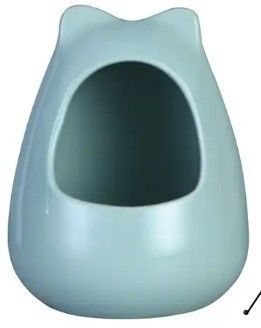
Slide title
Write your caption hereButton
Slide title
Write your caption hereButton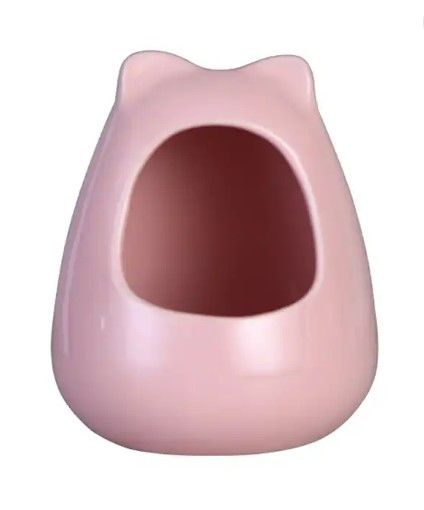
Slide title
Write your caption hereButton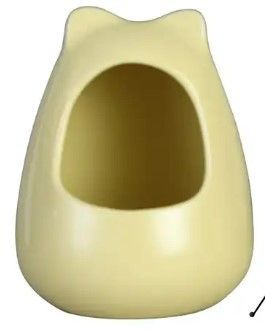
Slide title
Write your caption hereButton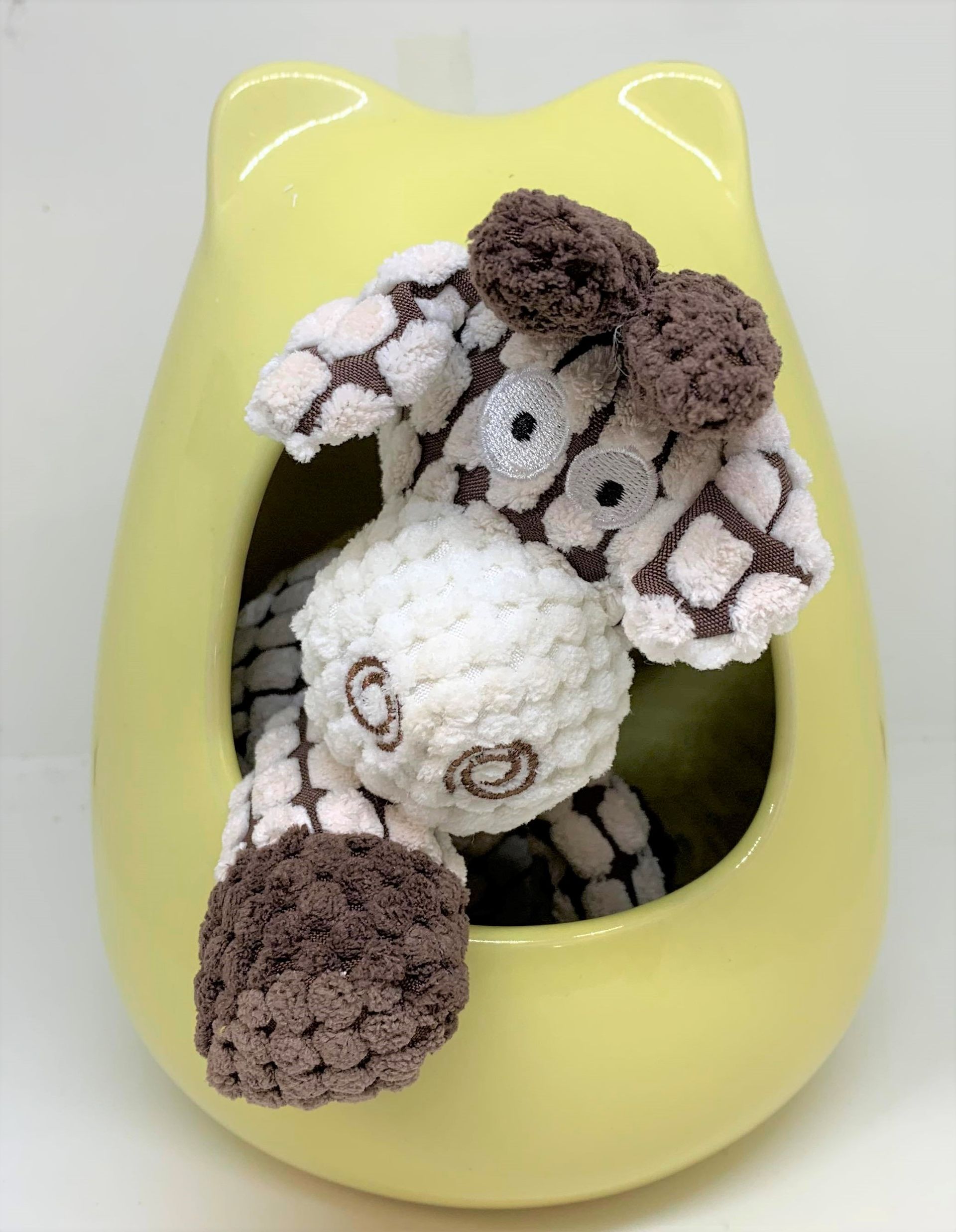
Slide title
Write your caption hereButton
Ceramic House (Dust Combo)
-
Details $51.99
This is for a 2 lbs Dust with House comes in many colors and is easliy washable and weighs 2 pounds, so not easy for pets to move work great as a Dust bath and Ferret owners love it for food keeps from making a mess. GuineaPig owners se it for Hay bins and so much more
Pet Play Blanket
-
$39.99
approximately 23 inches Long x 23 inches wide. Ferrets can tunnel through the two "O" shaped openings and play with the toys included. It is made from a heavy duty cotton material with a fleece like bottom for cozy comfort. This may be used as a cozy bed as well and is washable ,It is very cute and very fun.
Glider Ball Pit
-
$39.99
Sugar Glider Ball Pit fun comes with starter duckie , you can add toys or treats into pit easy to open and easy to clean. Toys hand made with all safe glider chain and charms fun stretchy play straws. Fun climbing chain with bracelet and clear base of pit to watch your baby’s having fun. Many colors for boys and girls and colors all varied for gliders entertainment. Free Shipping. I do special orders as well we can make just about anything you can dream up message me anytime. We also have lots of sprays, treats and so much more made by us long standing glider owners and breeders, So we know what gliders like.
Crittertrail Treat Zone
-
$18.99 FREE SHipping
Treat Zone Dispenser this works with all crittertrail homes great for Hamsters, Mice, Dwarf Hamsters and Rats. fun and great way to let your pet get their goodies. Great deal dont miss out on the FREE shipping
Sugar Glider Ease Spray or Kit
-
$15.99 to $27.99
Sugar glider Spray helps relax and calm your Glider weather for their pouch or tent or even on you to bond. Spray their bedding or pouches, toys or home they will enjoy the Eucalyptus and Lavander scents. Your gliders will love you for it!
No more Bored Sugar Glider(we can change Spray to Hedgehogs ) or Rats,Mice, Gerbils, Hamsters , and so much more.
Not just a hanging sleep fun tunnel but completely washable hanging pouch with toys and spray, they can climb, play and even sleep and cuddle up. Will come with lots of Fleece sptrips,
Toys and Even the SPray to entice natural chewing , Burrowing and Foraging Behavior.
Eucalyptus spray safe non toxic great to freshen up all your suggies favorite toys!! OR if you have a hedgehog we will put in the hedgie Spray
This order has Hanging Hammock Double Decker, with Puff Toy and Fleece snuggle Strips, small play soft toy & 4oz glass bottle with FREE Bear TOY!!
Made is small fresh batches, spray your toys or your cage accessories to freshen and Watch them have fun.
We Offer spray complete with Bear toys (bear colors will Vary).and Hanging Hammocks in Blue, Green and Pink ,prints vary as well.
We also Sell a cuddle cup alone or toys alone to refill your cage or hammock. Never any chemicals. Be sure to check out all our fun items. Contact me anytime with questions 785-280-9894
Small Animal Toy & Ledge Combo
-
$33.99 to $ 89.99
Chew Ledge! We take PRide in all natural Animal items. 8 1/2 by 6" This ledge is safe and completely naturally made of Pine safe to Chew for all Small animals.
ALL NATURAL kiln dried pine wooden ledges for chinchillas and other critters Rats, Lemurs, Sugar Gliders, Degus, Guinea Pigs, Squirrels, Birds etc and more. Reversible both sides smooth and non toxic NO PAINTS NO ARTIFICAL COLORING , no additives, chew safe.
Hardware included; hanger bolts installed, 1 1/4" wing nuts and washers included.
with :
Chew Ledge! We take PRide in all natural Animal items. 8 1/2 by 6" This ledge is safe and completely naturally made of Pine safe to Chew for all Small animals.
ALL NATURAL kiln dried pine wooden ledges for chinchillas and other critters Rats, Lemurs, Sugar Gliders, Degus, Guinea Pigs, Squirrels, Birds etc and more. Reversible both sides smooth and non toxic NO PAINTS NO ARTIFICAL COLORING , no additives, chew safe.
Hardware included; hanger bolts installed, 1 1/4" wing nuts and washers included.
Complete Clipper set
-
$39.99
This is one of the best clippers , Its not only quiet and super lightweight its also rechargable. has 6 levels of blade length so you can safely clip pads or privates and ear and eye hair without fear of getting to close. Super easy to use and lasts a long time a must have n any pets home and so quiet to trim your guinea pigs privates without ever being a scary sound' Not to mention comes with everything combs and oil so you can trim your pets whenever and where ever you need to

Slide title
Write your caption hereButton
Slide title
Write your caption hereButton
Slide title
Write your caption hereButton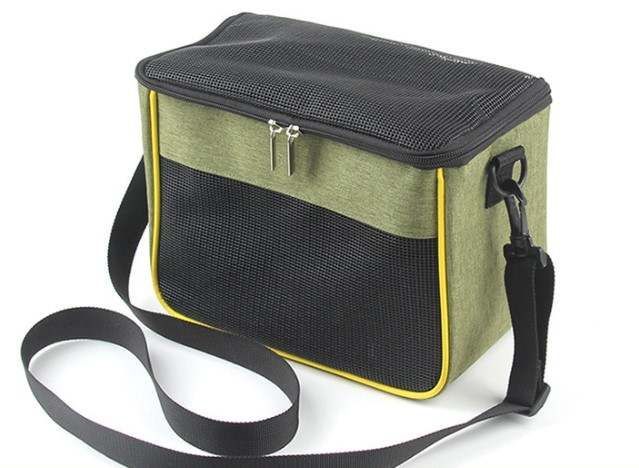
Slide title
Write your caption hereButton
"Take Me Home Mini to Xlarge Carriers"
-
Details $16.99 to 36.99
We offer these for New pet parents to take home their new pet with we can also put these with parents or siblings before you arrive to make the transistion into your new home much more relaxed for your new baby They are verysafe for your new little one and nice and airy with easy handle or shoulder strap. Get a take home blanket as well and we can have your pet snuggling in comfy all the way to your new home. come in three colors grey or green
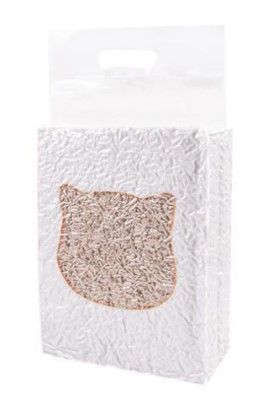
Slide title
Write your caption hereButton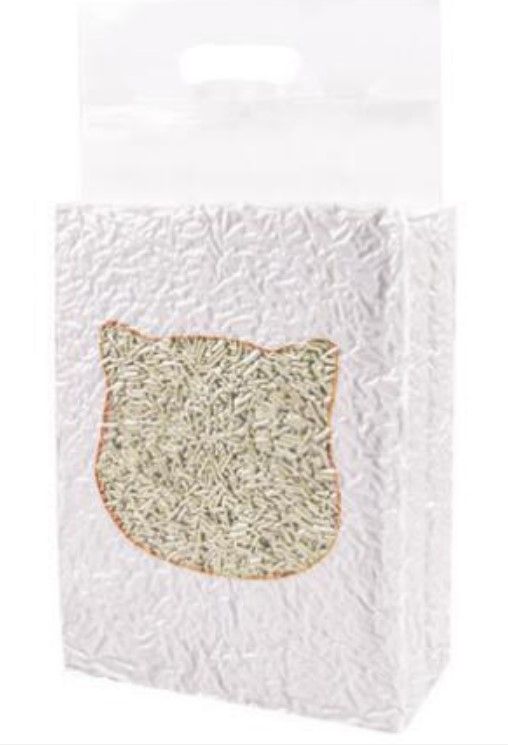
Slide title
Write your caption hereButton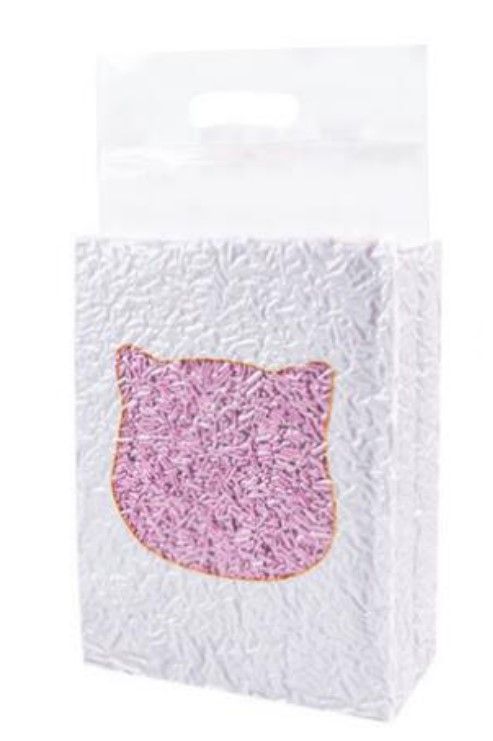
Slide title
Write your caption hereButton
Slide title
Write your caption hereButton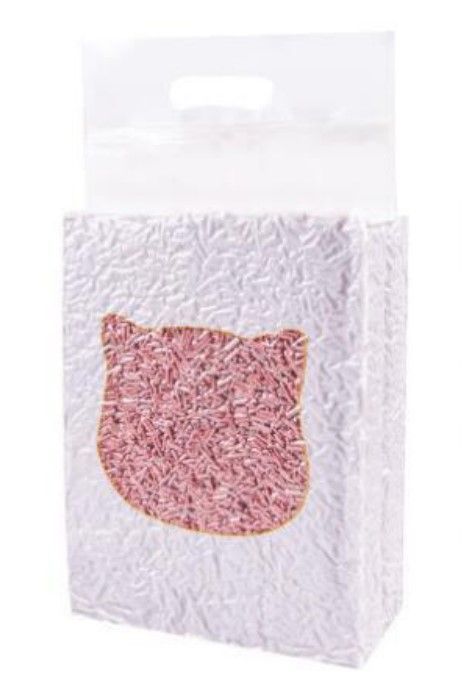
Slide title
Write your caption hereButton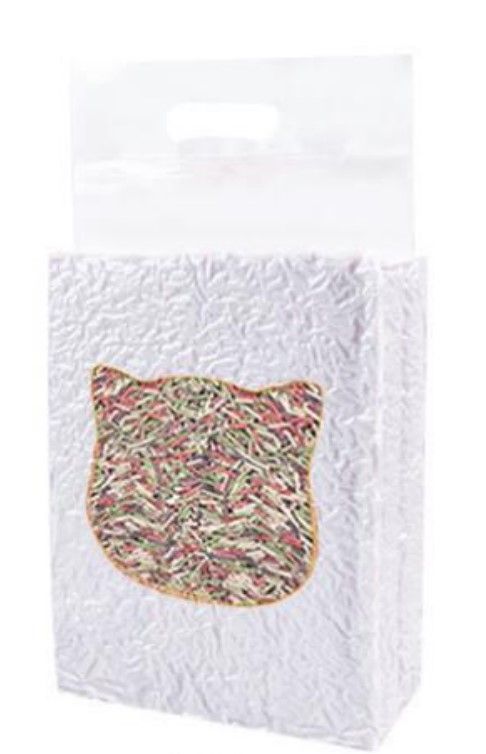
Slide title
Write your caption hereButton
Tofuitty Puppy Litter
-
Tofuitty Best Litter Ever!
This litter is soft on even the tinest of puppies and digestable if eaten but accident , Completleys dissoves in water so its non binding in system and Flushable, Comes in nice very faint scents. Easy to potty train to the box for new pups when you have a busy schedle or Weather doesnt allow for bathroom trips outside this Litter is the best each vaccum sealed bag fills a small litter box and the large just takes one bag for a nice amount. scoop poops and flush so simple. One bag of this litter lasts in a Small/Large box a few weeks depening on the dog, cat or small animal using it. We switched to this litter years ag for helping to potty train puppies when not quite ready to go outside it is the best even our moms use the box and keeps down the smell and mess. doesnt make the box to heavy to pick up or so light it gets kicked out stays well in the box. You will be happy you tried it.
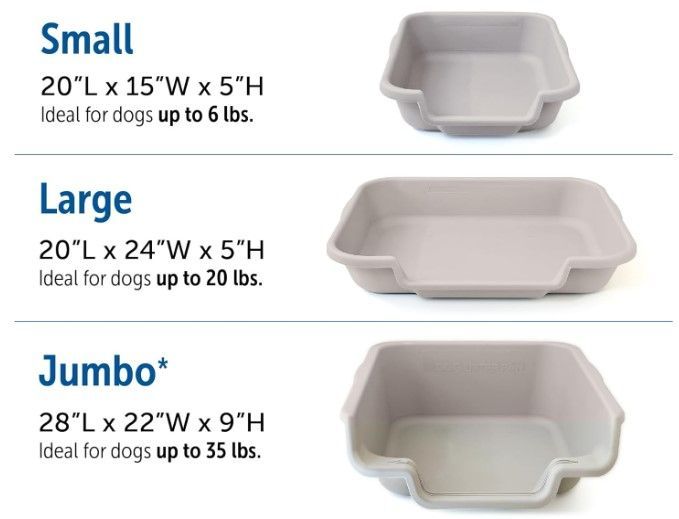
Slide title
Write your caption hereButton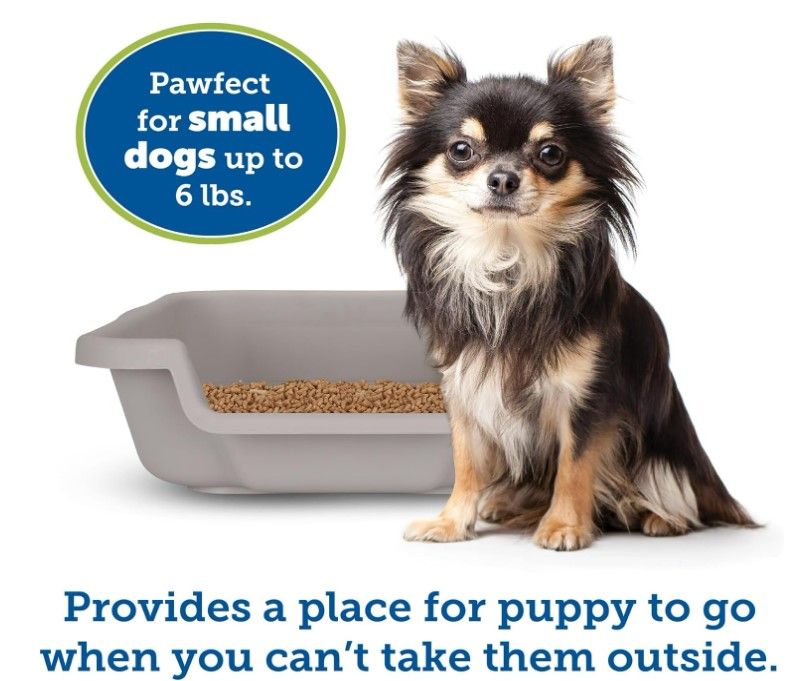
Slide title
Write your caption hereButton
Slide title
Write your caption hereButton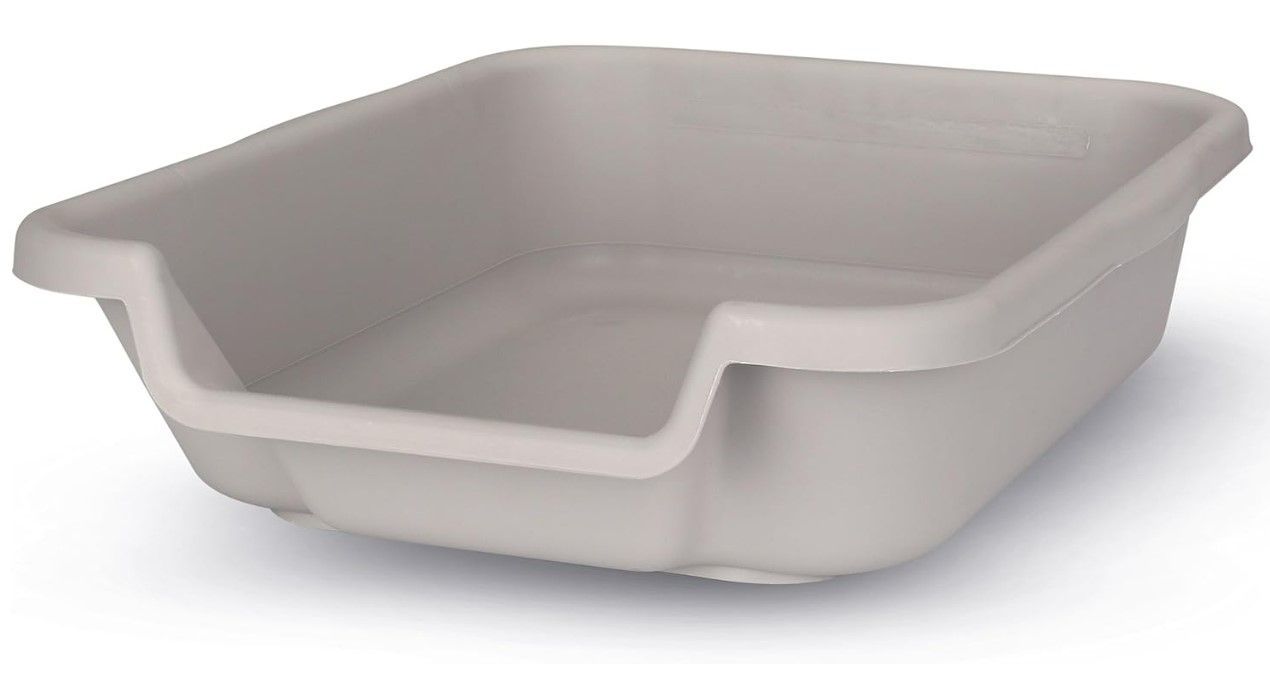
Slide title
Write your caption hereButton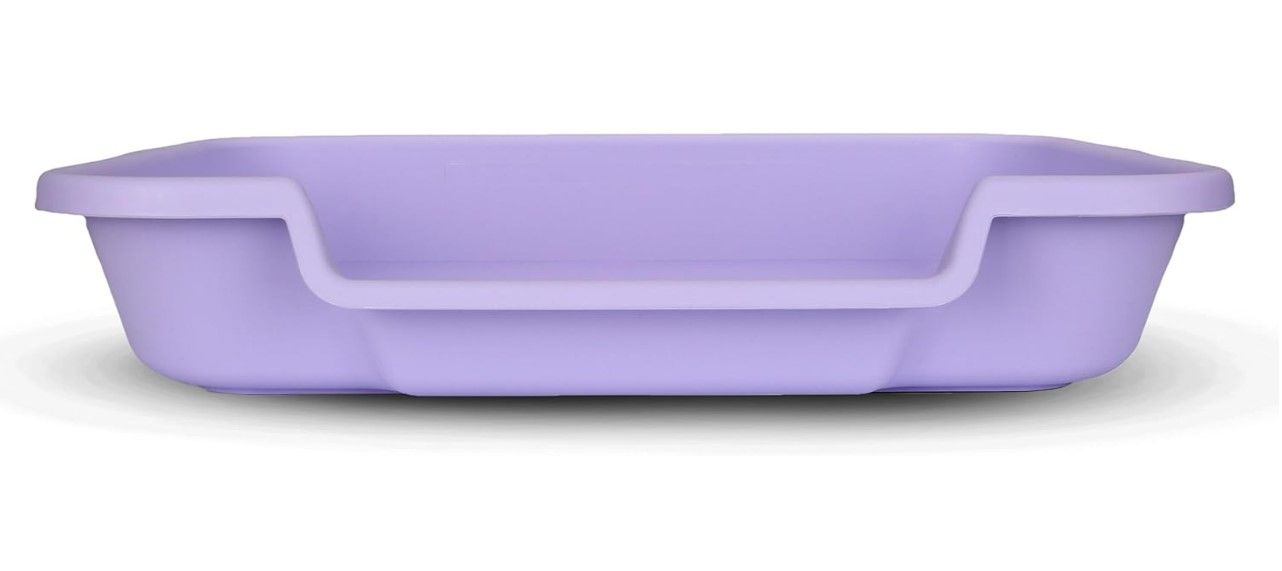
Slide title
Write your caption hereButton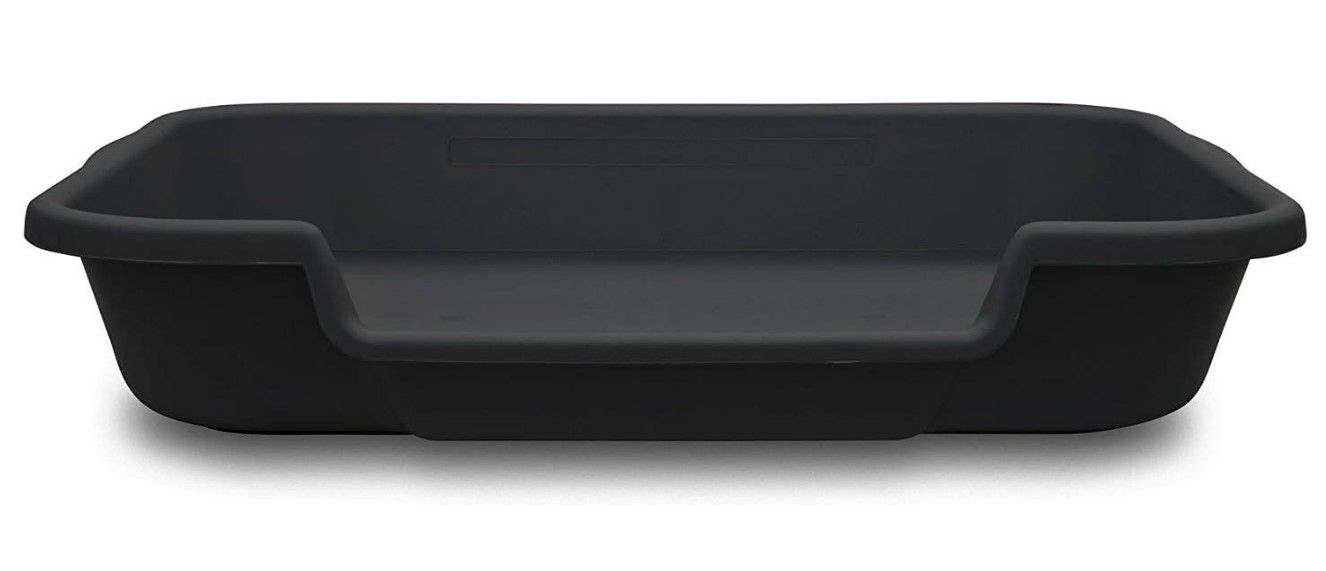
Slide title
Write your caption hereButton
Slide title
Write your caption hereButton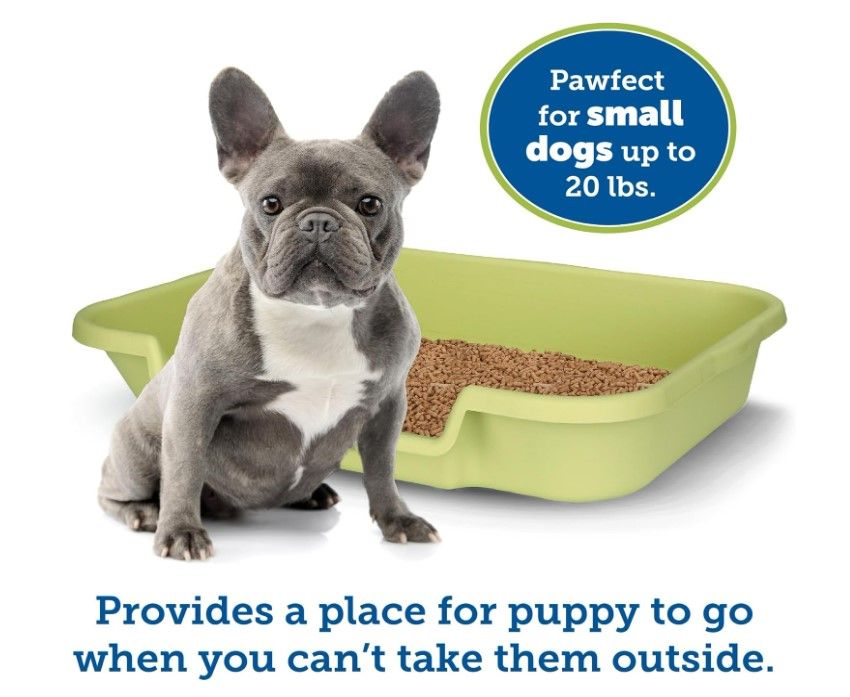
Slide title
Write your caption hereButton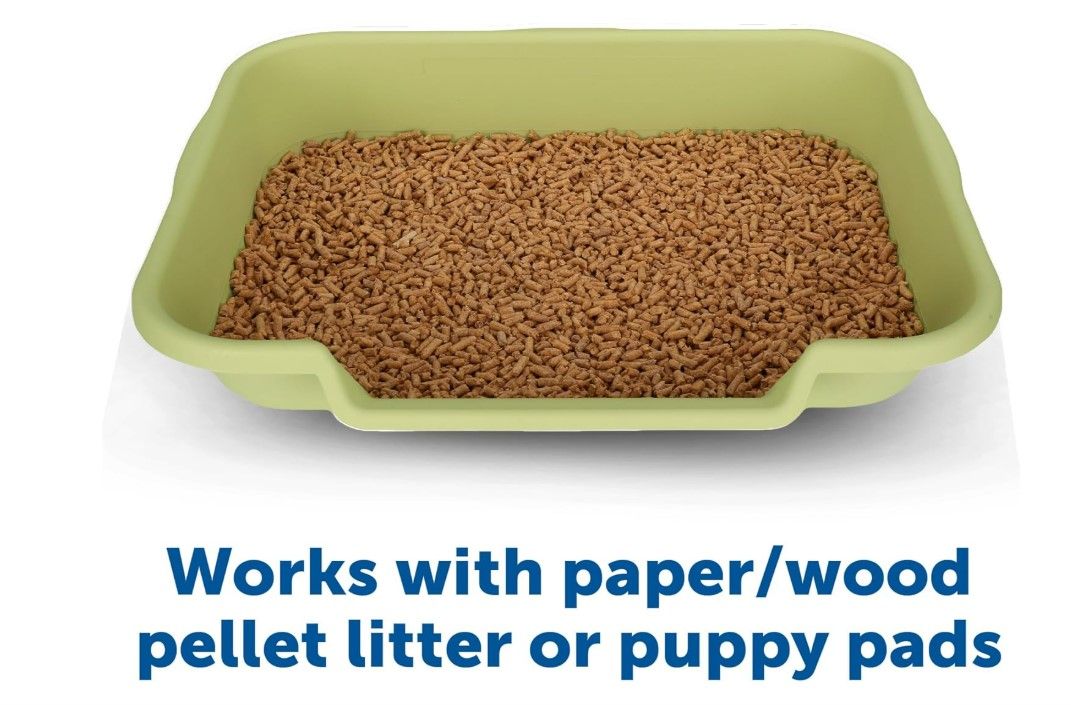
Slide title
Write your caption hereButton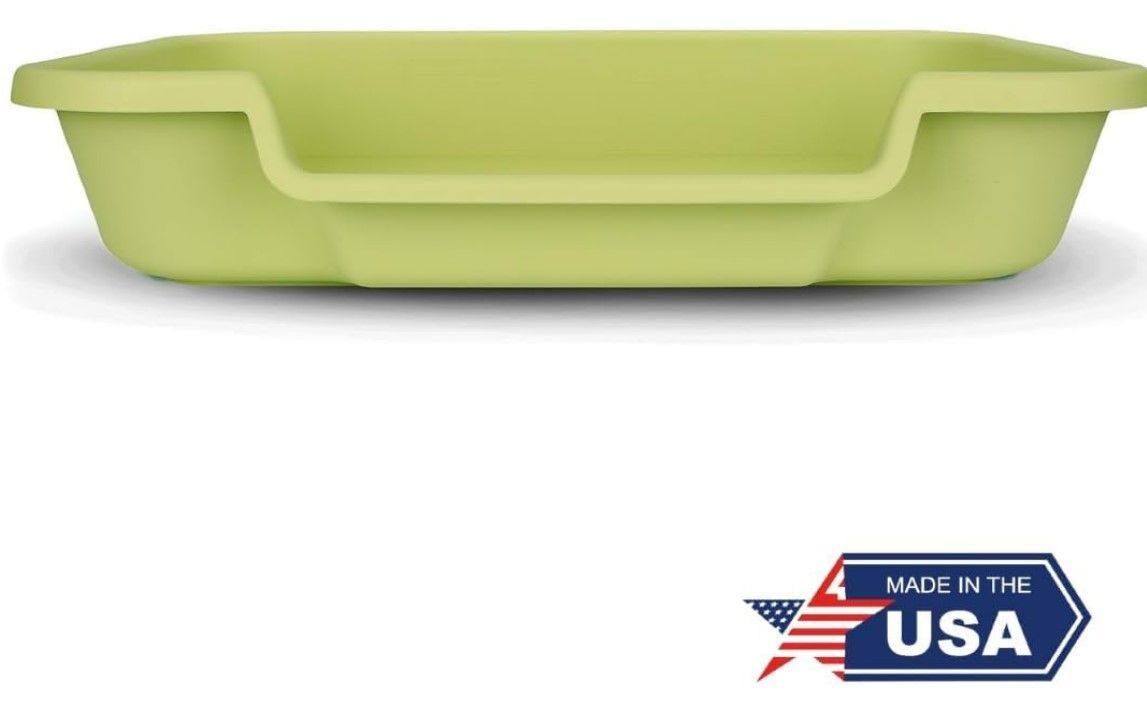
Slide title
Write your caption hereButton
Slide title
Write your caption hereButton
Slide title
Write your caption hereButton
Dog/Cat/Puppy Litter Pans
-
Heavy/Thick Litter Boxes for Dogs/Cats /Pups
We started using these boxes for travel and for puppies we raised to help potty train when the weather was bad or night when wildlife made it unsafe. You will love how sturdy they are and easy to clean wide openings easy for pups and small dogs alike to use. Comes in nice colors and We can send with our amazing Tofuitty litter as well !
This litter is soft on even the tinest of puppies and digestable if eaten but accident , Completleys dissoves in water so its non binding in system and Flushable, Comes in nice very faint scents. Easy to potty train to the box for new pups when you have a busy schedle or Weather doesnt allow for bathroom trips outside this Litter is the best each vaccum sealed bag fills a small litter box and the large just takes one bag for a nice amount. scoop poops and flush so simple. One bag of this litter lasts in a Small/Large box a few weeks depening on the dog, cat or small animal using it. We switched to this litter years ag for helping to potty train puppies when not quite ready to go outside it is the best even our moms use the box and keeps down the smell and mess. doesnt make the box to heavy to pick up or so light it gets kicked out stays well in the box. You will be happy you tried it.
Puppy Teething Toy
-
Details $11.99
These great stuffy with rope toy is what we use to help our teething puppys they are durable yet satsyfing for the babies to play with and carry around
Paw "Potty" Bells
-
Details $39.99
This is one of the best clippers , Its not only quiet and super lightweight its also rechargable. has 6 levels of blade length so you can safely clip pads or privates and ear and eye hair without fear of getting to close. Super easy to use and lasts a long time a must have n any pets home and so quiet to trim your guinea pigs privates without ever being a scary sound' Not to mention comes with everything combs and oil so you can trim your pets whenever and where ever you need to
Paw Balm
-
Details $14.99
Paw Balm is all Natural Pet safe works on Dry Cracked Pads Noses and safe Great for use before walks where citys use Salts on walkways and roads will help protect your dogs pads from burning of slats and other walkway chemicals all while very soothing for you pets feet and great use for pets who get raw or allergies in between toes or pads massage in and see how soothing your pet feels. Made by hand with all natural ingredients and oils.
Our products come with a full instruction card and again i could list every single mite, bug and fungus in the world, that it works for or helps or tell you that vet care for animals are important but i dont think you want to read another 10 pages of things that are not relevant to this product if you do wish to have more information call me or message me anytime so we can talk with you about it before complaining to Etsy without even contacting me thanks I have always answered the calls i have gotten over the 30 years i have been using my products on our animals we raise and all the Rescues we take in and rehab.Works amazing for preventative and spray after baths for mites. Safe for direct spray on pet and cages. Kill mites right away and keep bugs away for good amount for time. We offer a whole line of natural holistic sprays for hedgies, guinea pigs, and many other pets. Made here and completely safe for all pets. Calming spray, no mites on me spray (lasts a long time 4oz) all natural ingredients.
Mite Spray is now offered in large size for multiple pet homes, breeders, rescues, and more. Just choose your size.
(shipping included in price, bottles can come in different colors than pictured)
4oz $15.00
14oz $48.00
Joshua is the Lead Groomer for over 19 years with specialties in Large breeds & Senior Dogs. Jenina is a Master Groomer with I.P.G., is Certified as Master Groomer, Companion Animal Hygienist International Professional Groomer
Veterinary Technician With courses specializing in Aggressive animals
and Senior pets, Breed technologies, Cert. WWPSA in Grooming of Cats, & Exotics. Breeding Husbandry and much more... Joshua & Jenina loves to do continuing education on all types and facets of animals Member of ARBA, AKC Breeder of Merit , IHR
Joshua is Owner and also Groomer .He has worked with Breeding and pets of all types for many years and Specializes in Large & Extra Large dog Grooming and does Local Pick up and Delivery of grooming clients and Supplies.
Both our Groomers and Bathers Specializes in Creative Grooming ( ex: Body Coloring Stenciling, Nail Painting and More) Always non toxic fun Hair dyes and colors.
Address: 312 North Cedar Street, Abilene, KS, 67410
Phone: 785-263-2878
Phone: 785-280-0672
Email: paws.clawsks@gmail.com
Business Hours:
Mon - Fri 9:00am - 5:45pm
Sat 9:00am - 5:00pm
Sun Closed
We do Help take in unwanted small animals if we have the Quarantine space . Pet shops are the number one place that people"dump" their unwanted small critters. Many pet shops try to work with rescues ,the rescues we have found wont work with us because we are a pet shop ..lol We have always maintained the highest standards in finding homes for dumped critters, we get them healthy and never resell any such animals. We work strictly by donation for these pets. If you are ever instrested in a rescued critter send in the applicattion and state that in the notes. If you would like to be a generous person and Donate to our cause the link below will help us out wonderfully.
